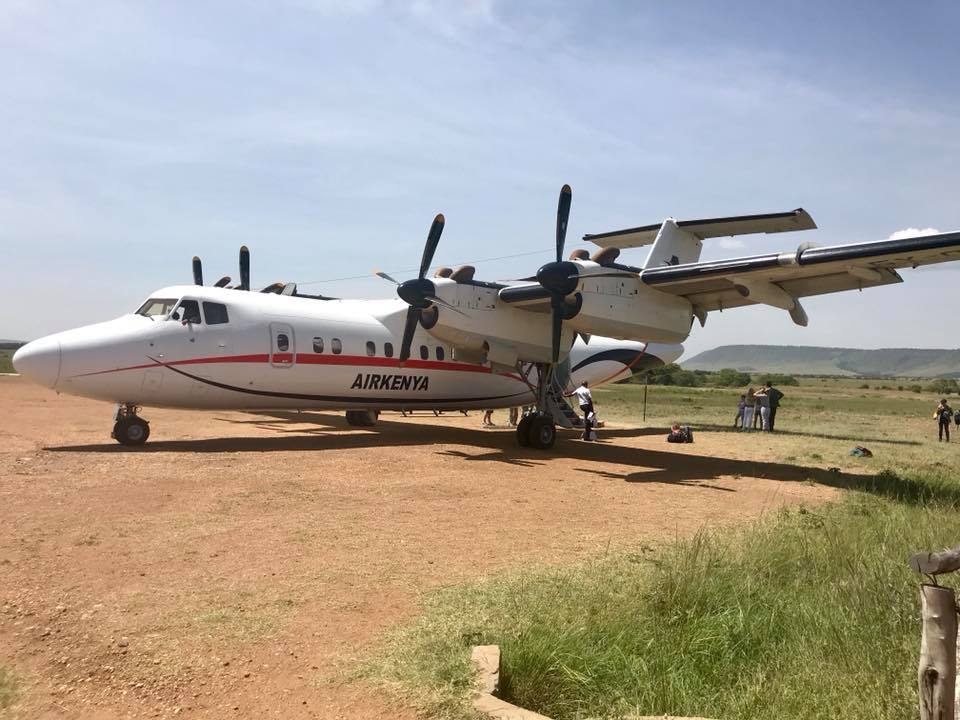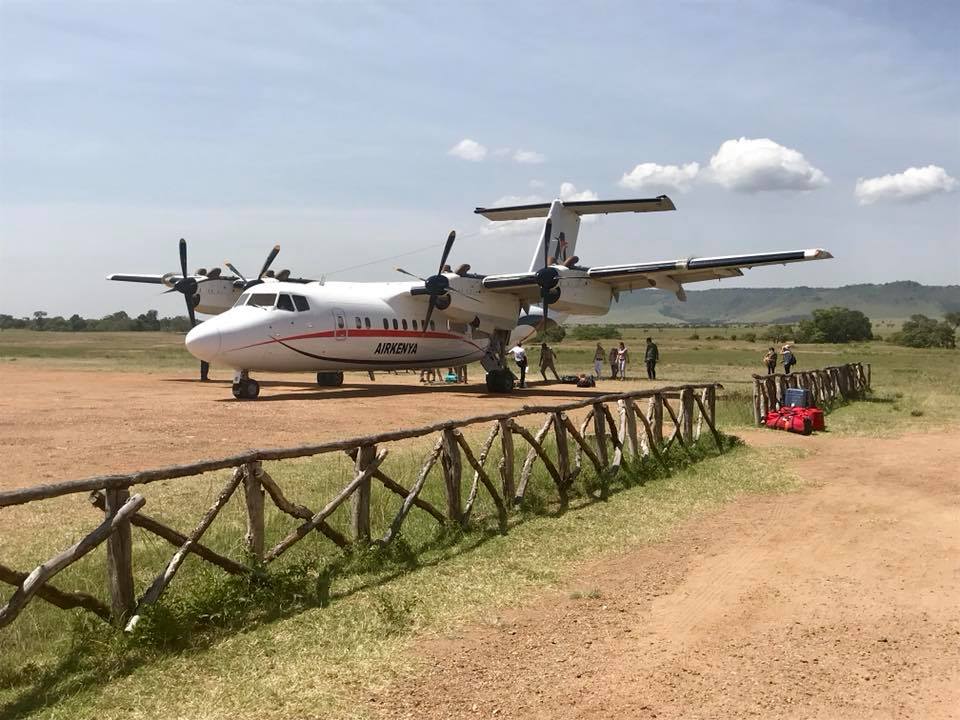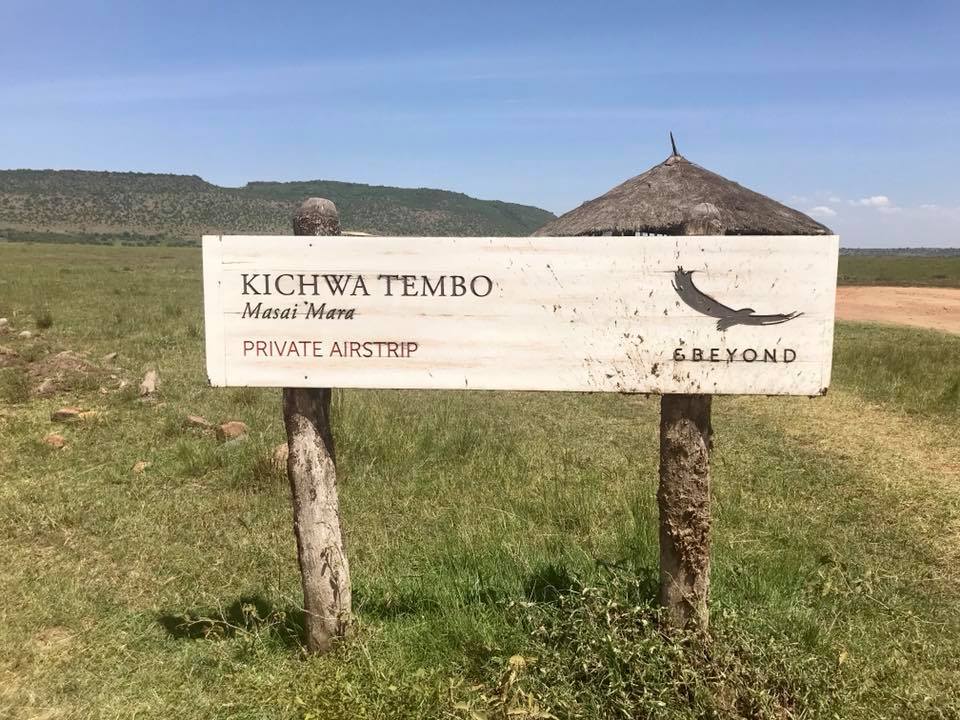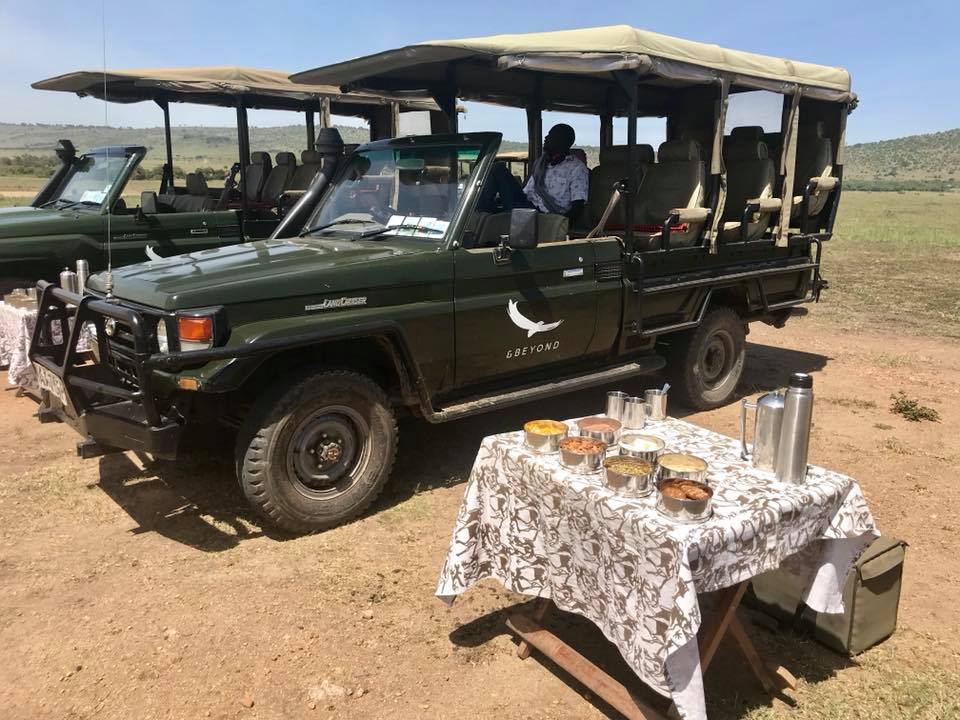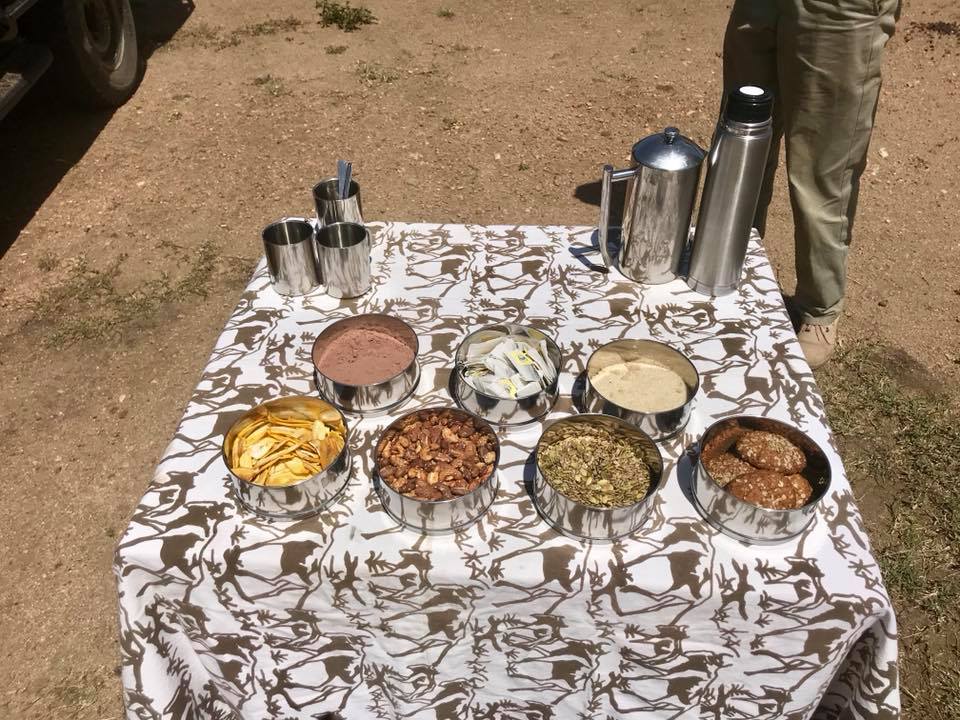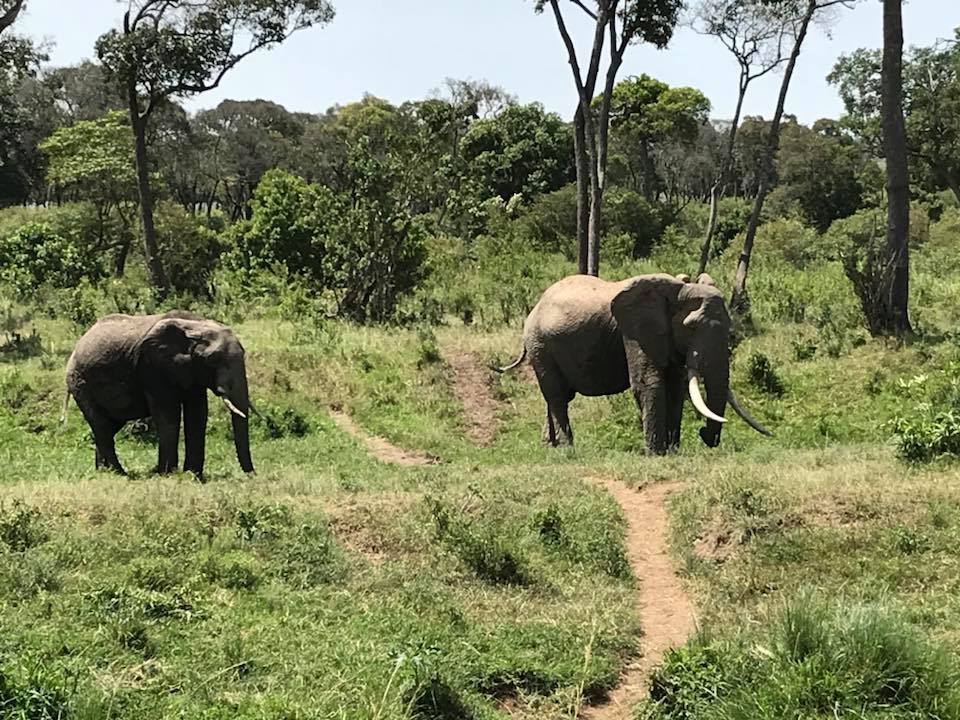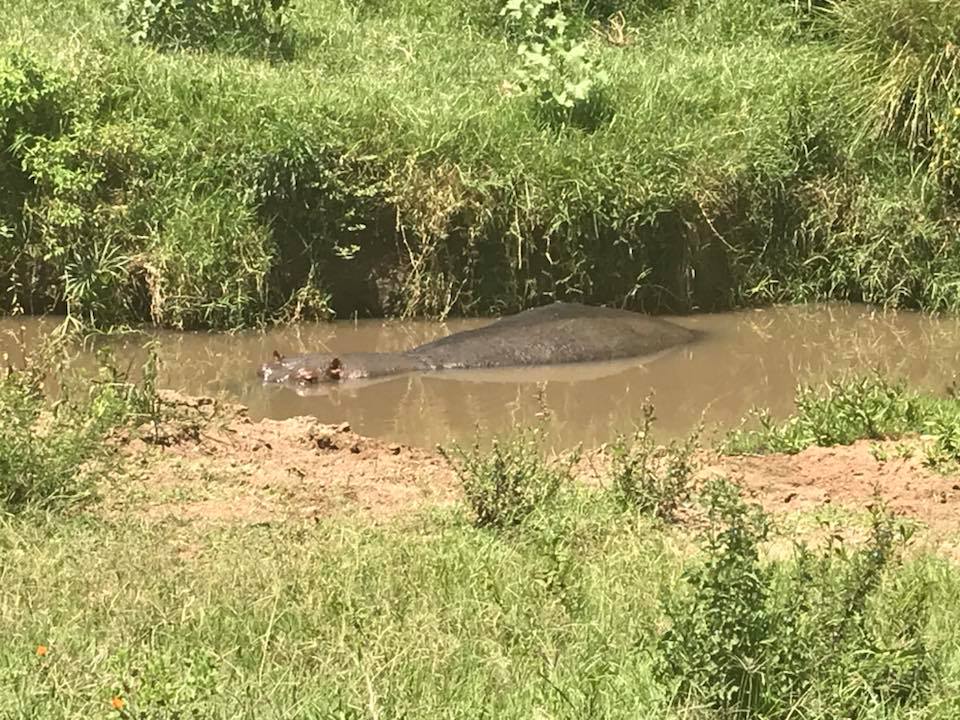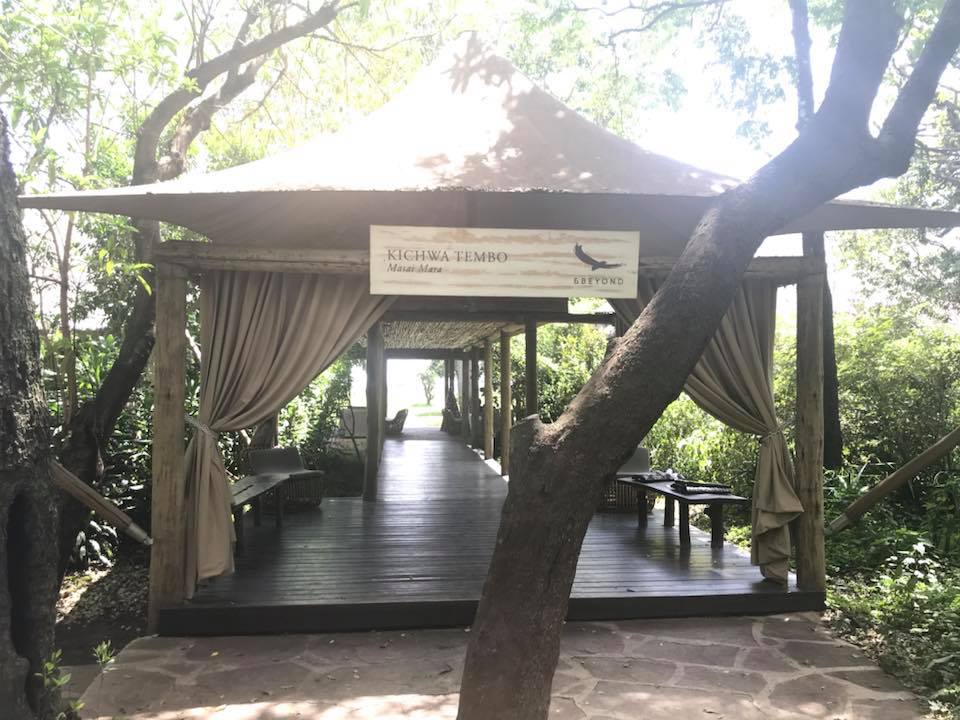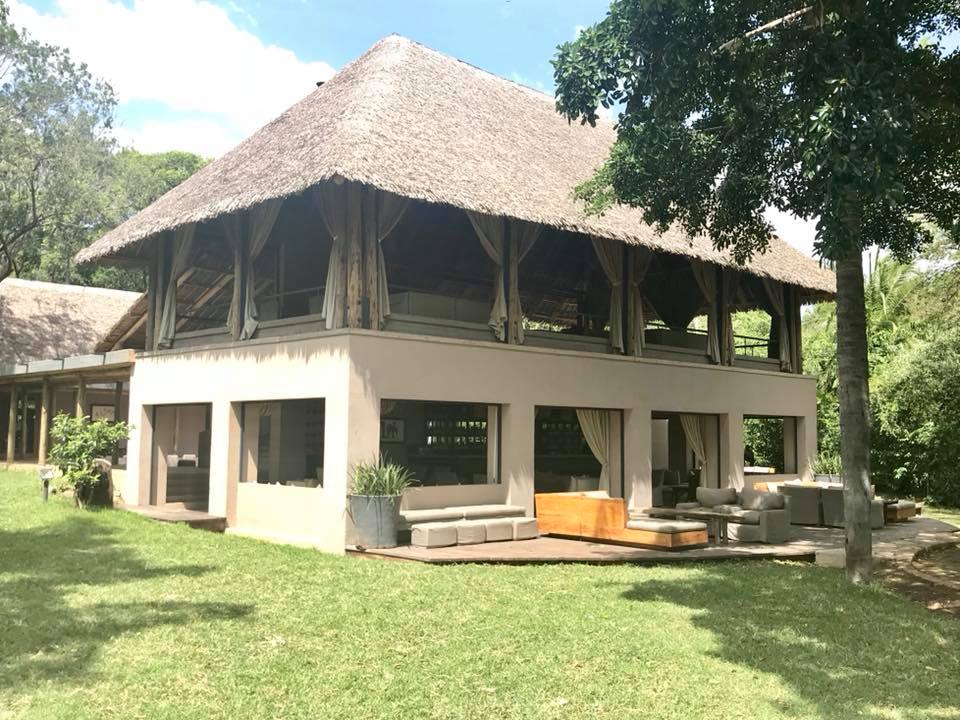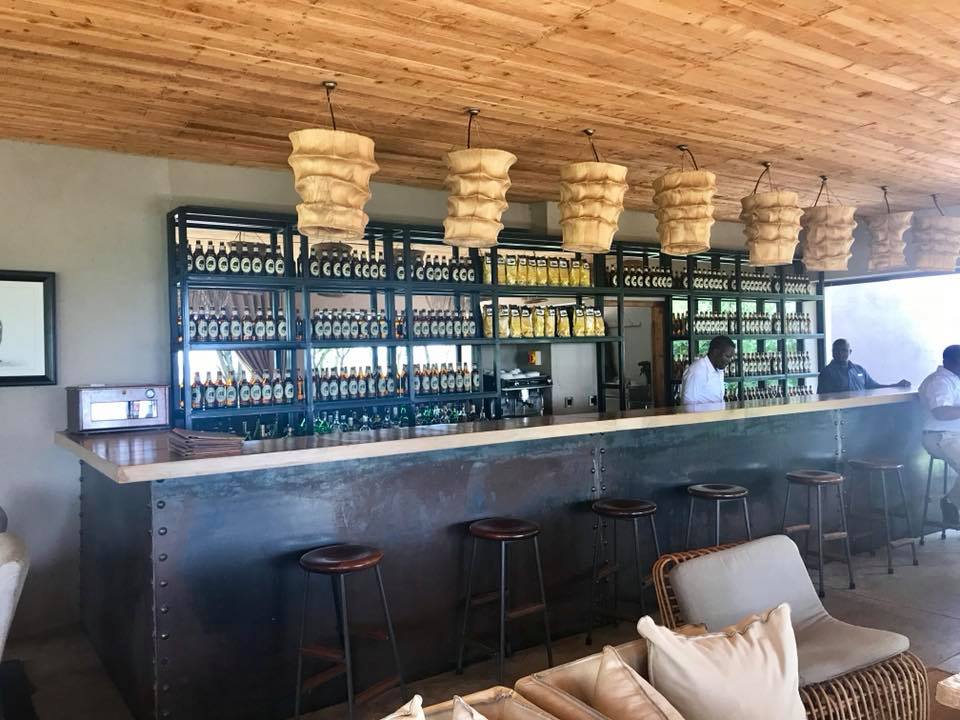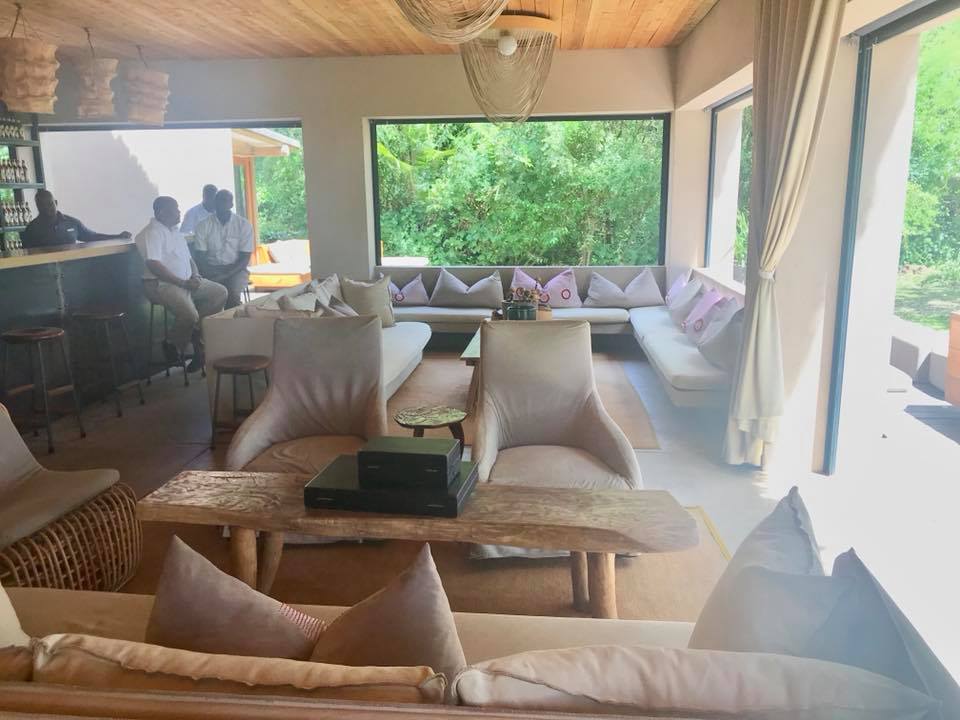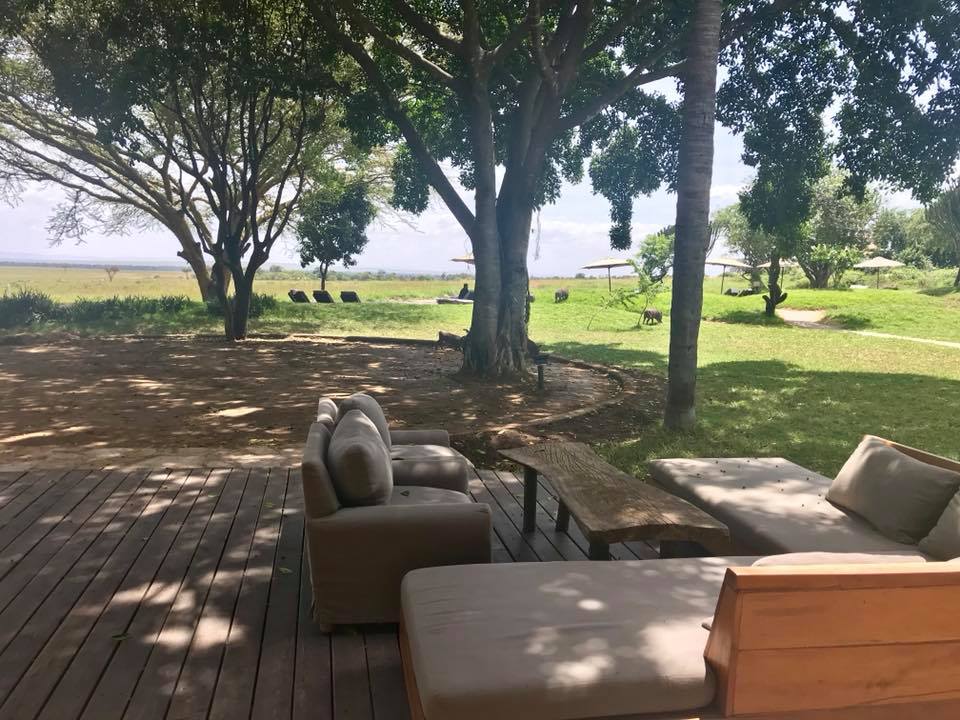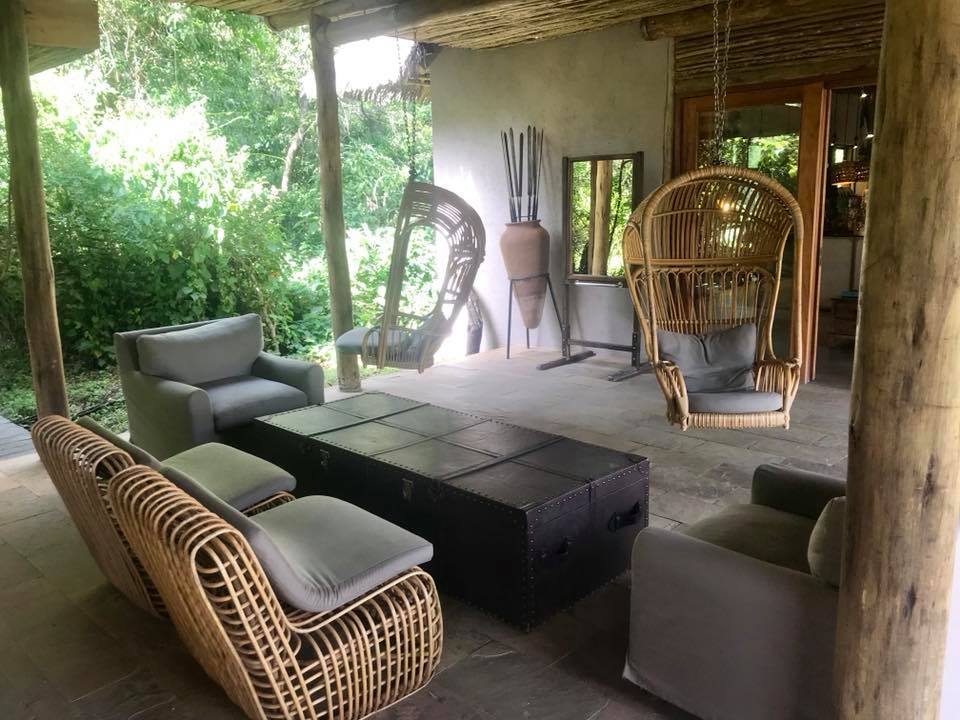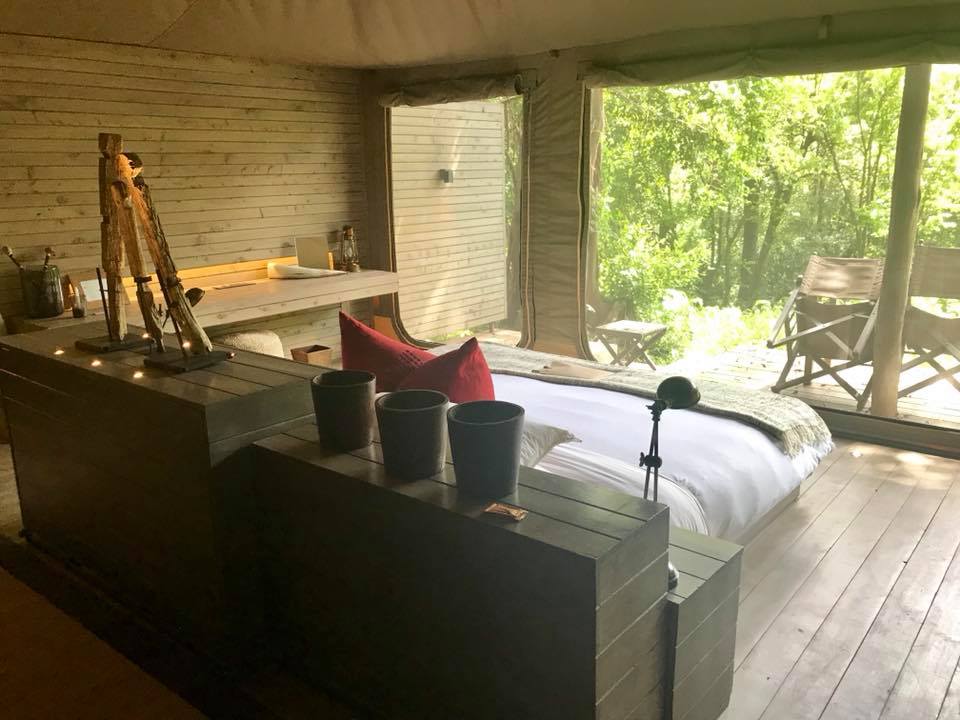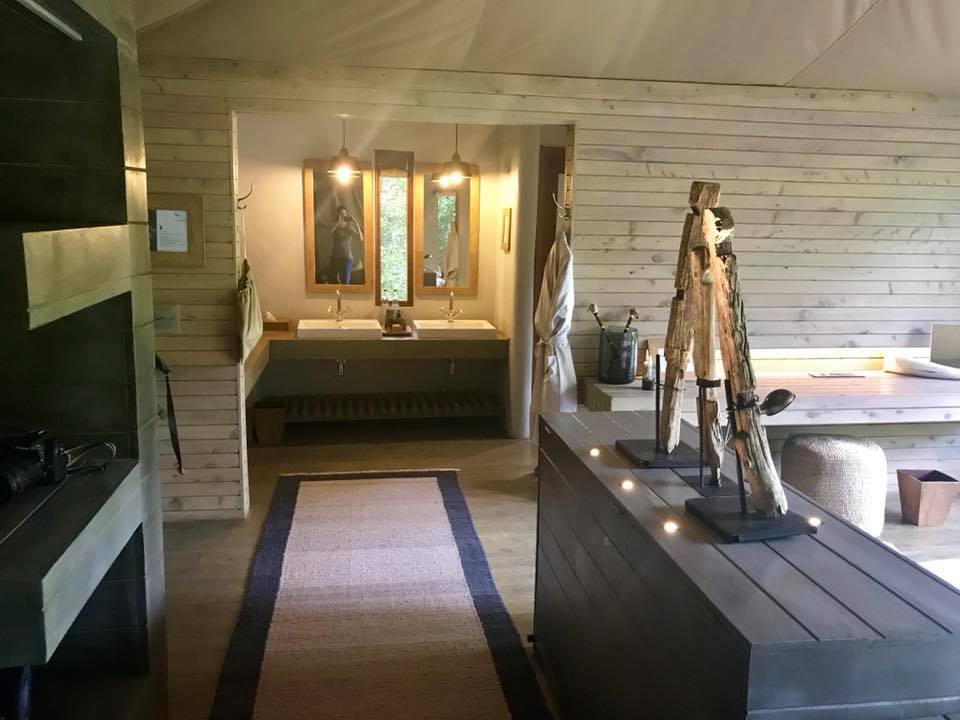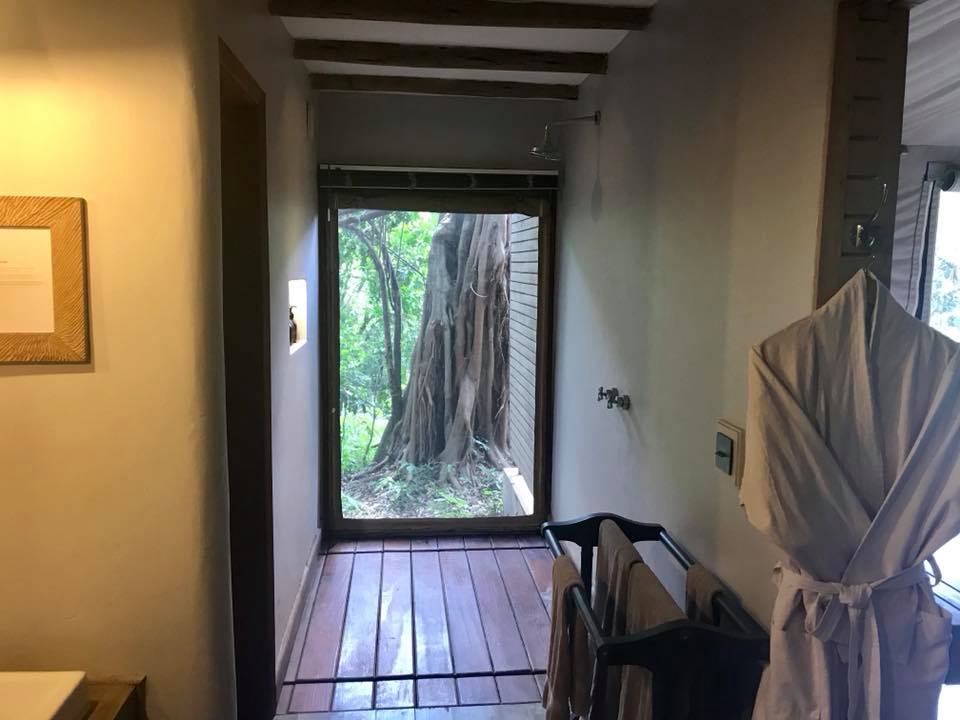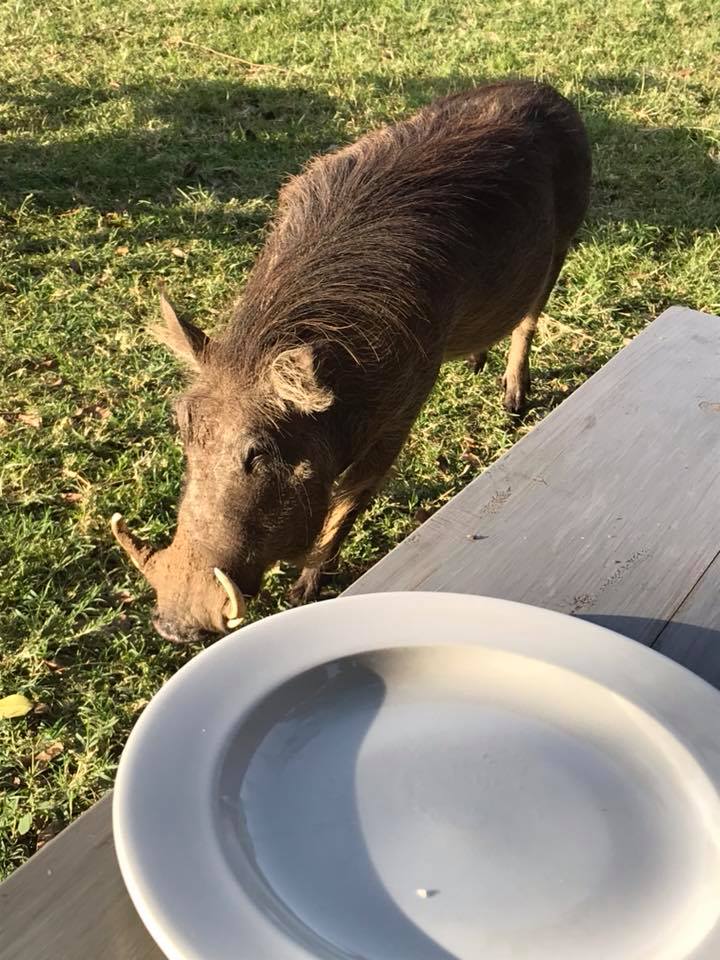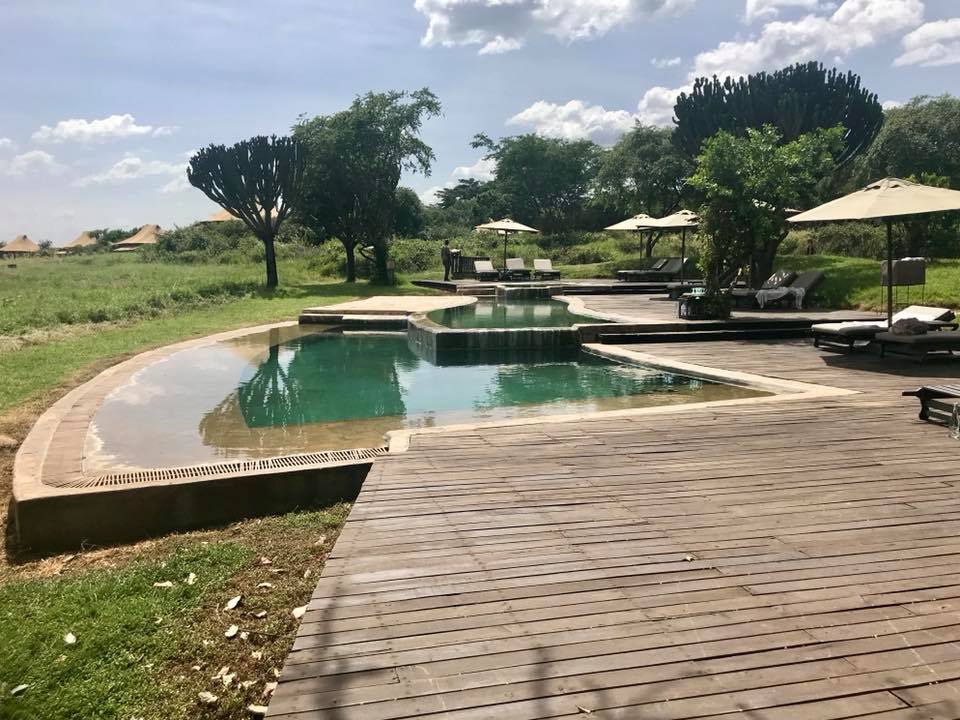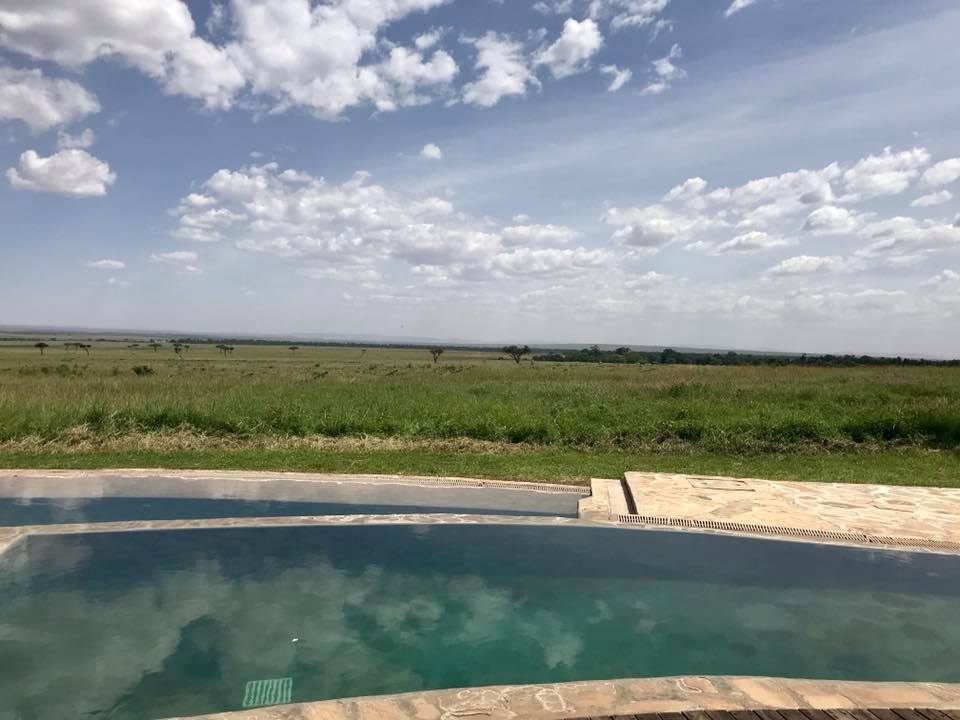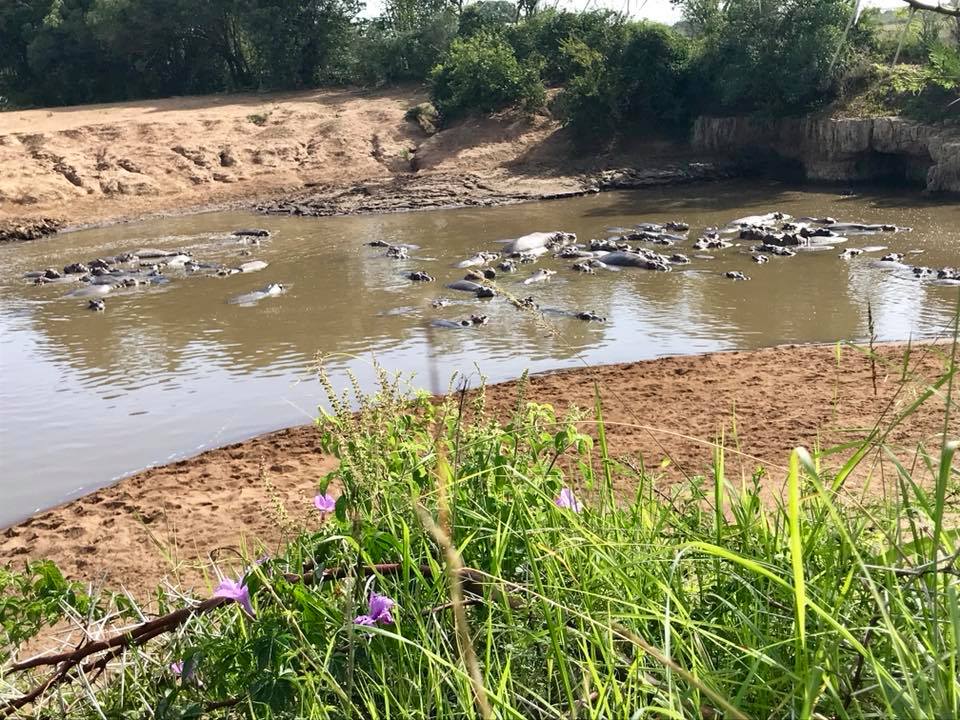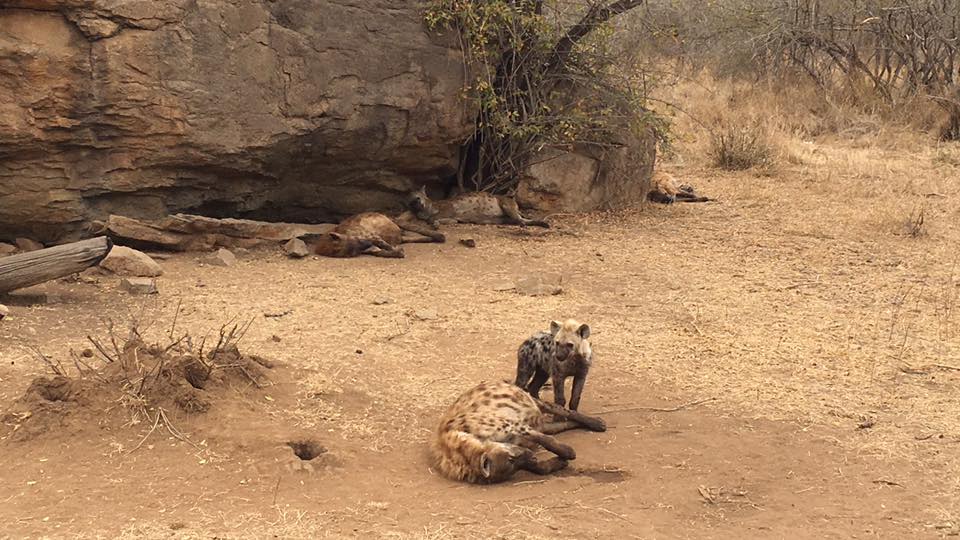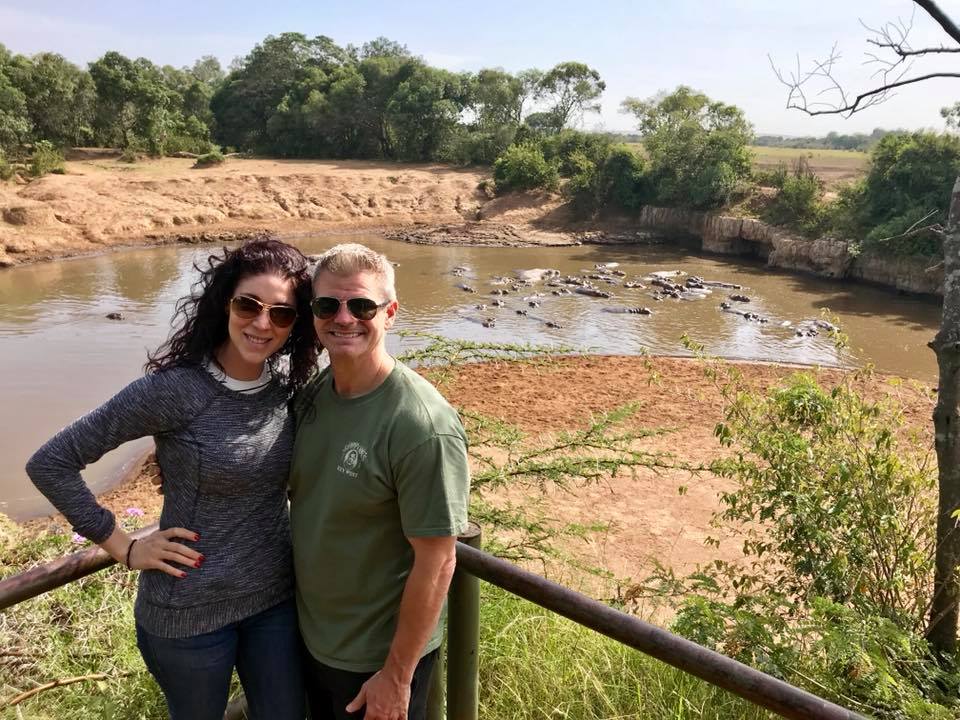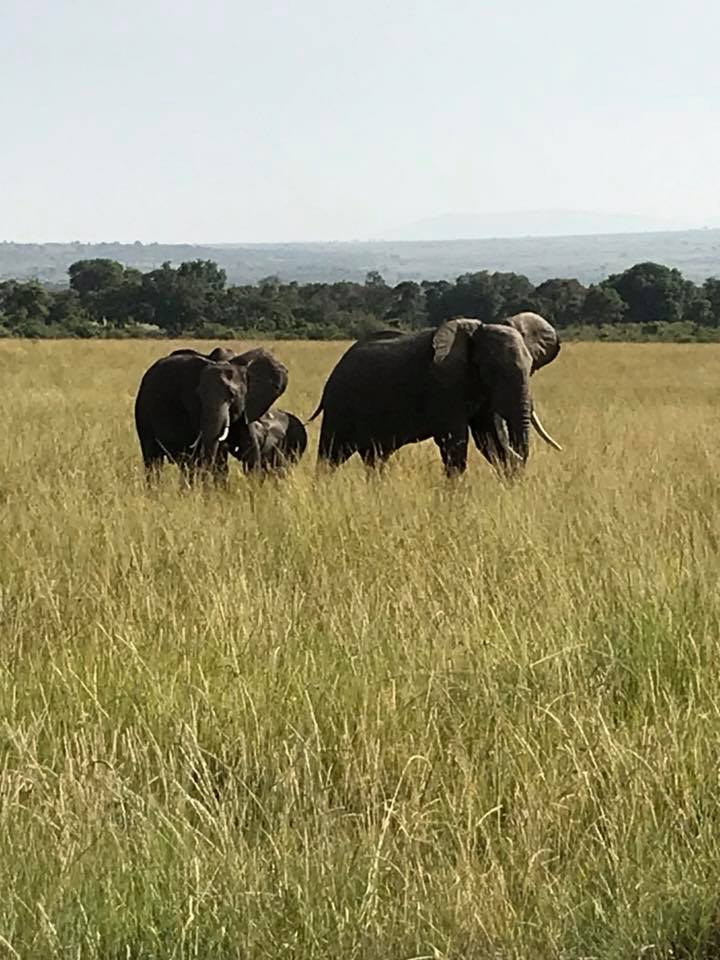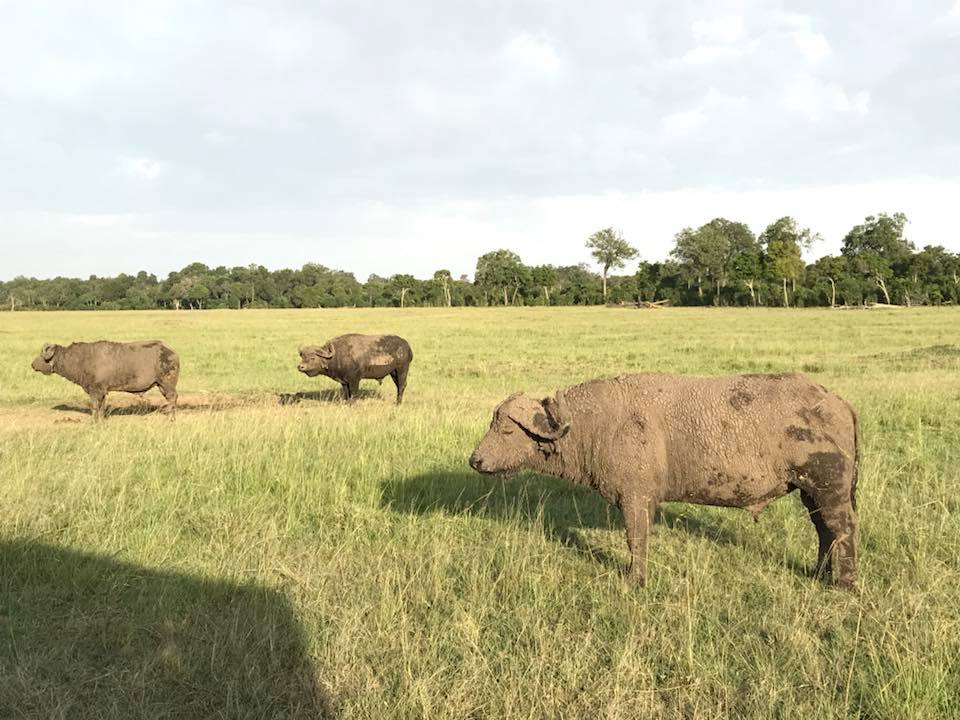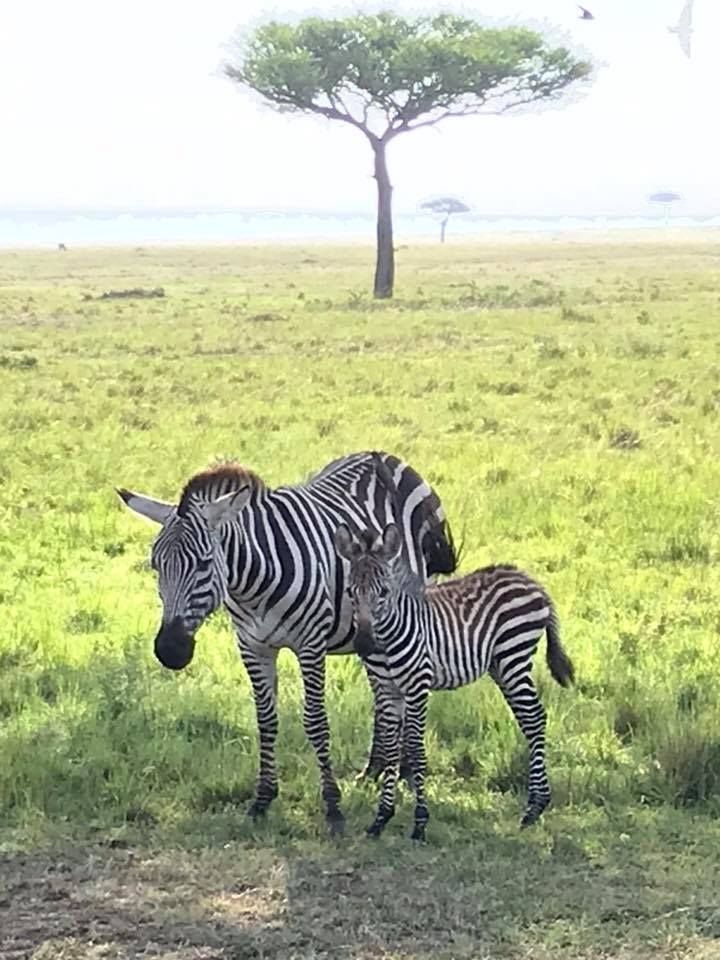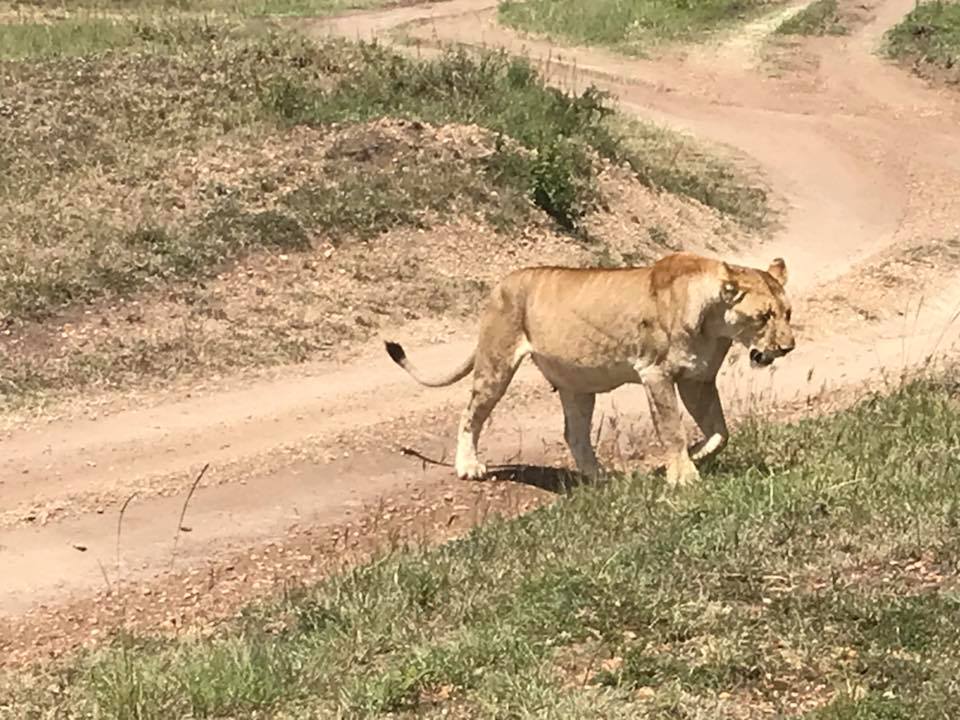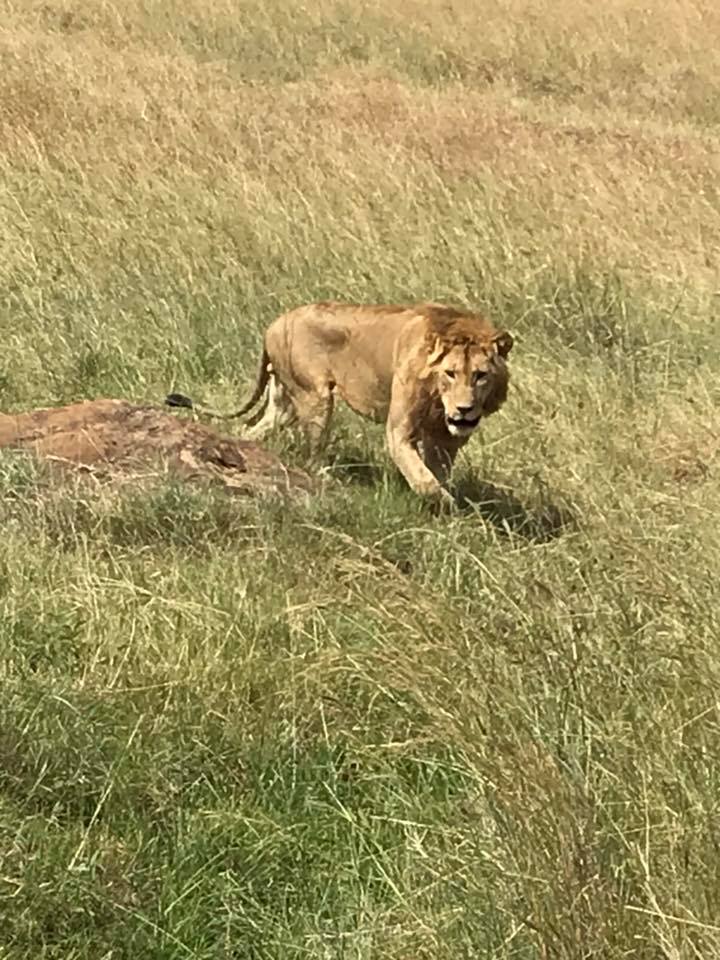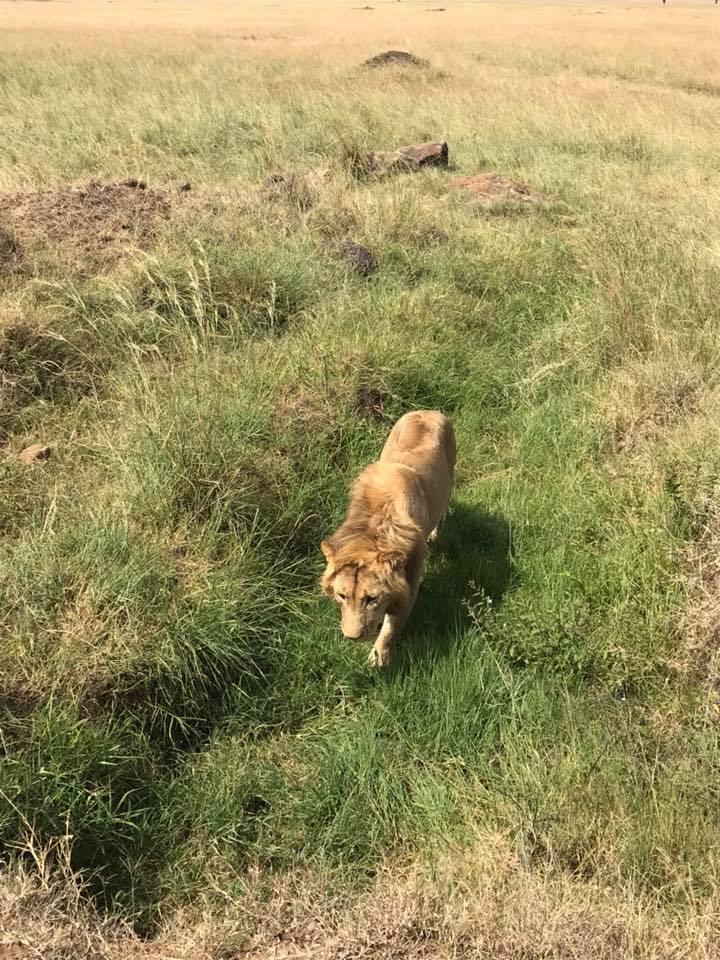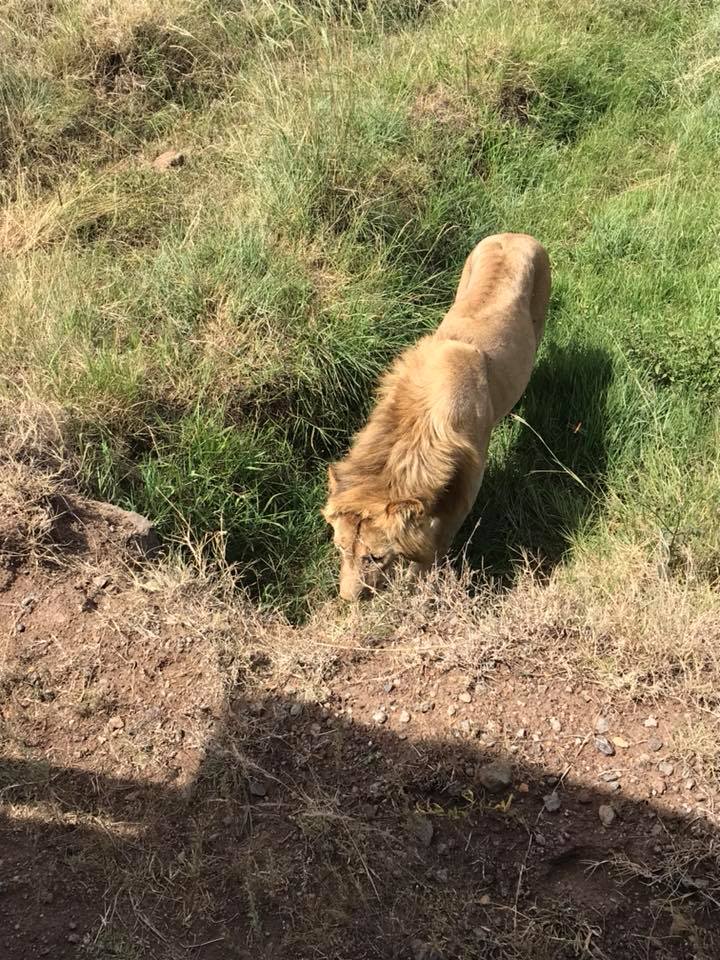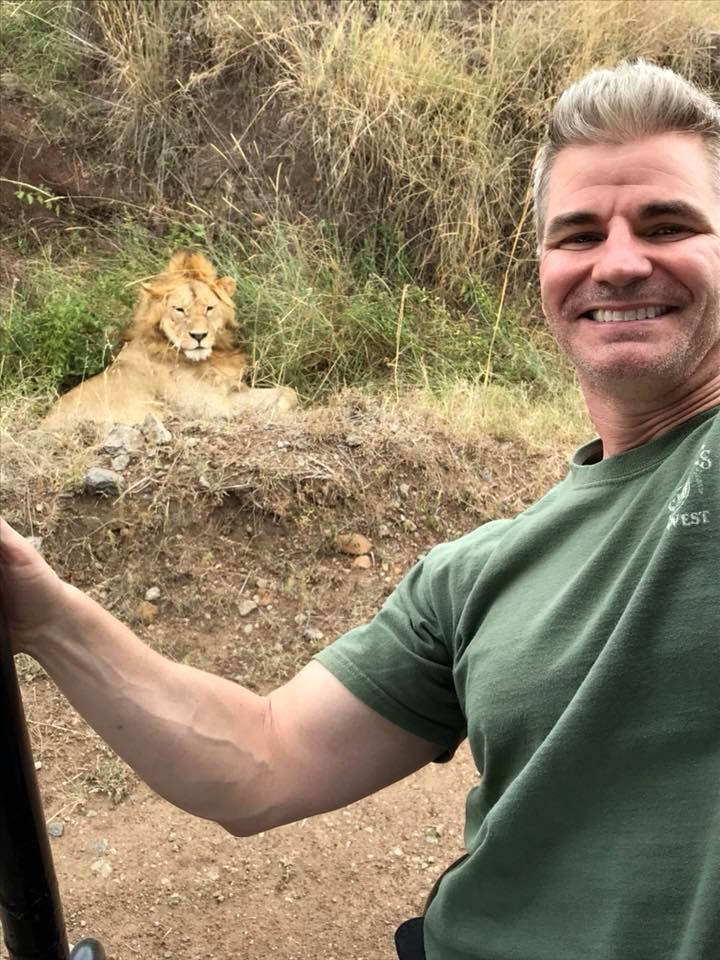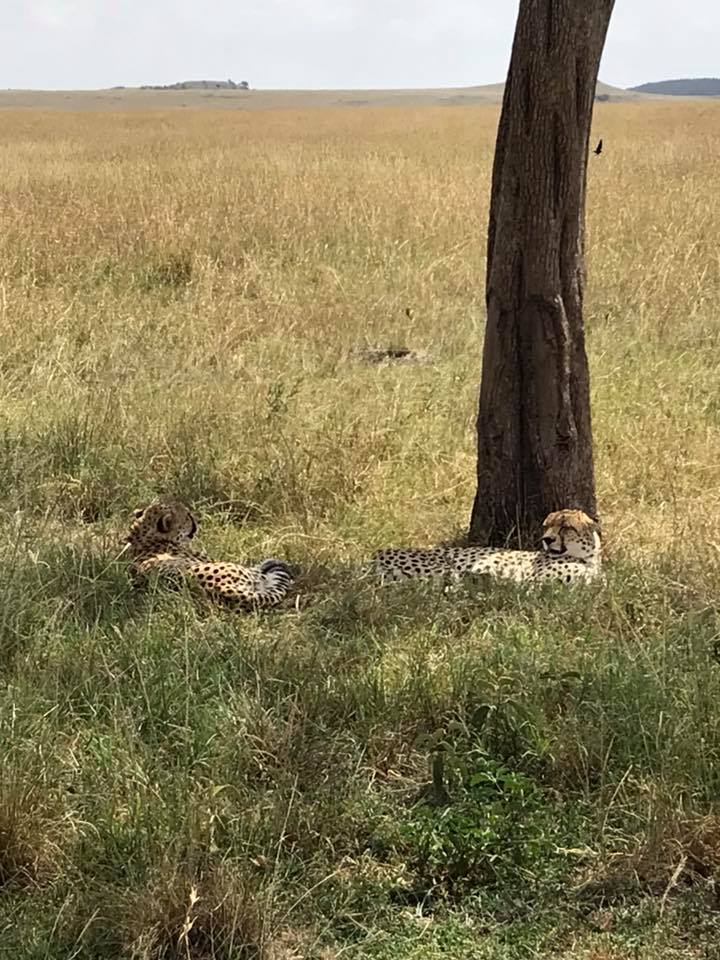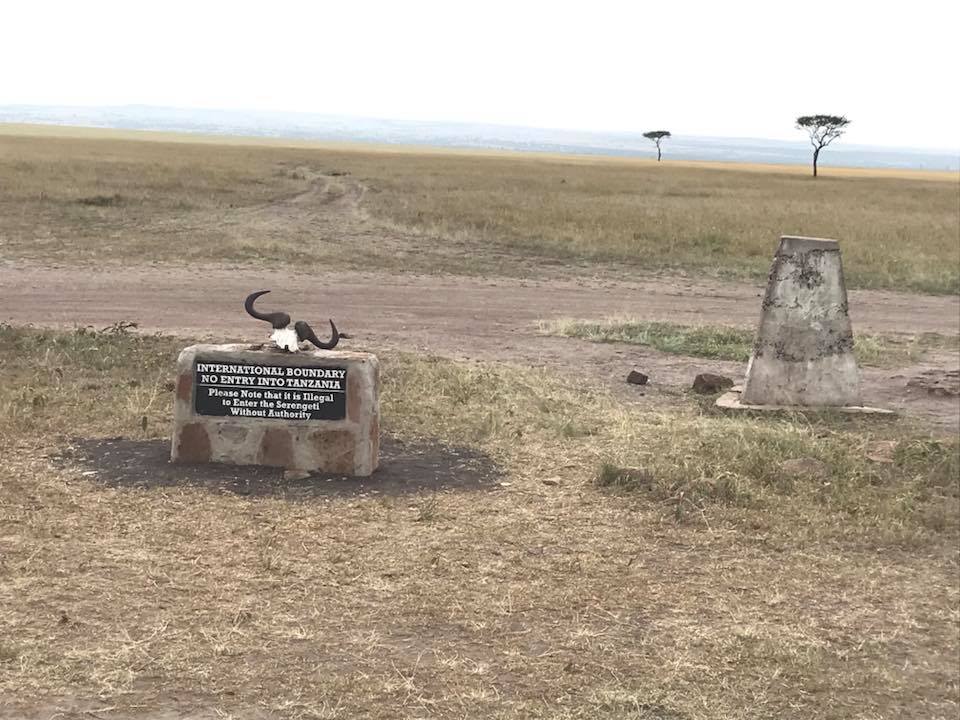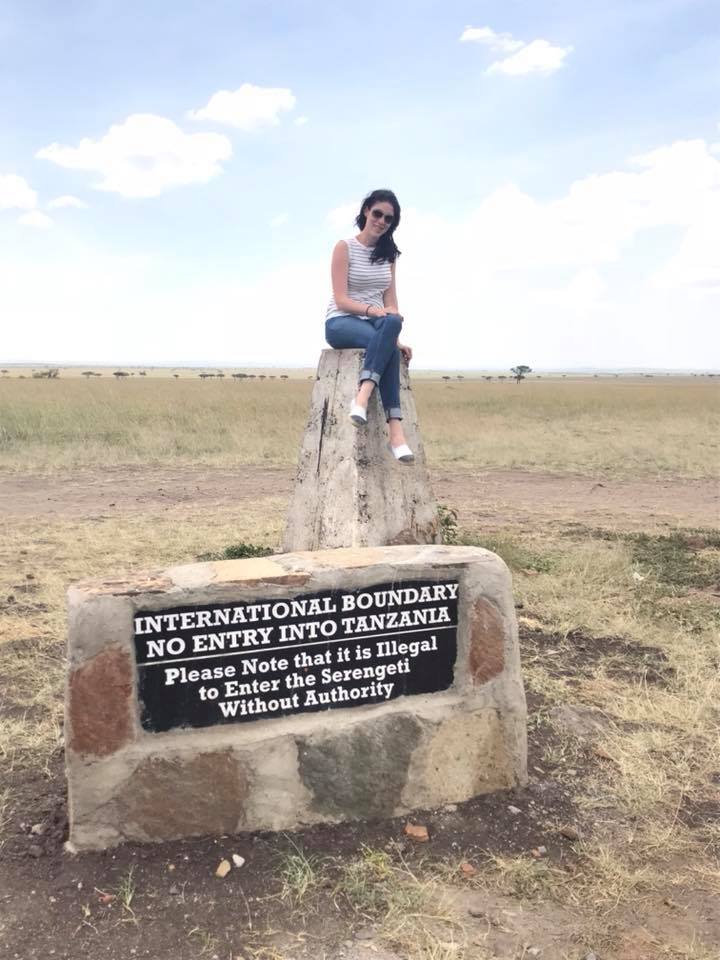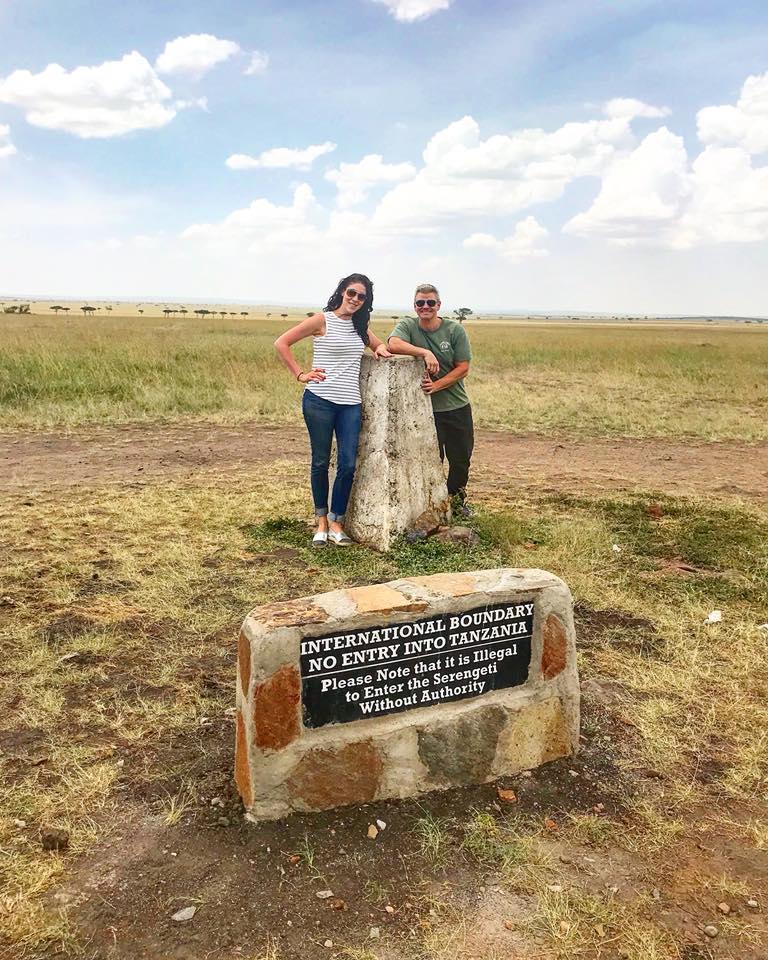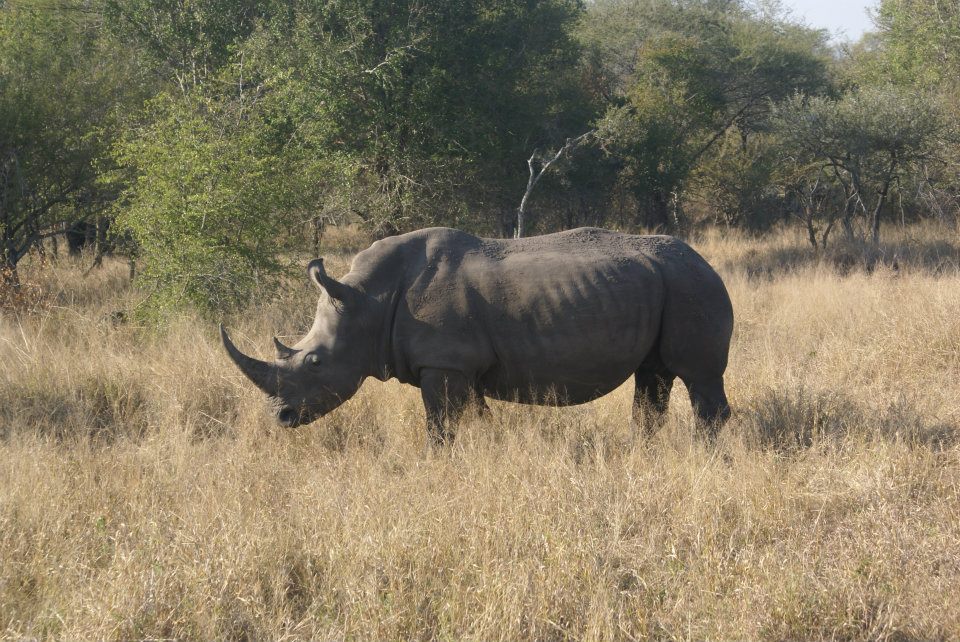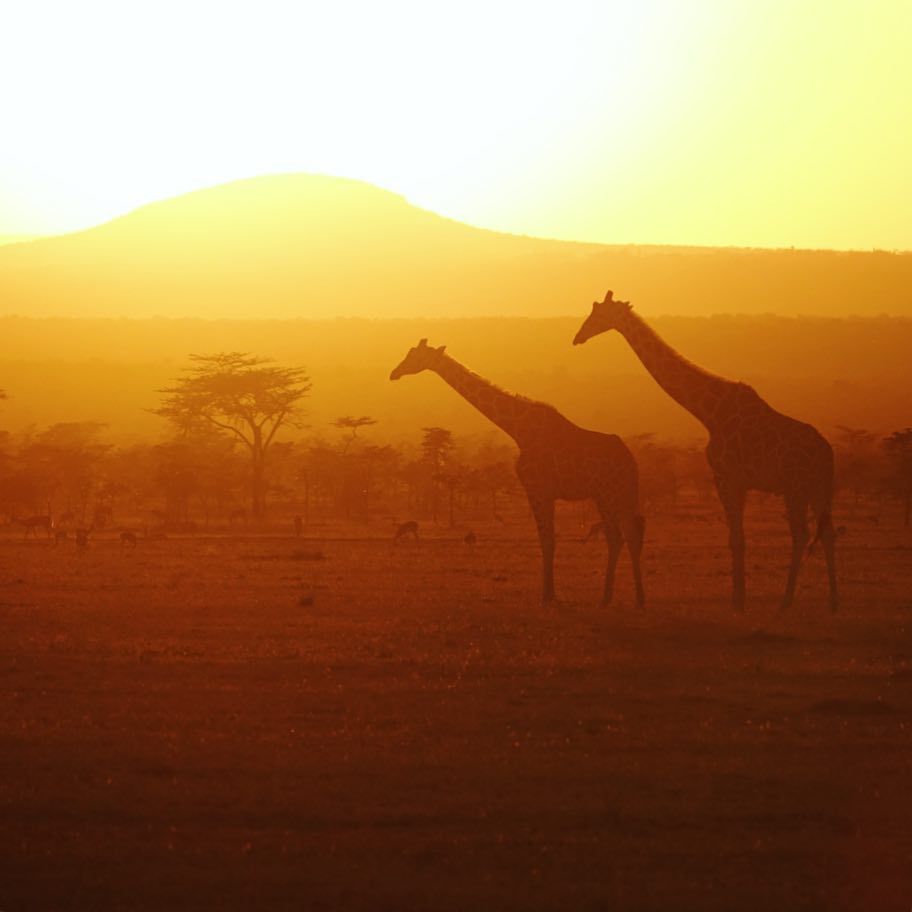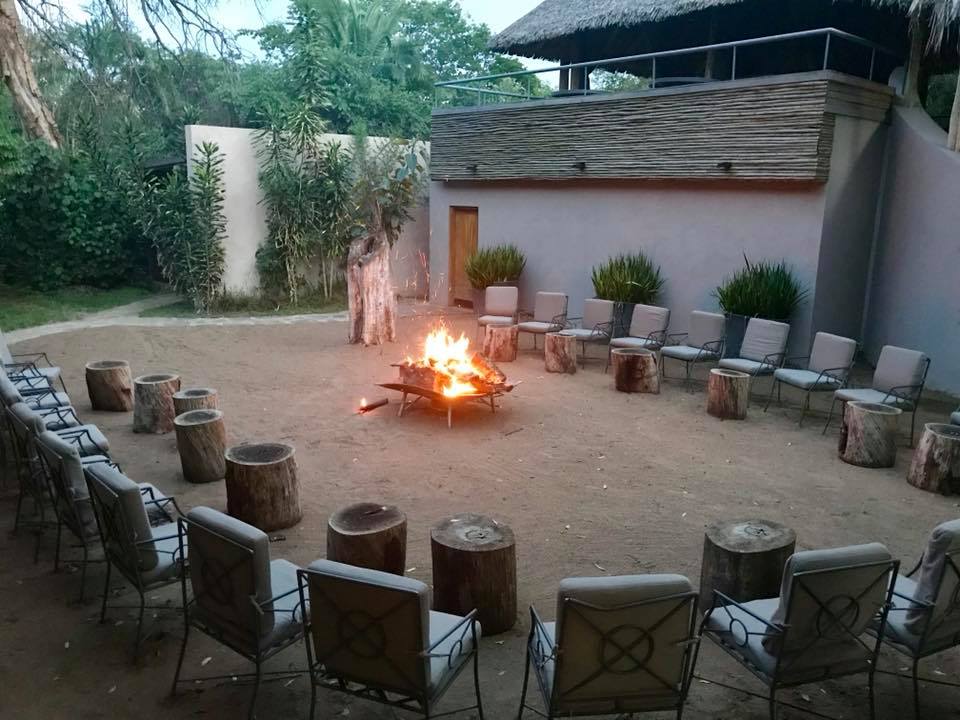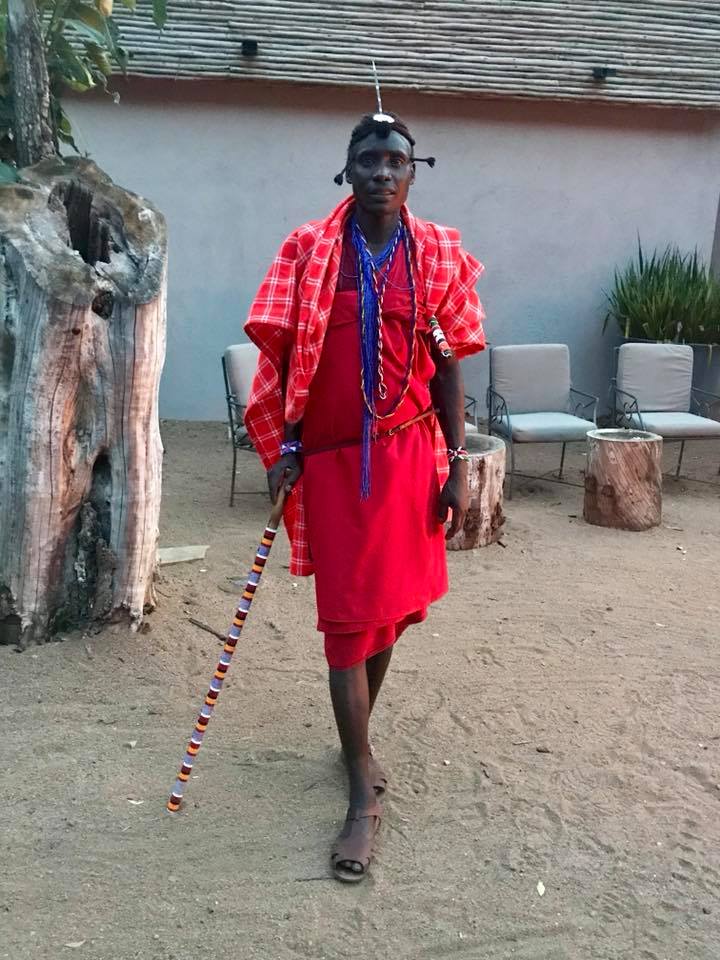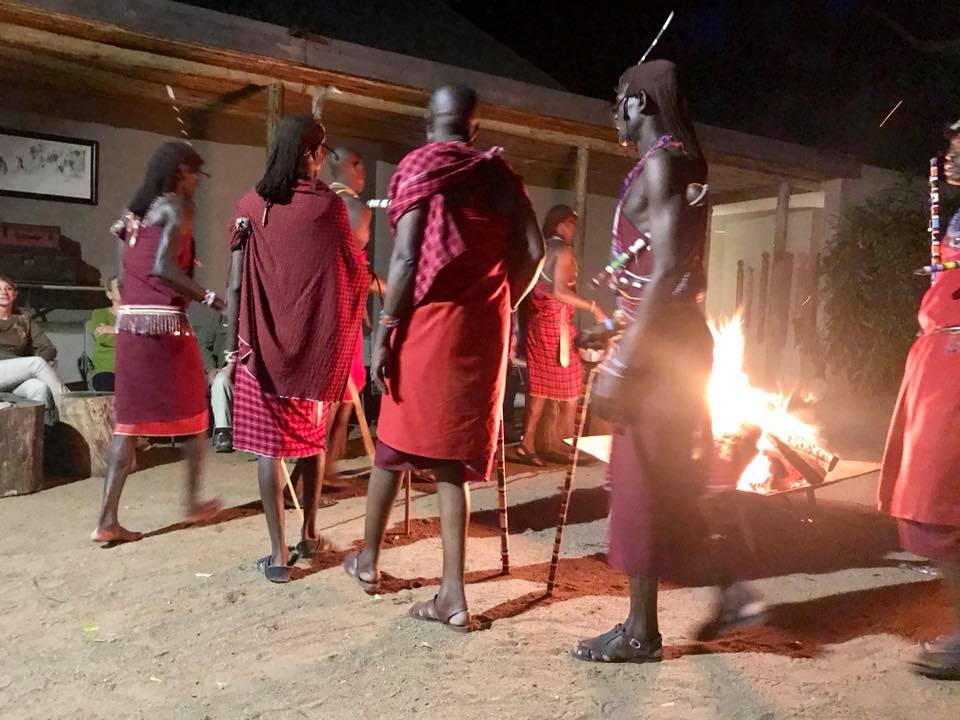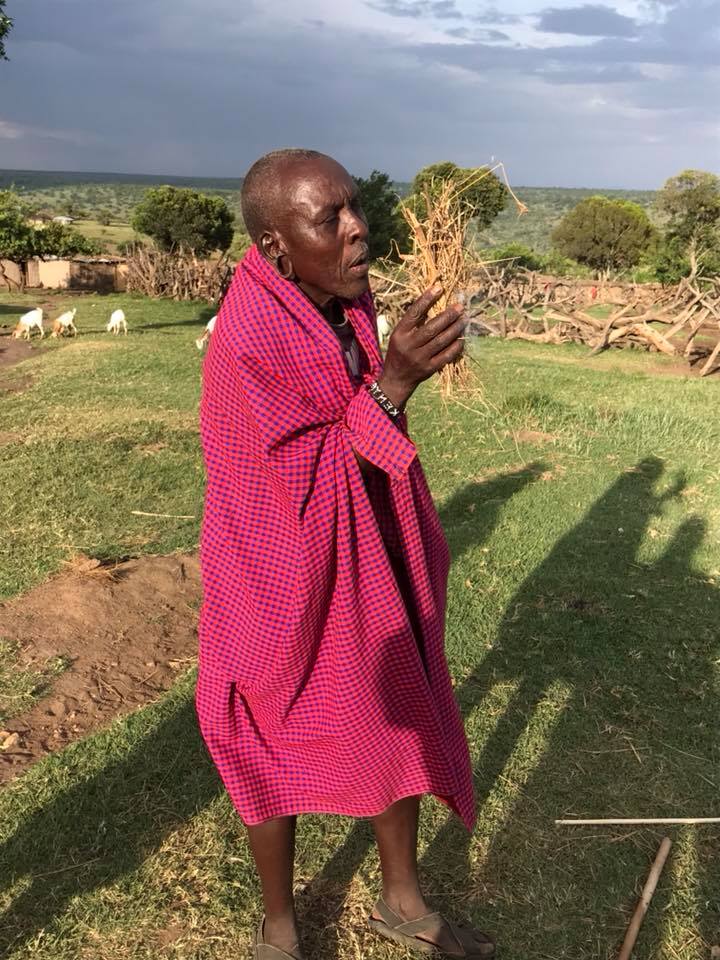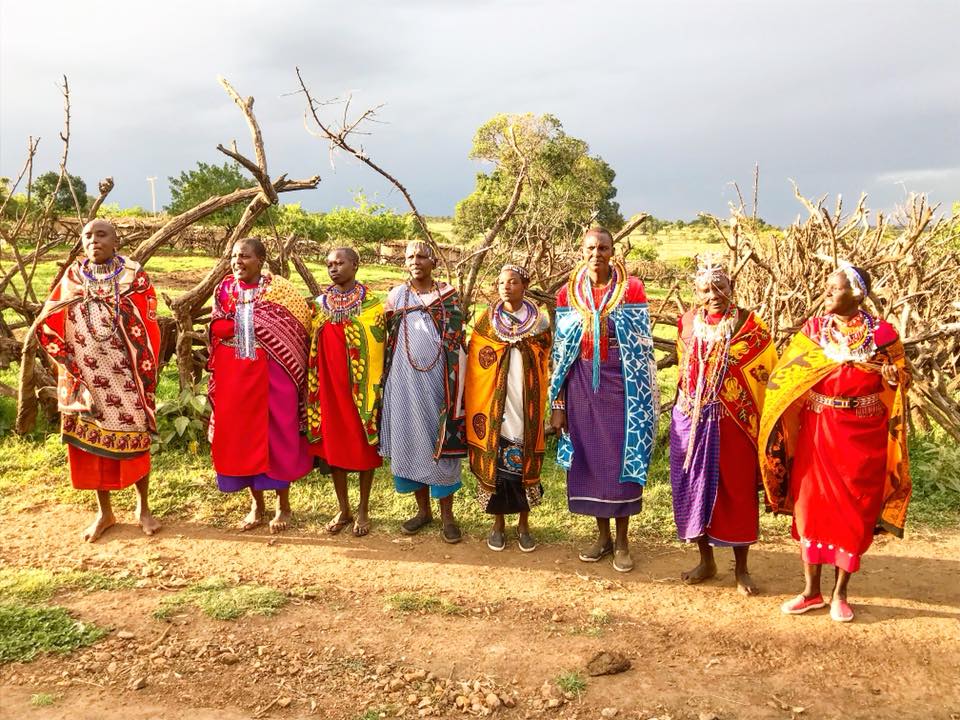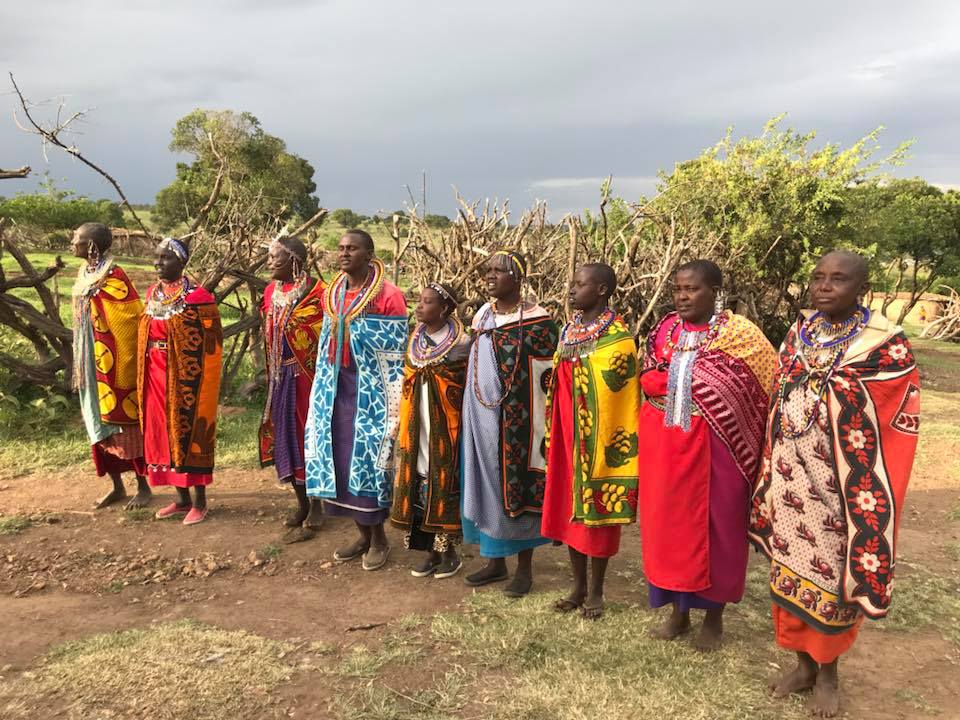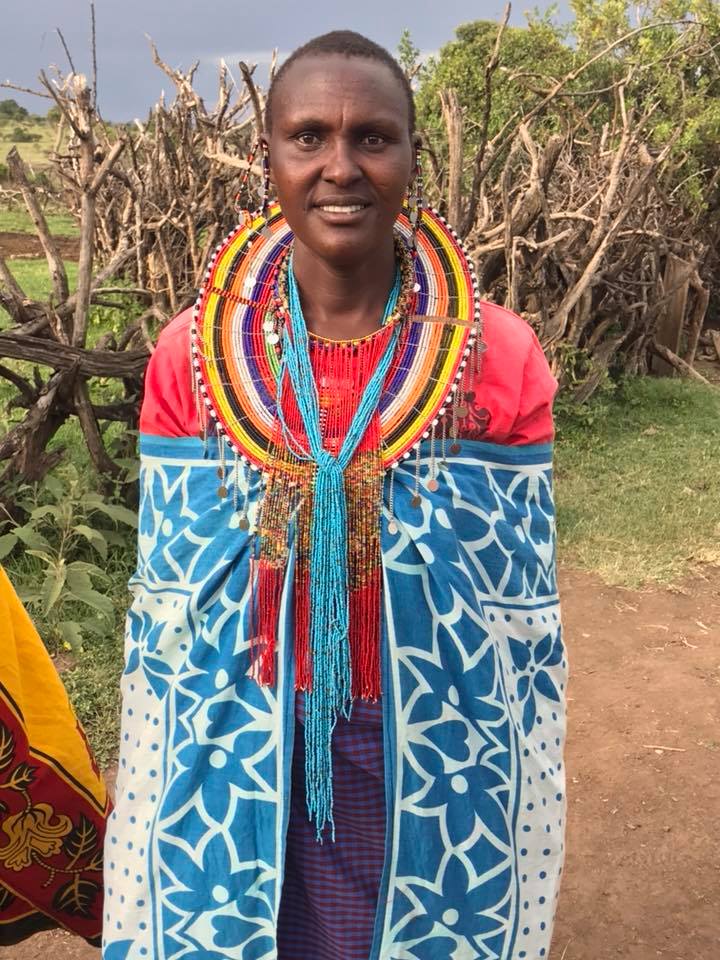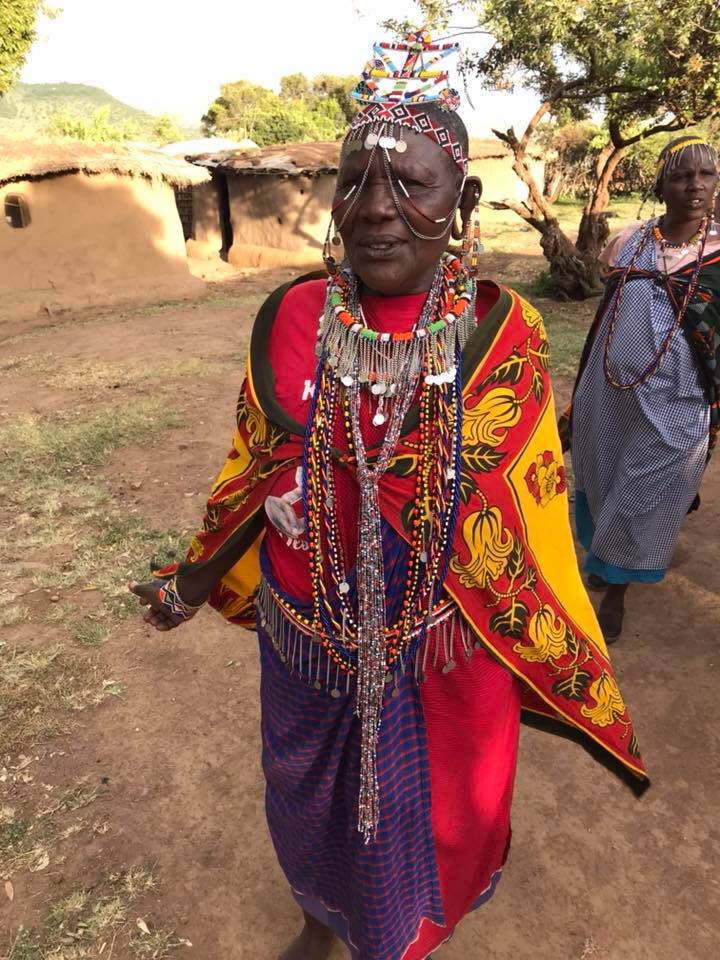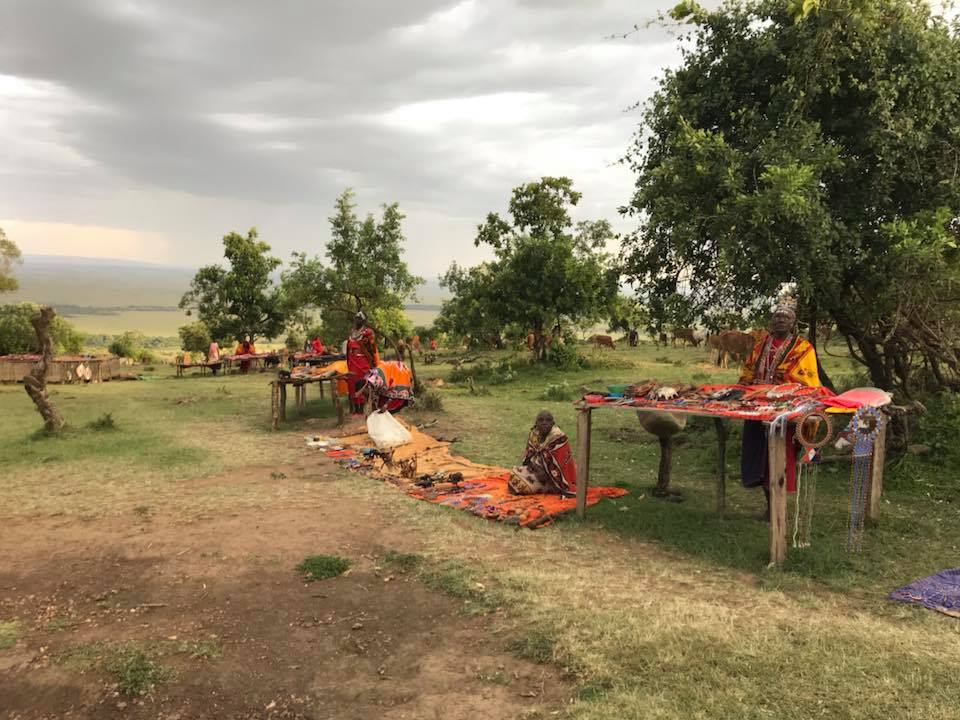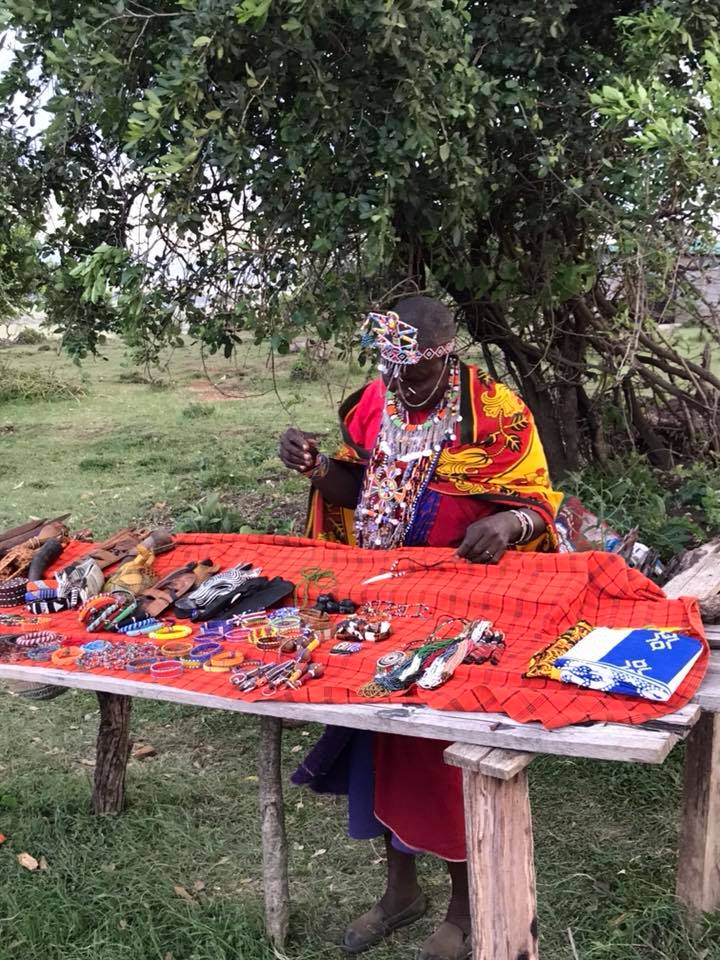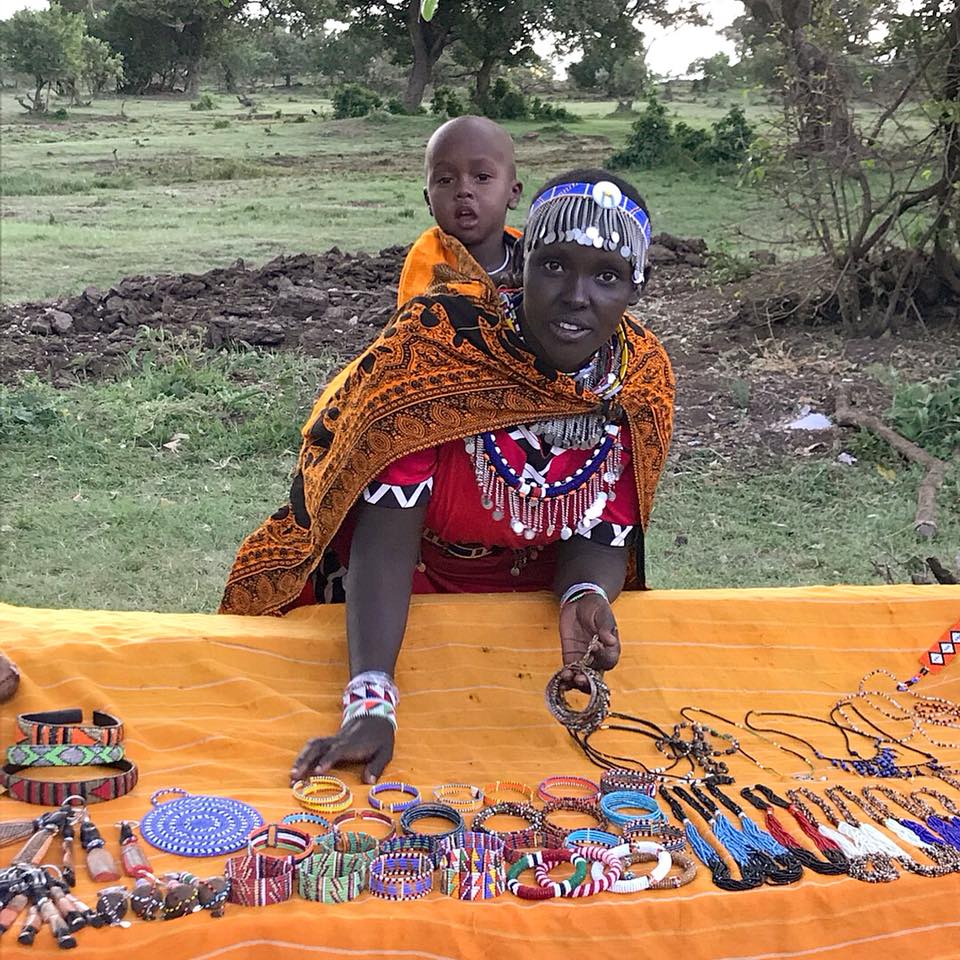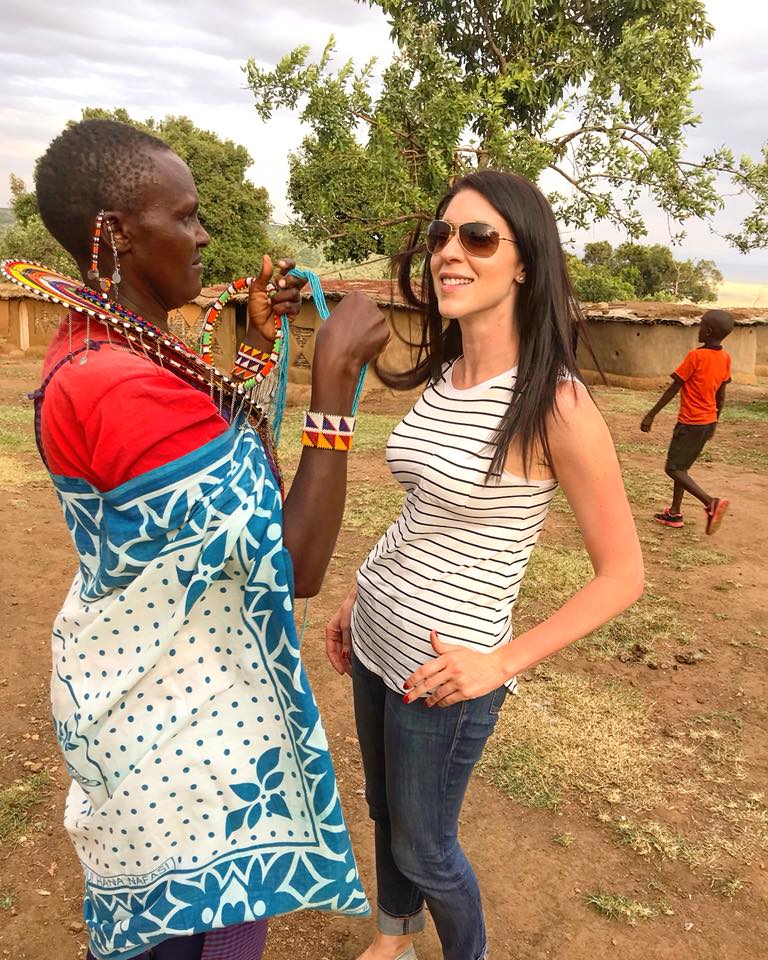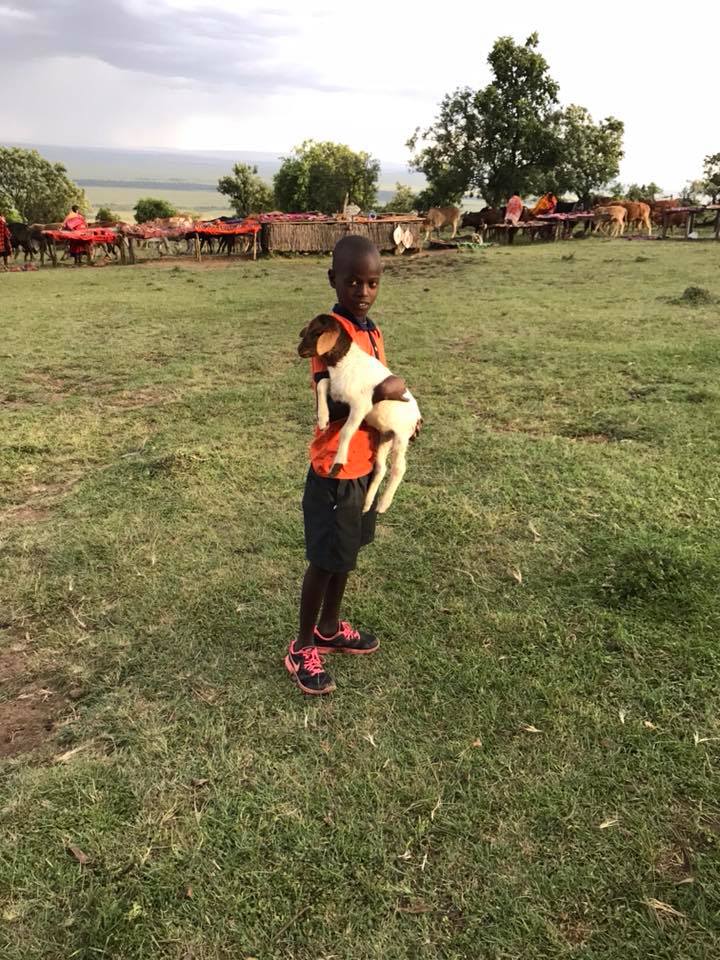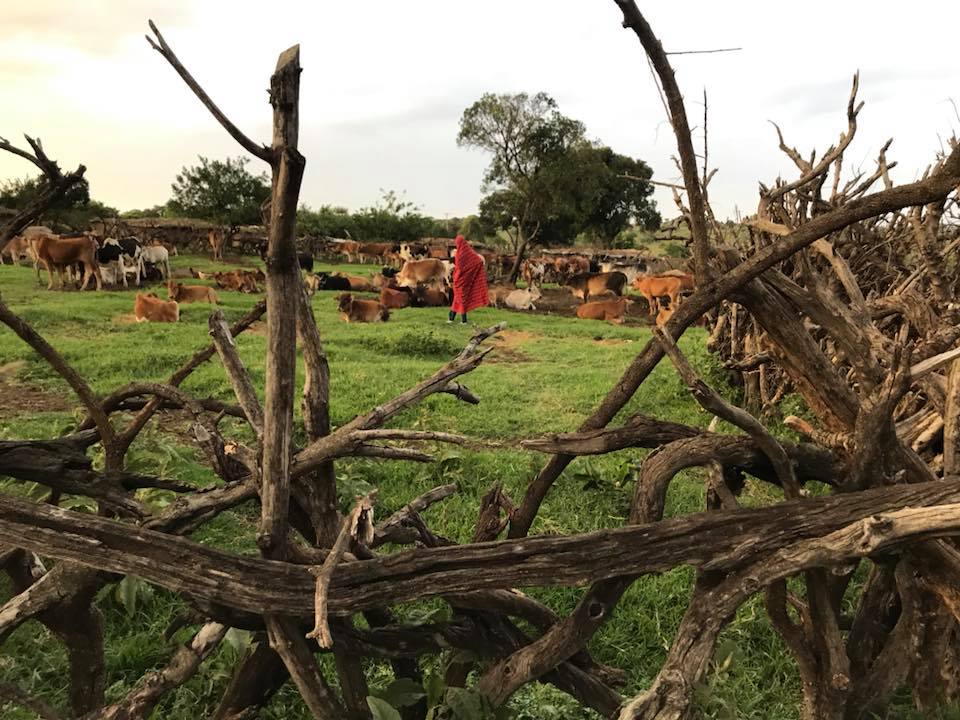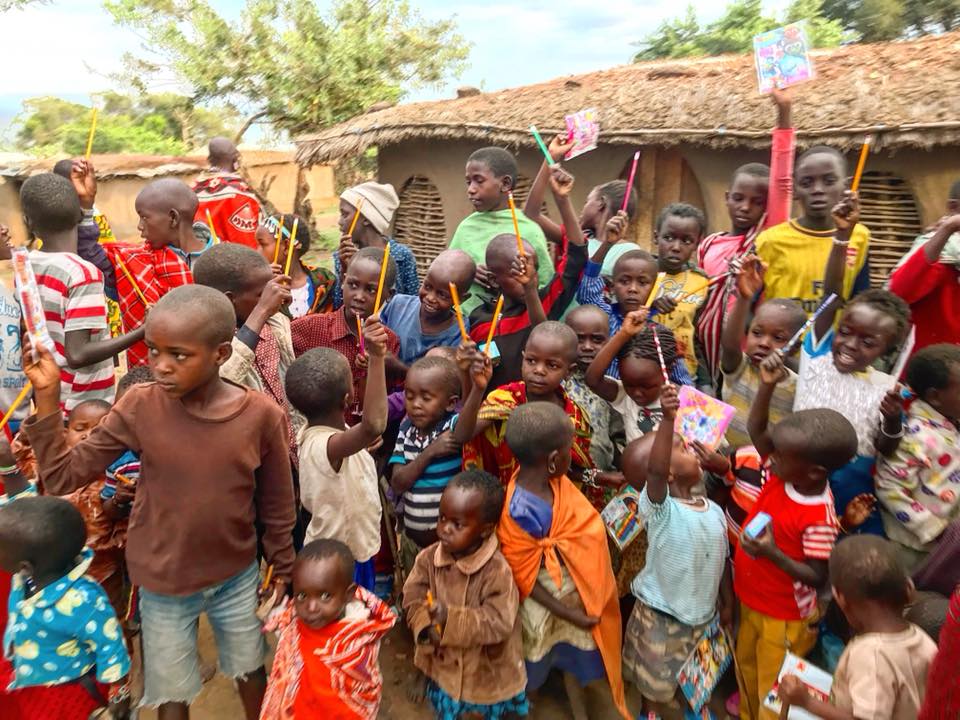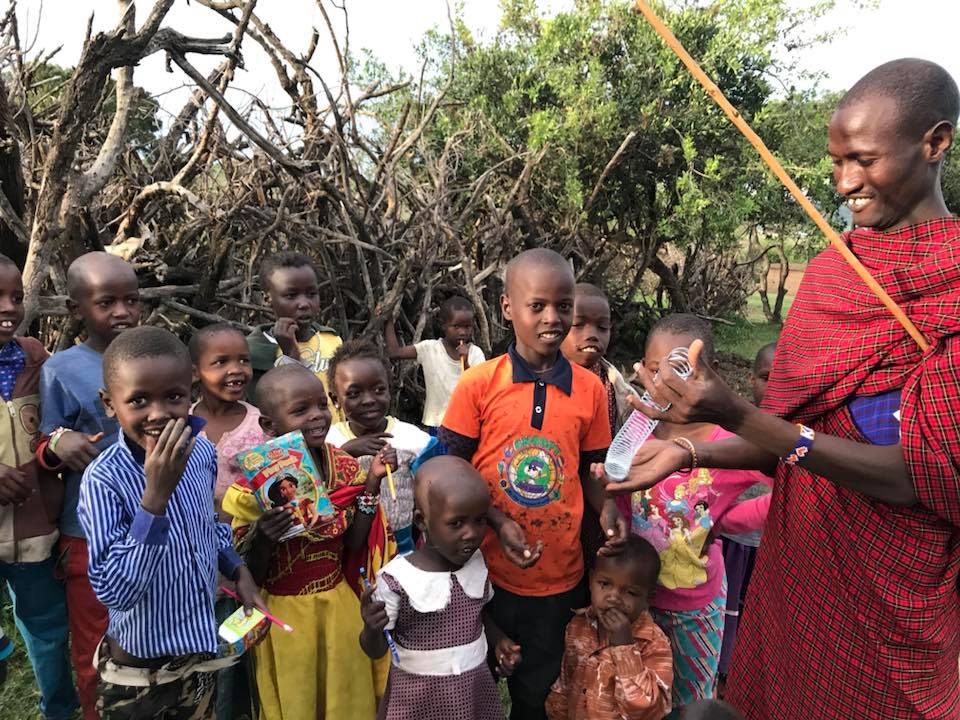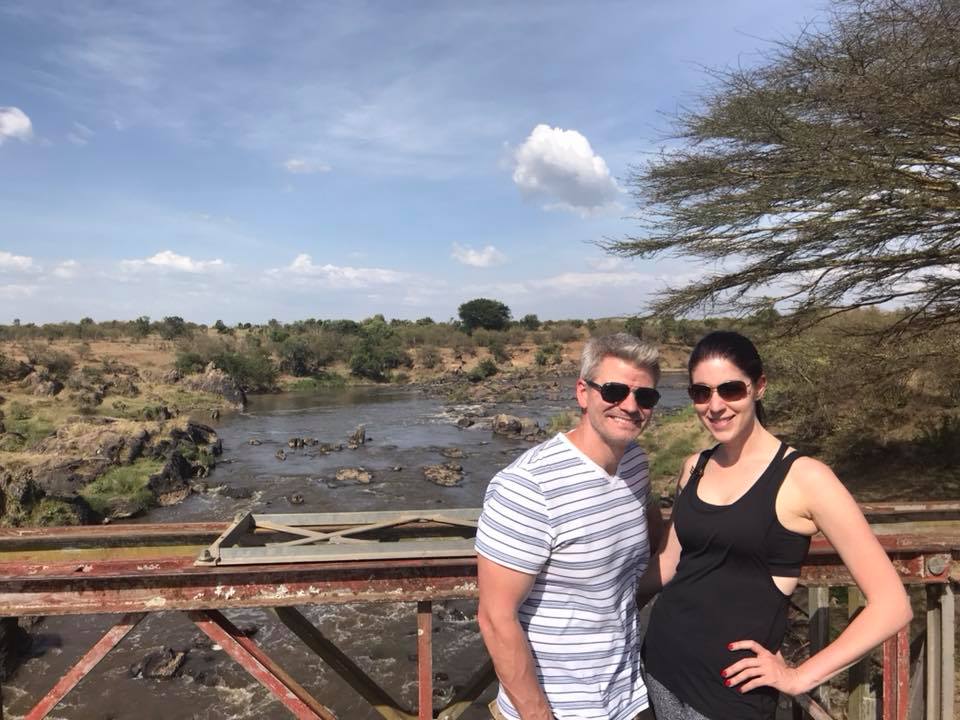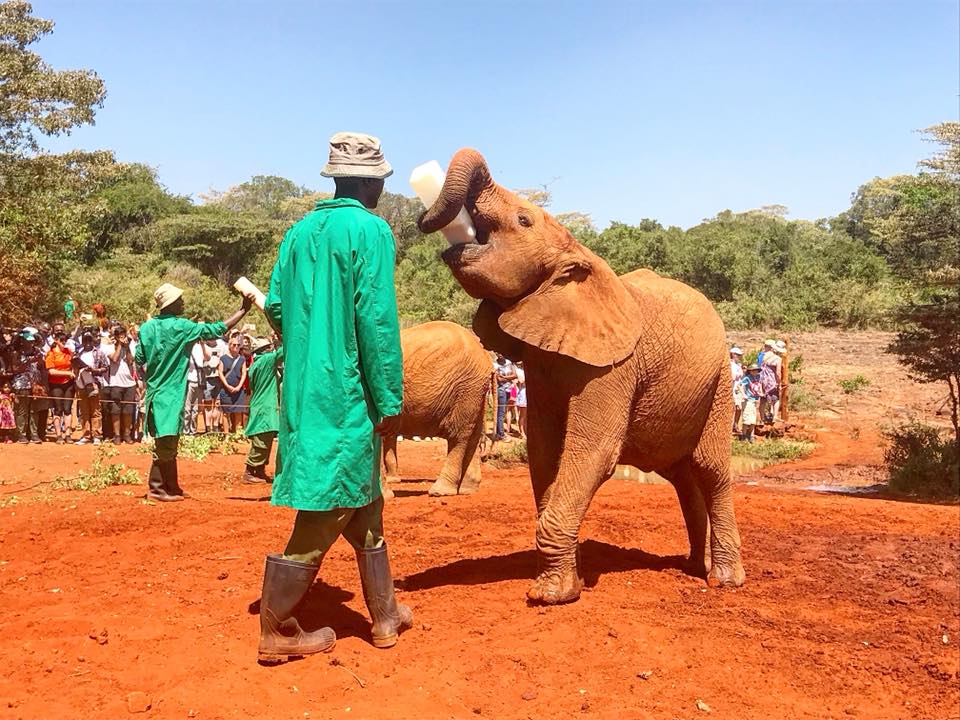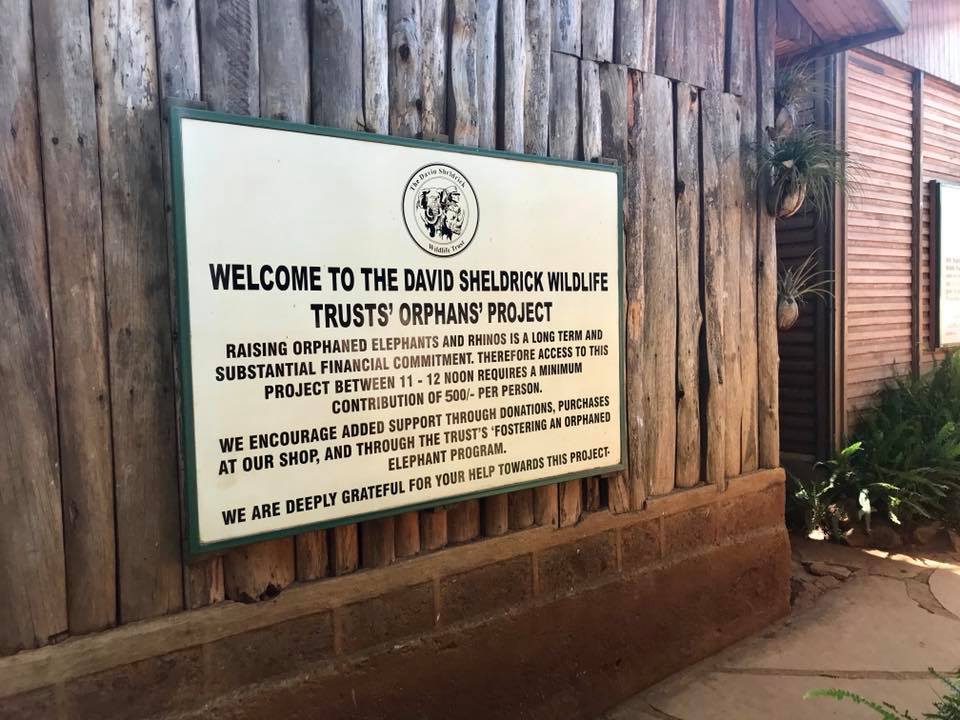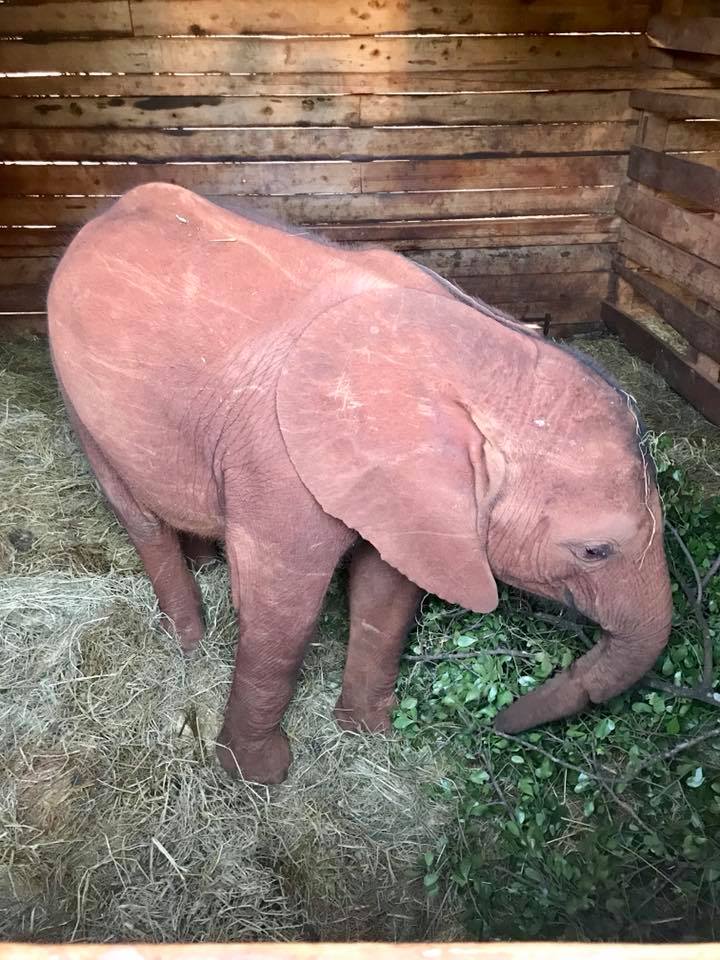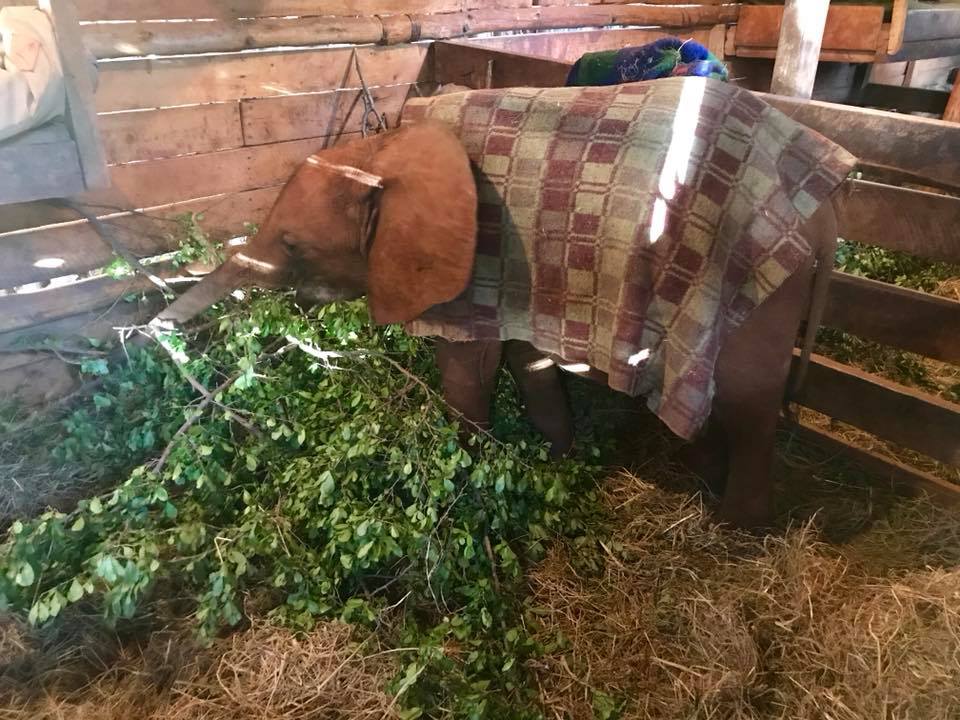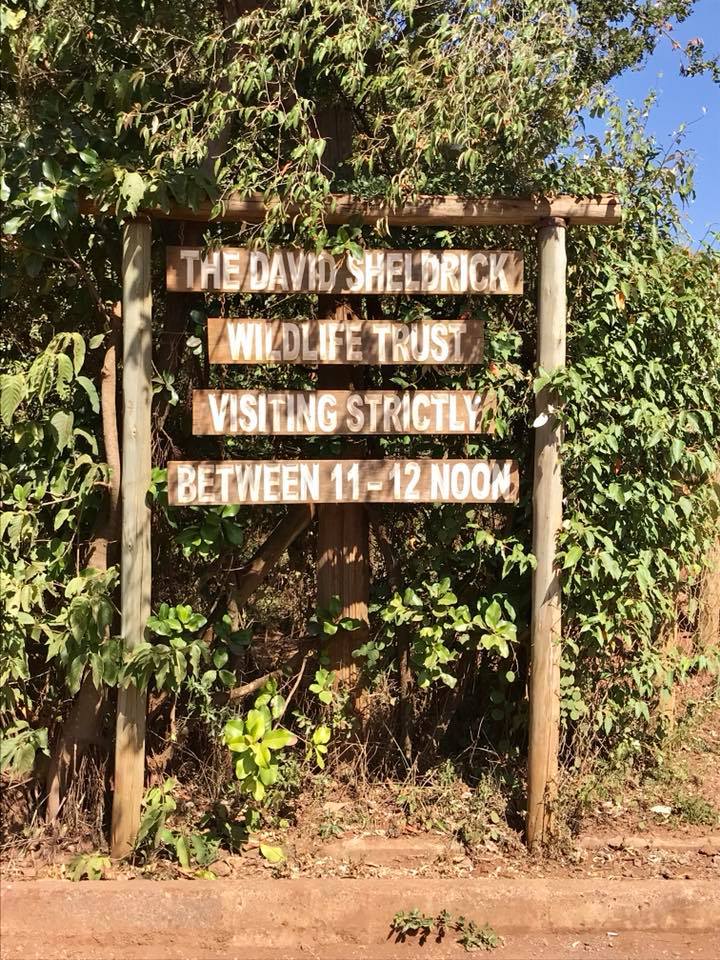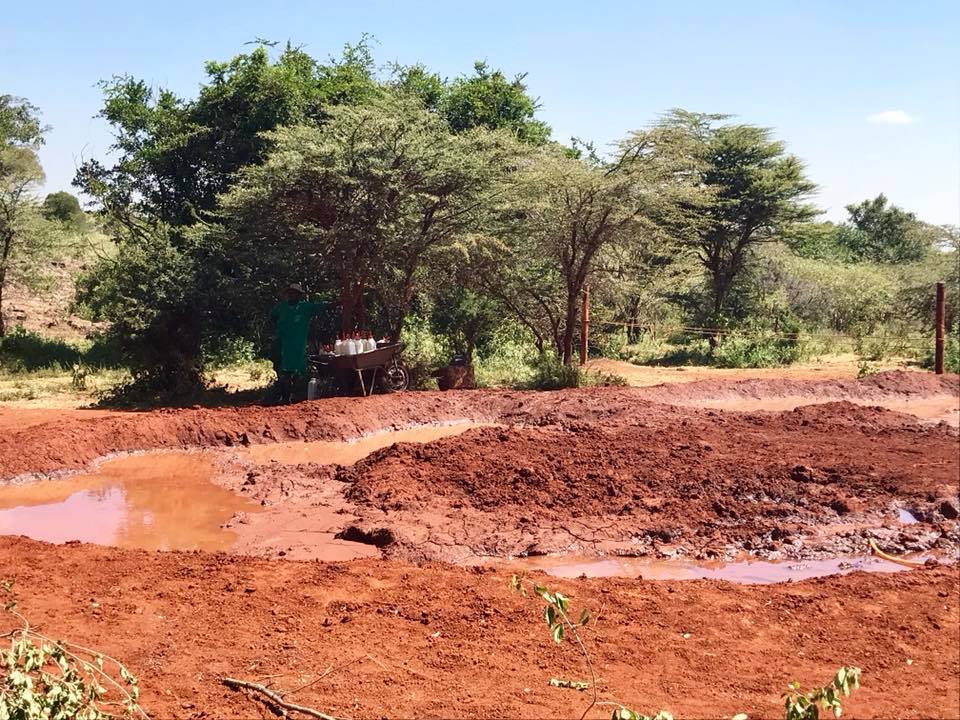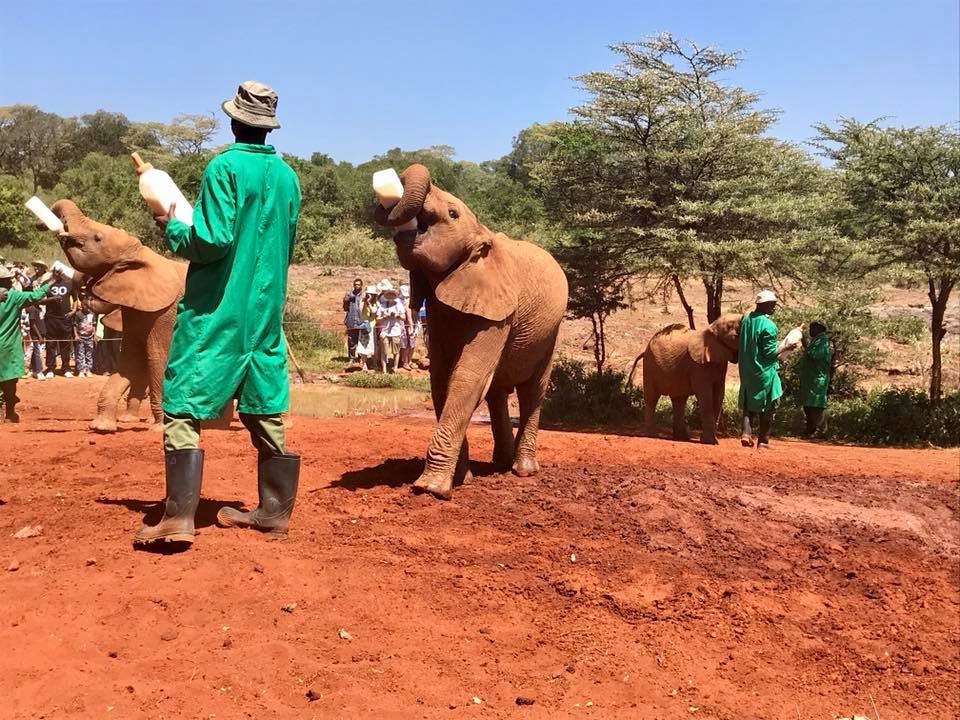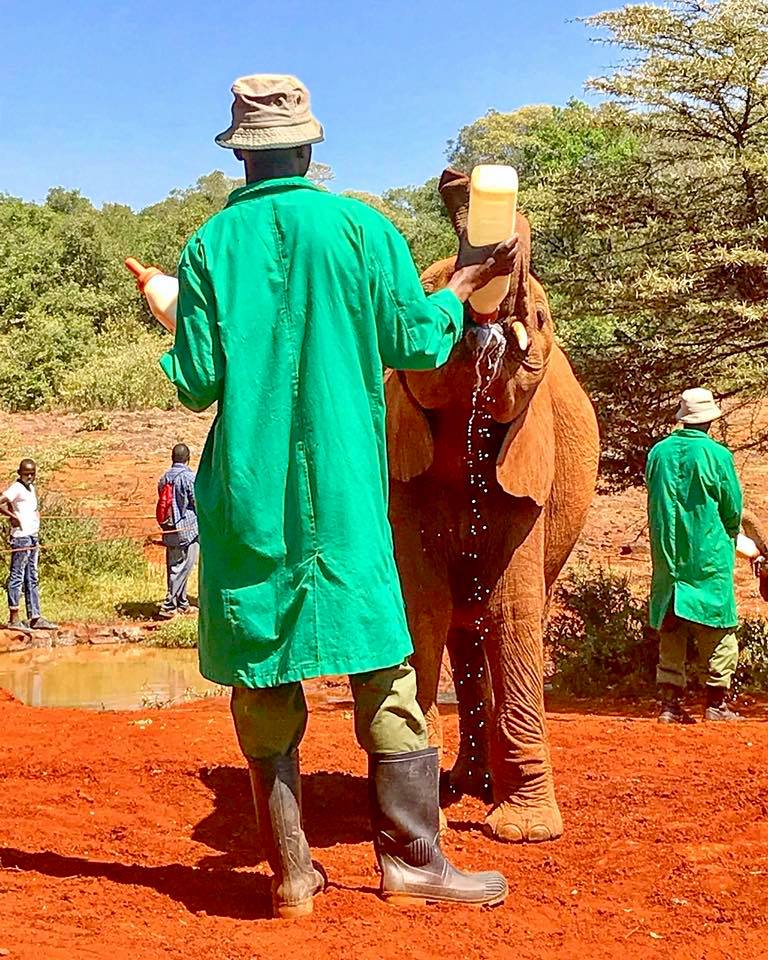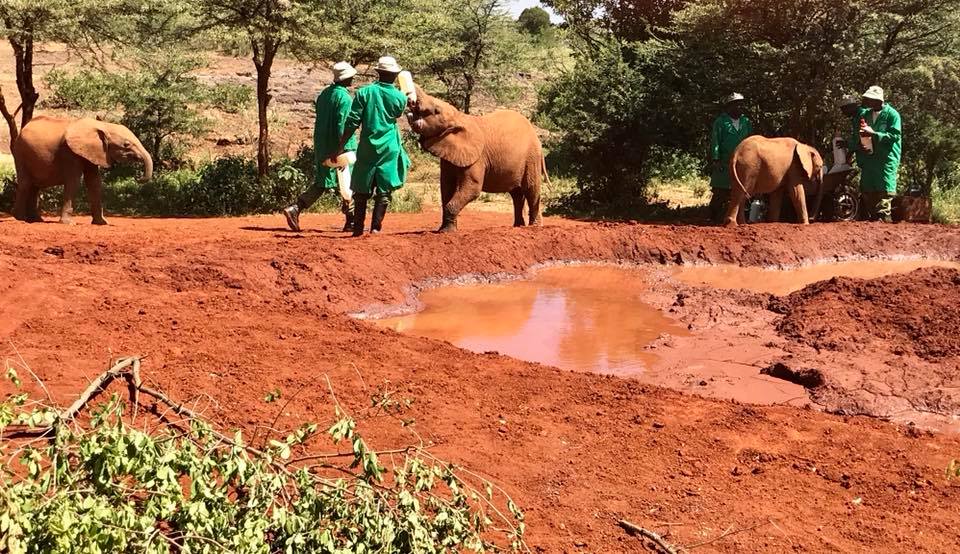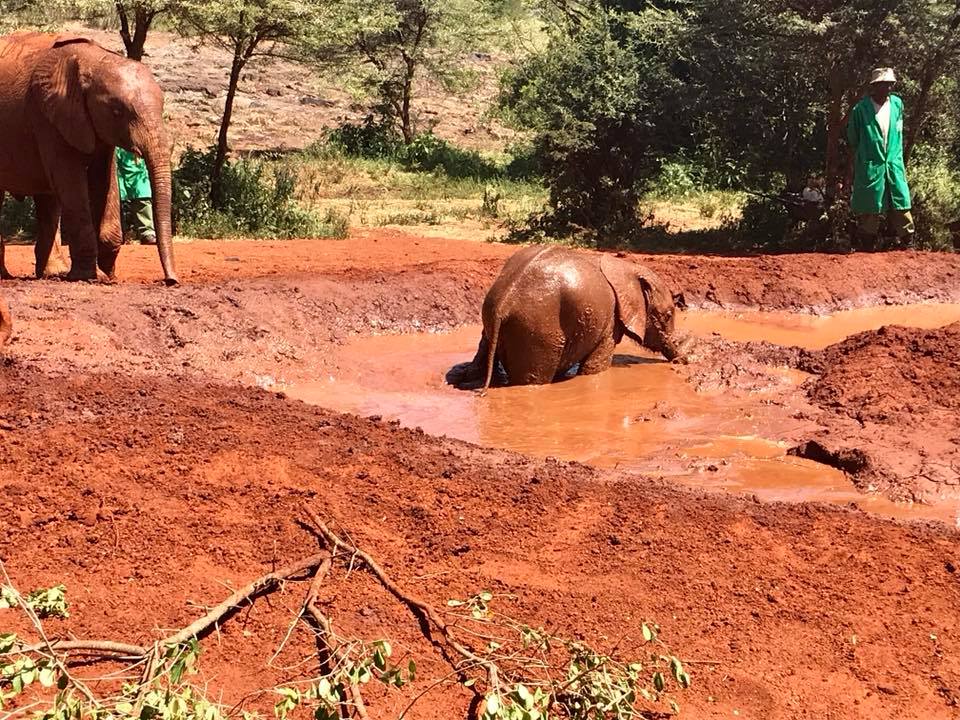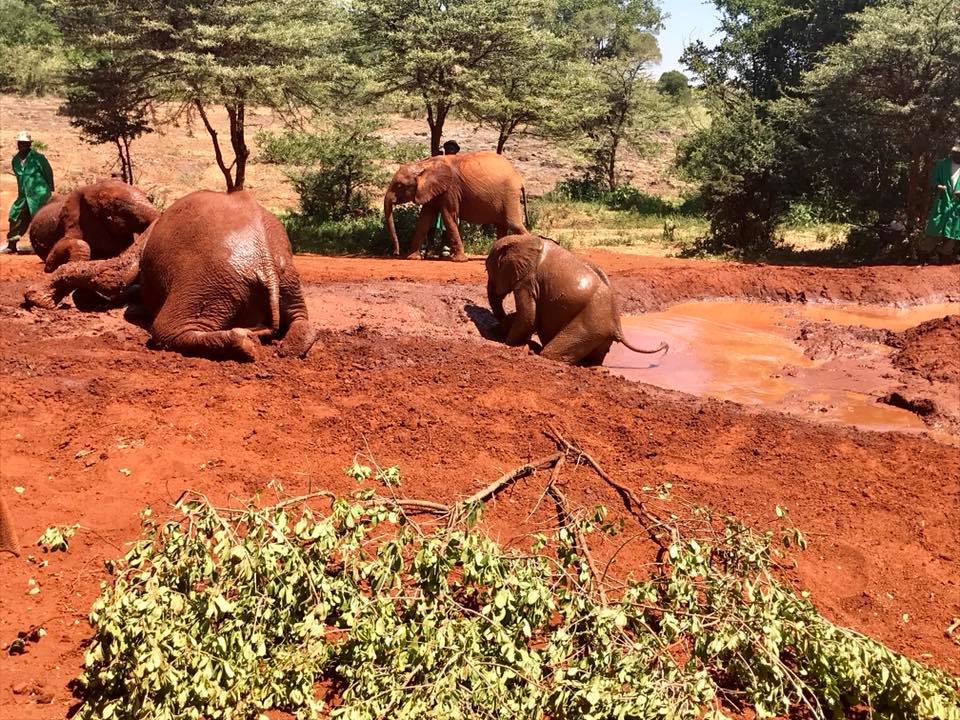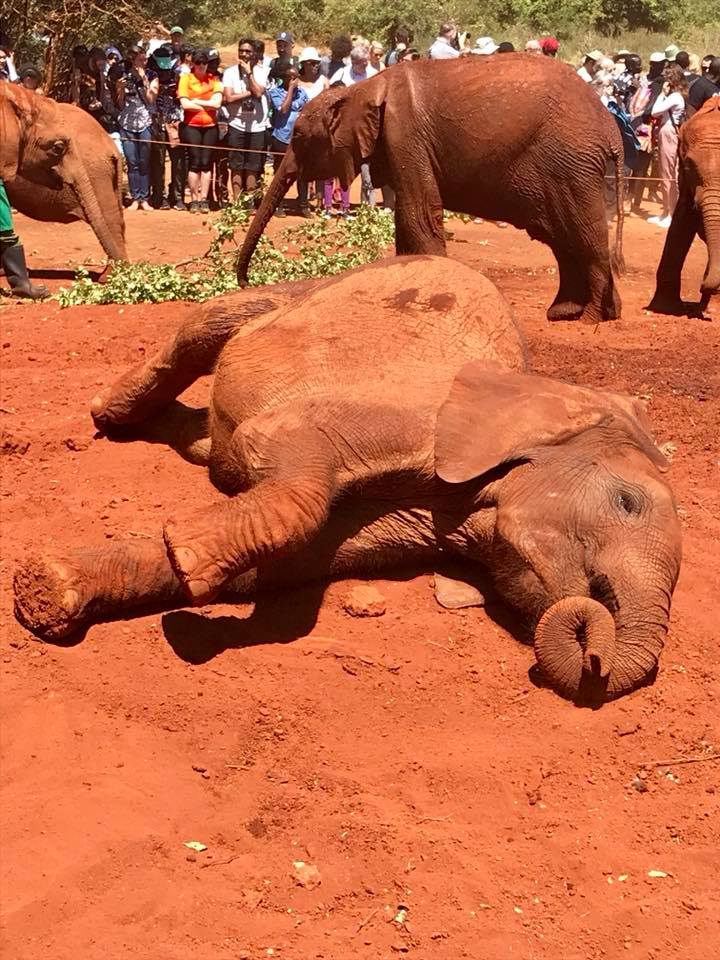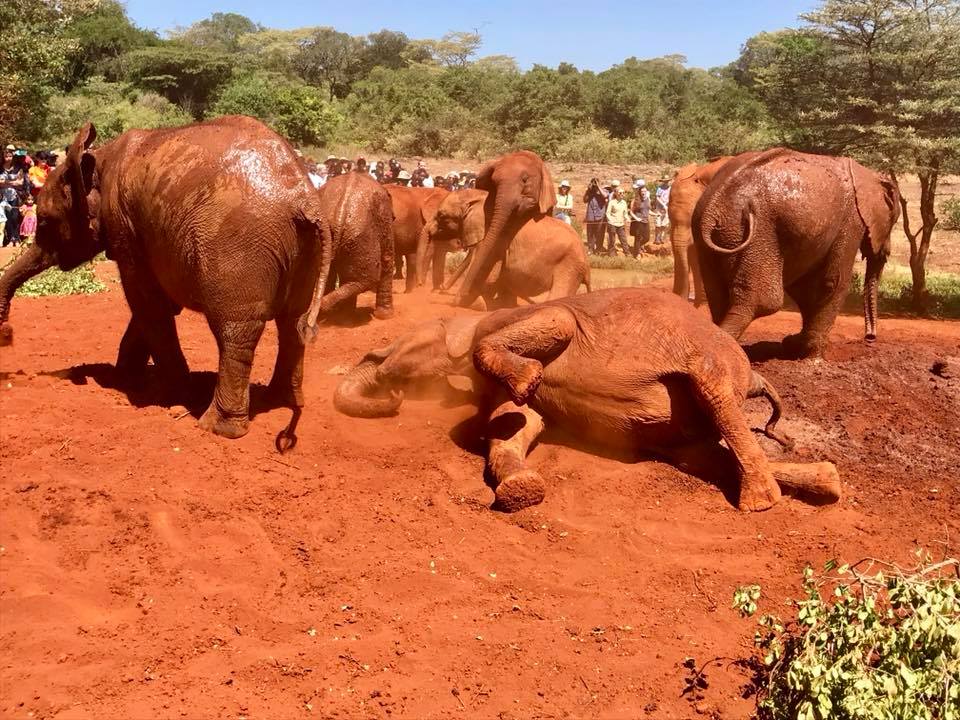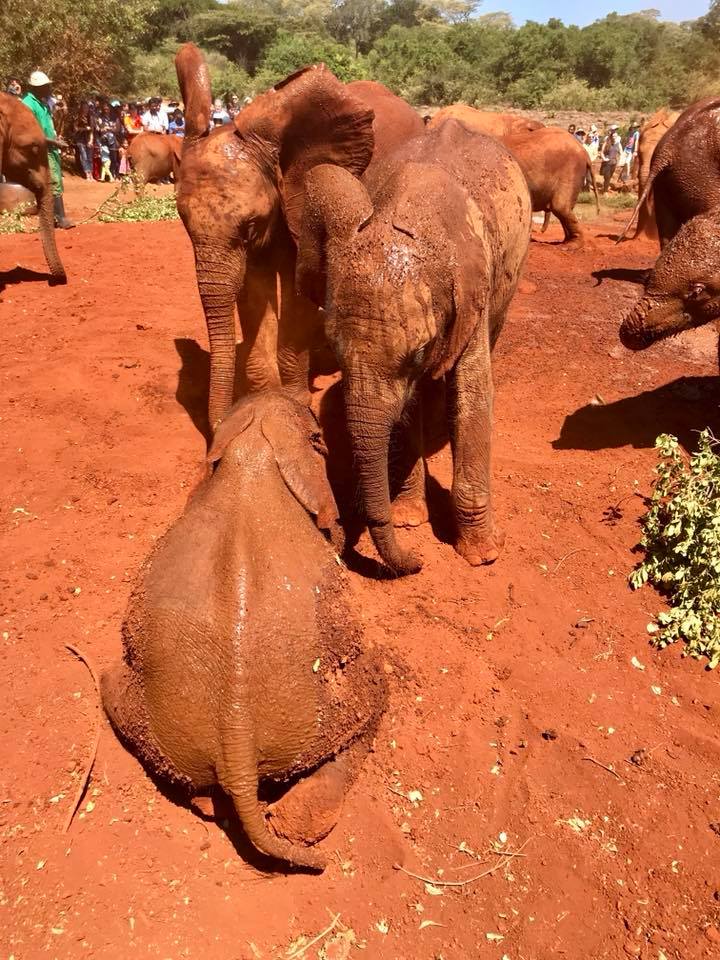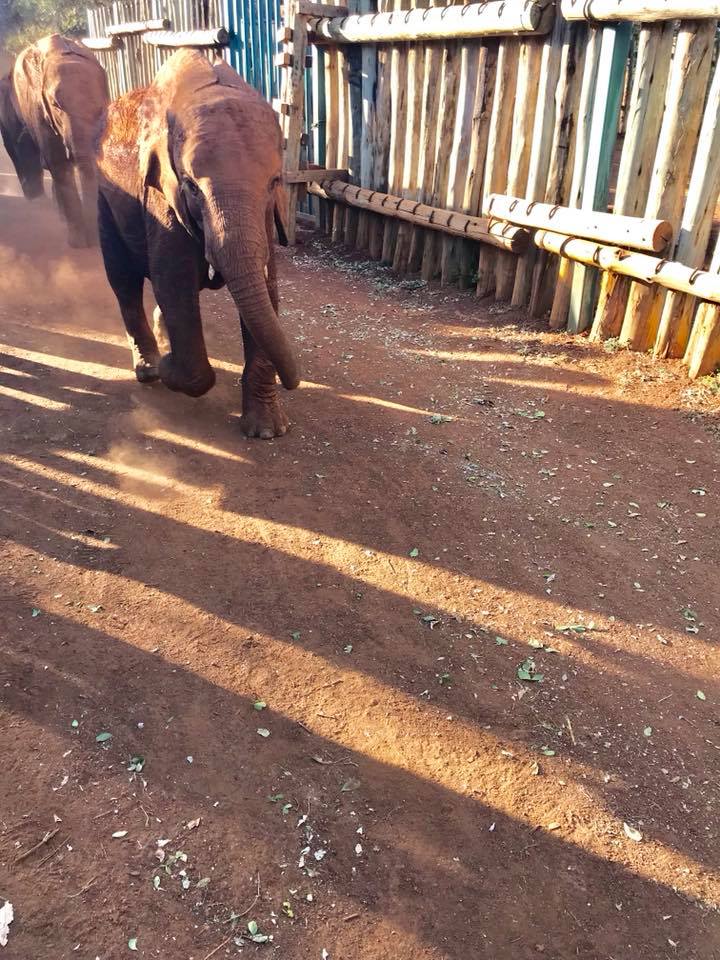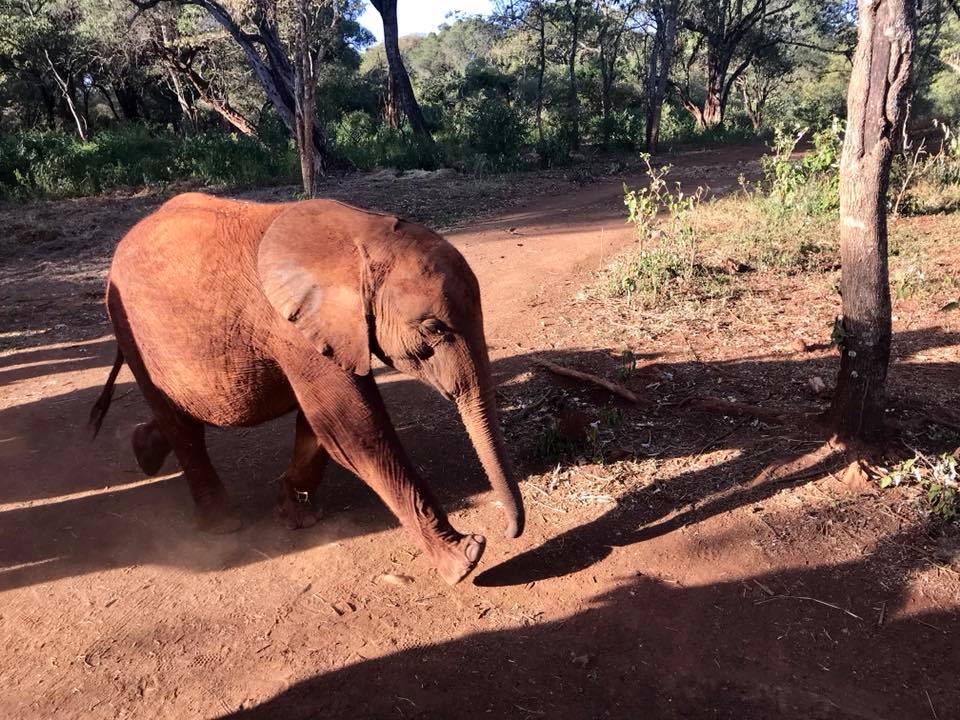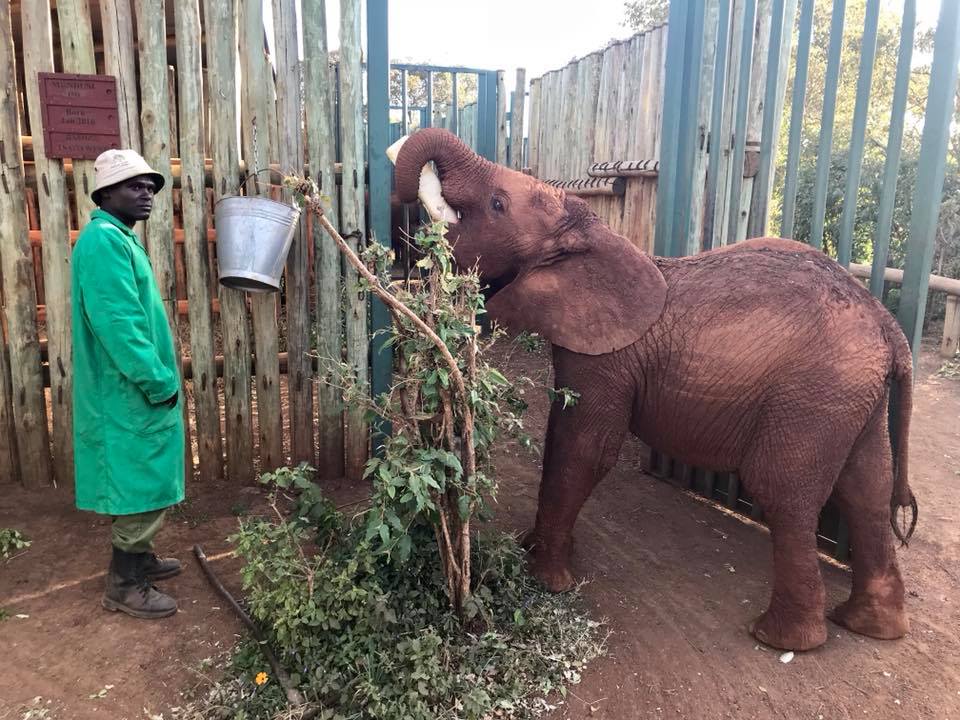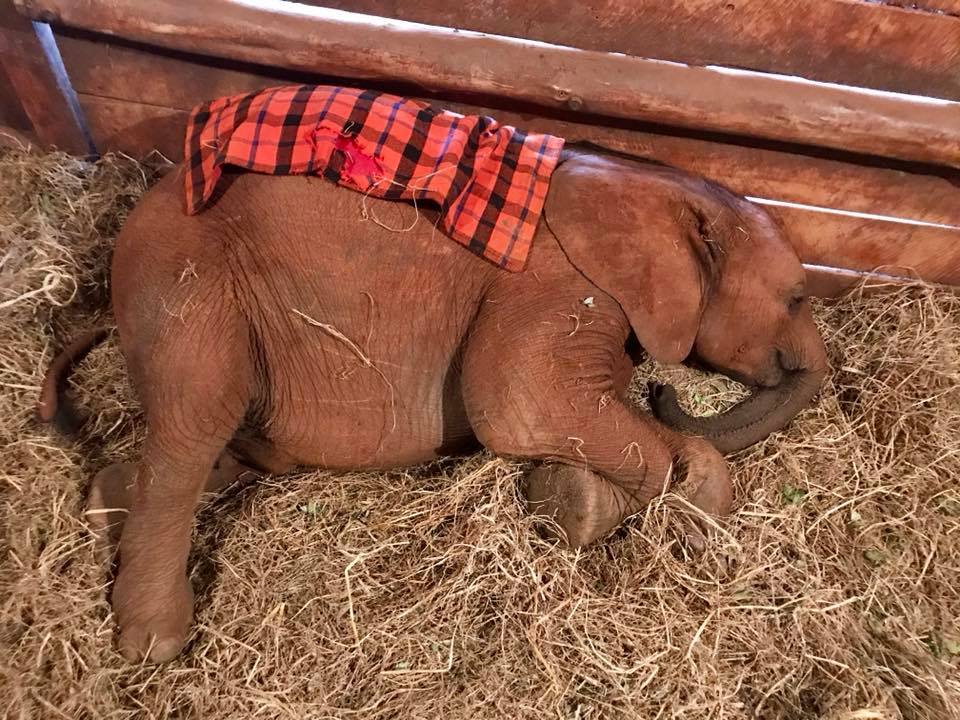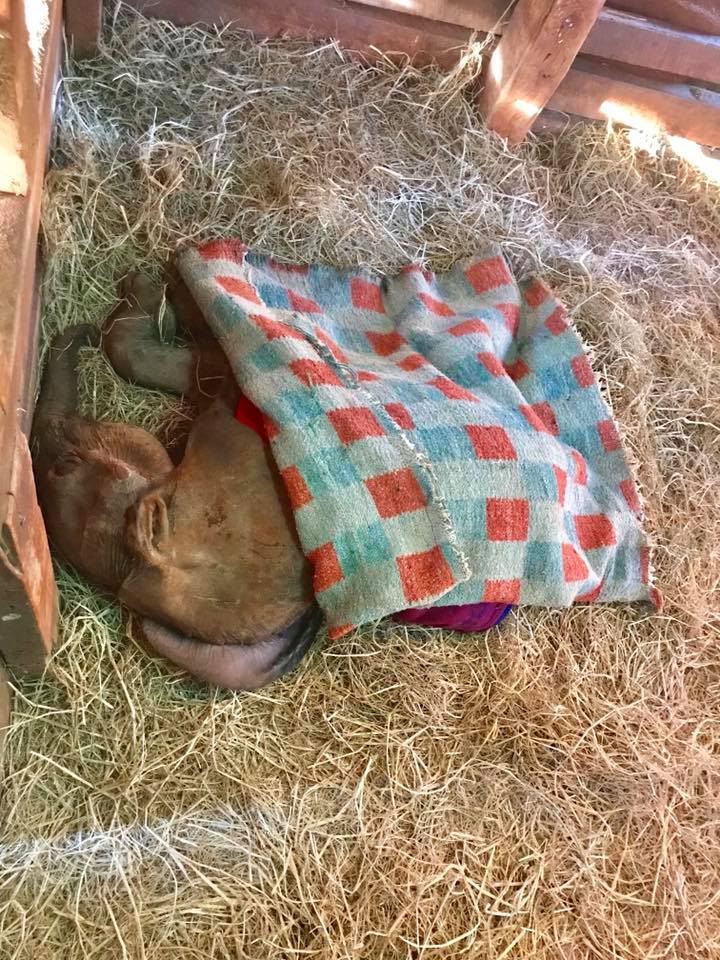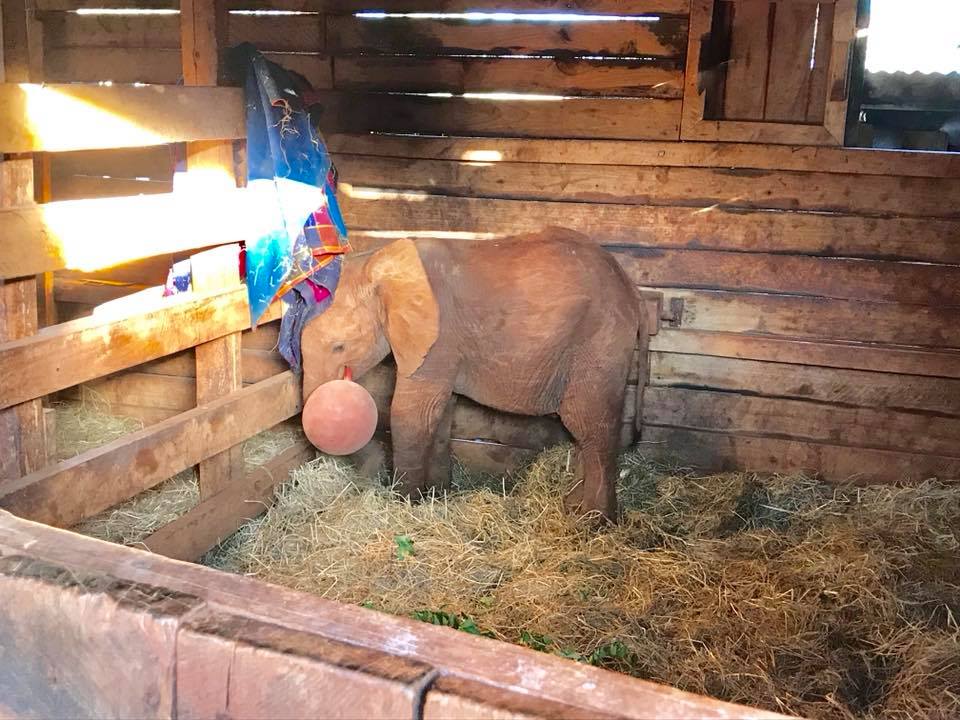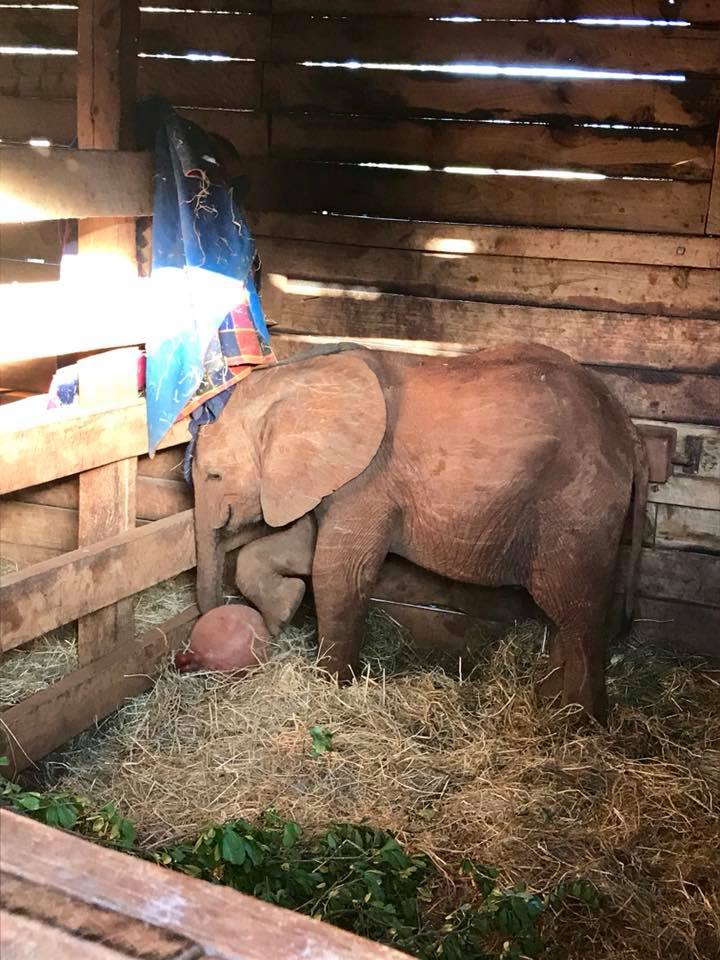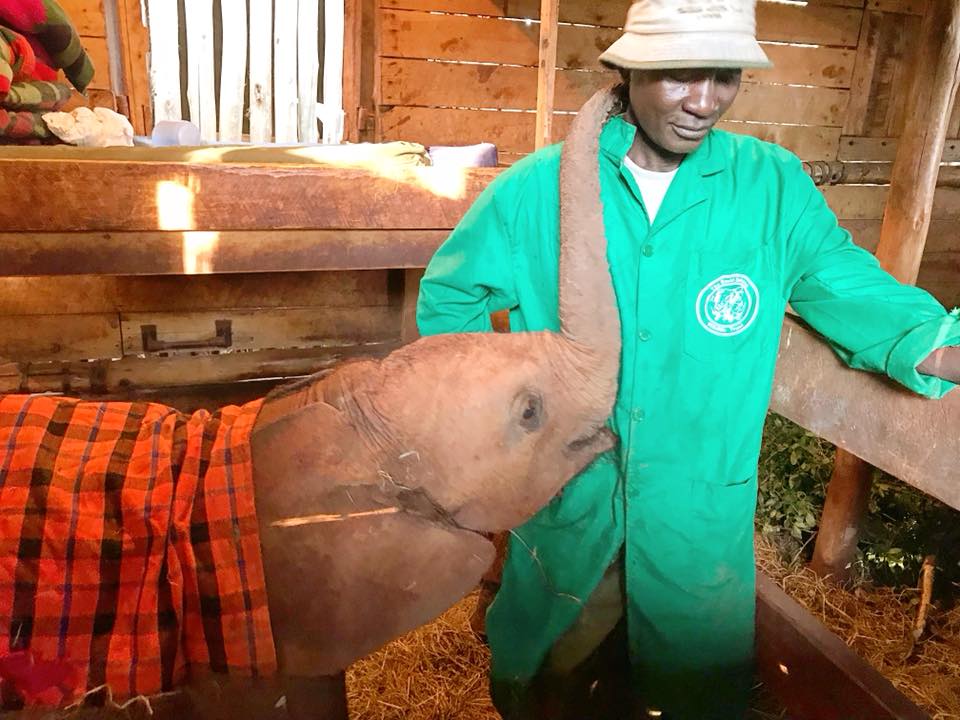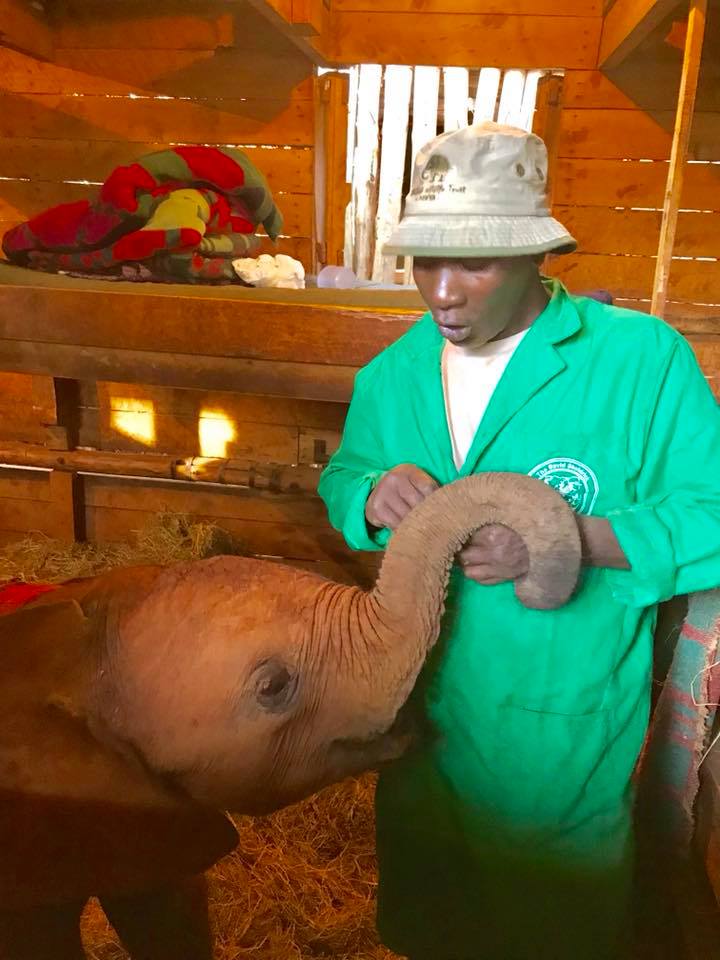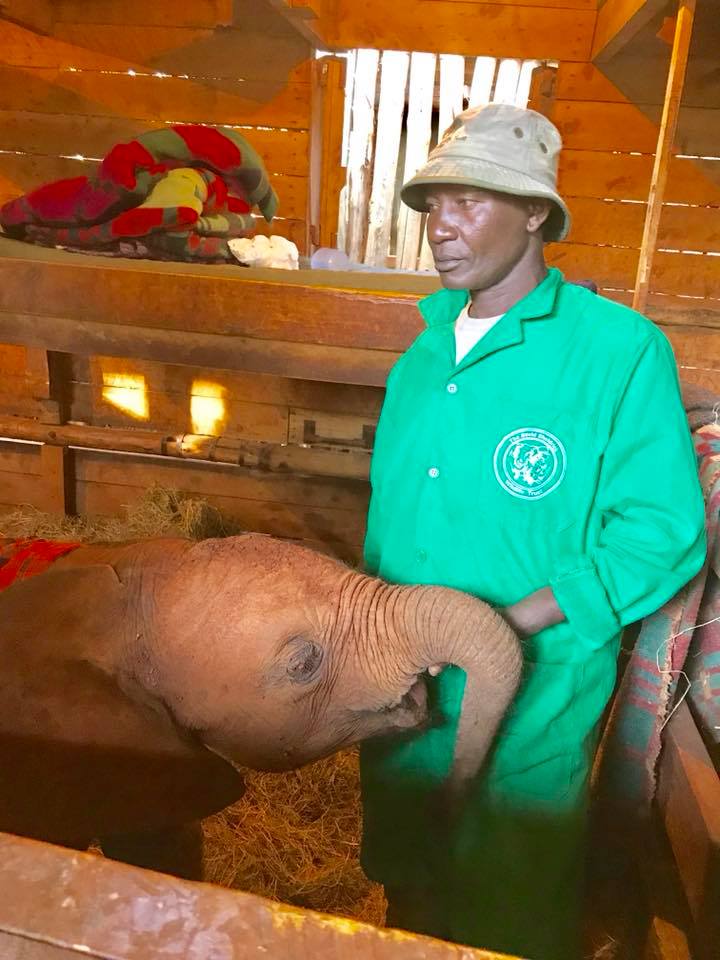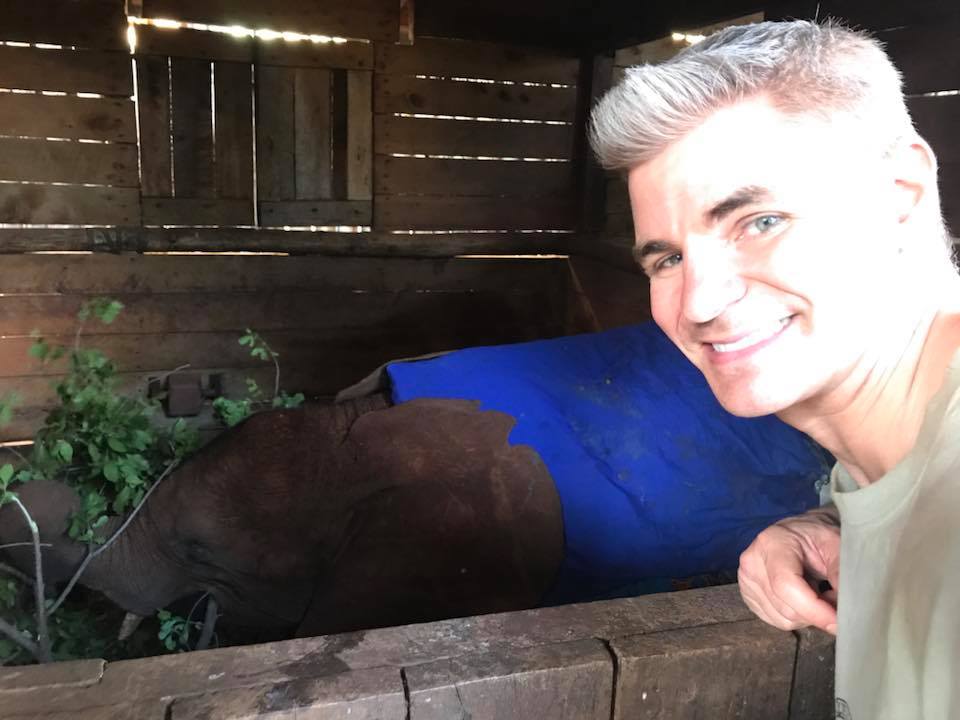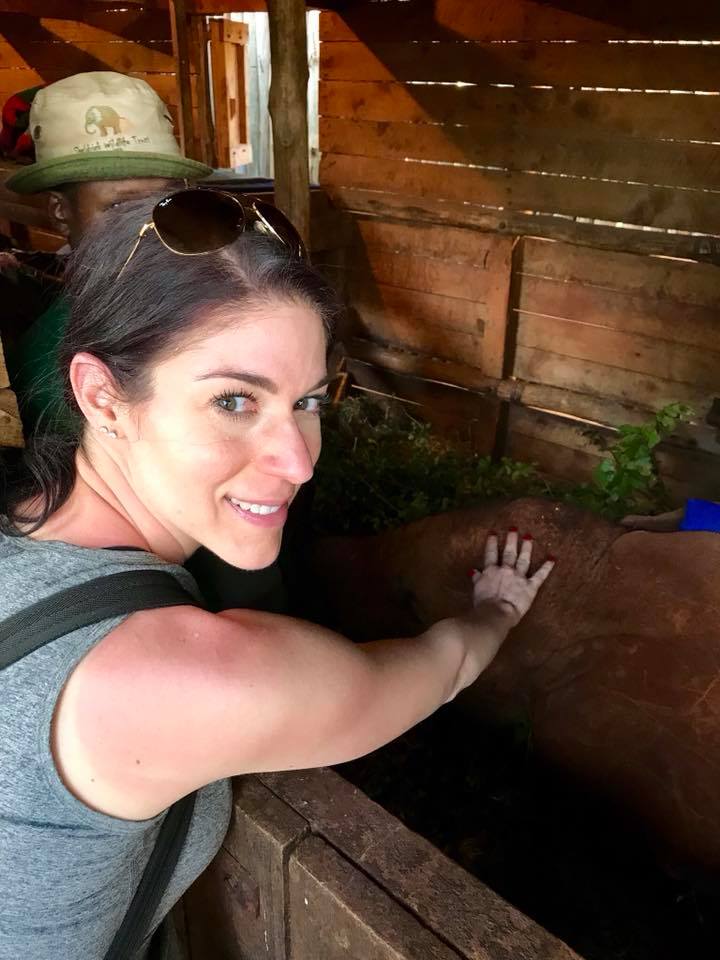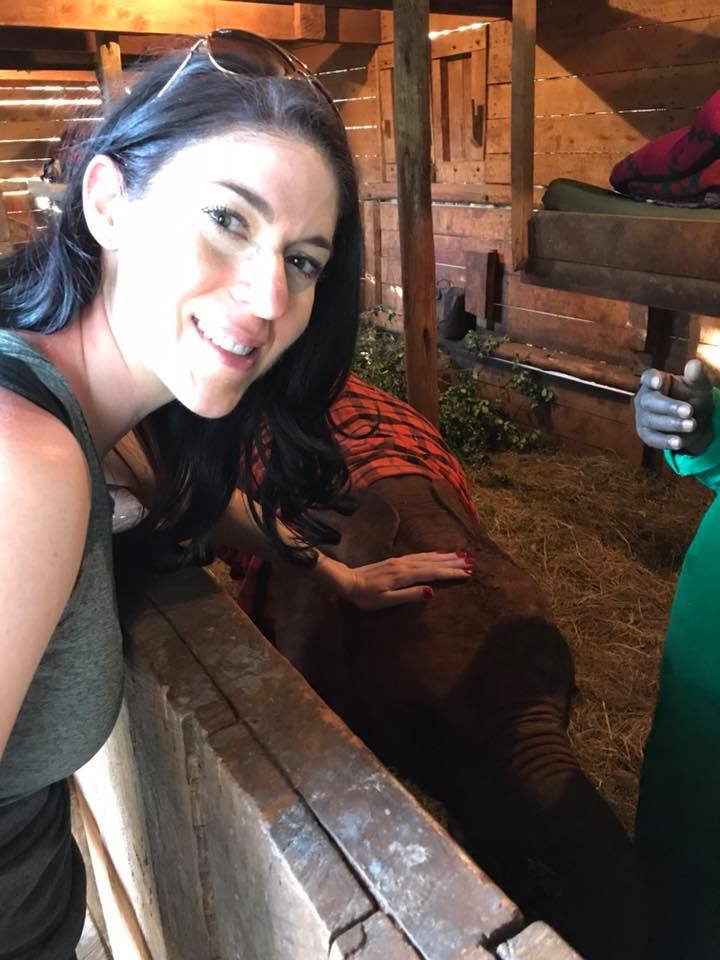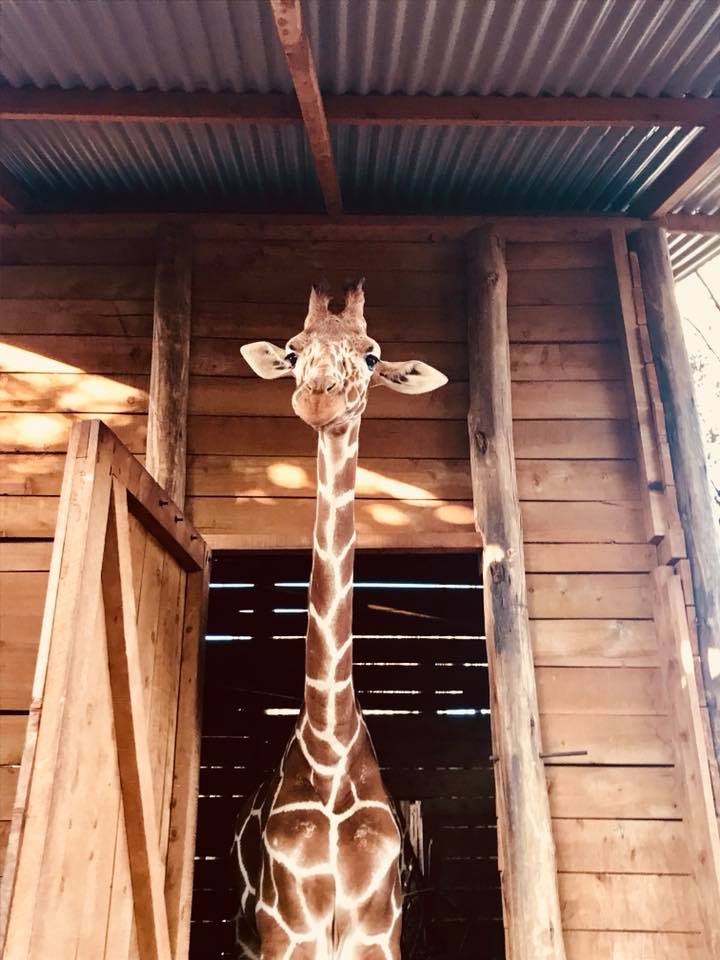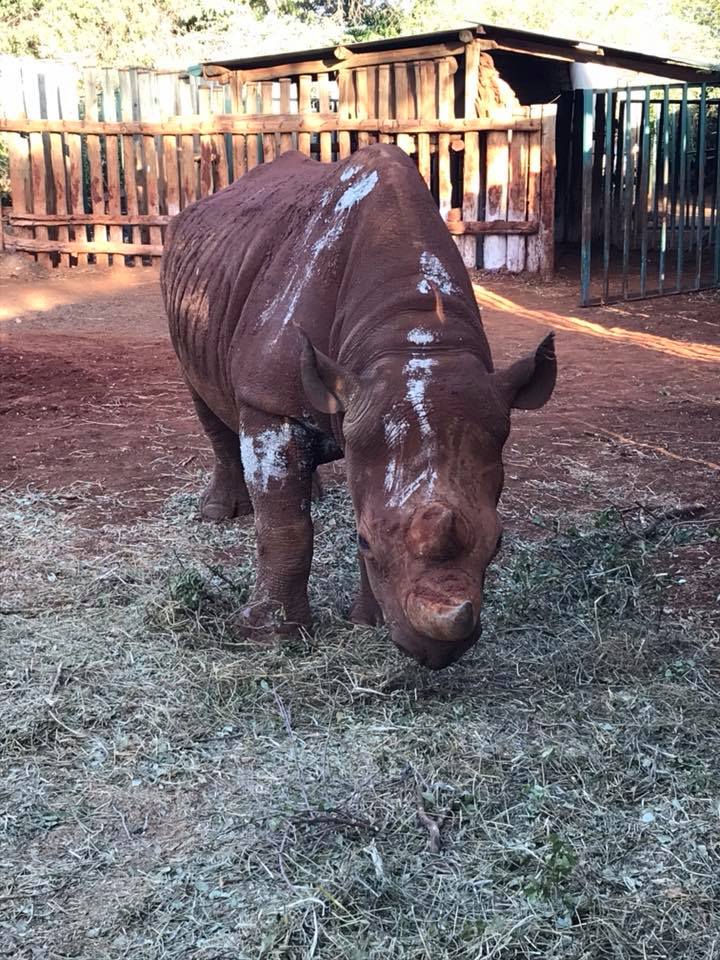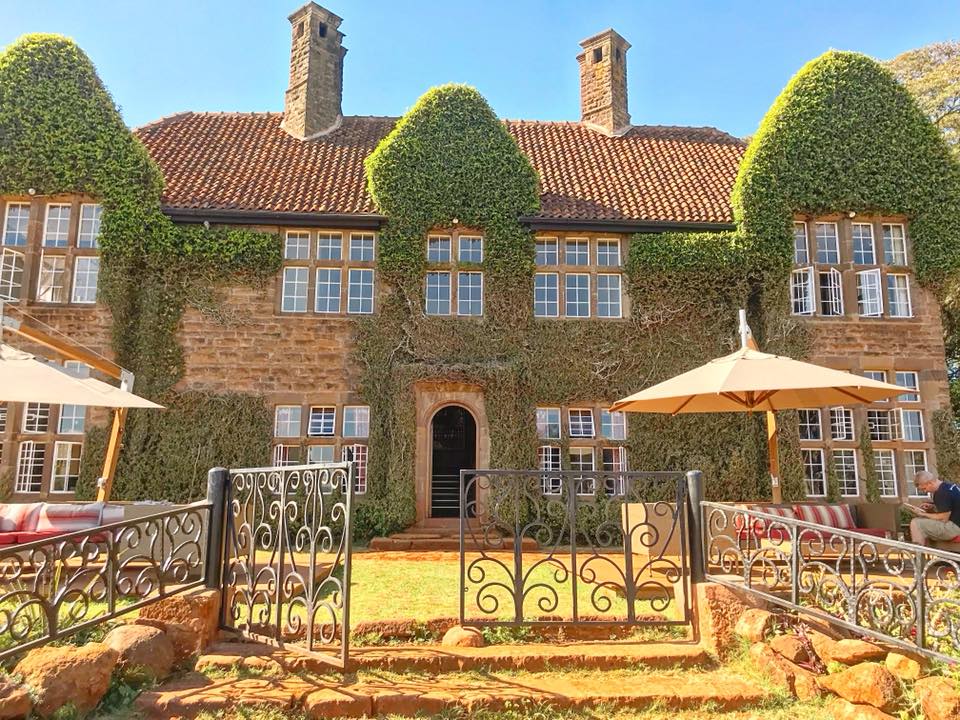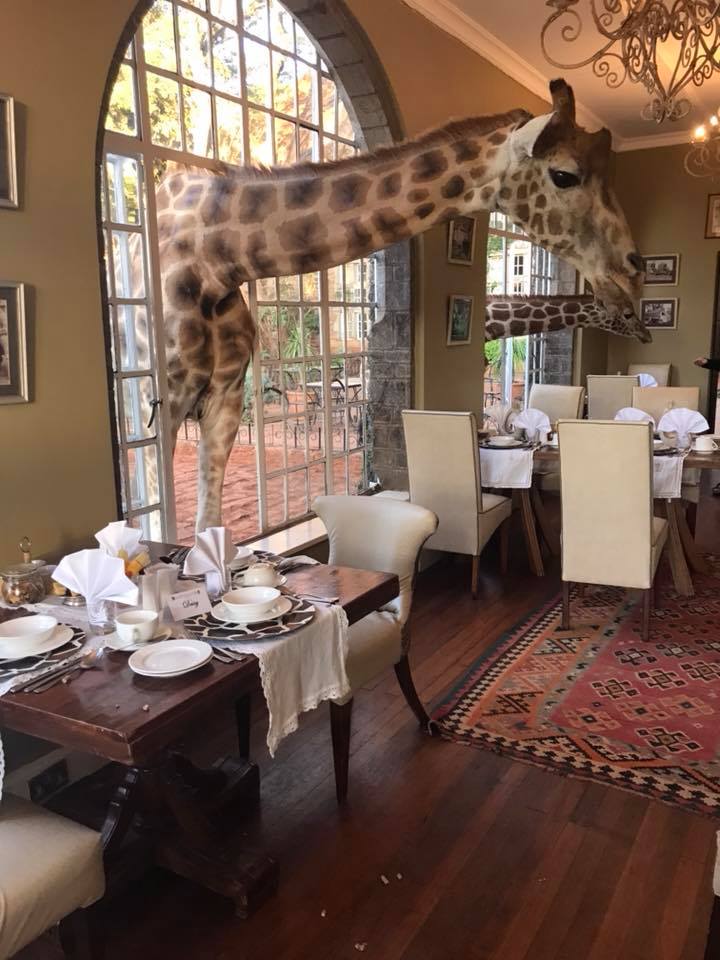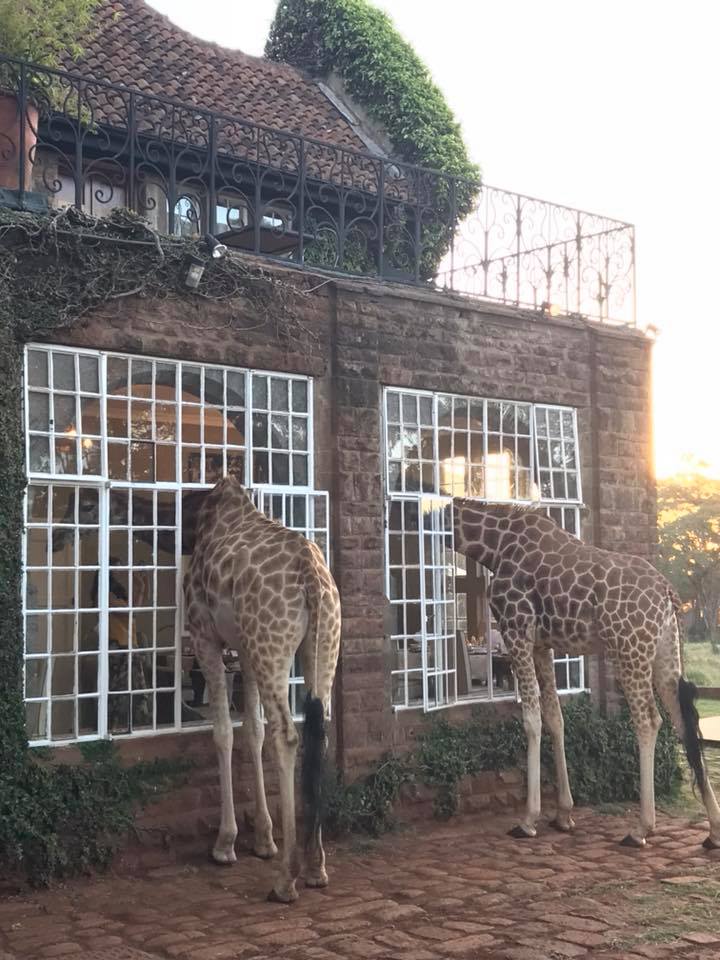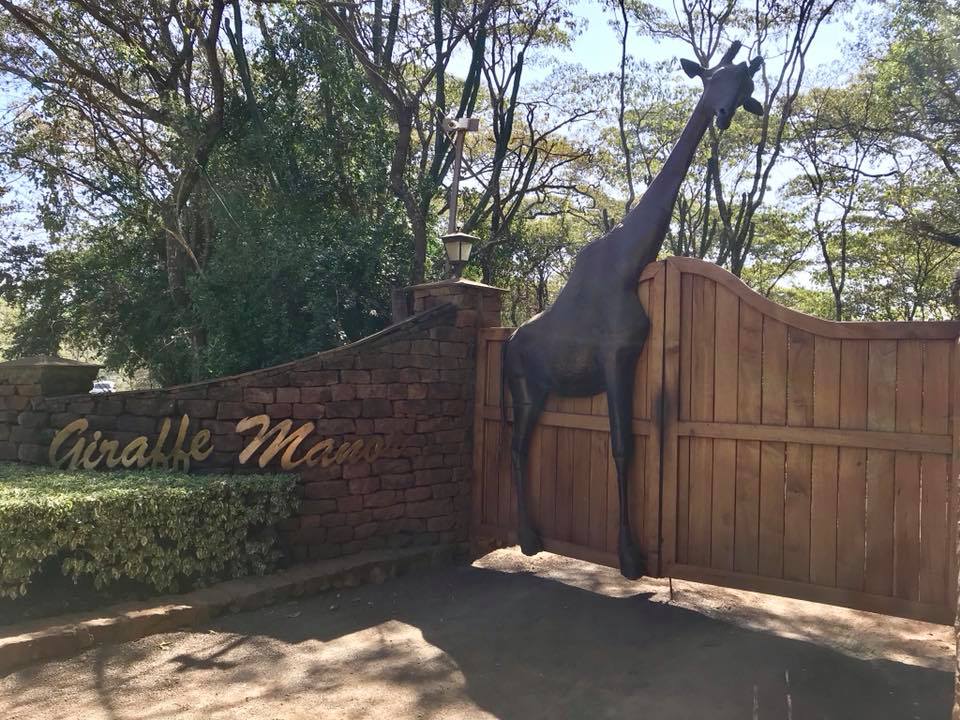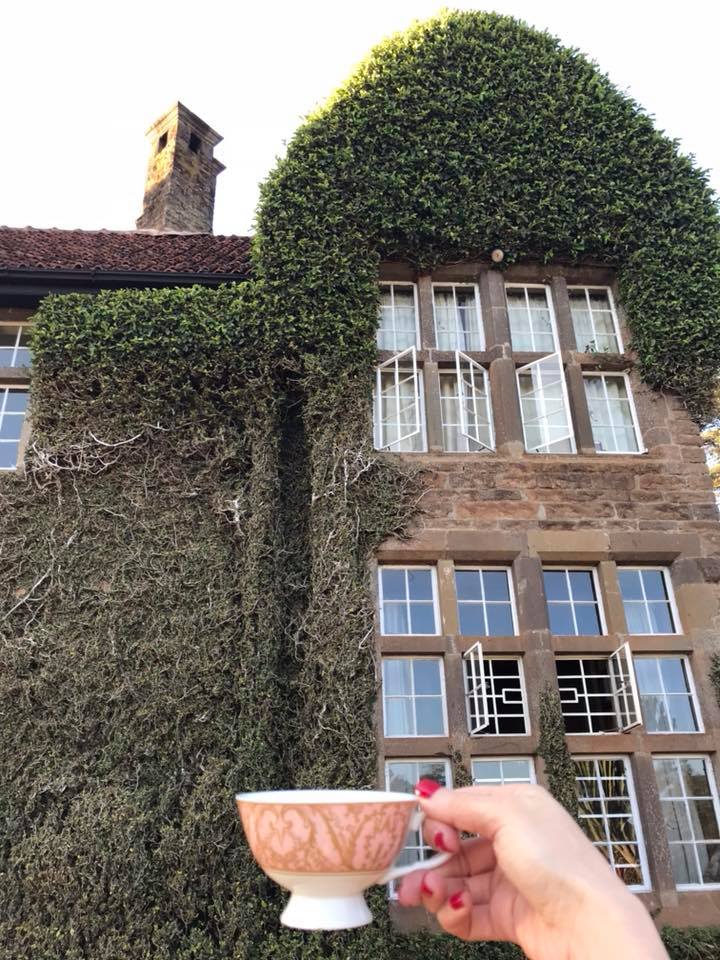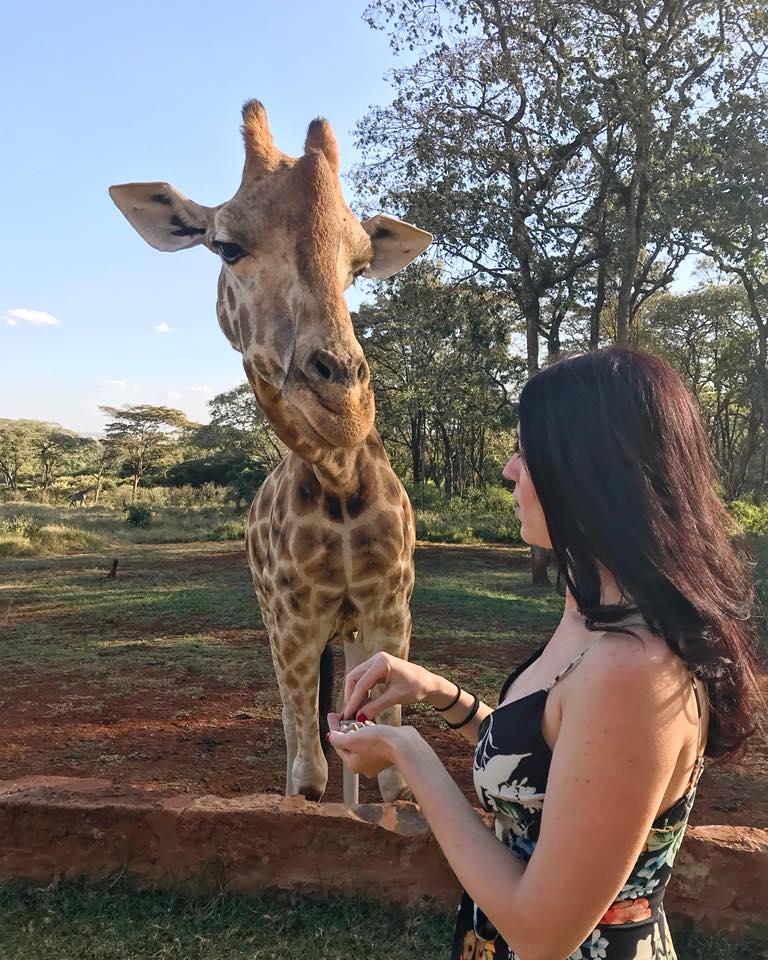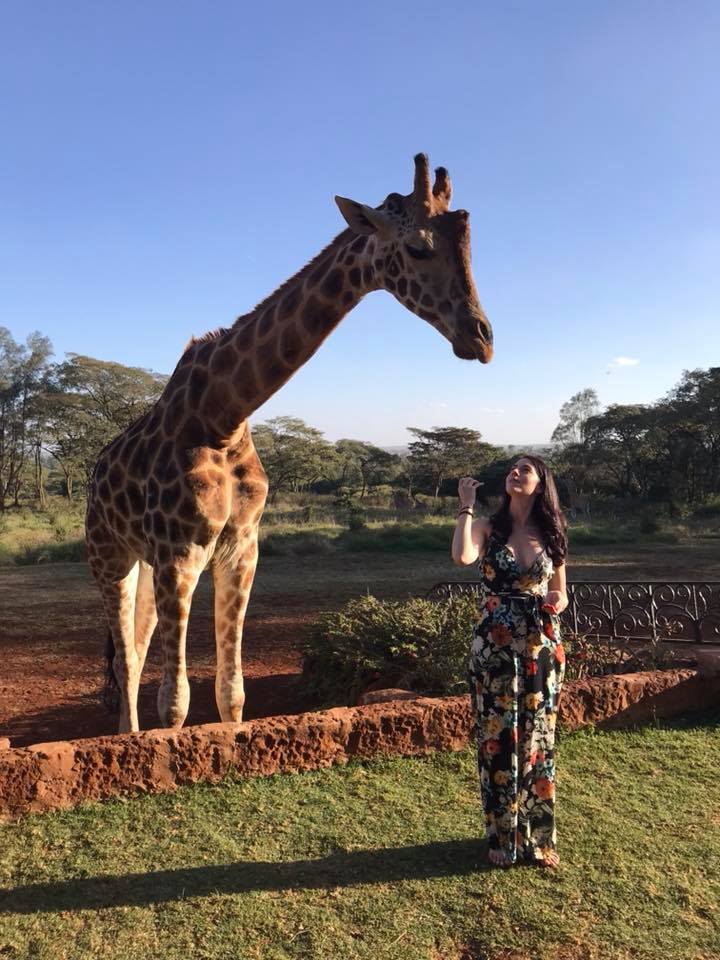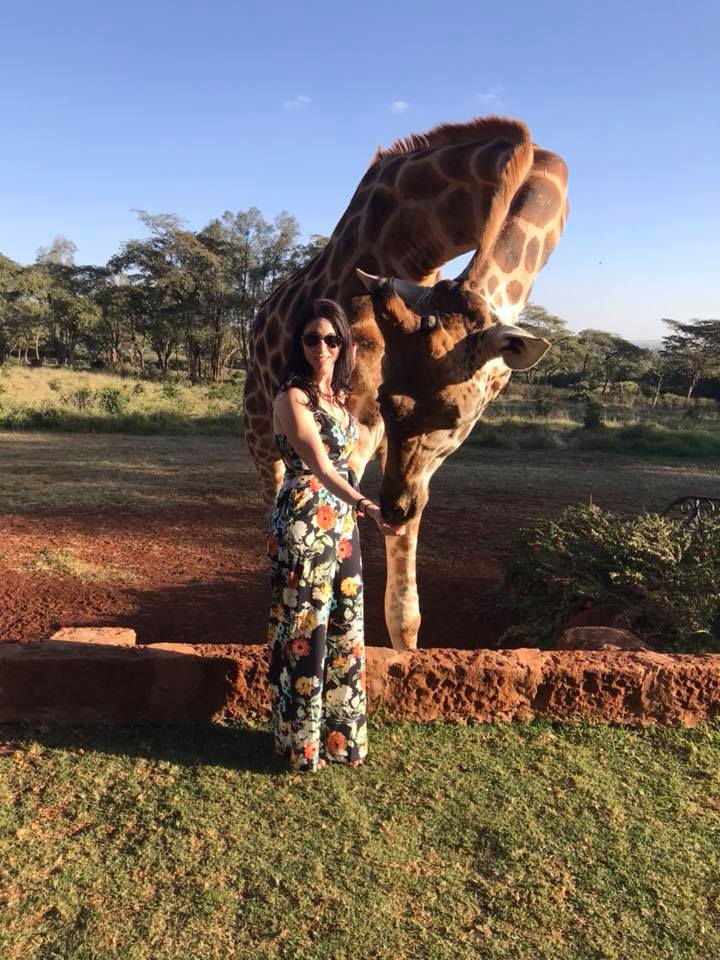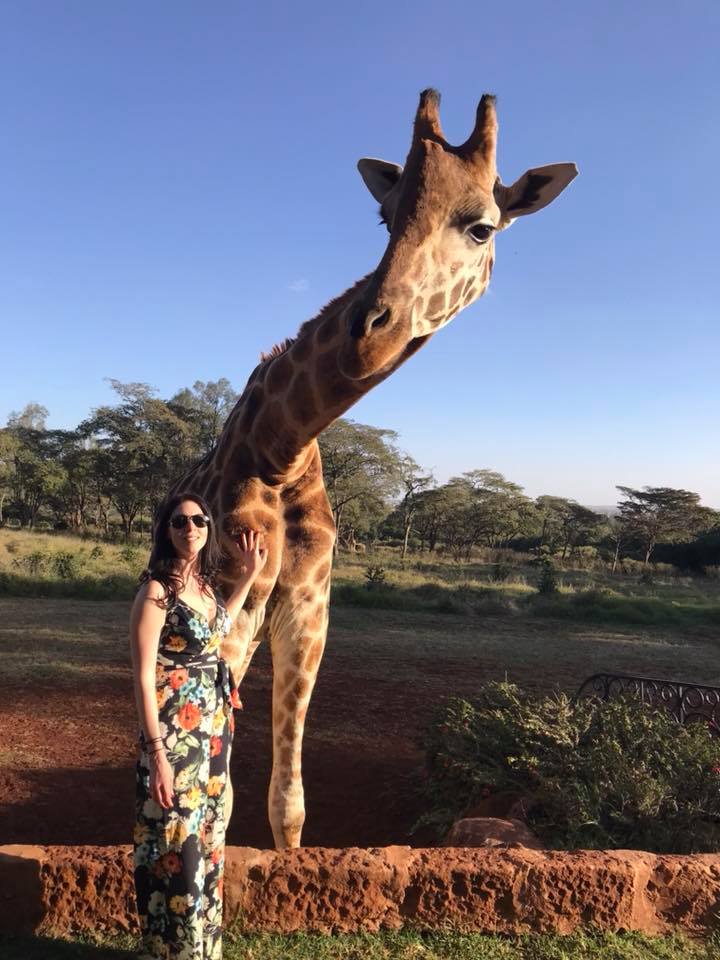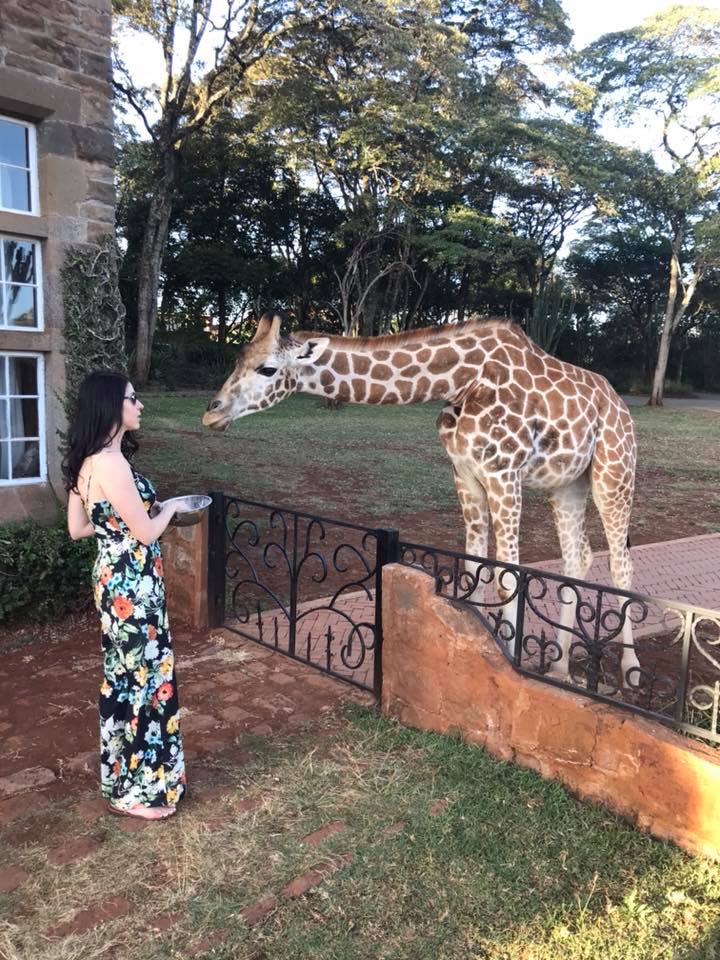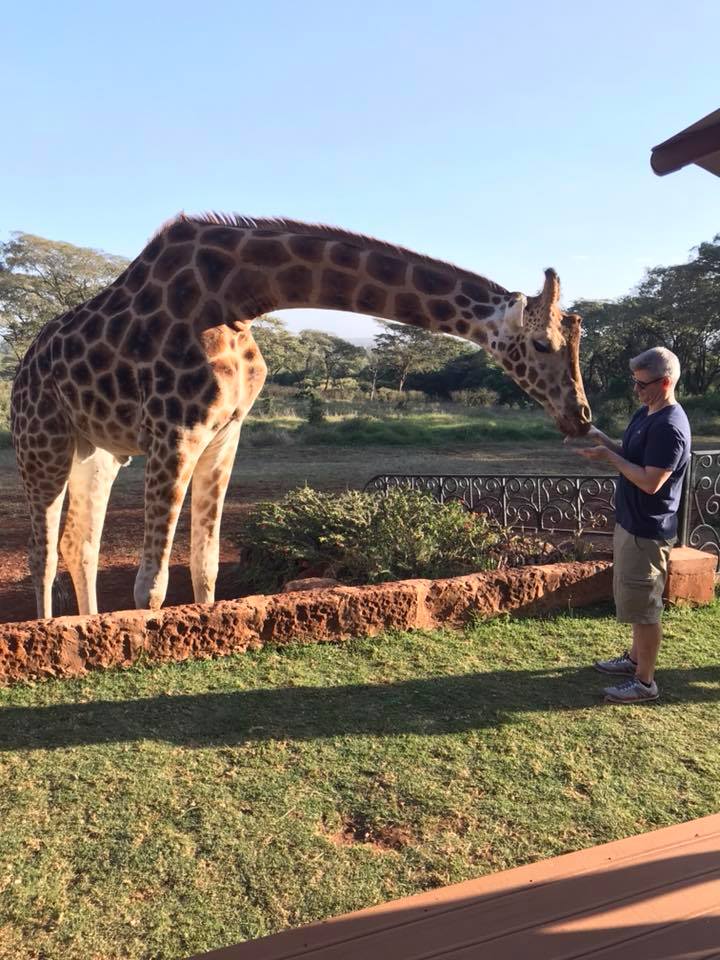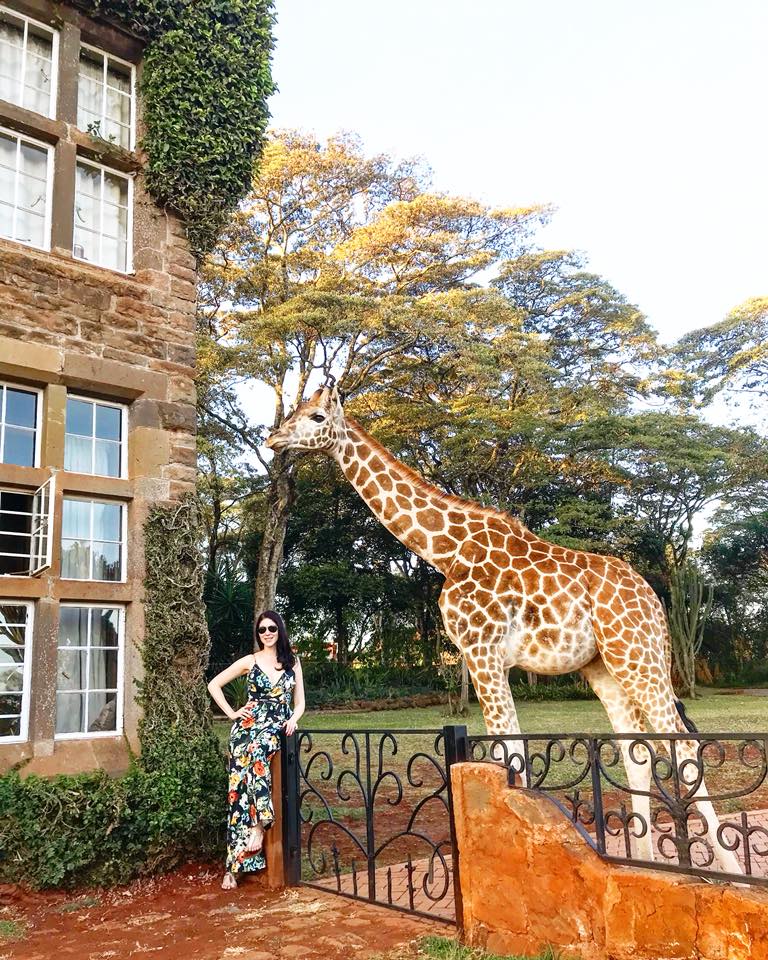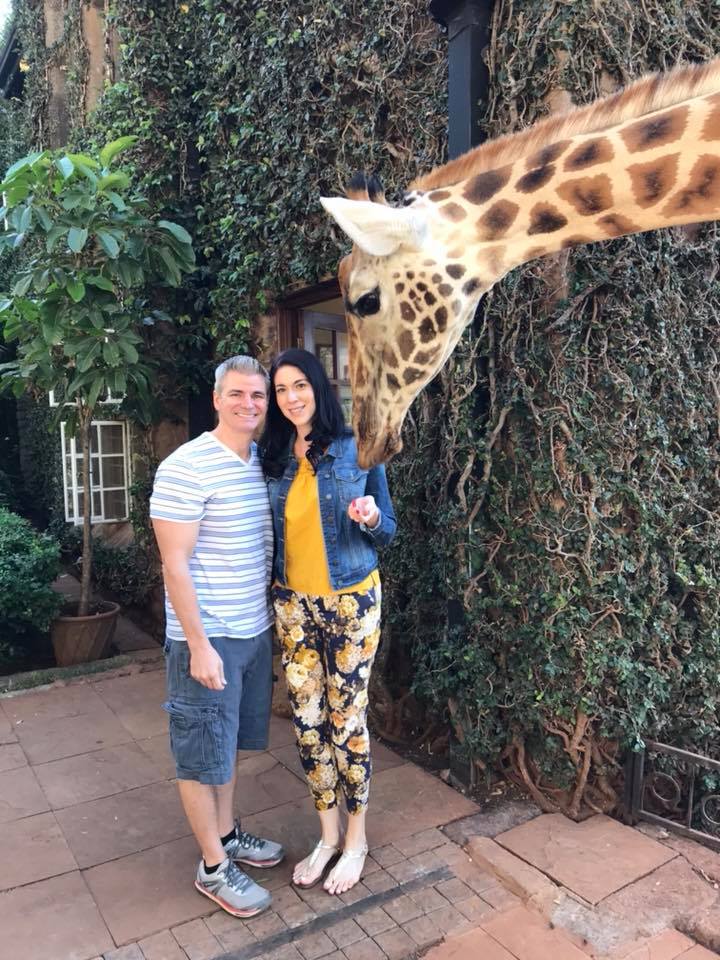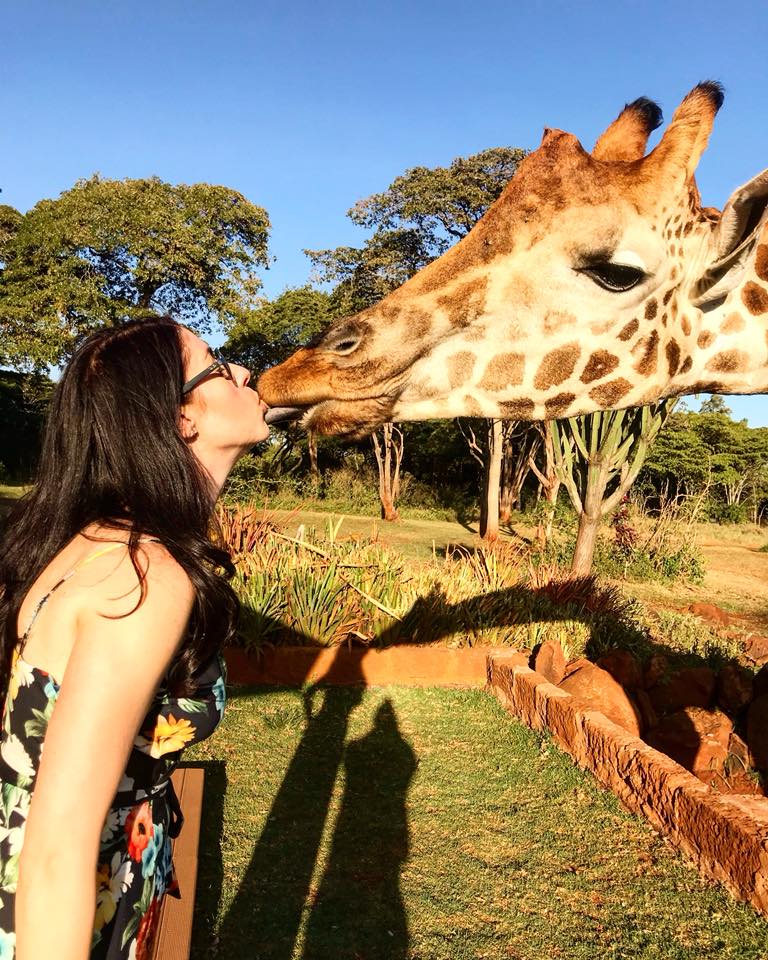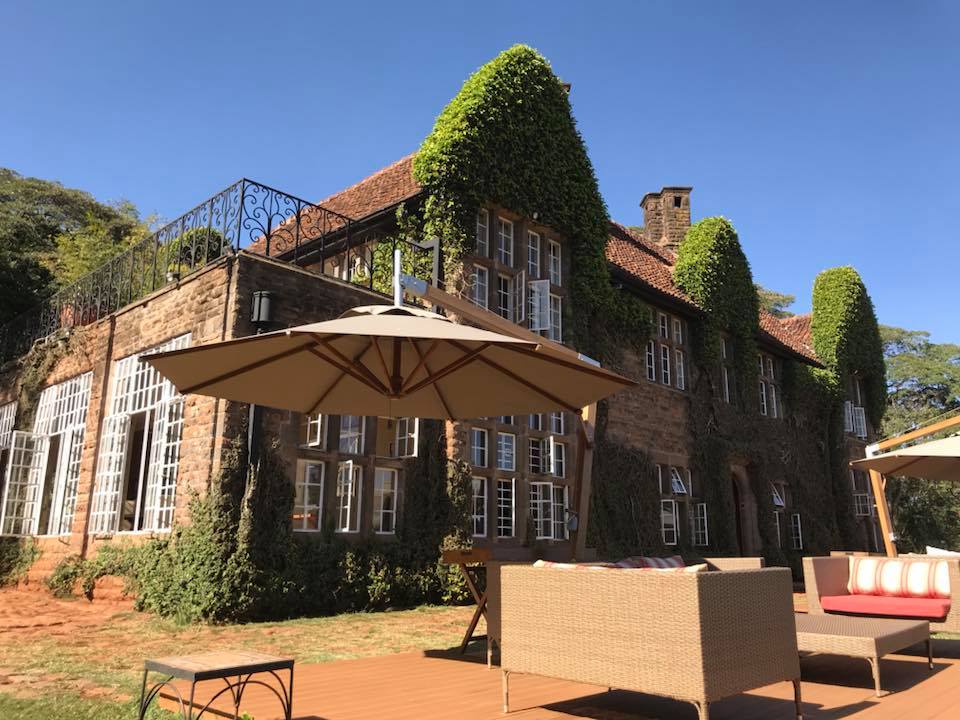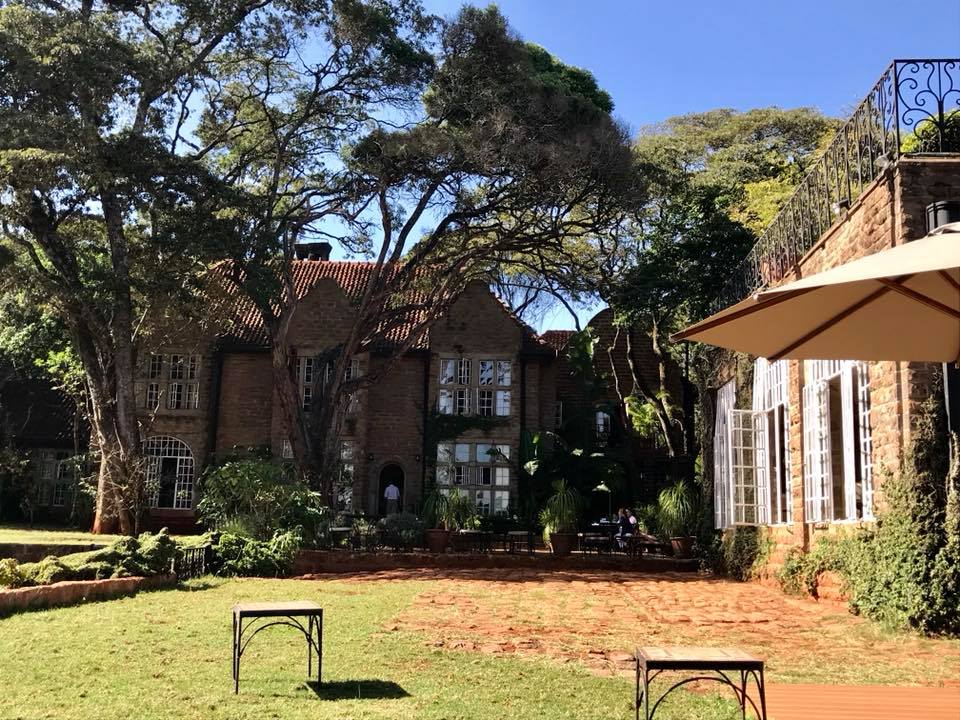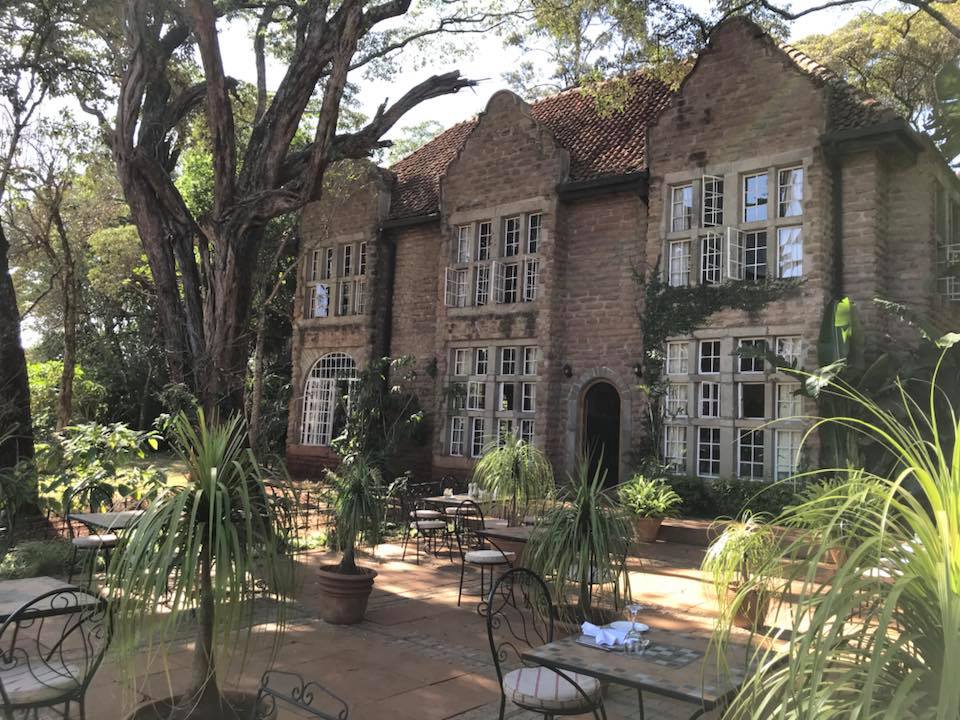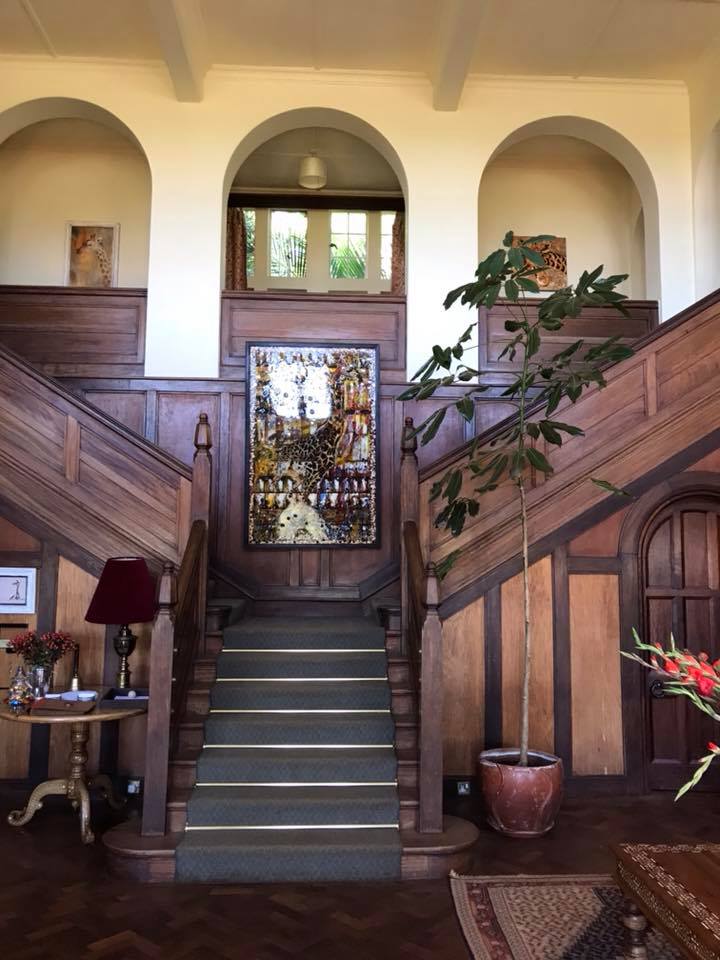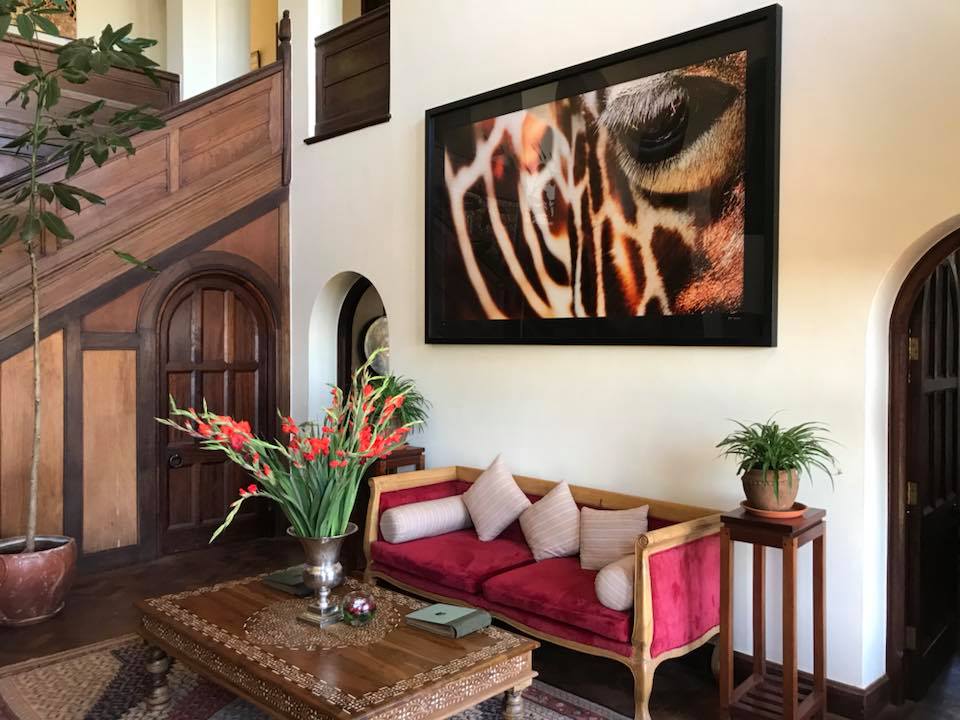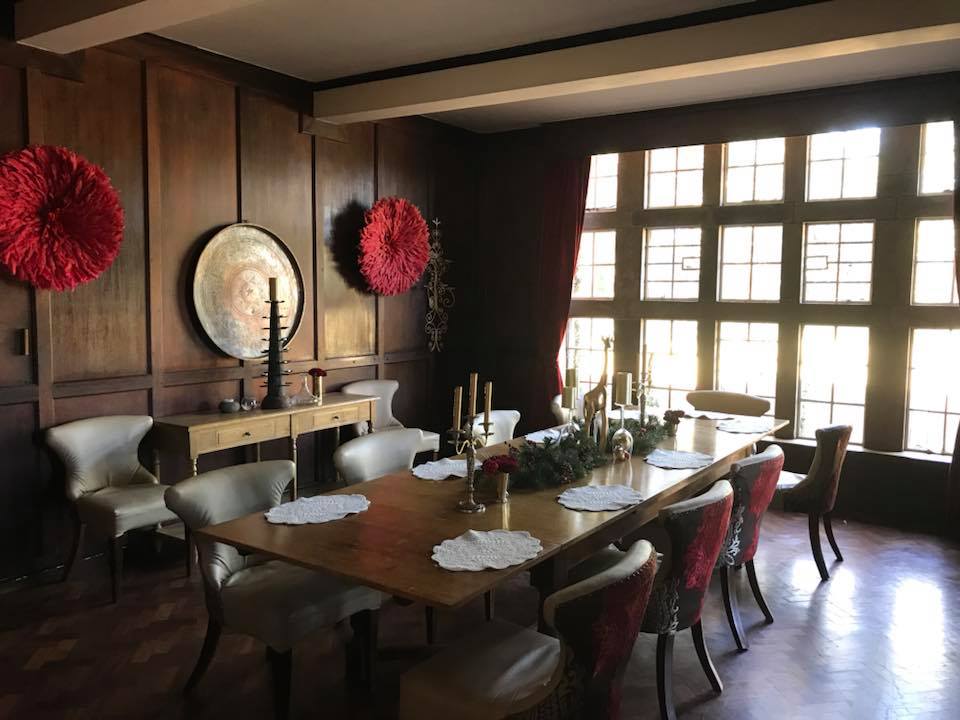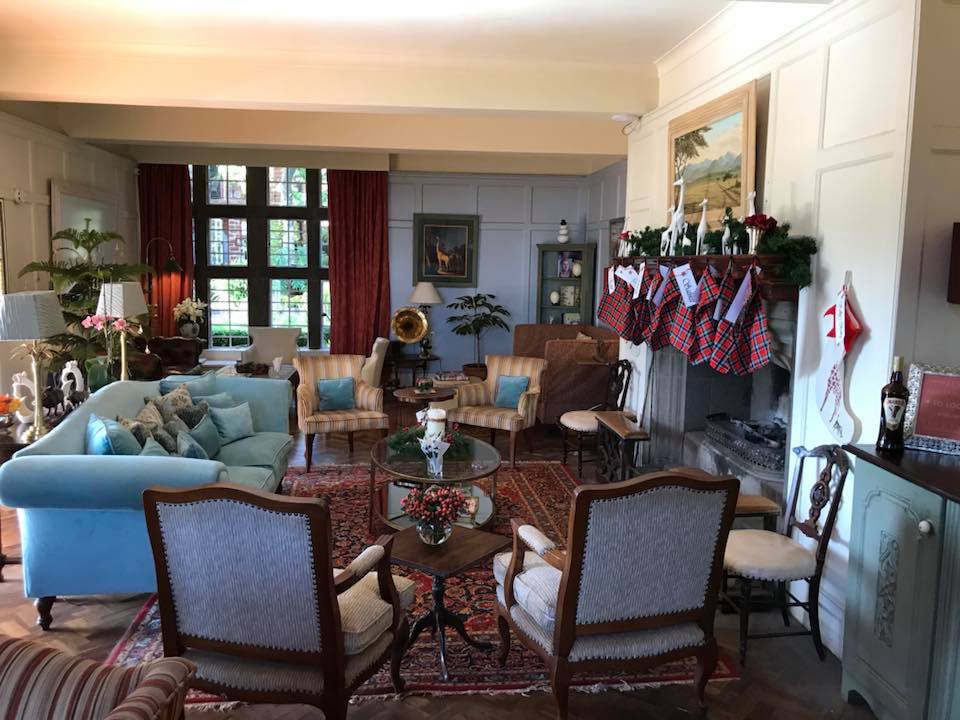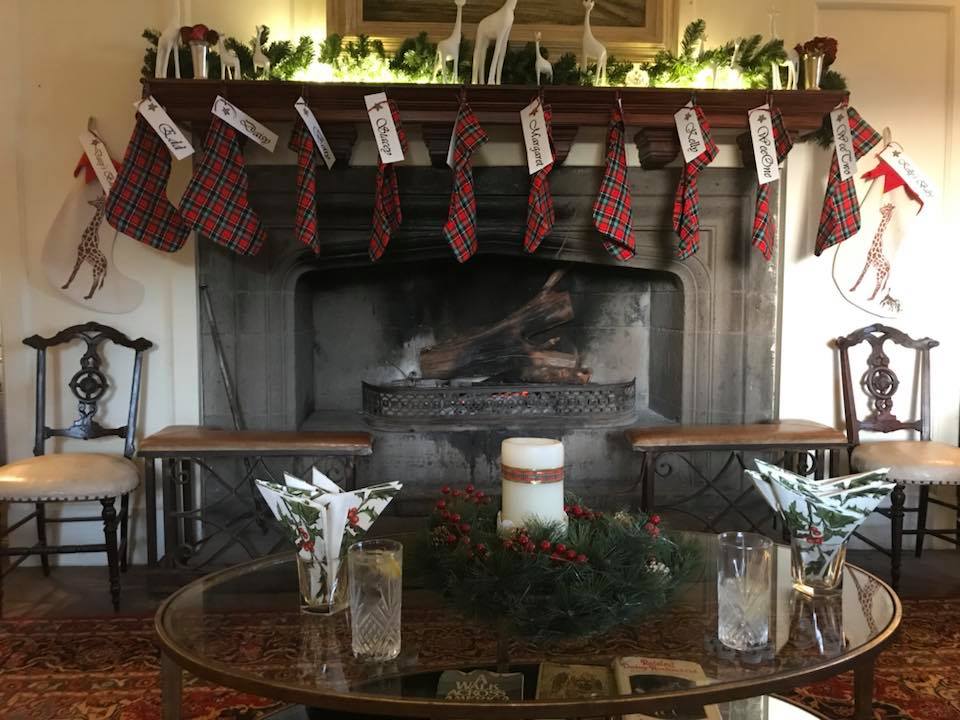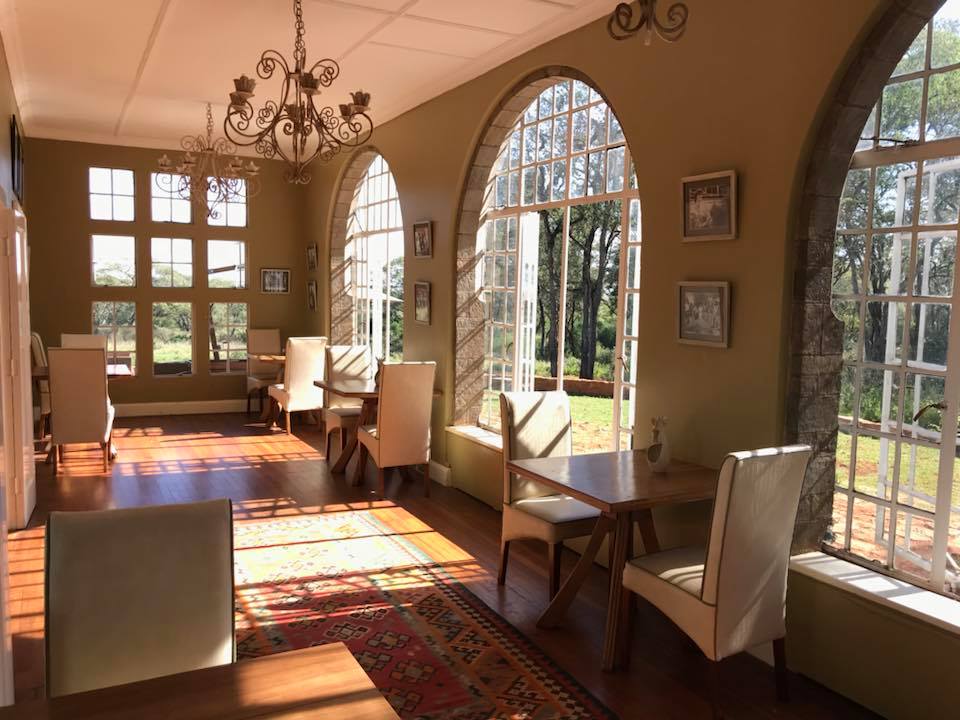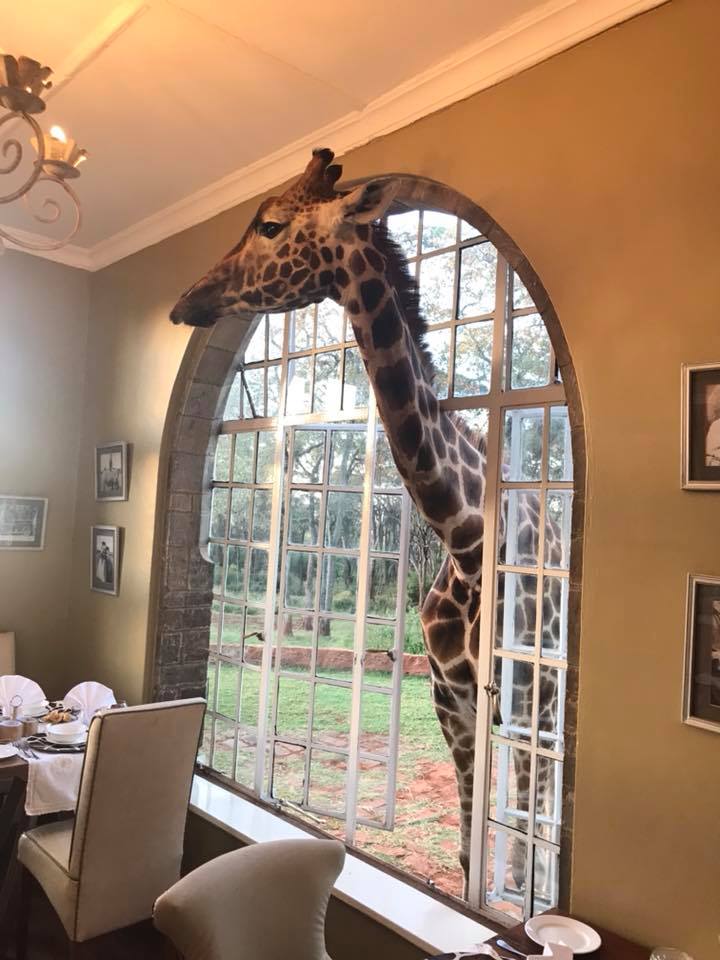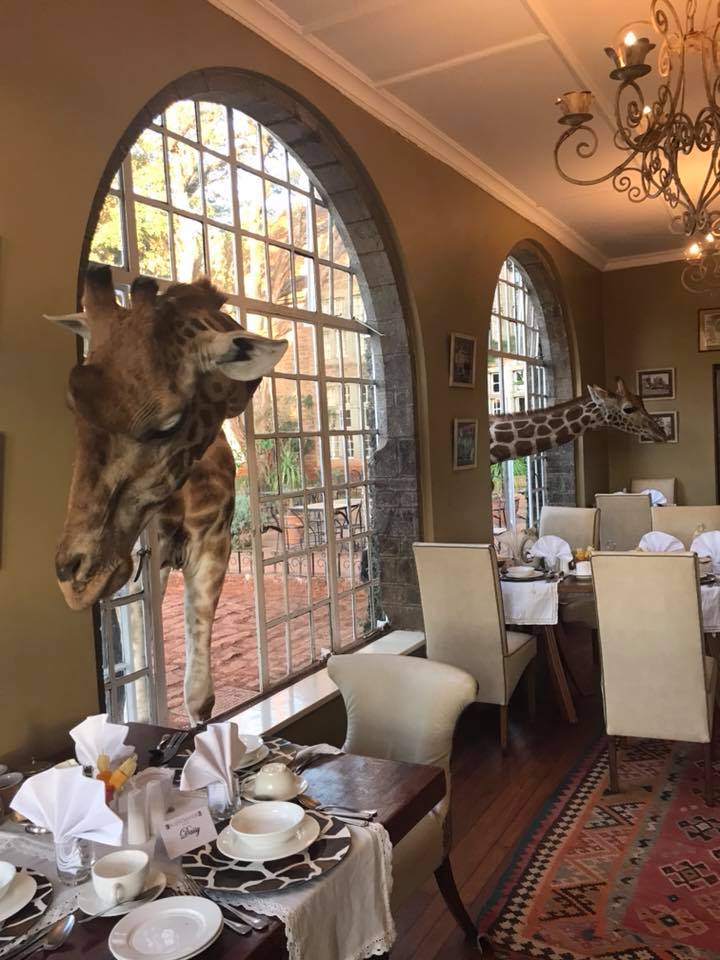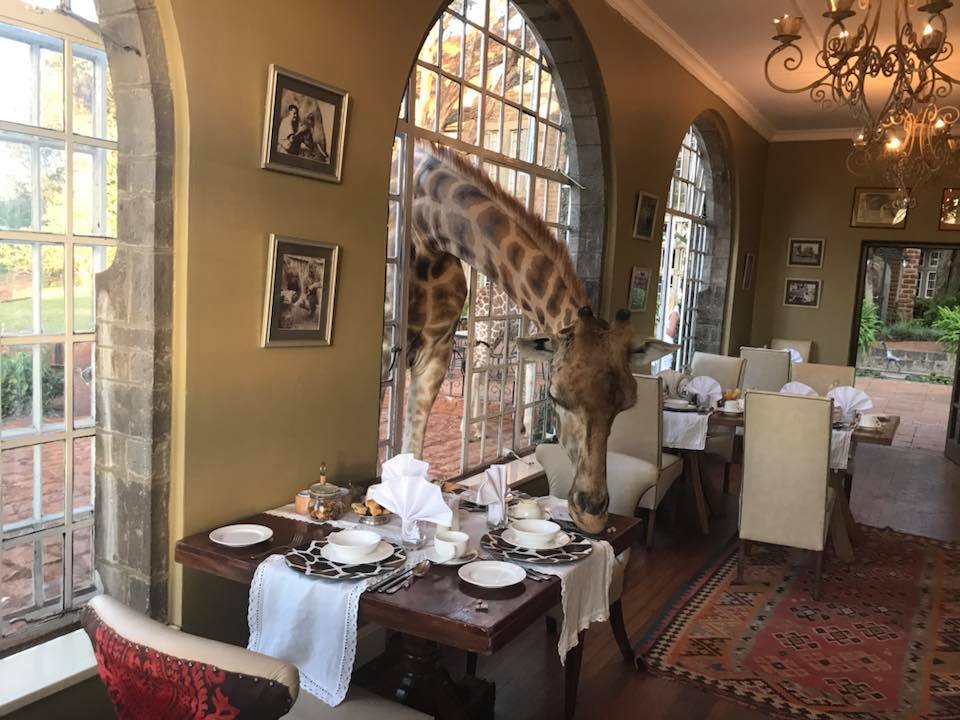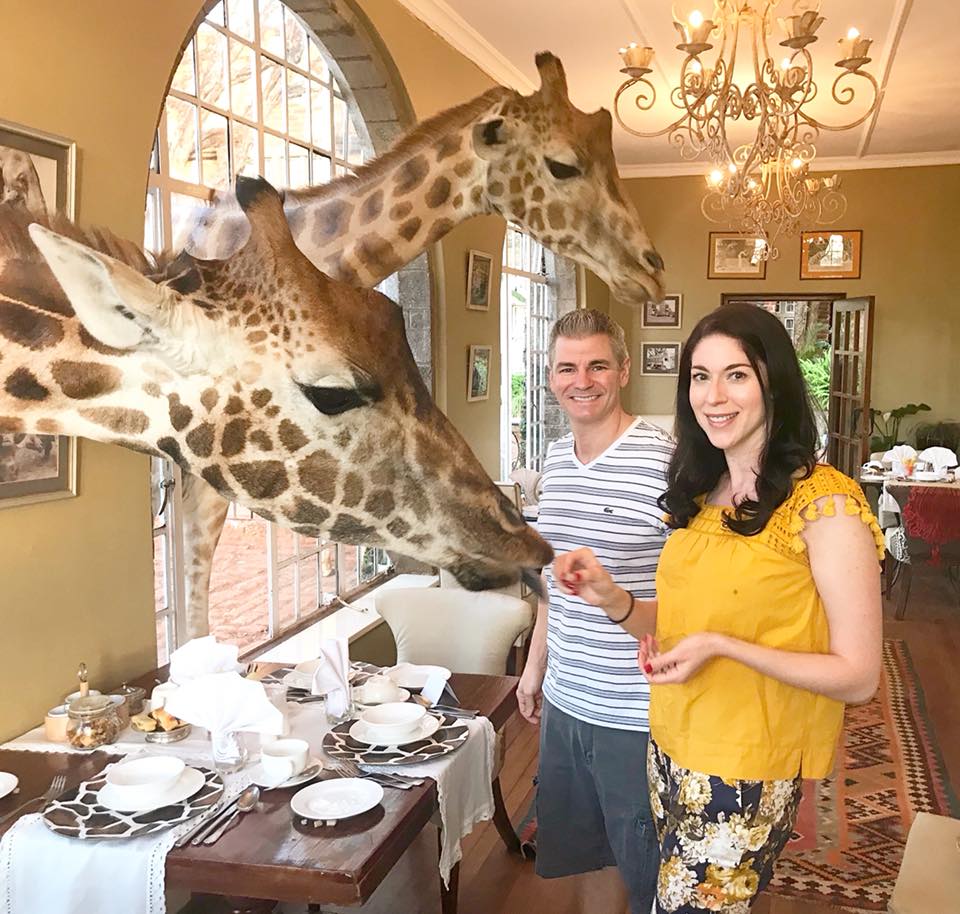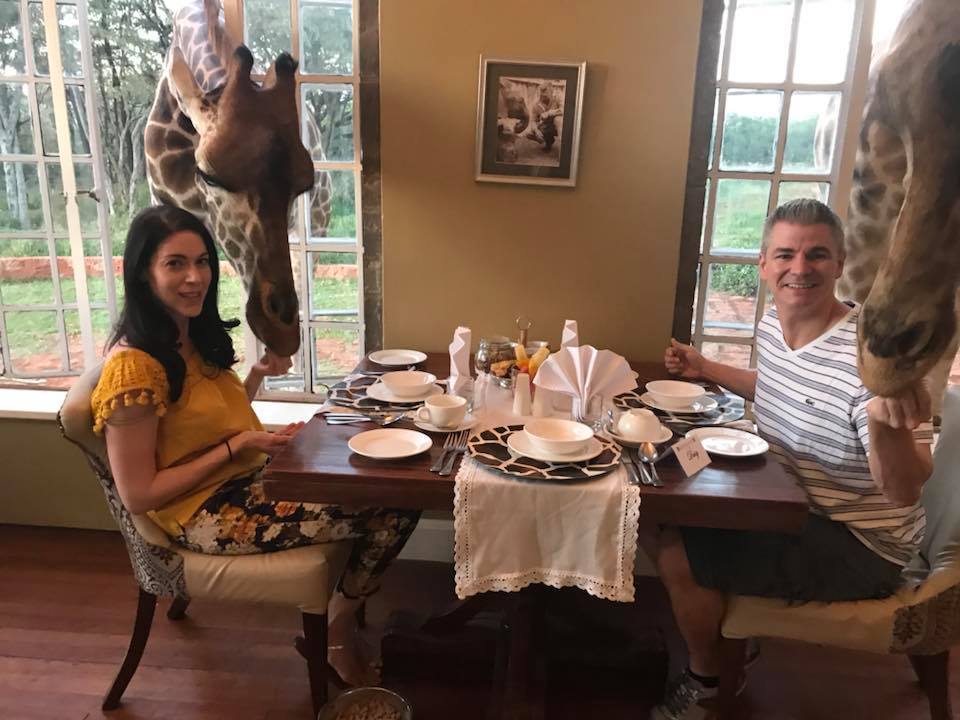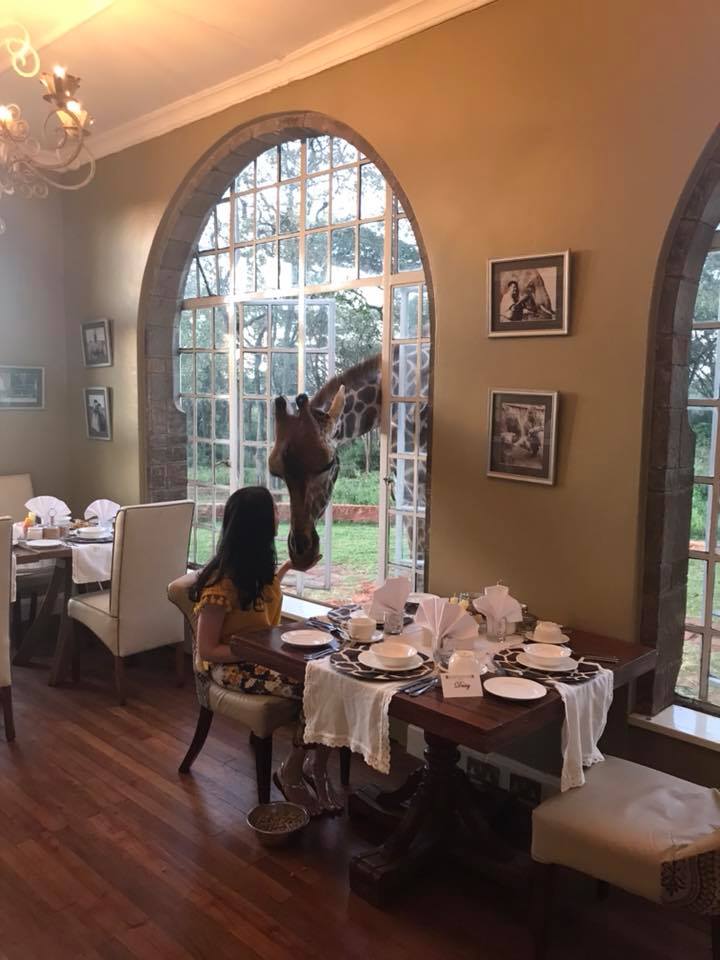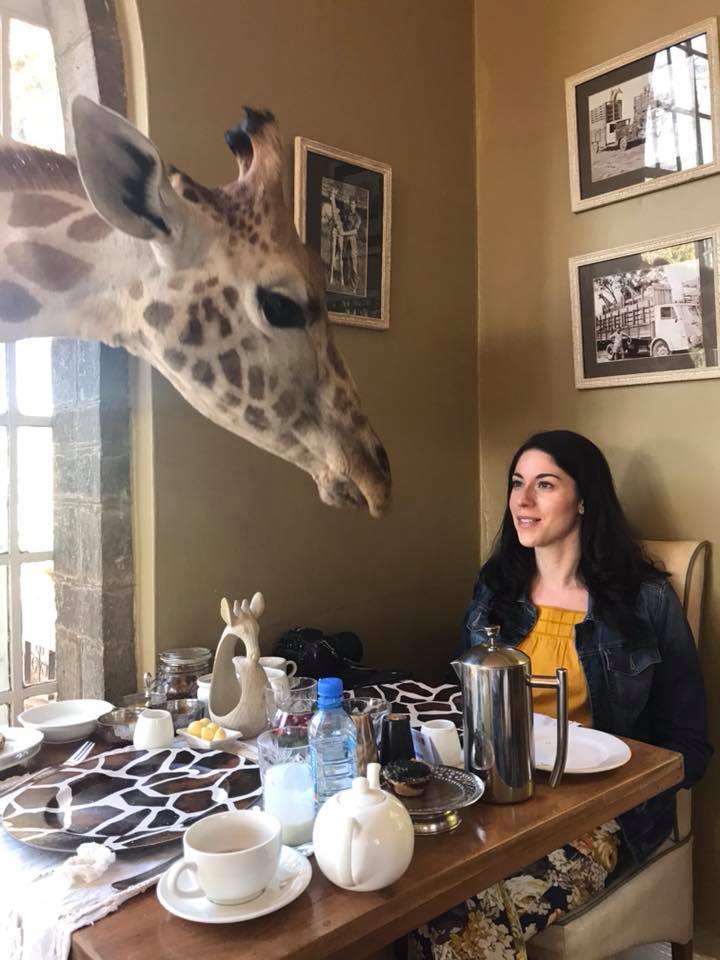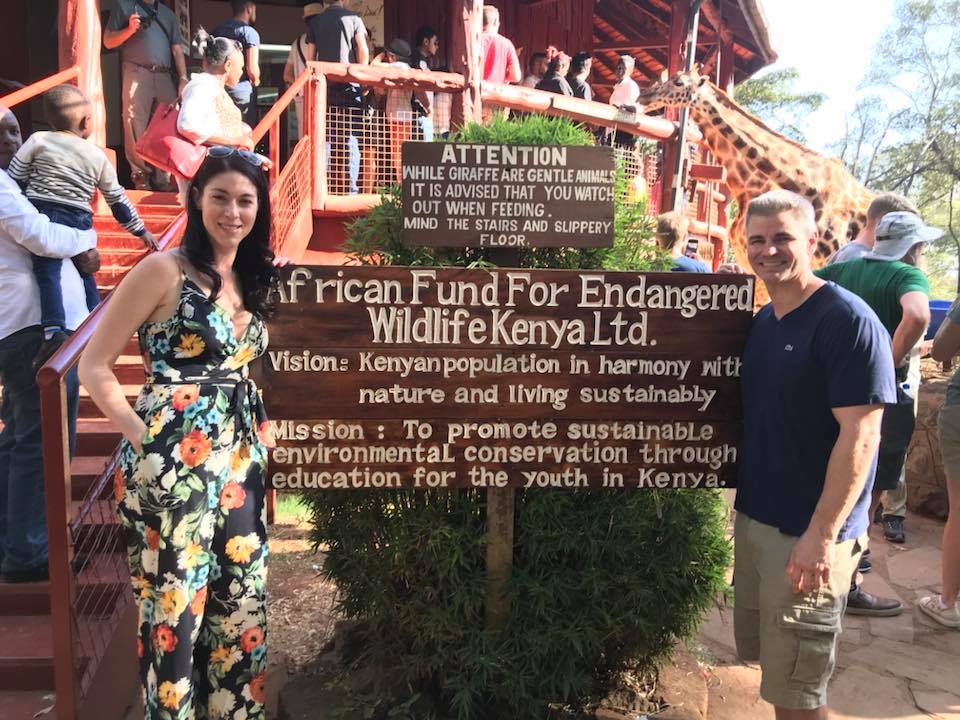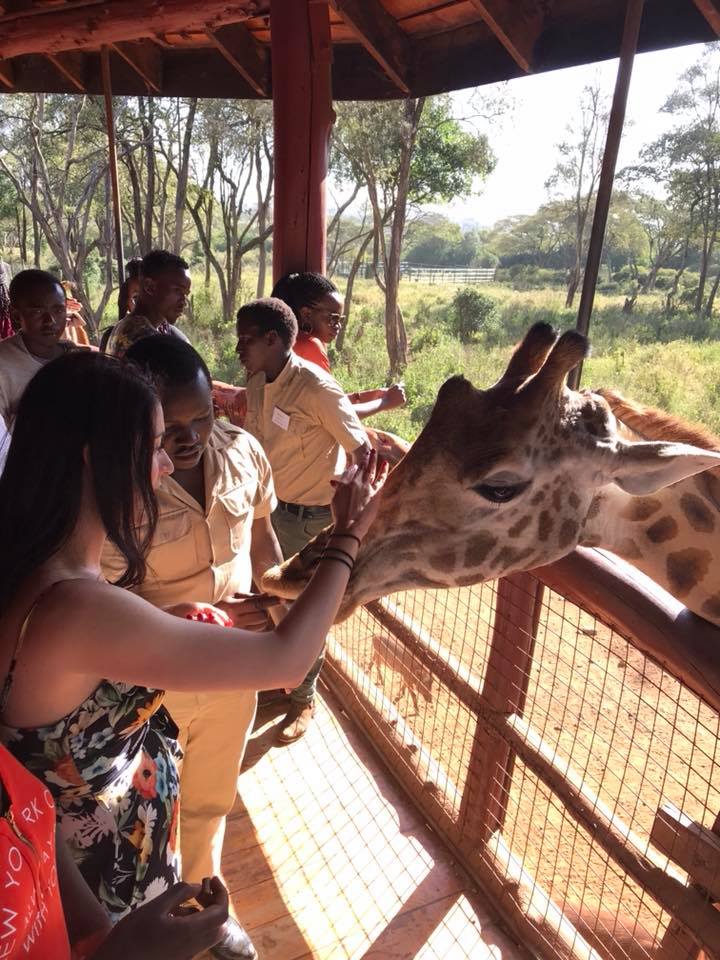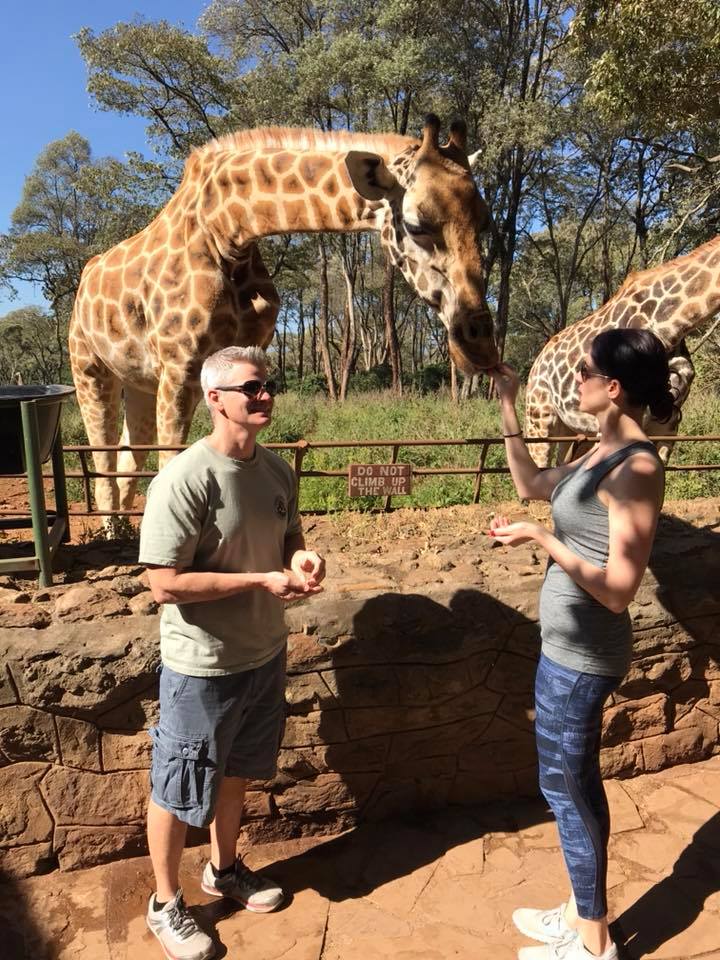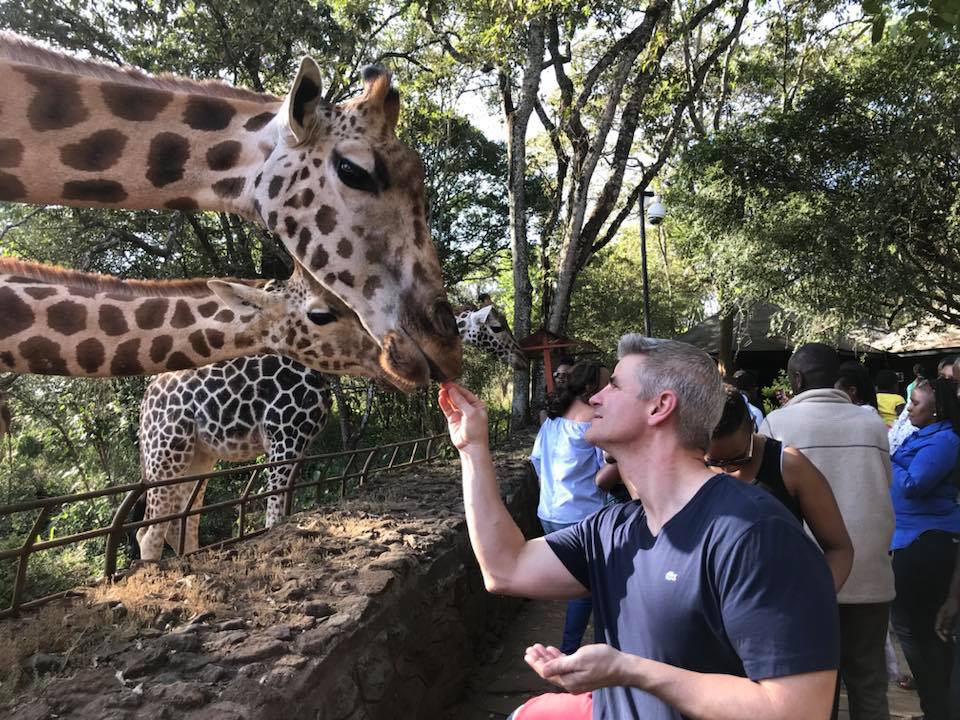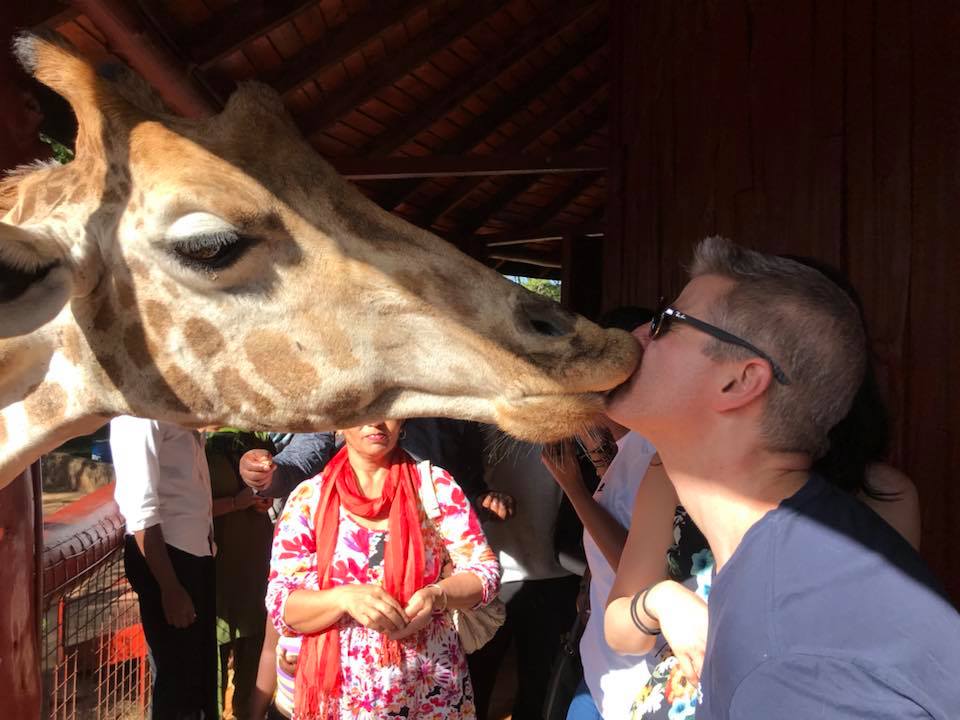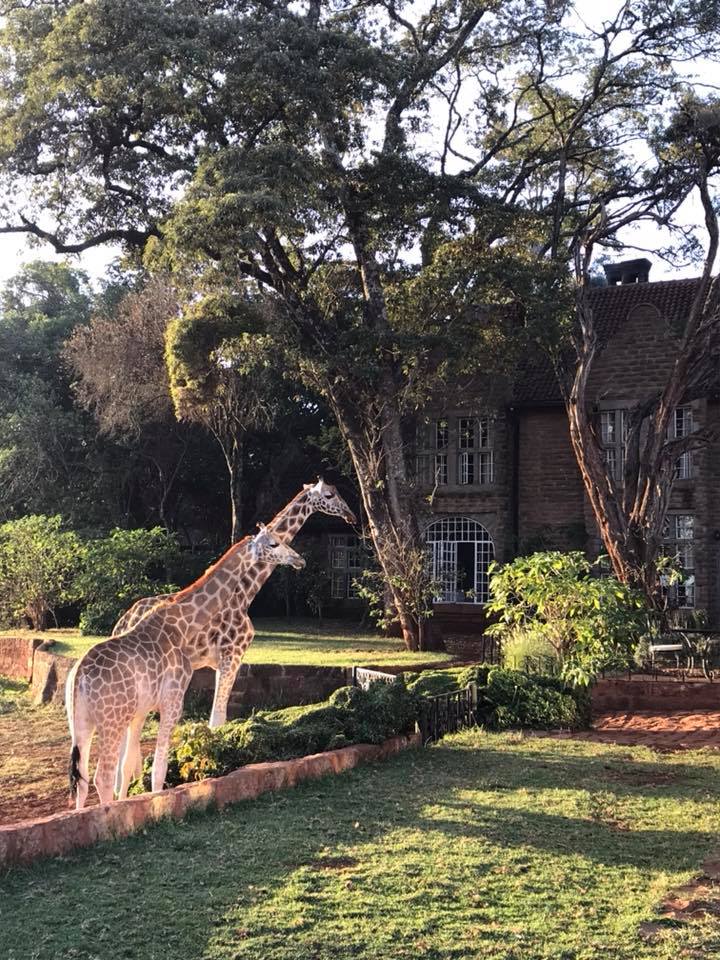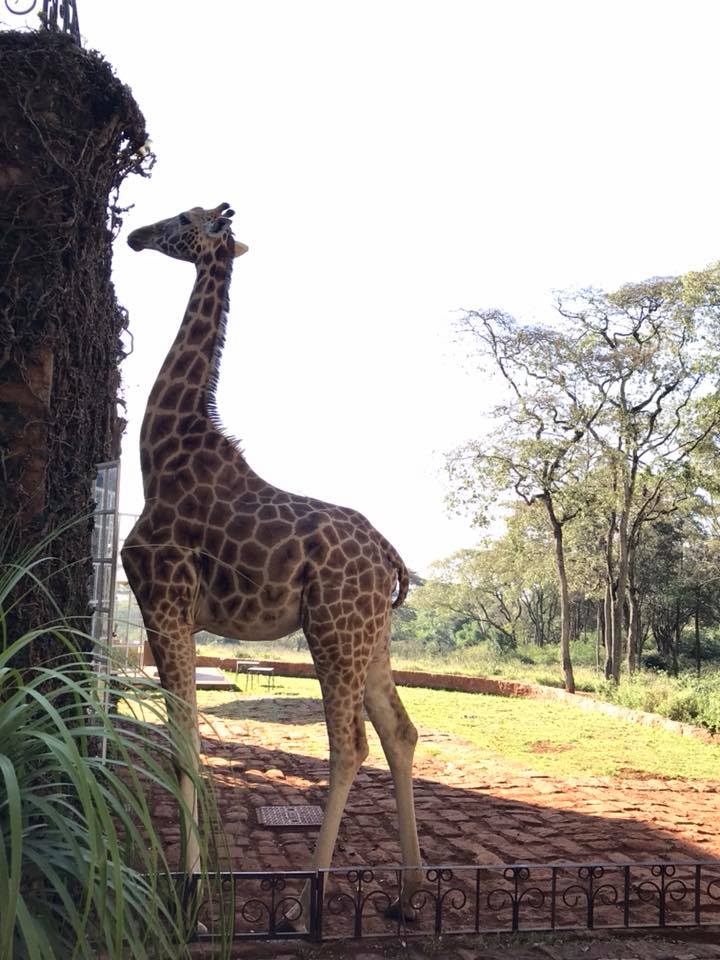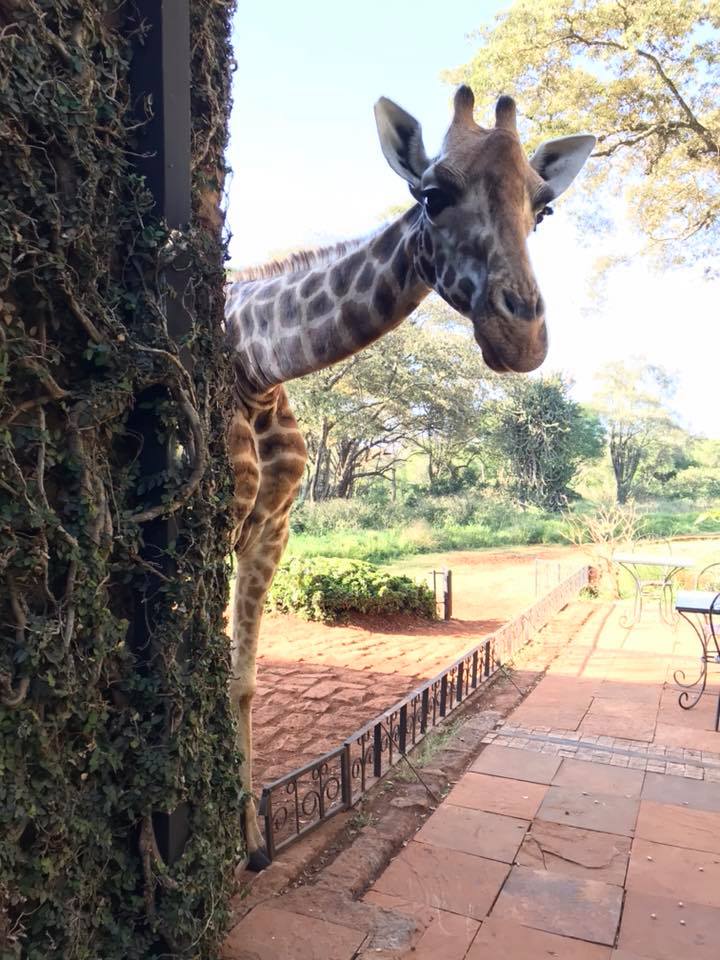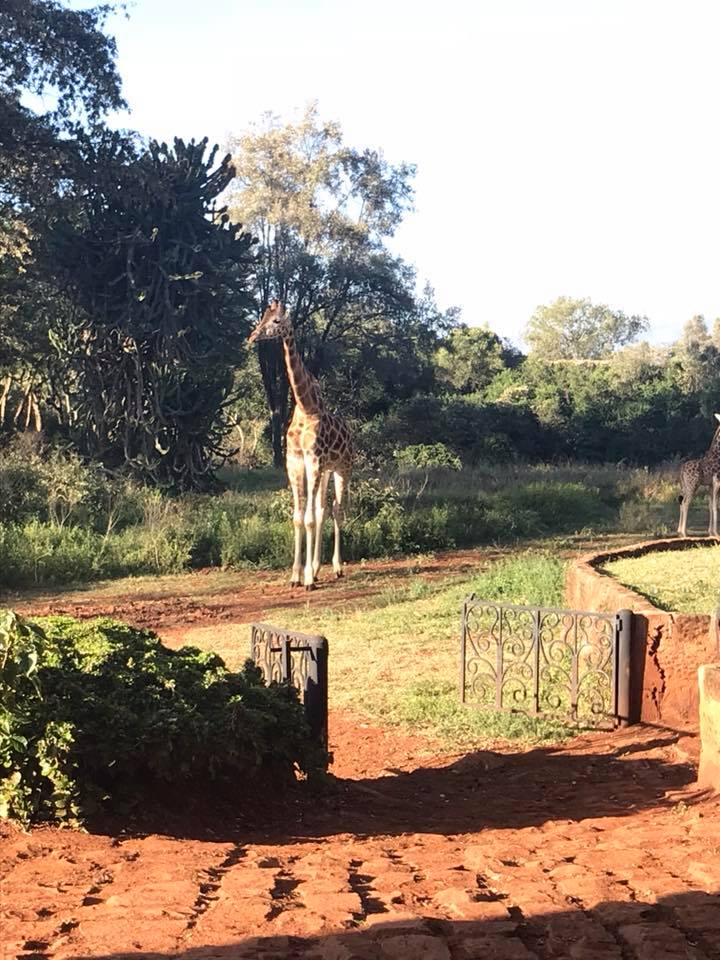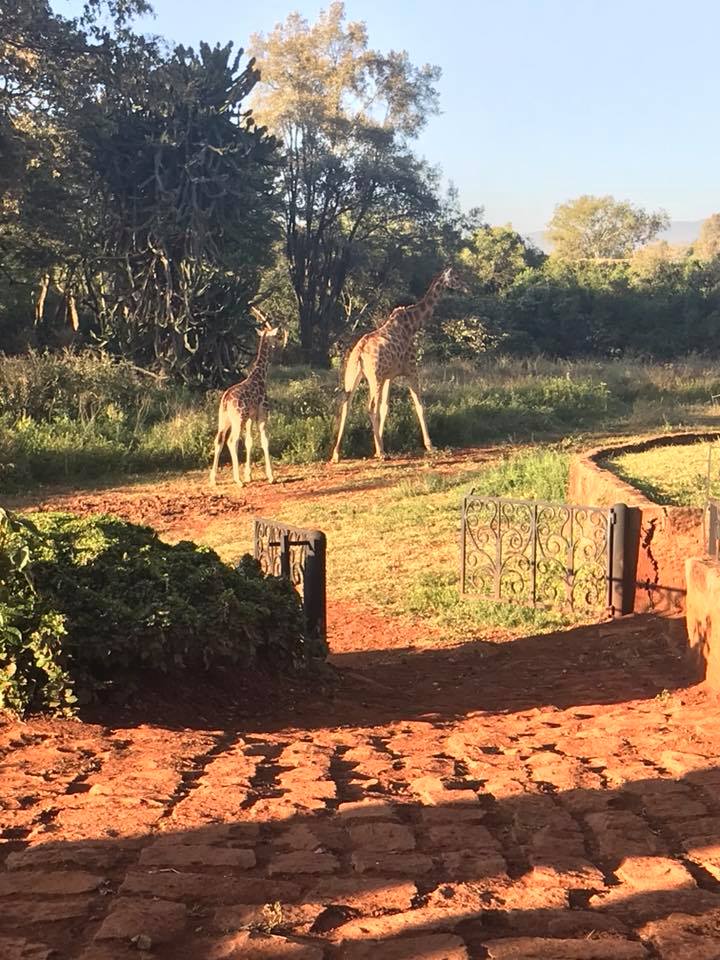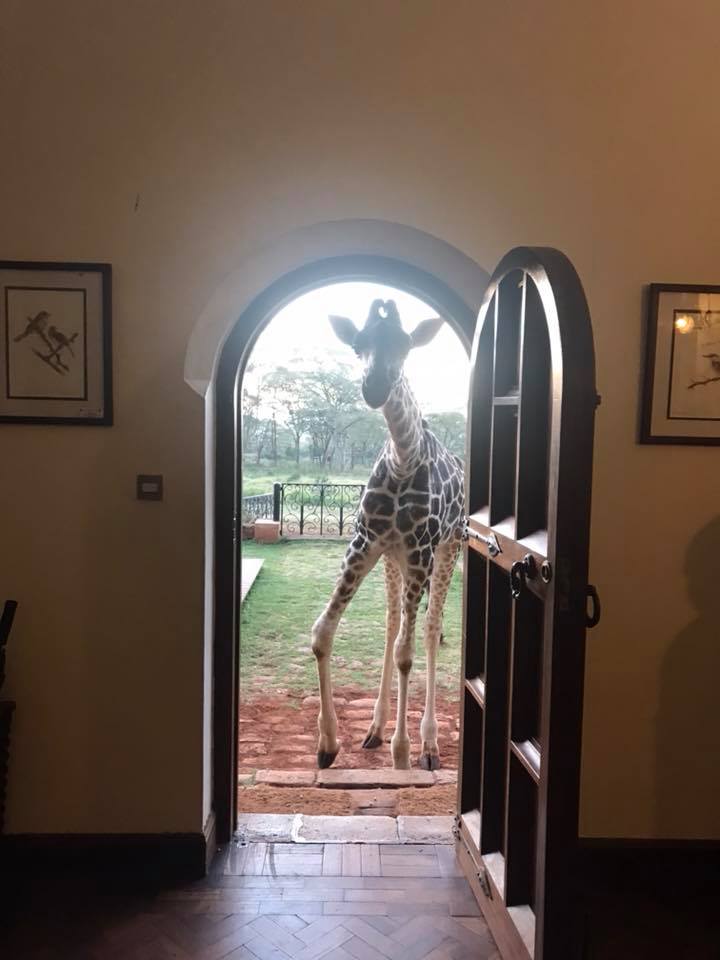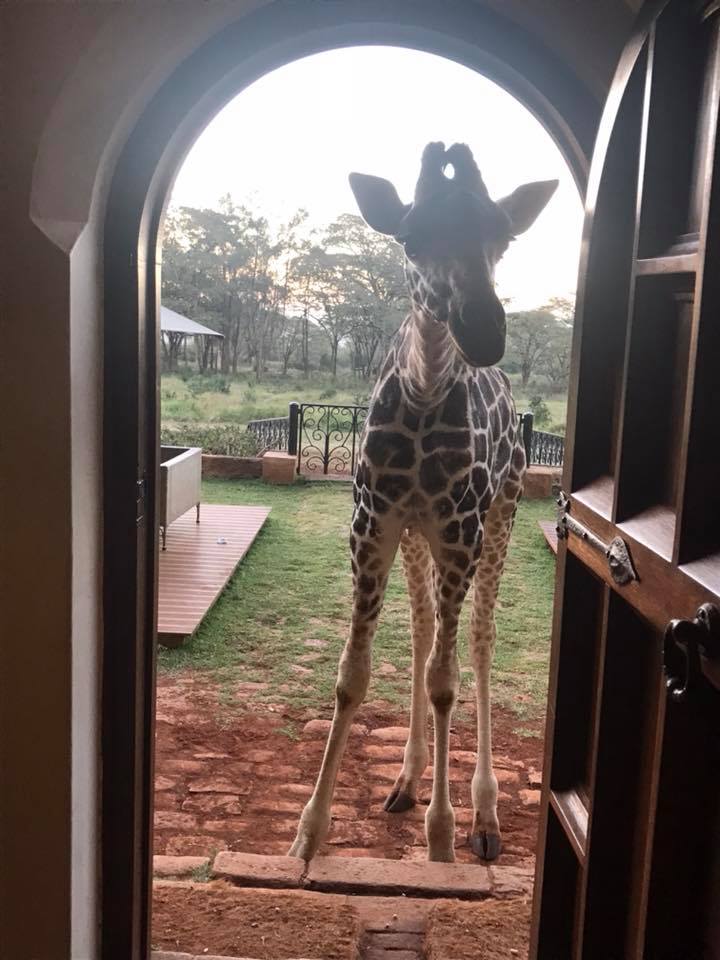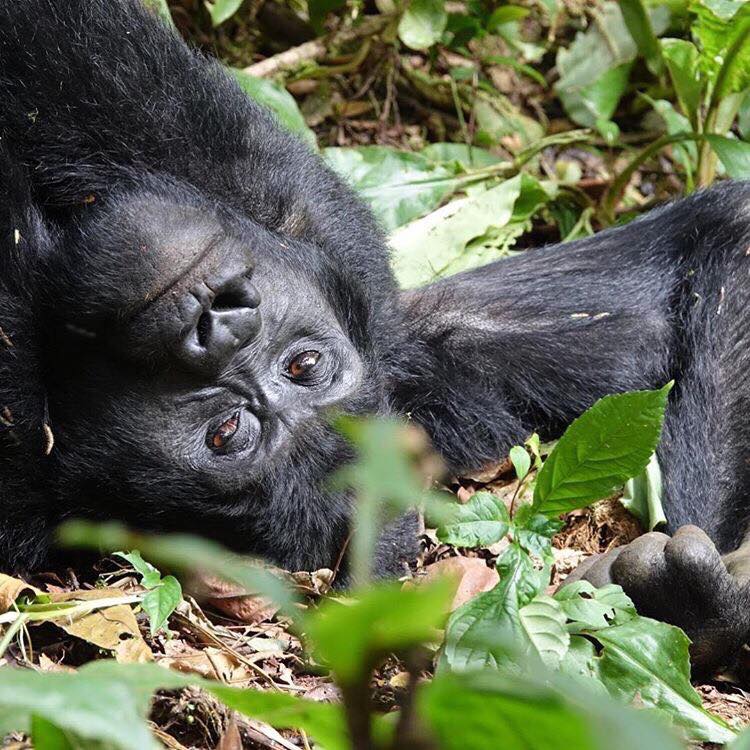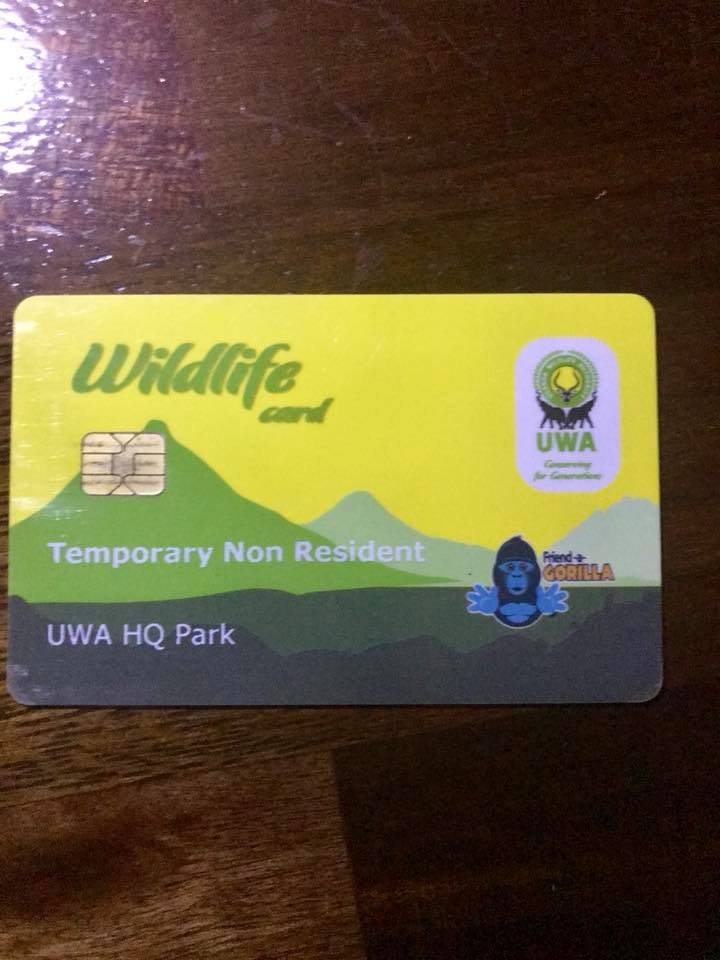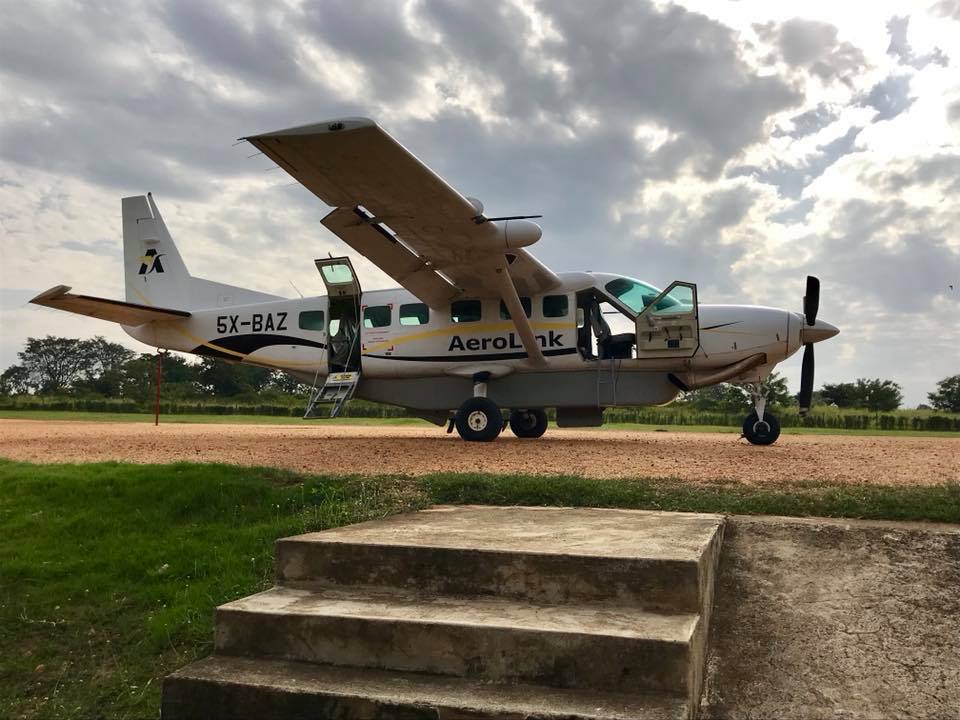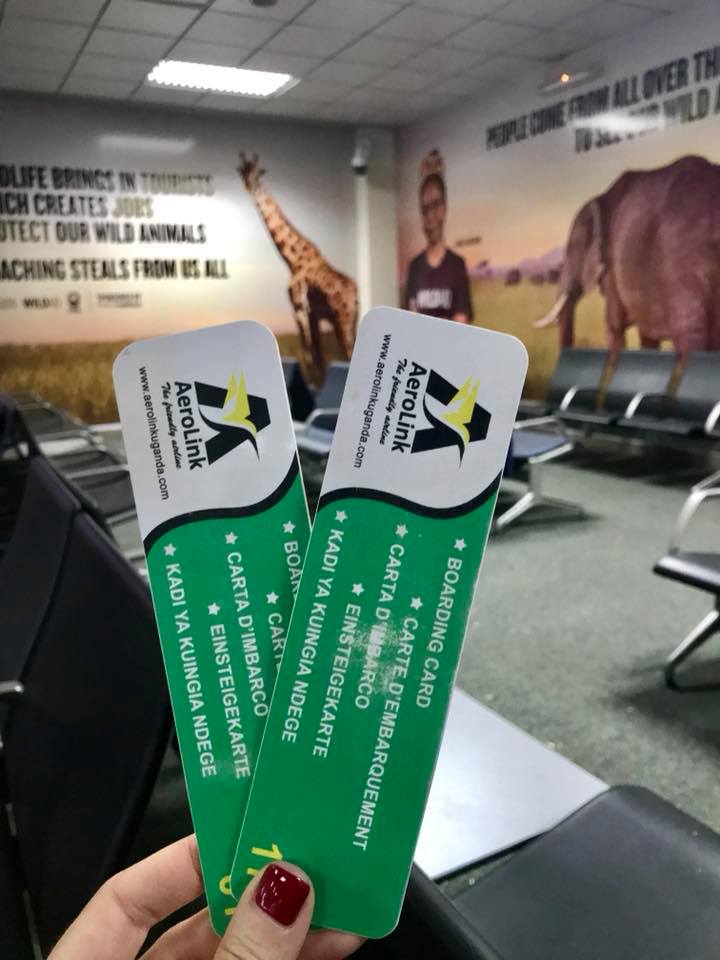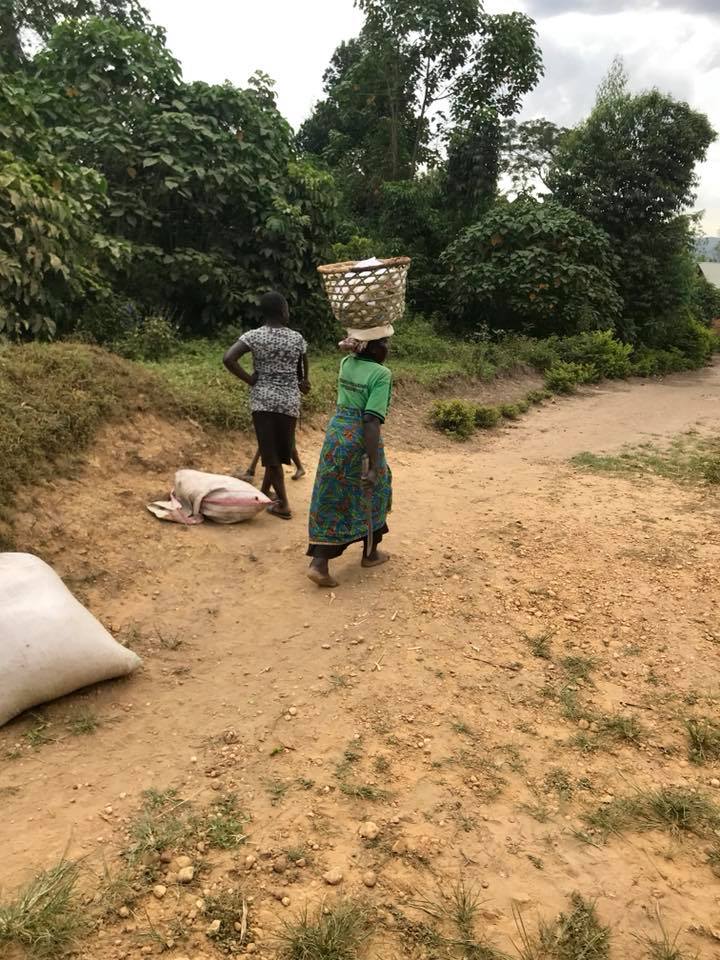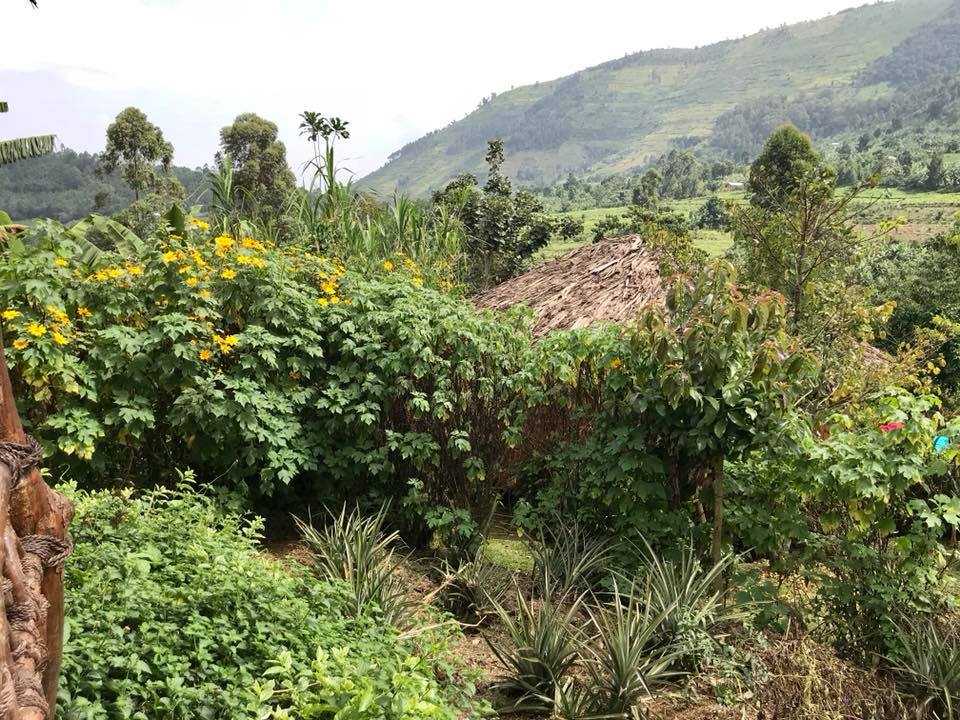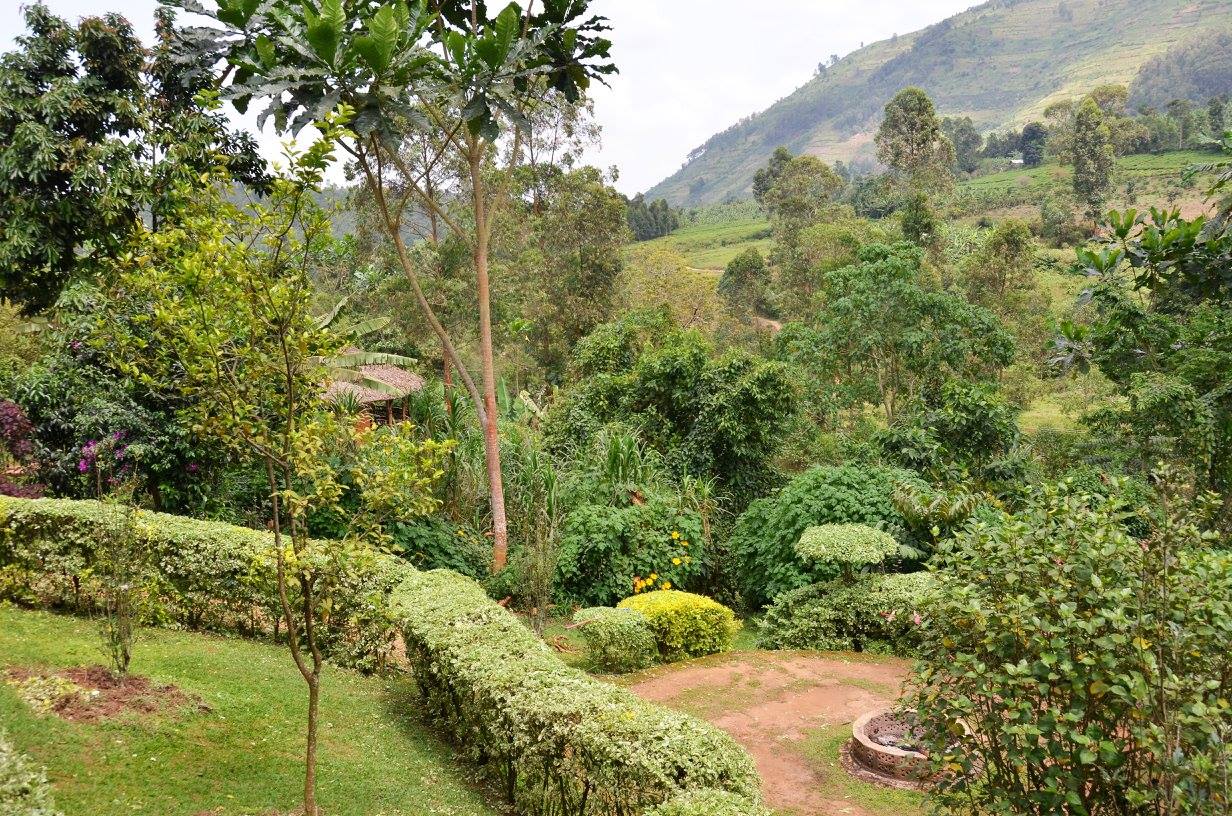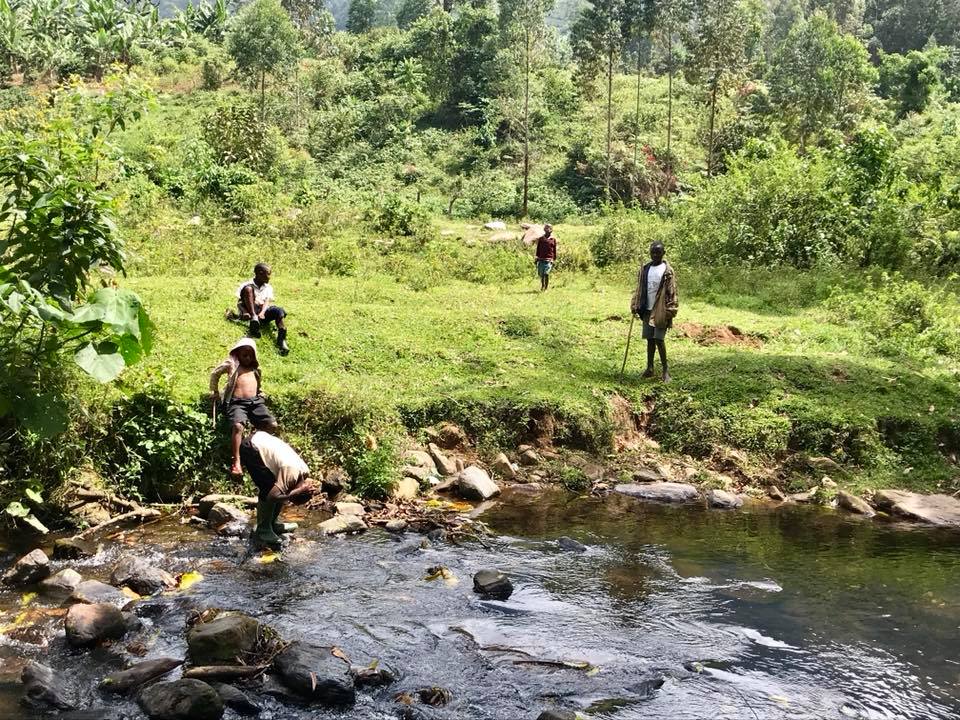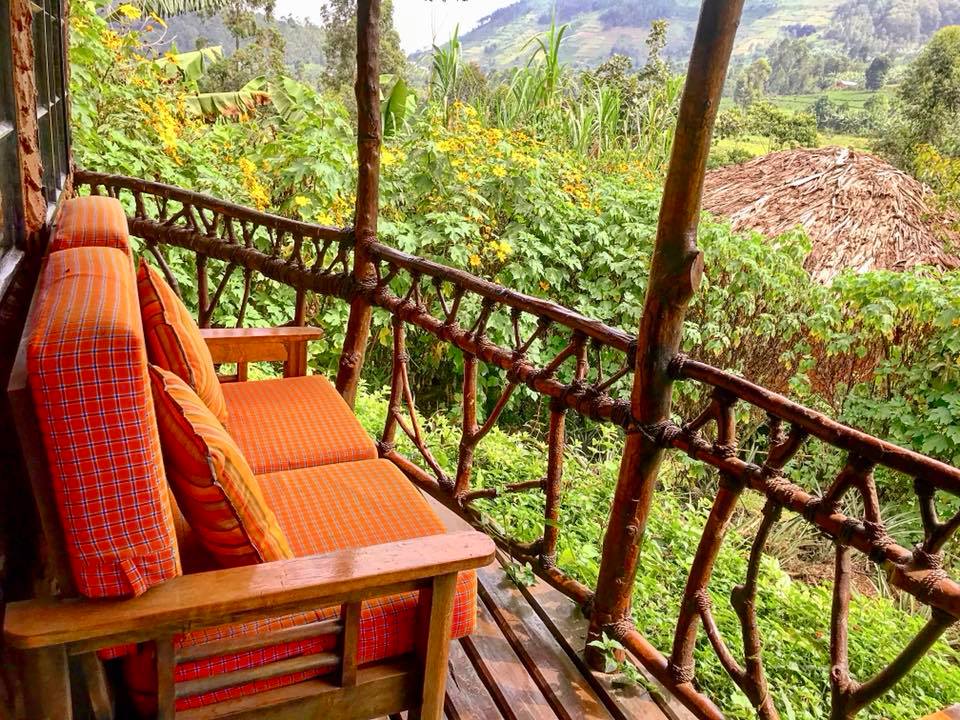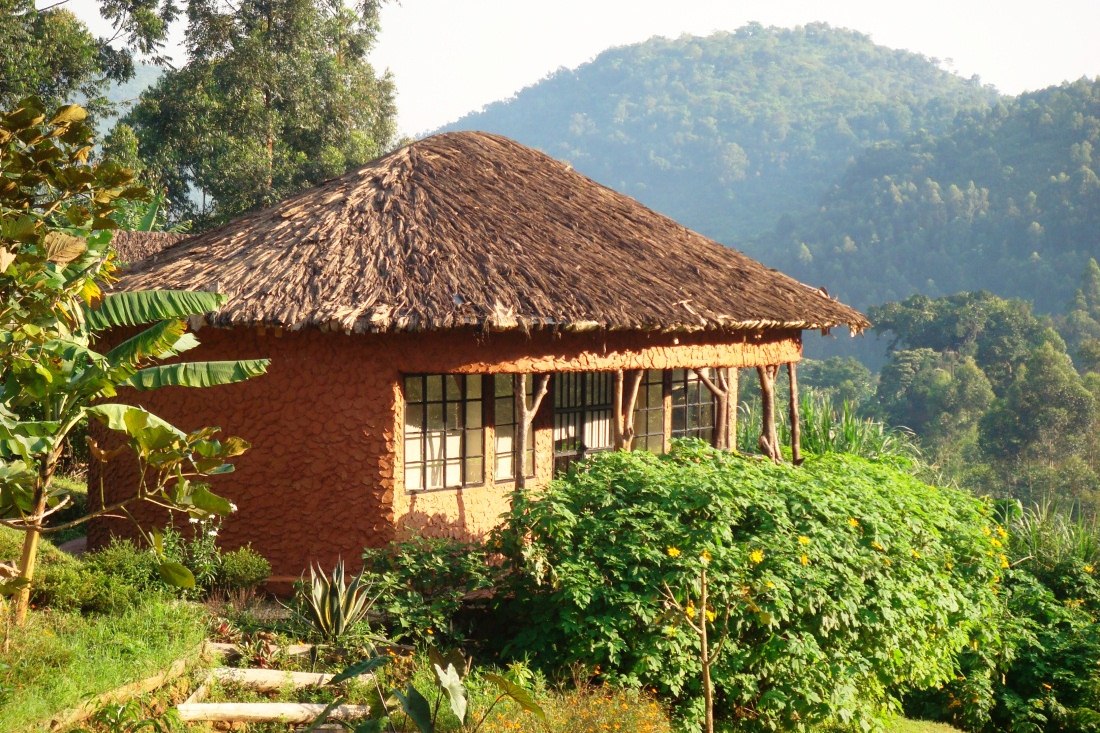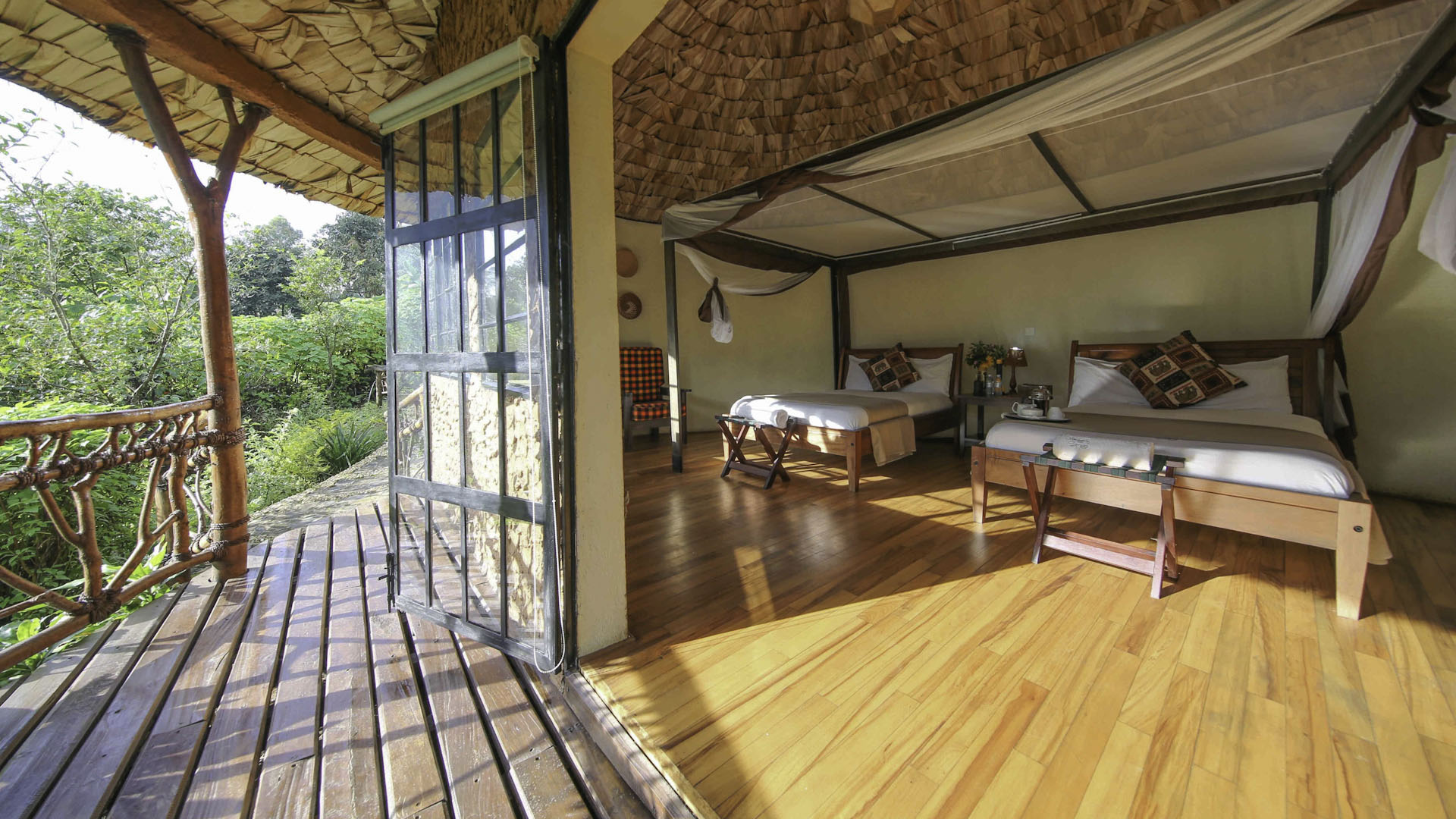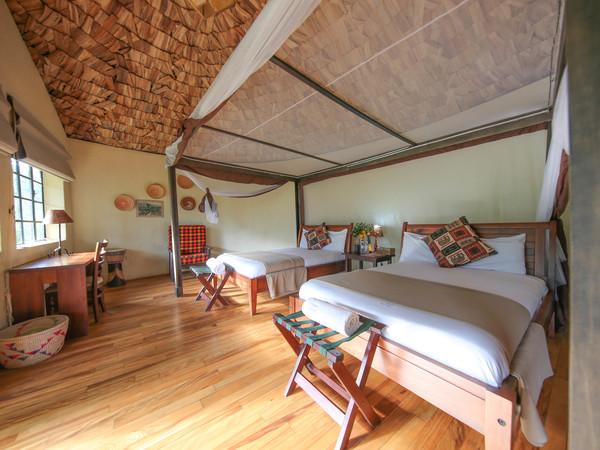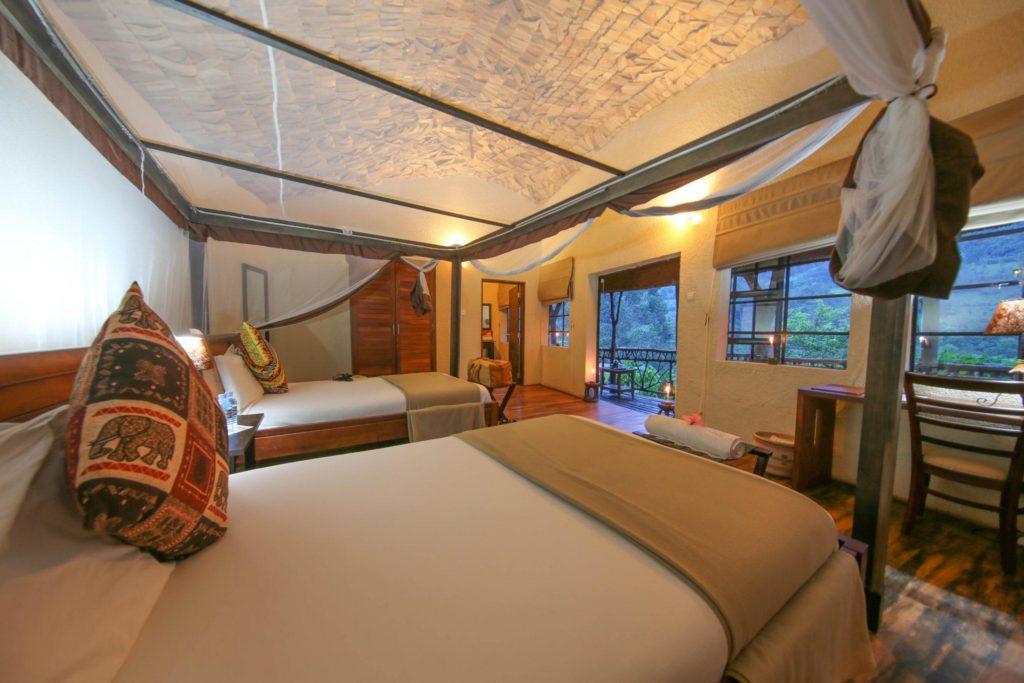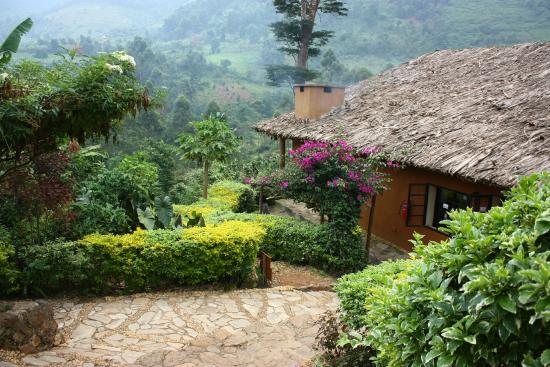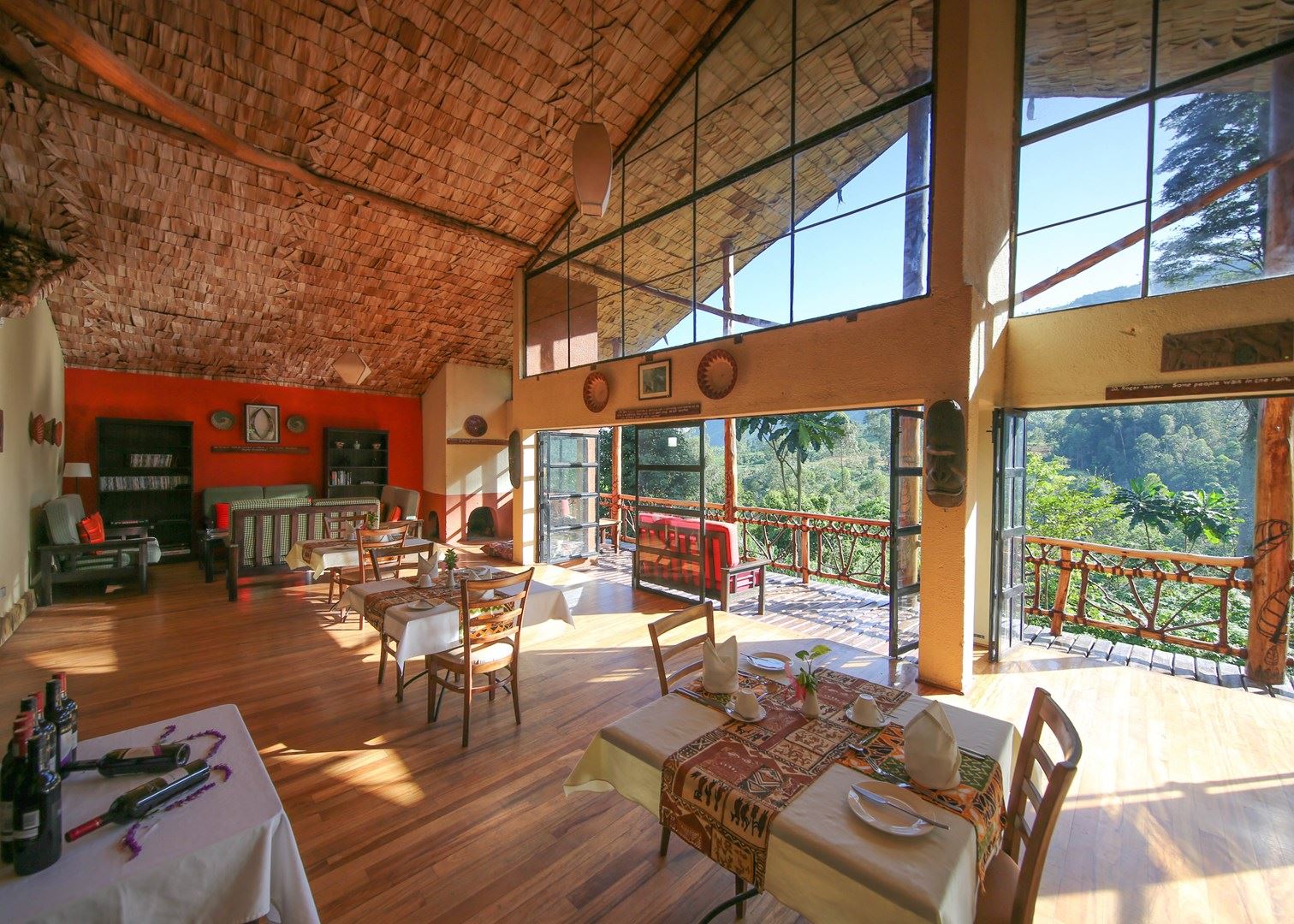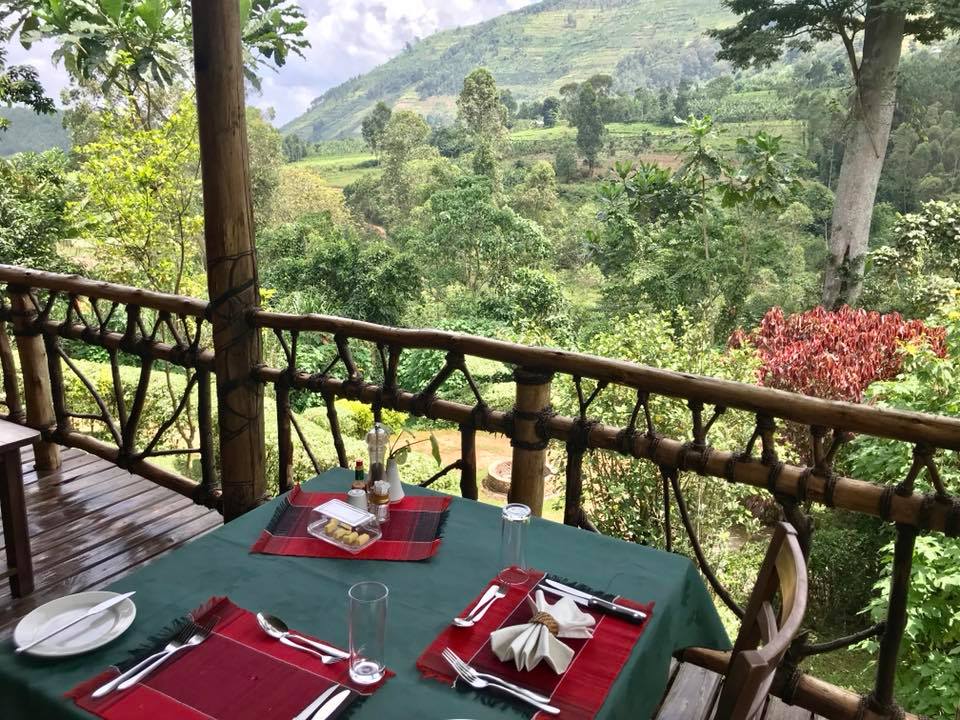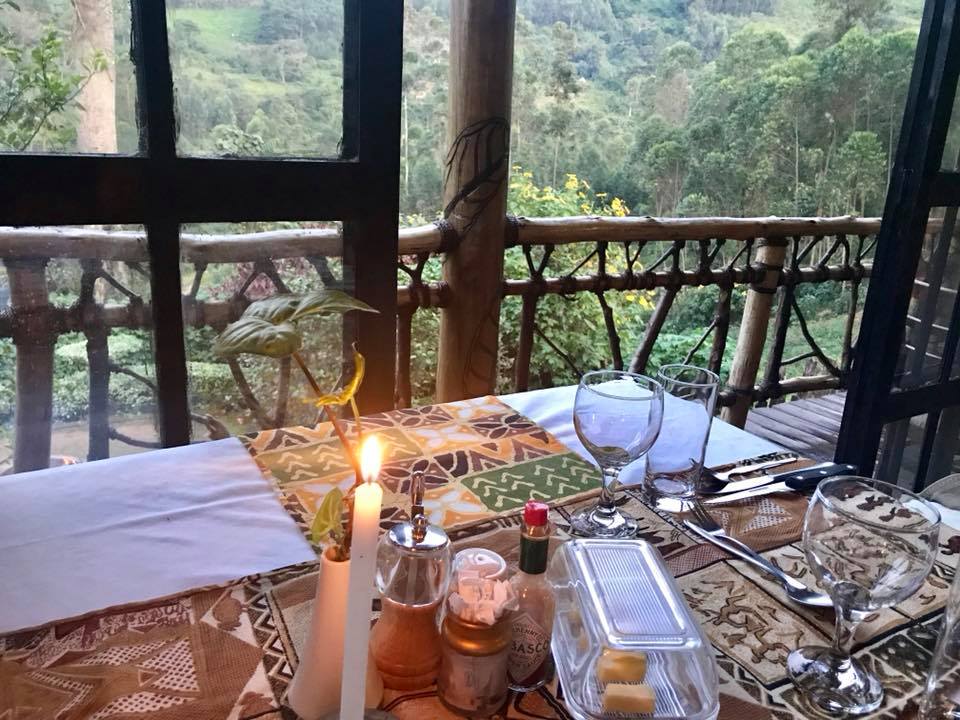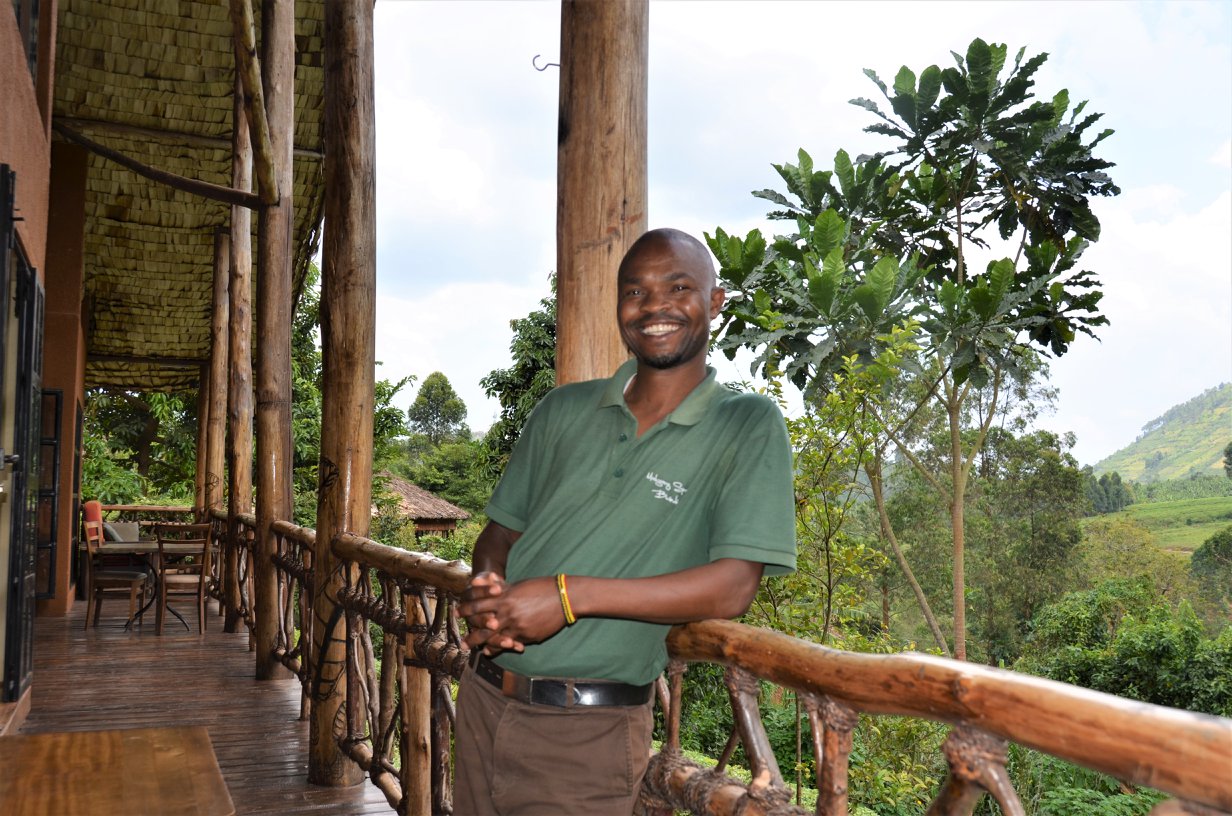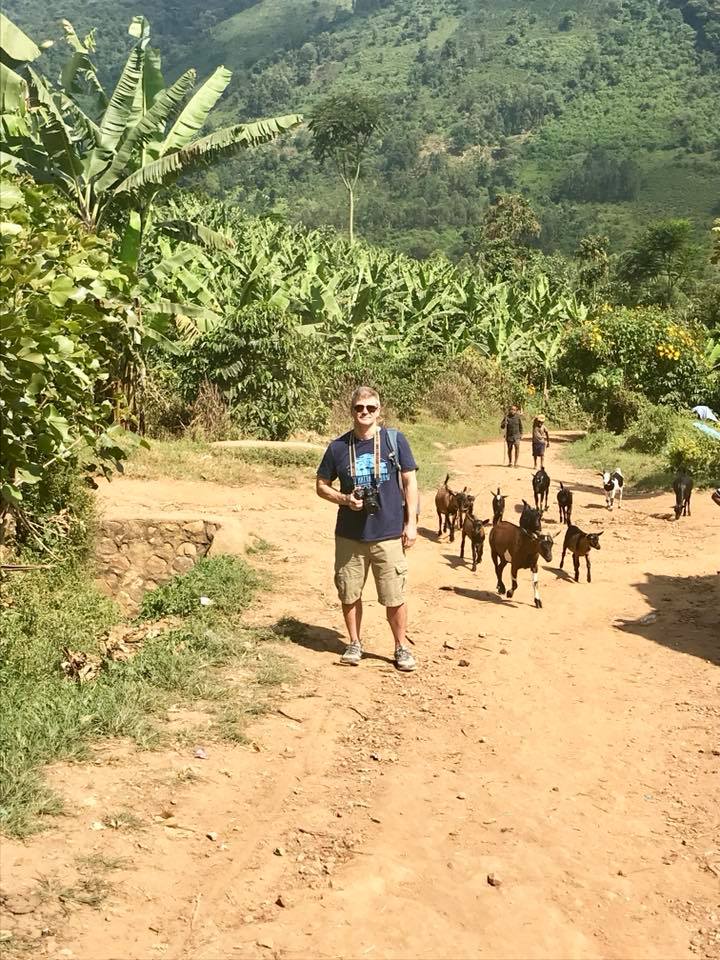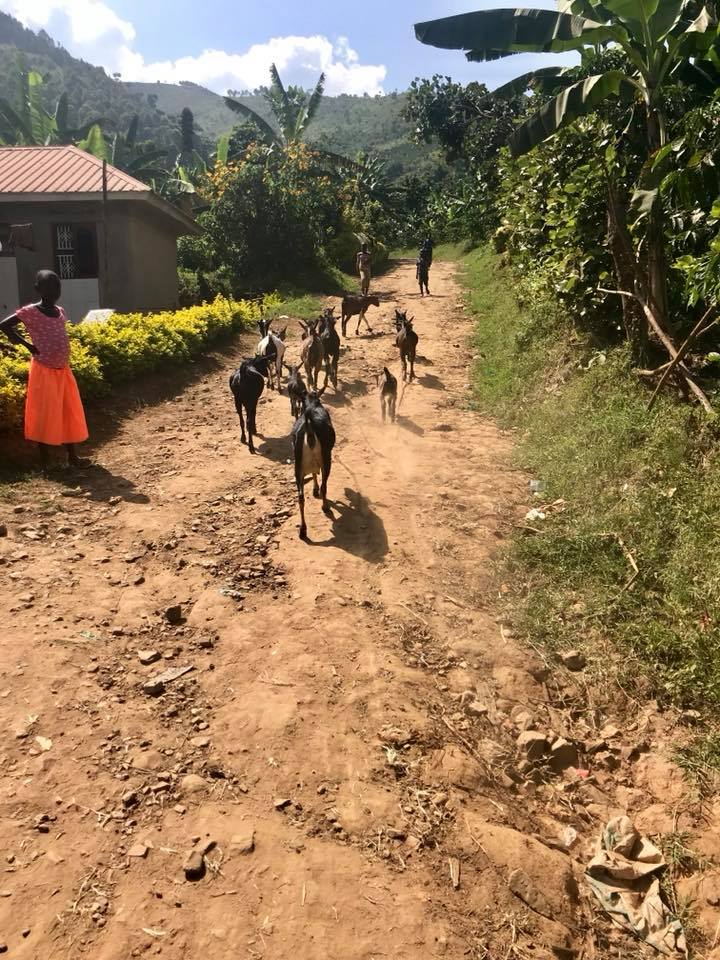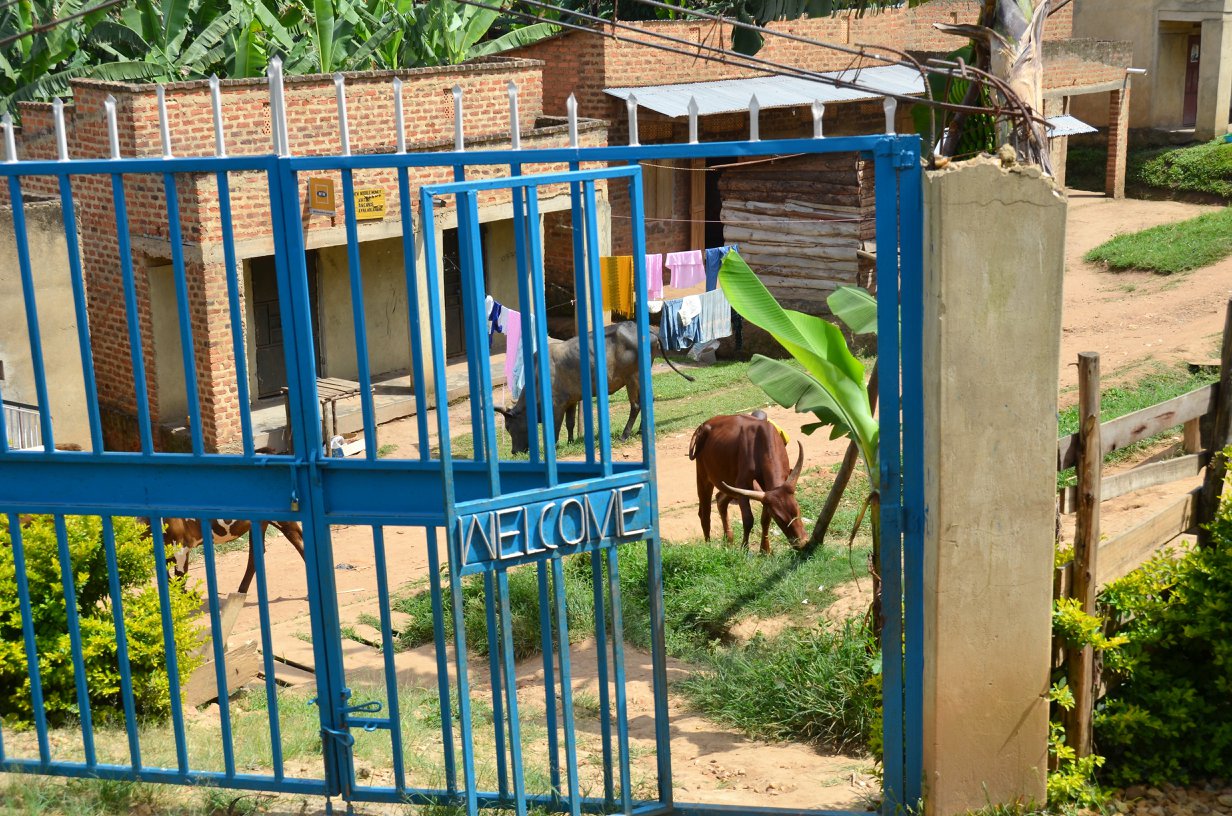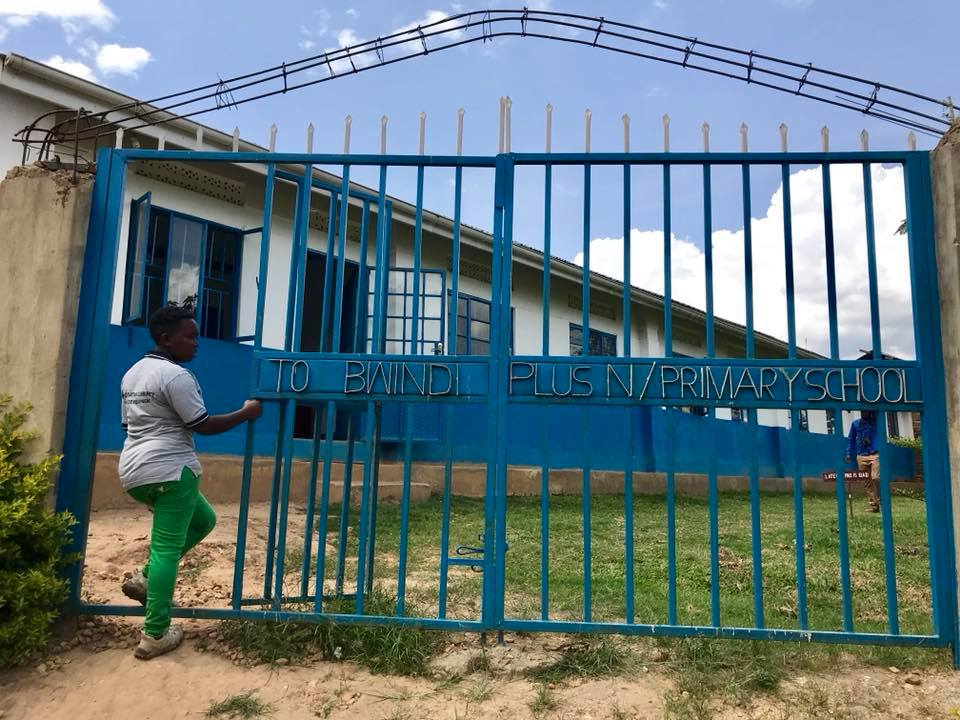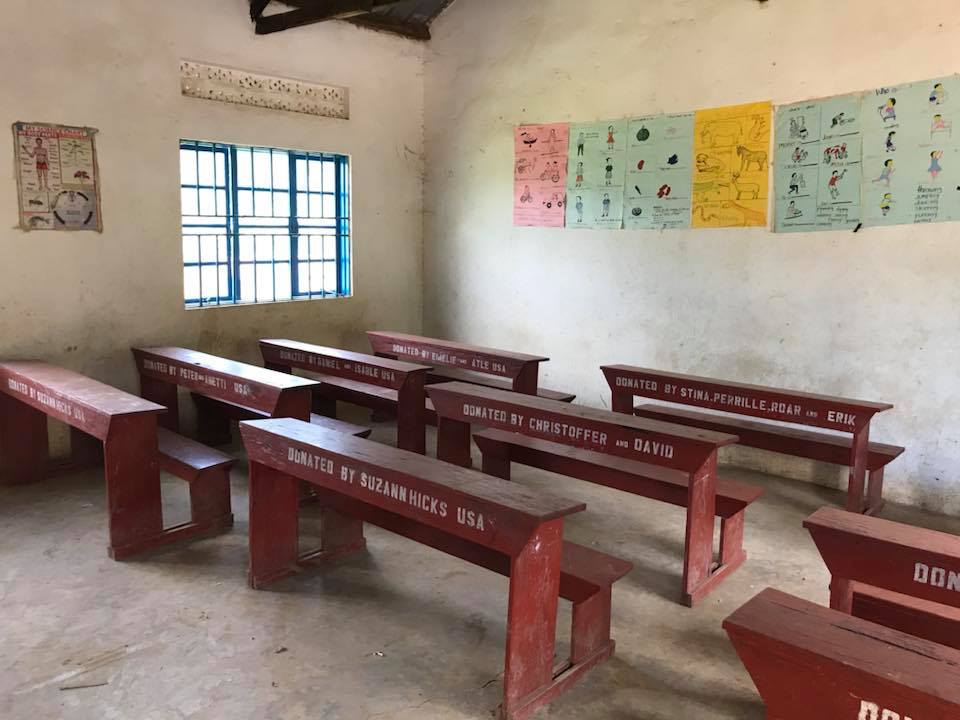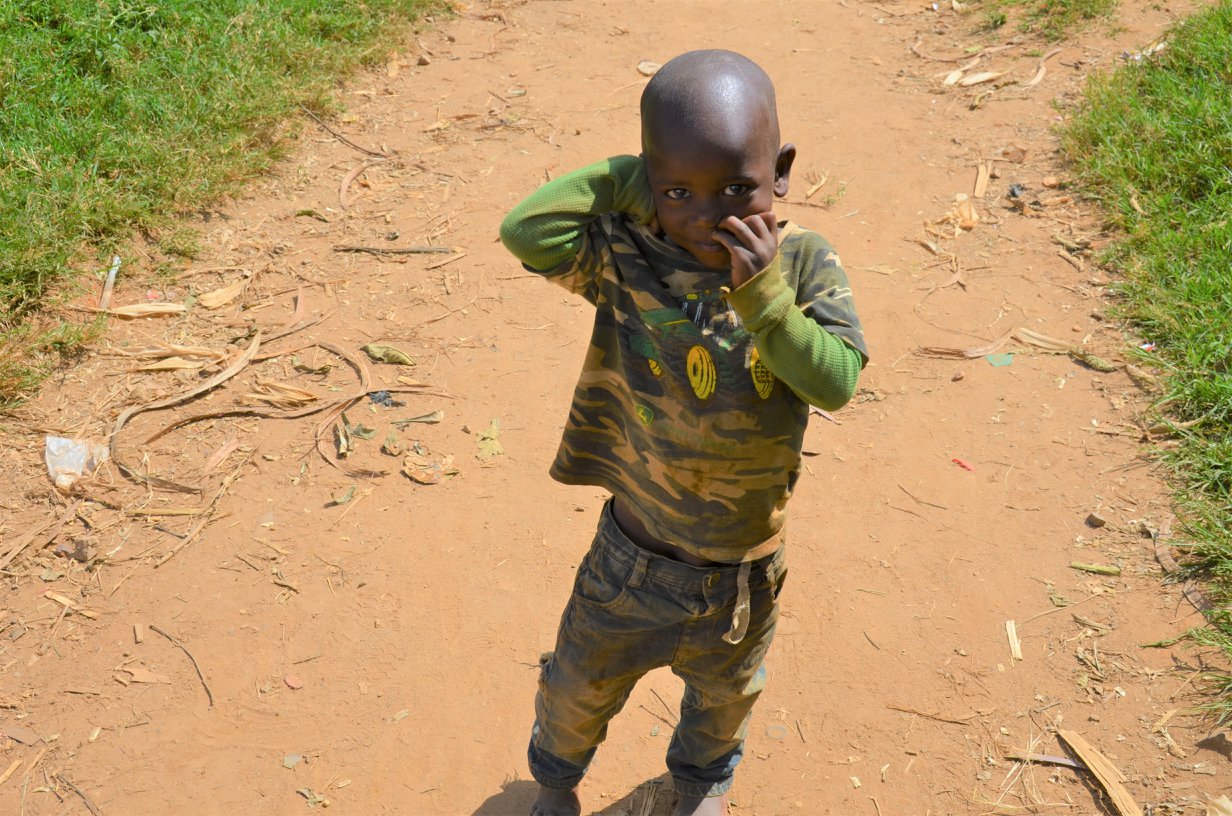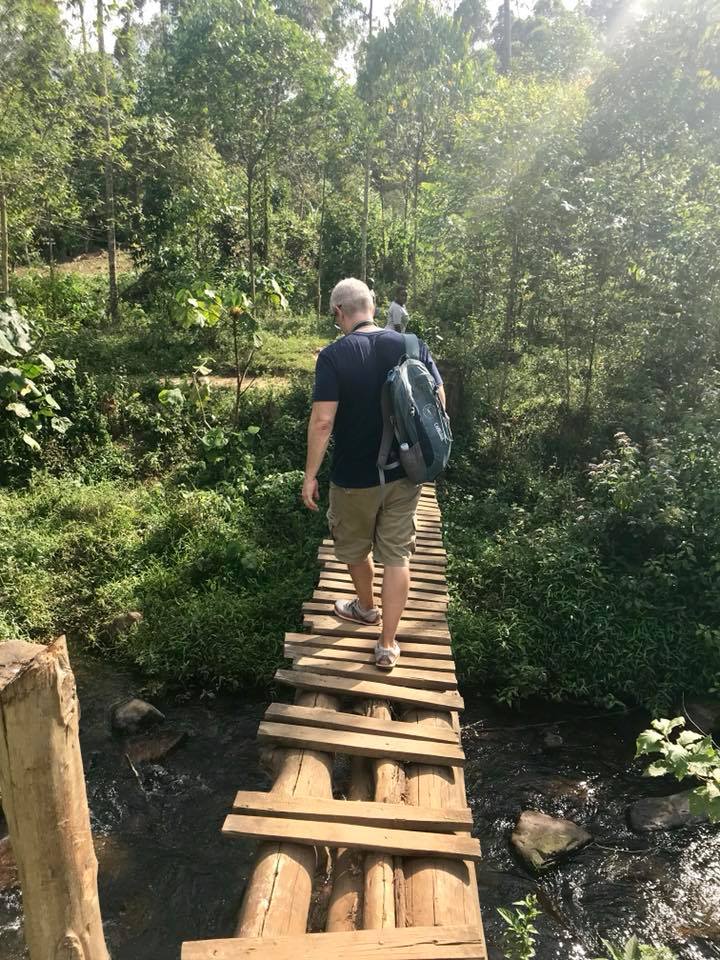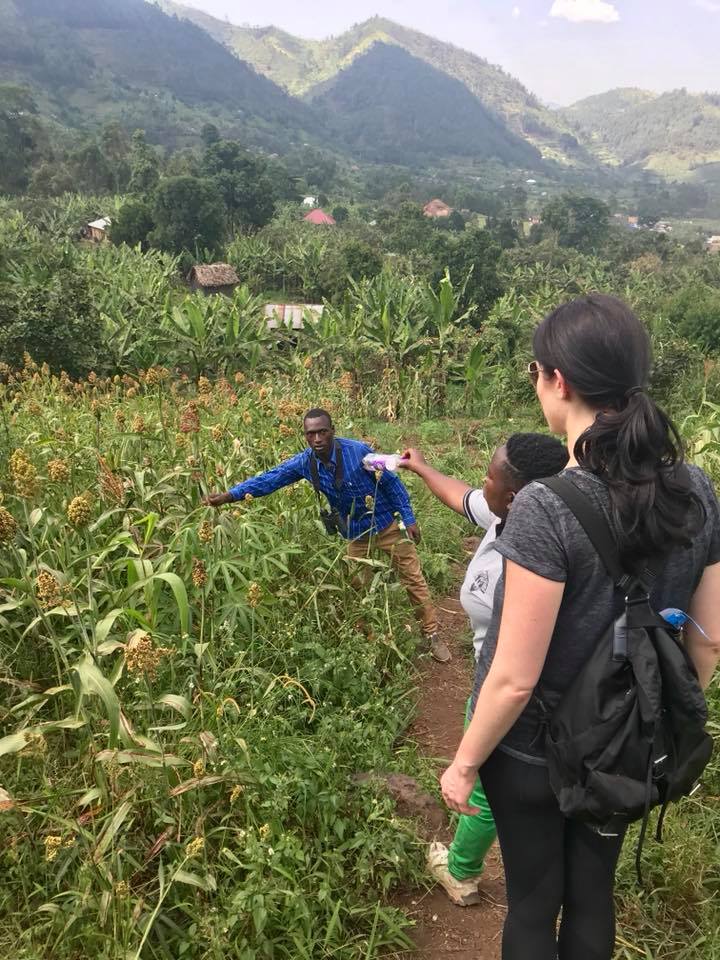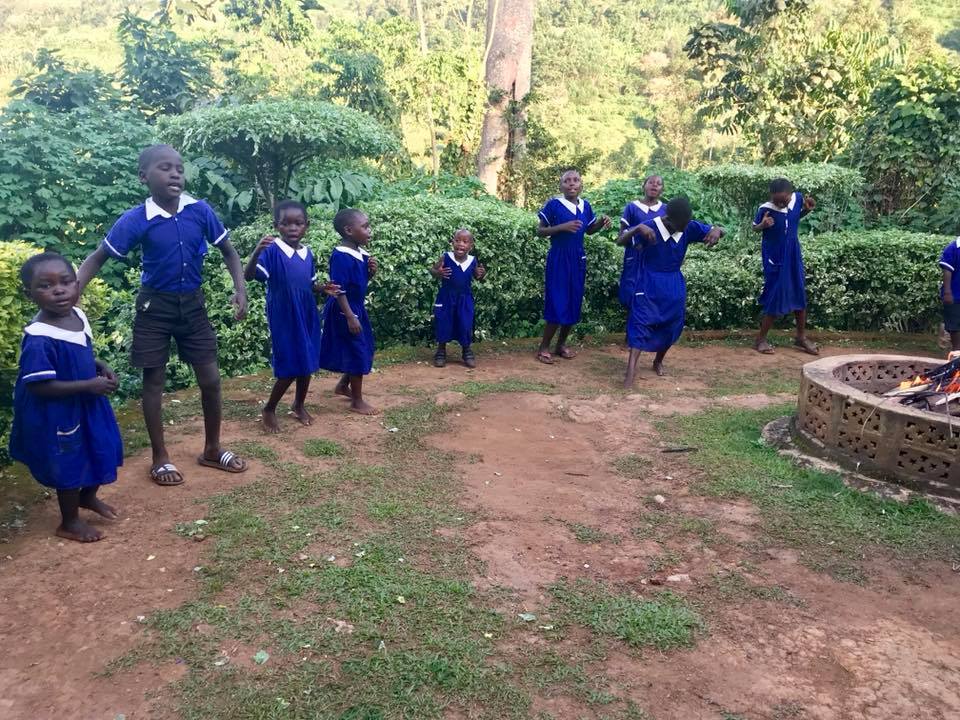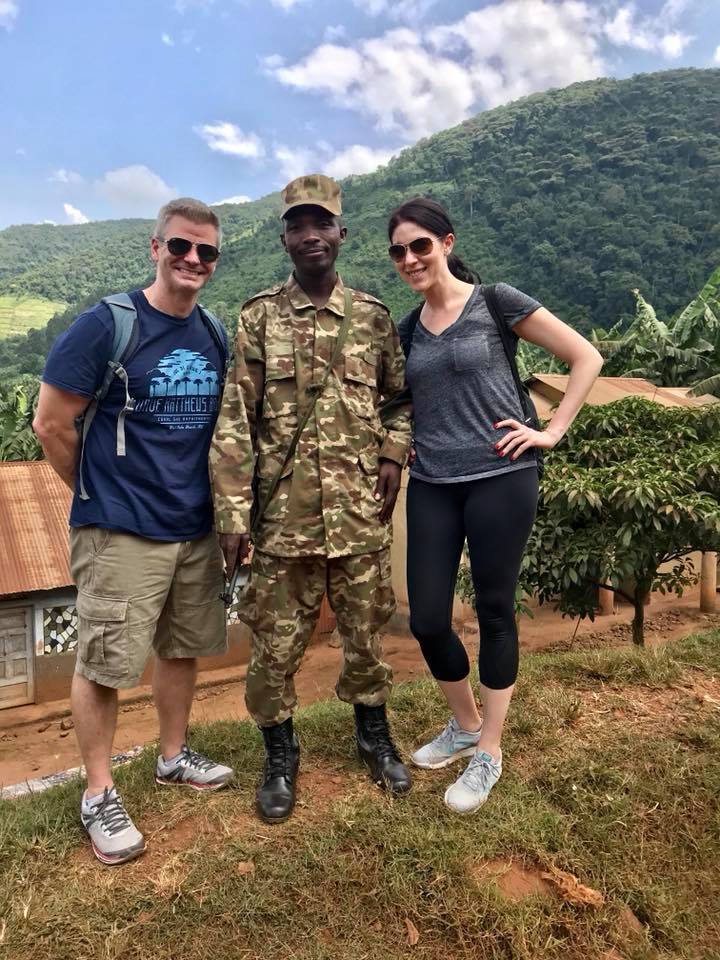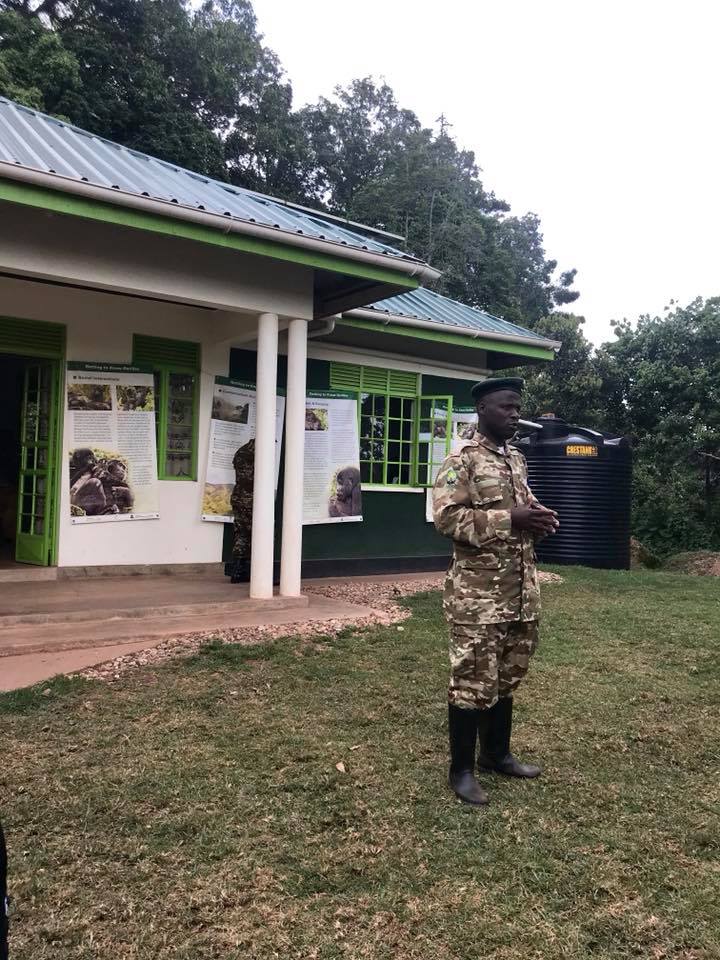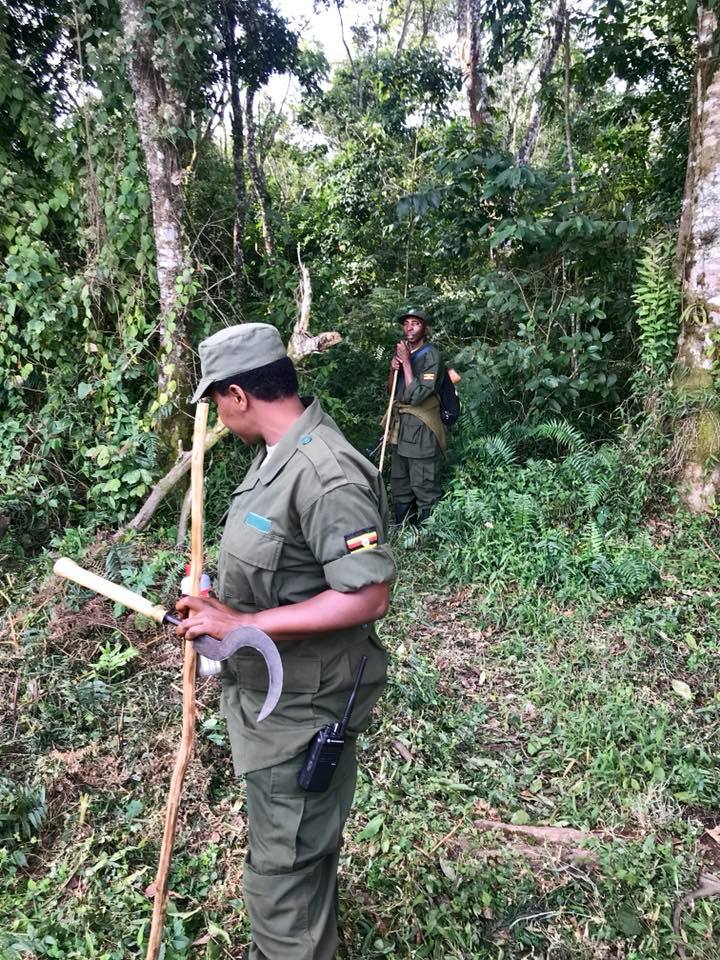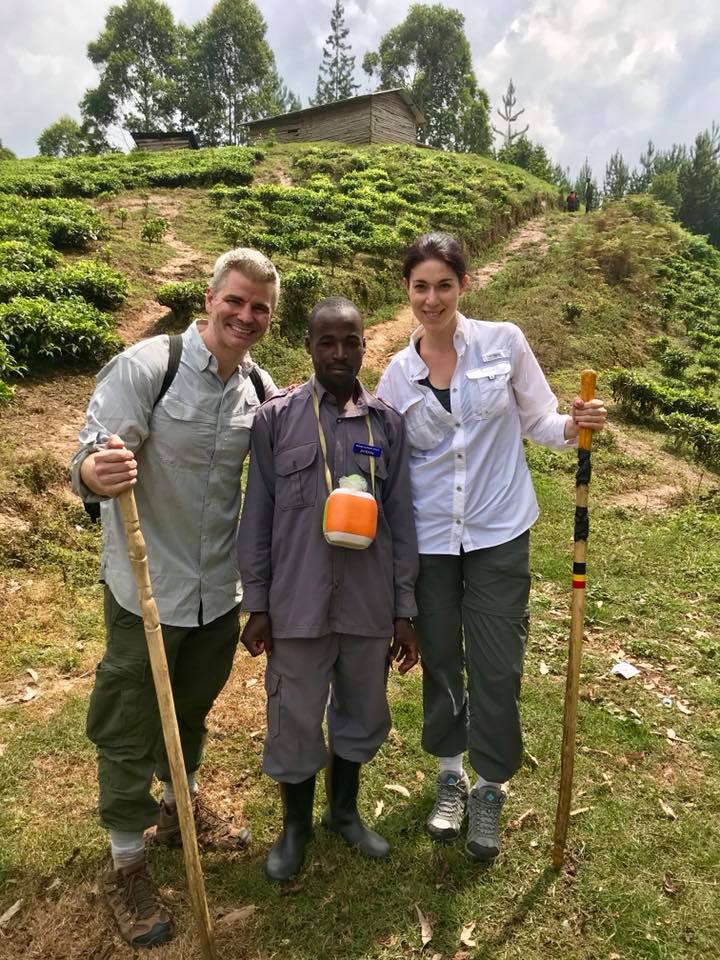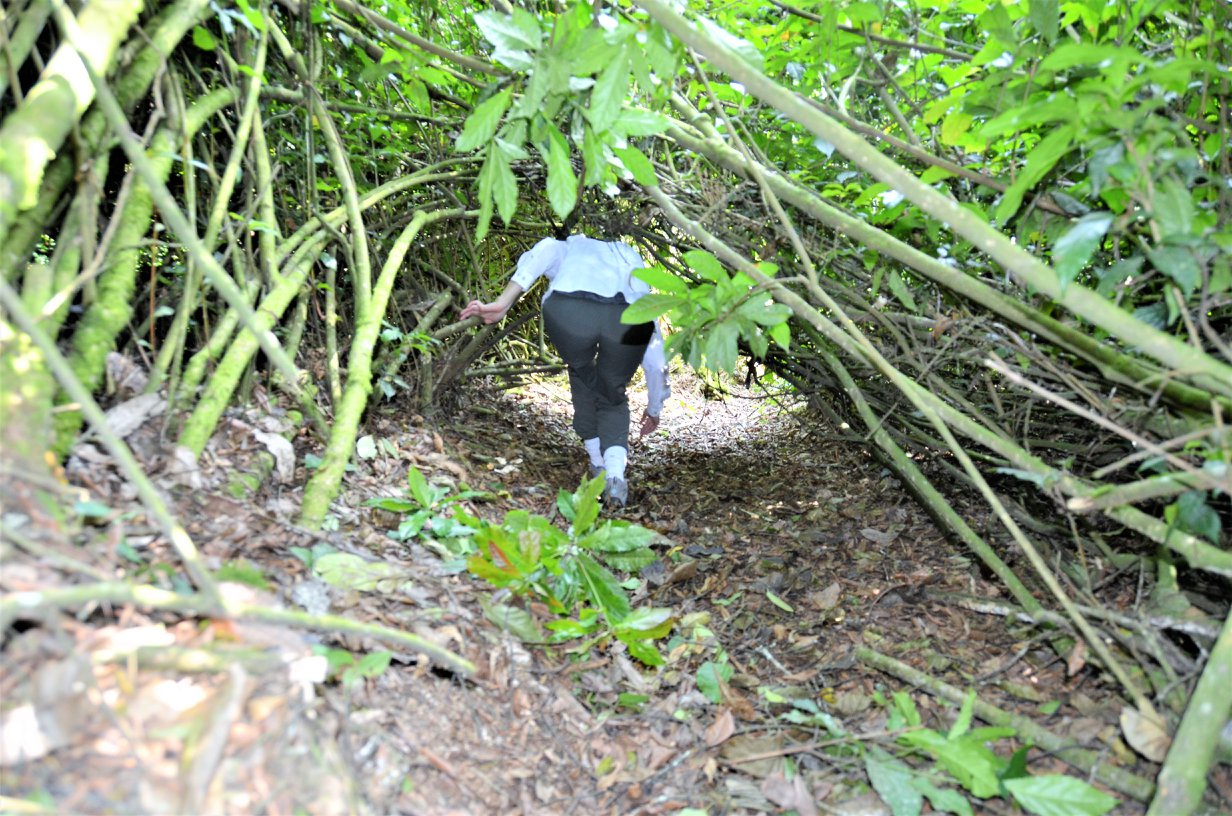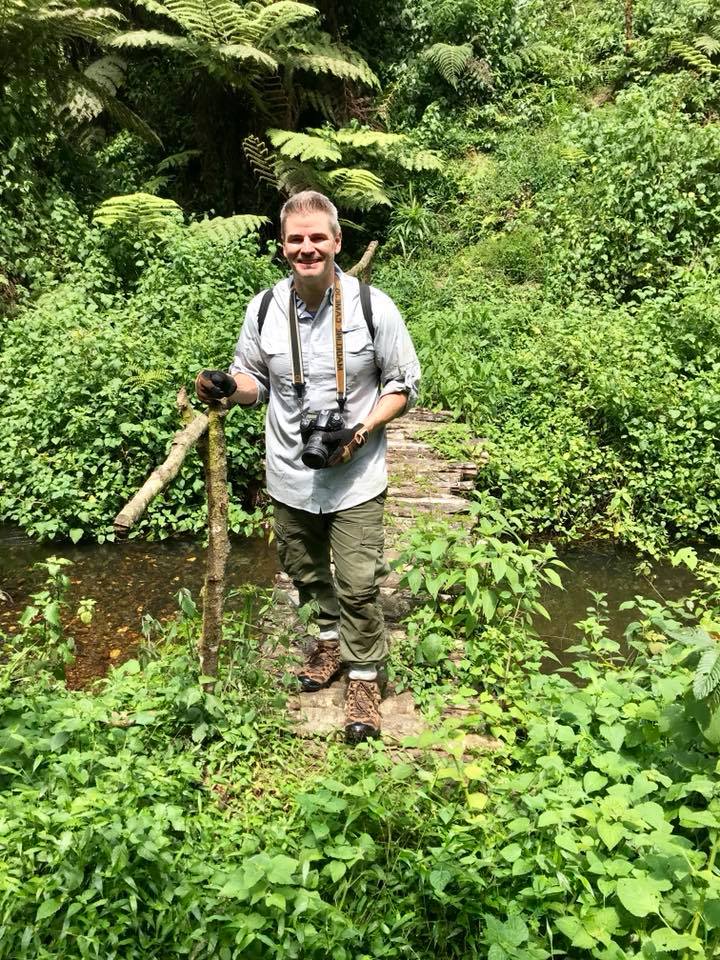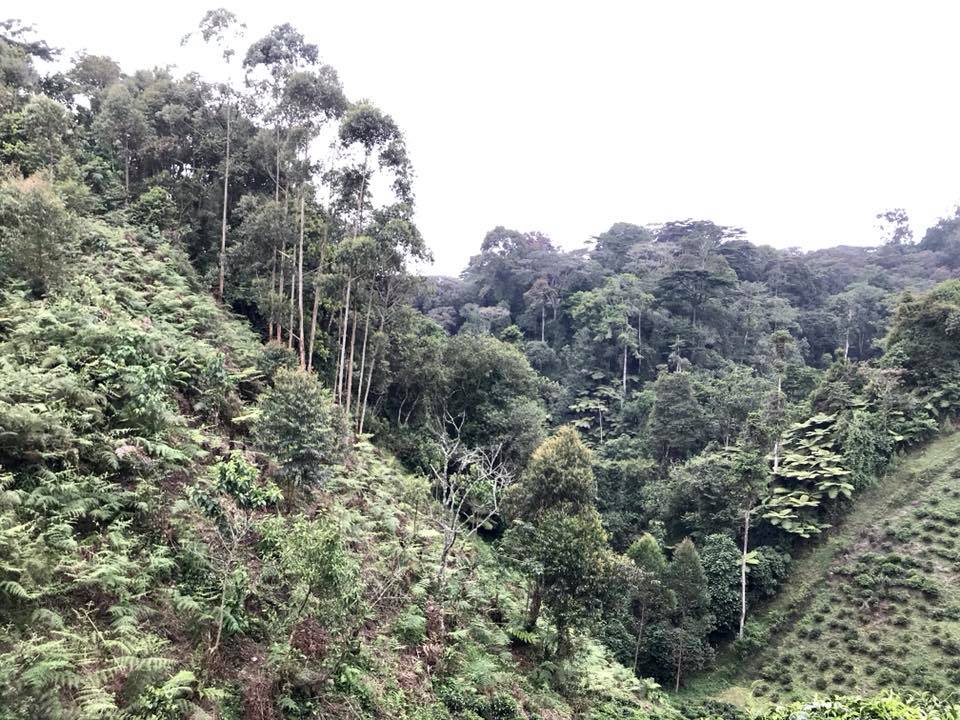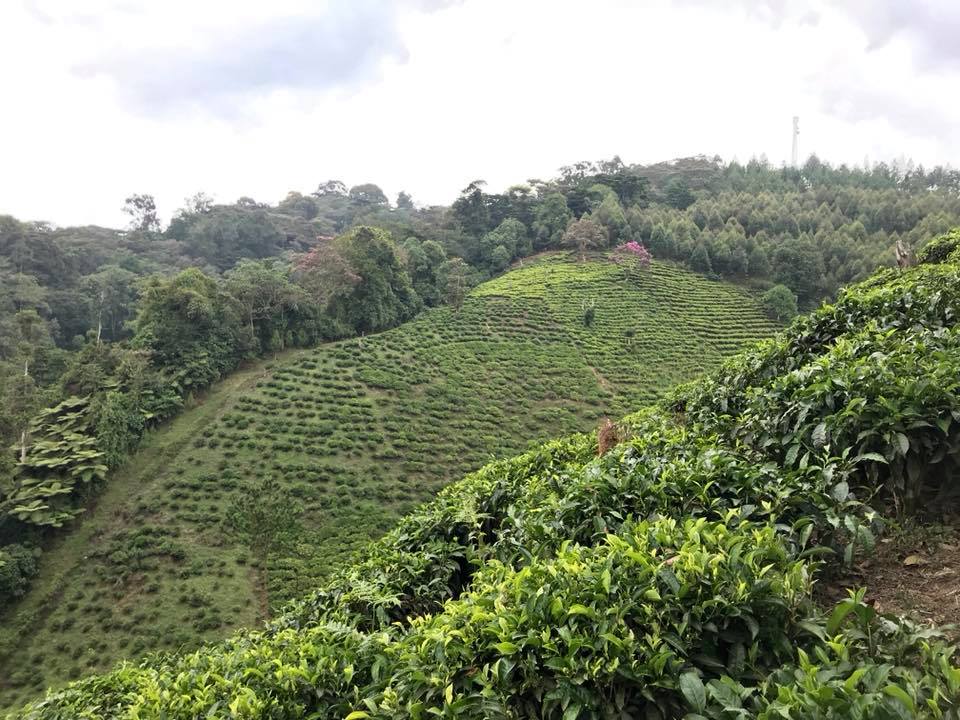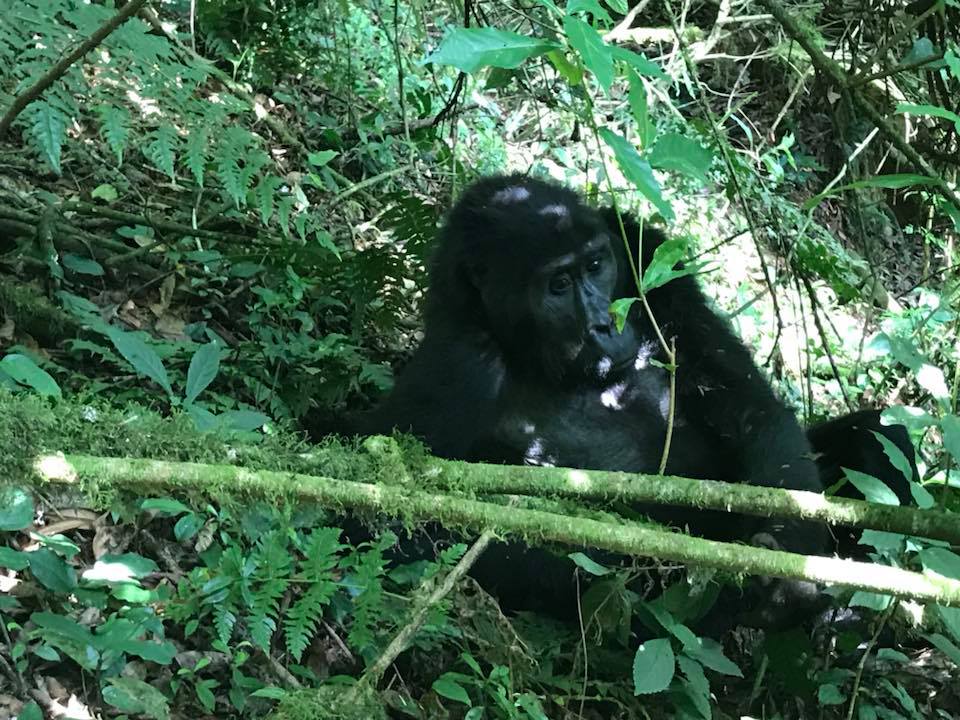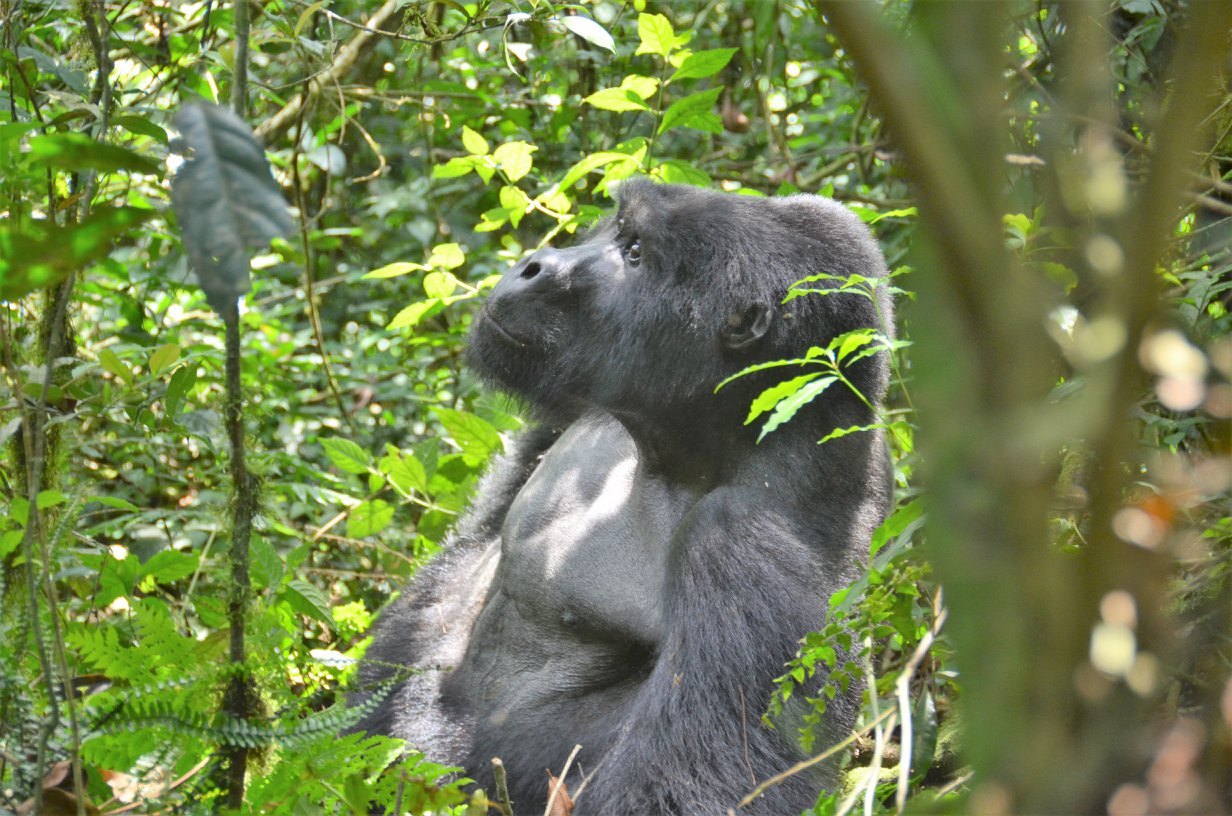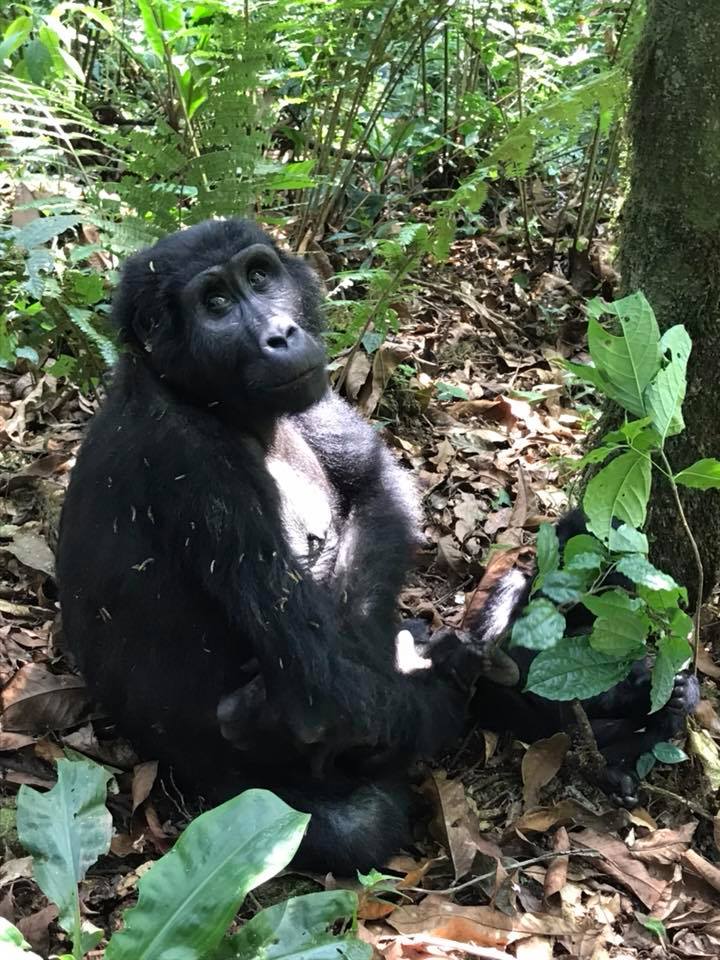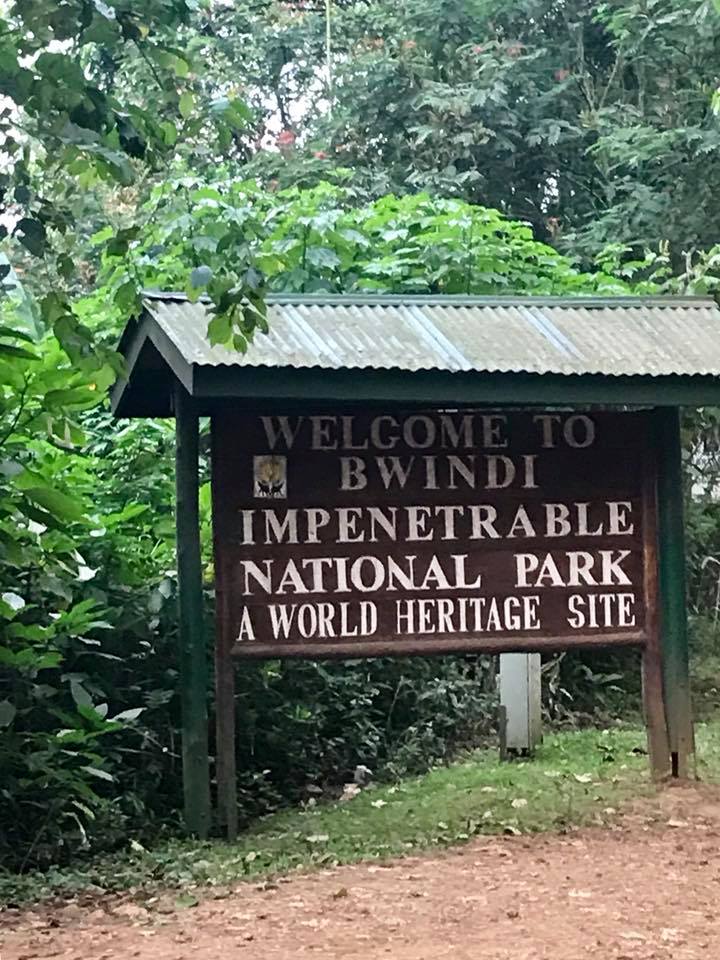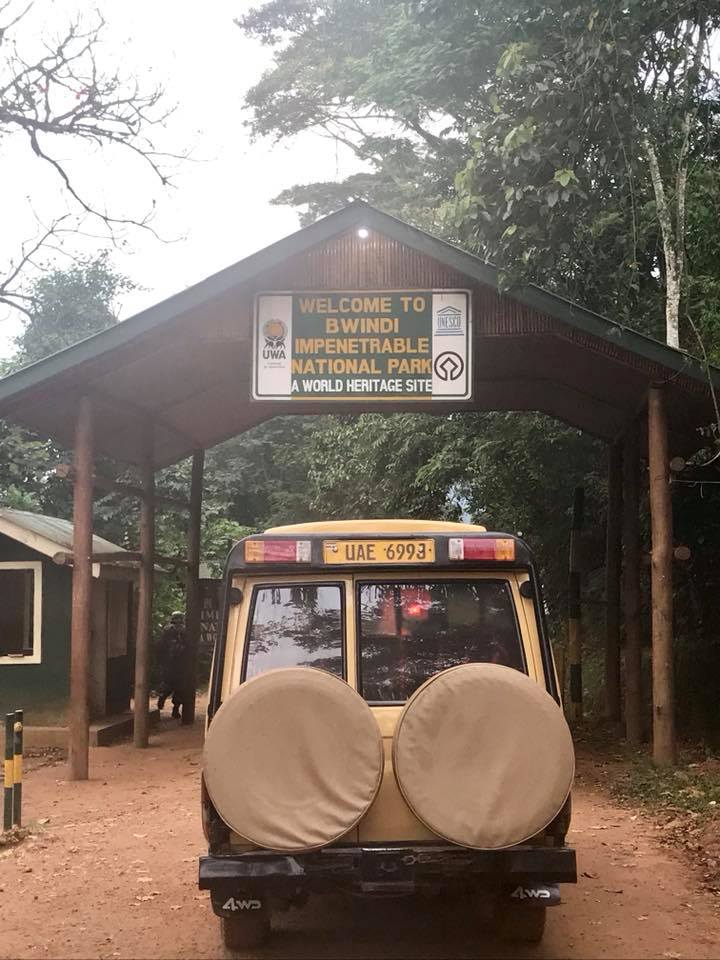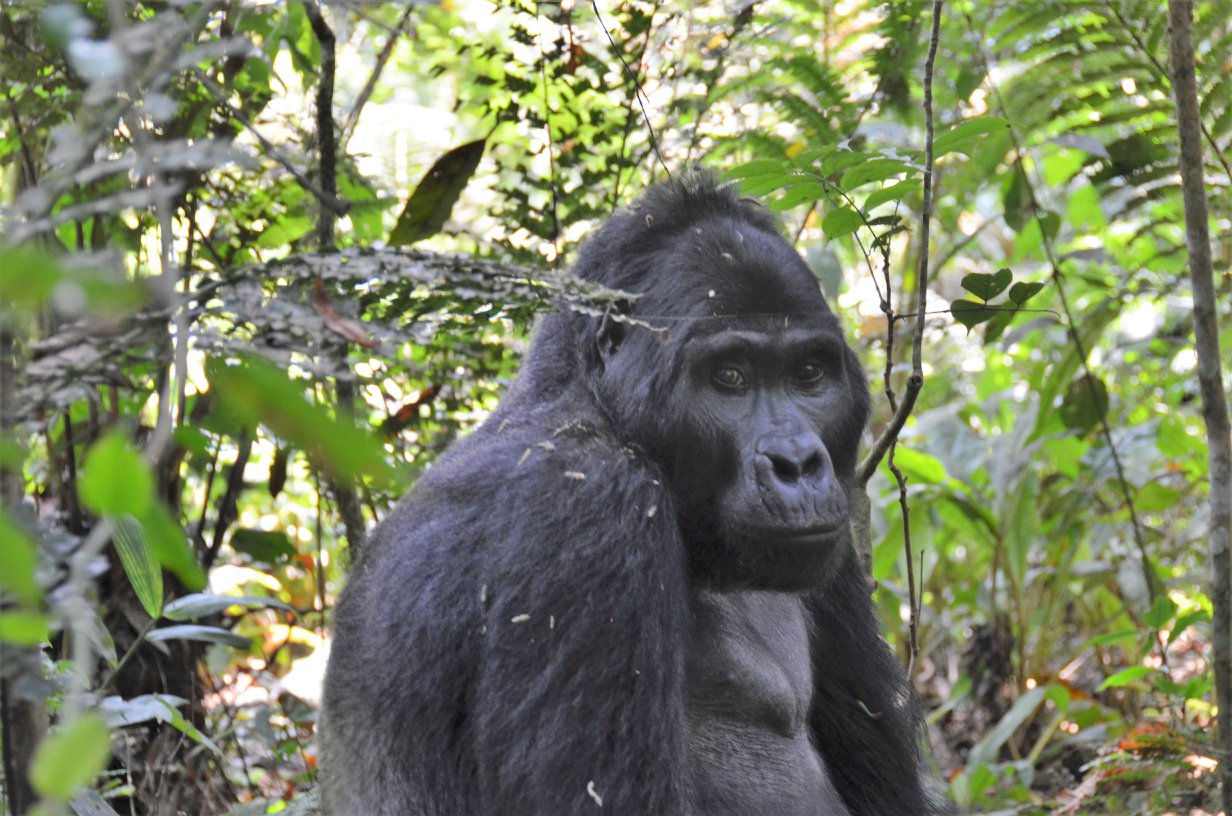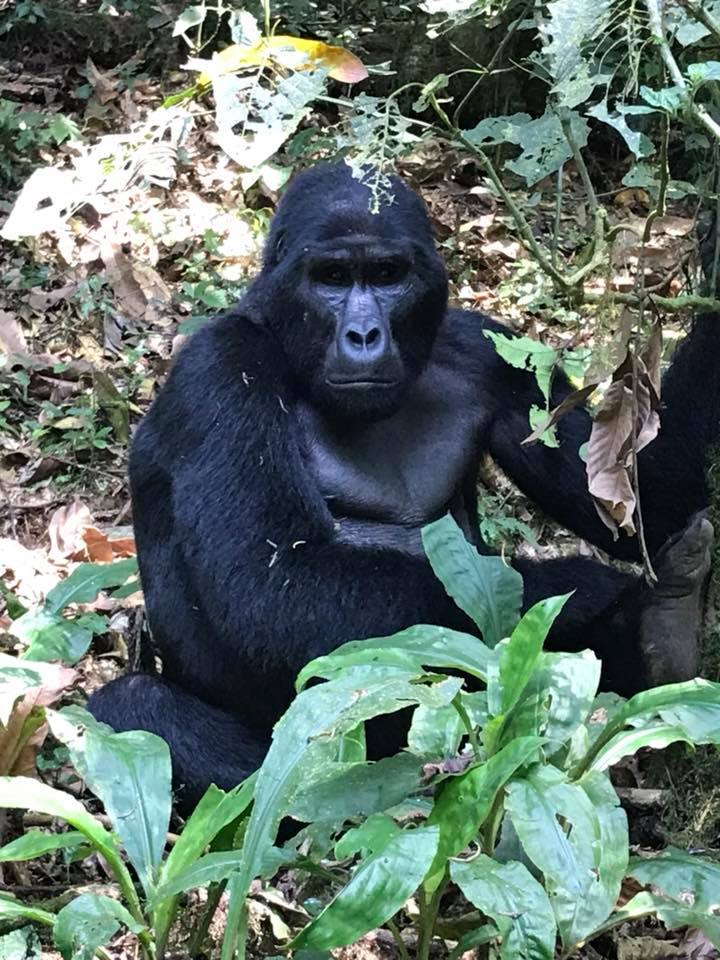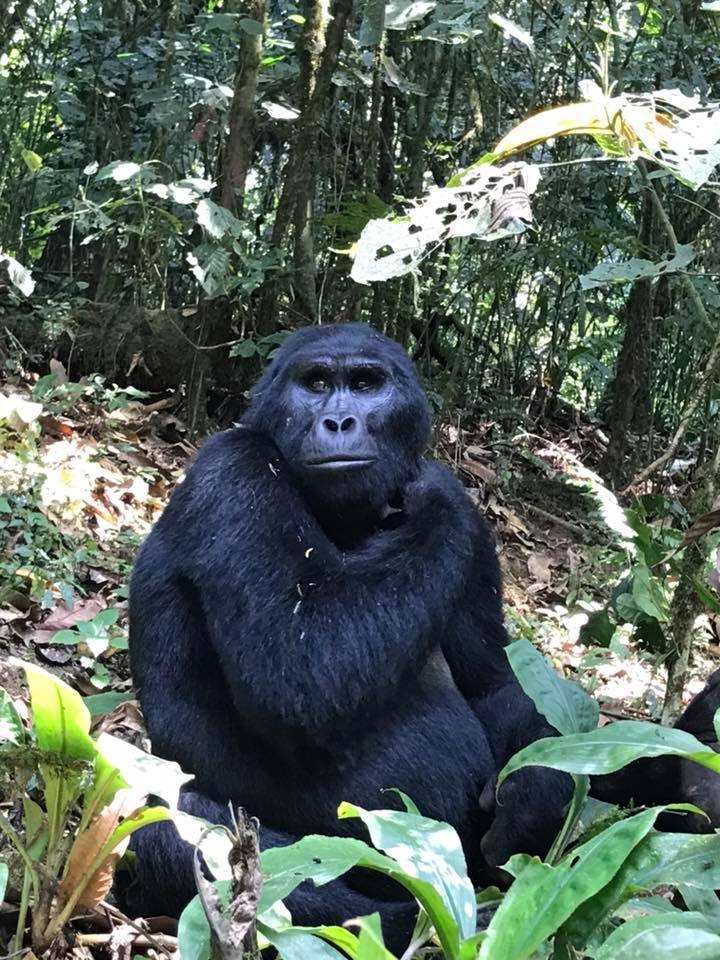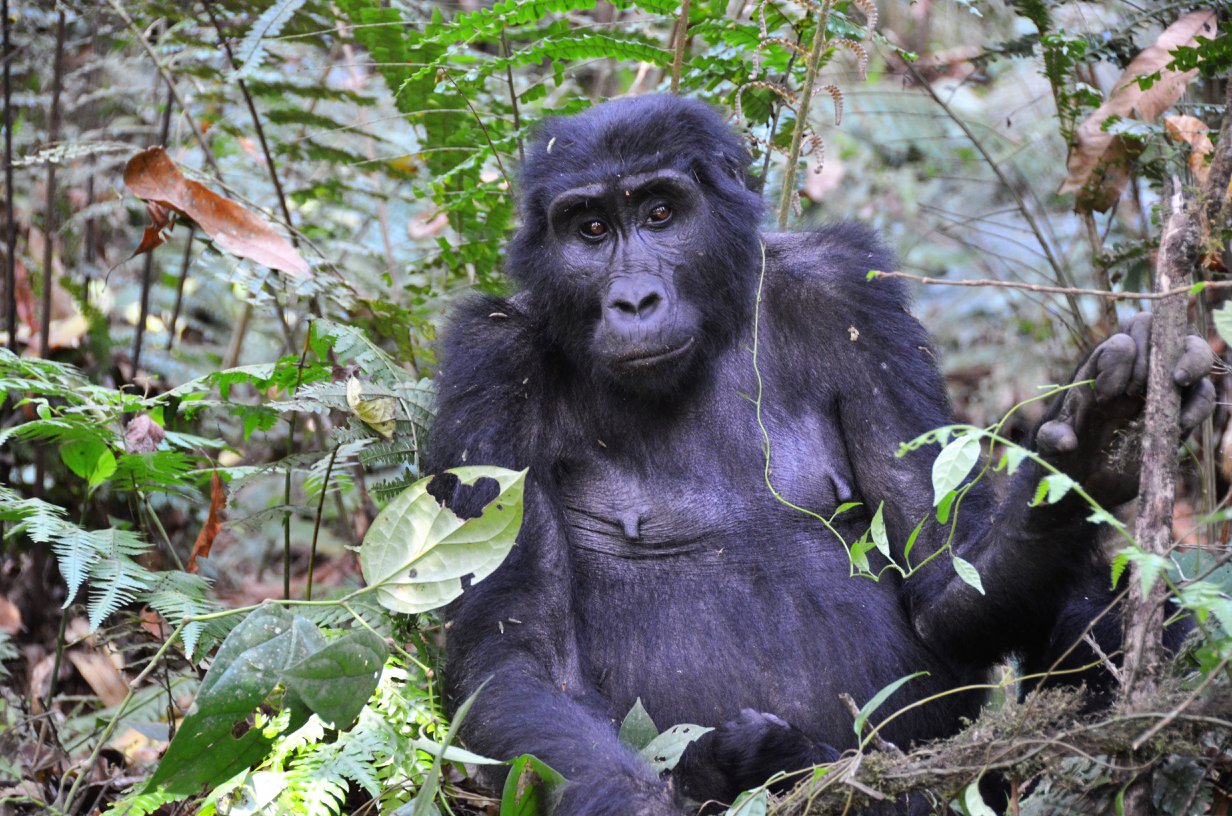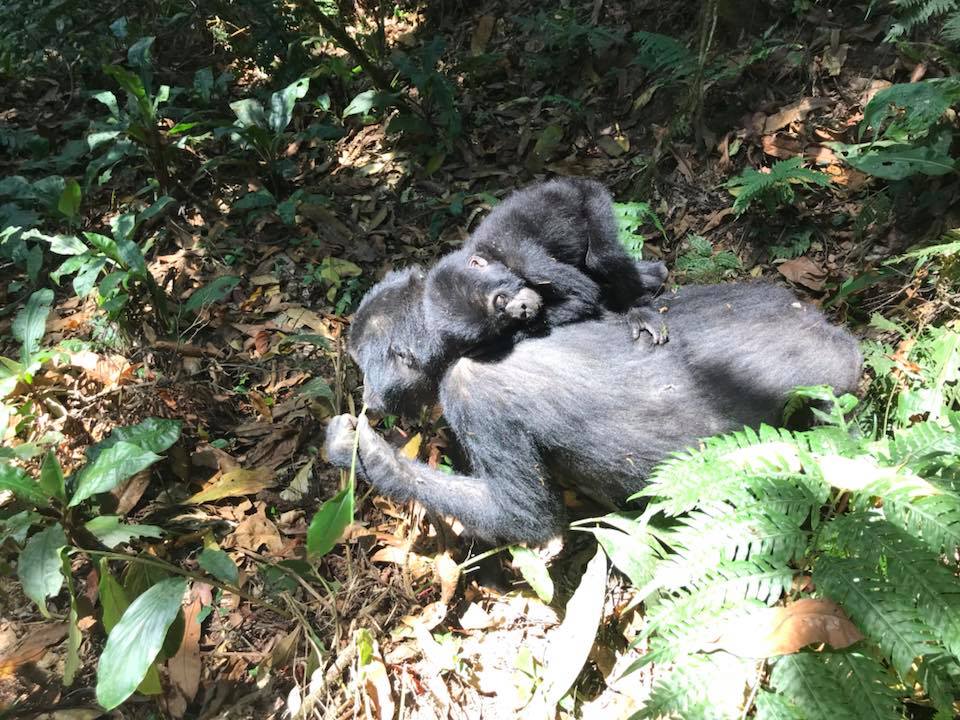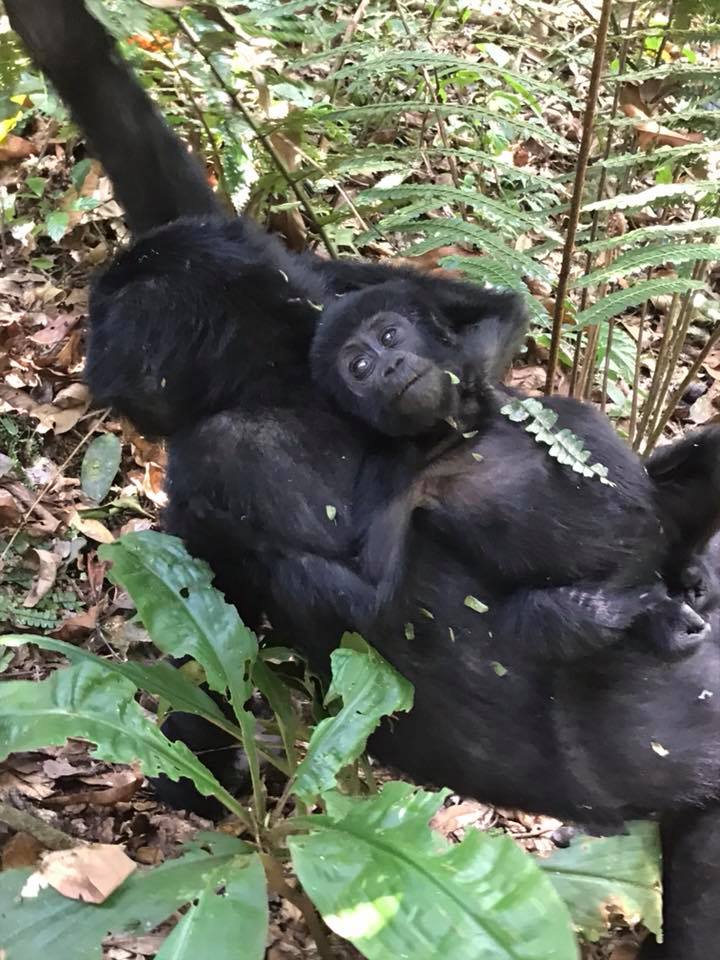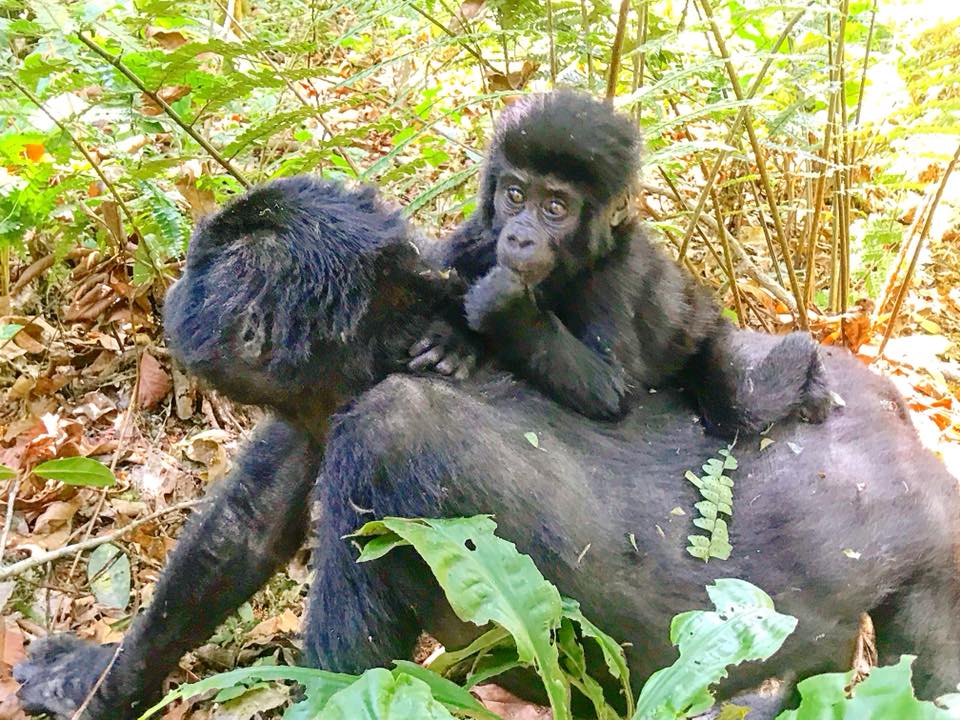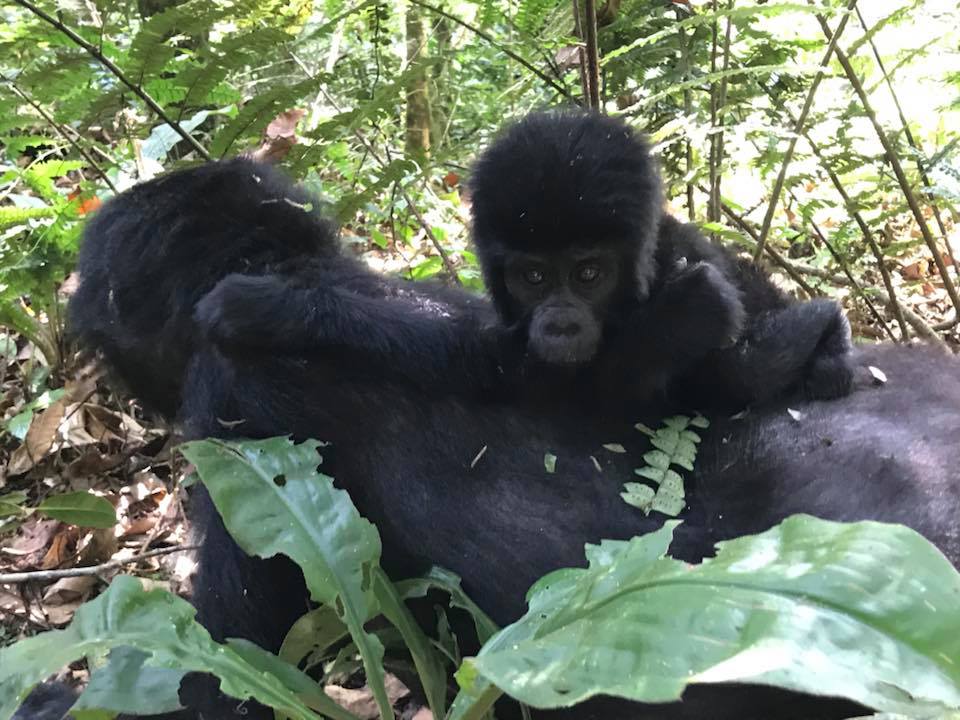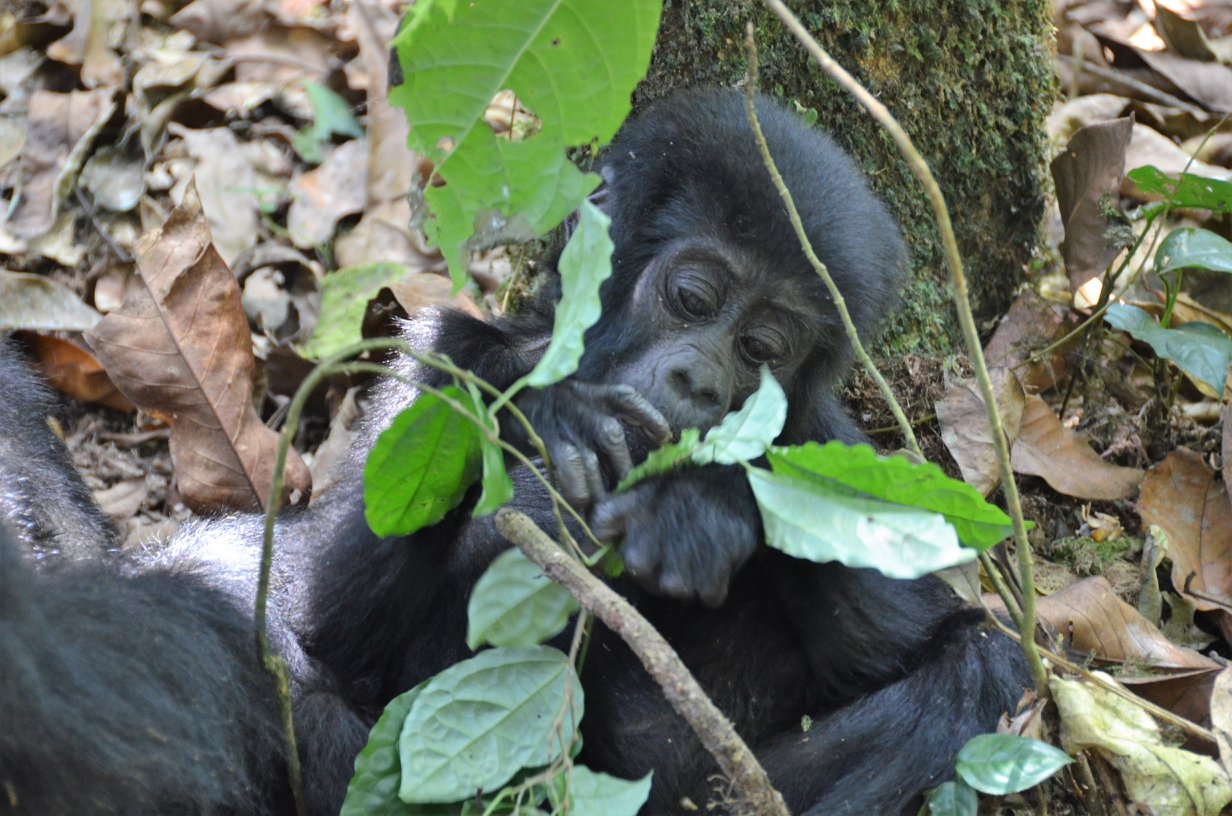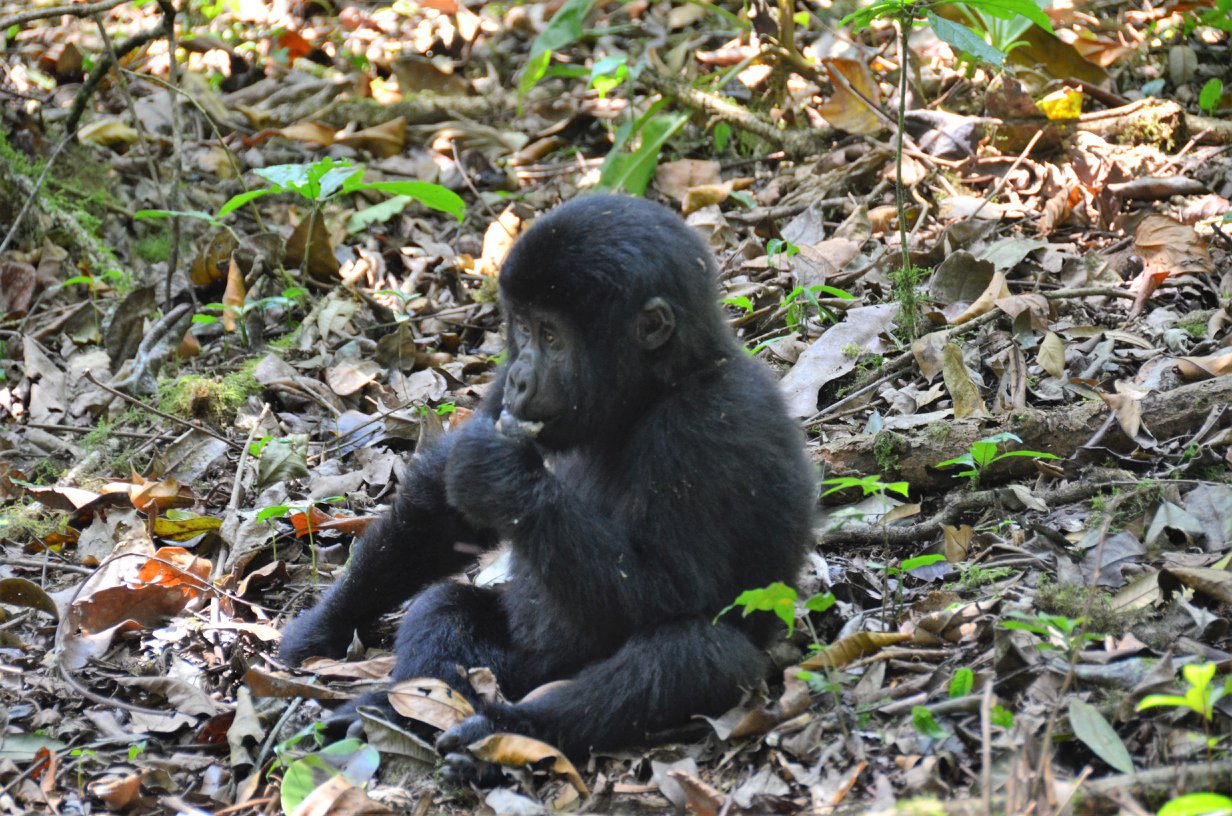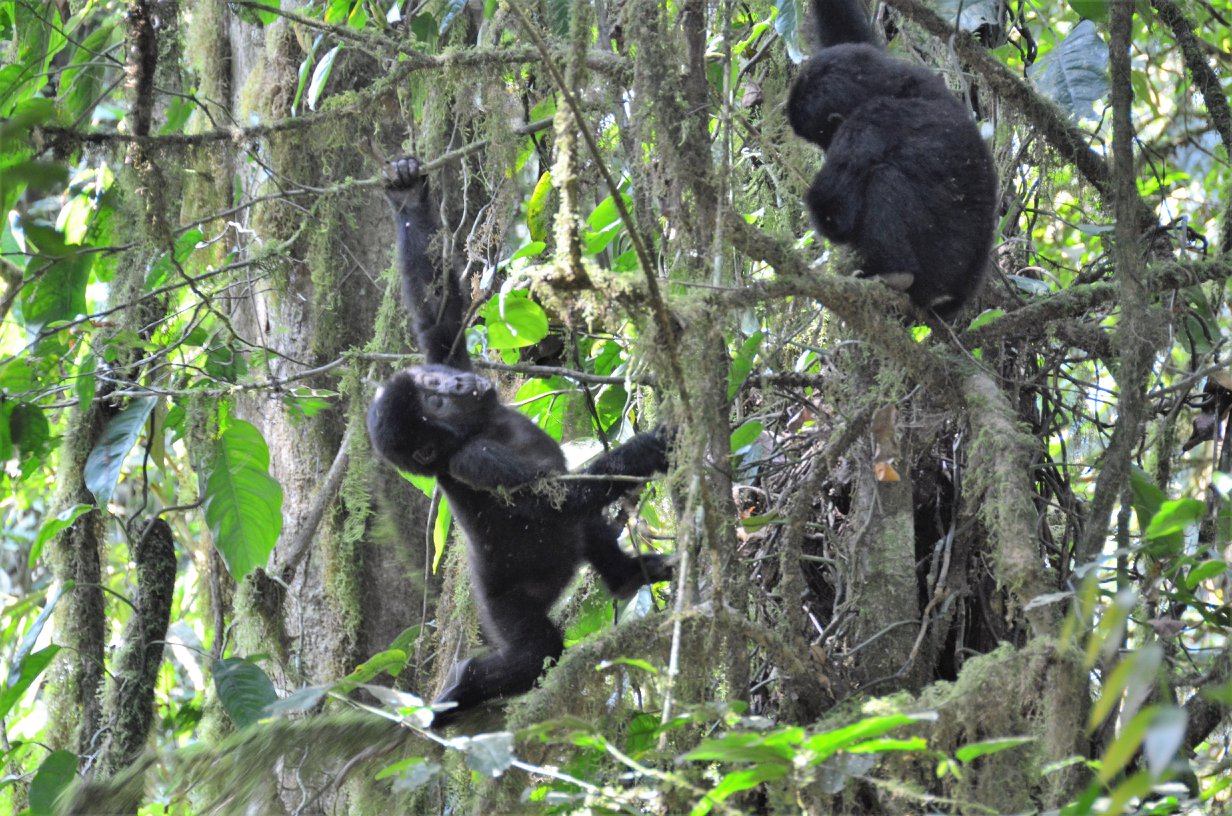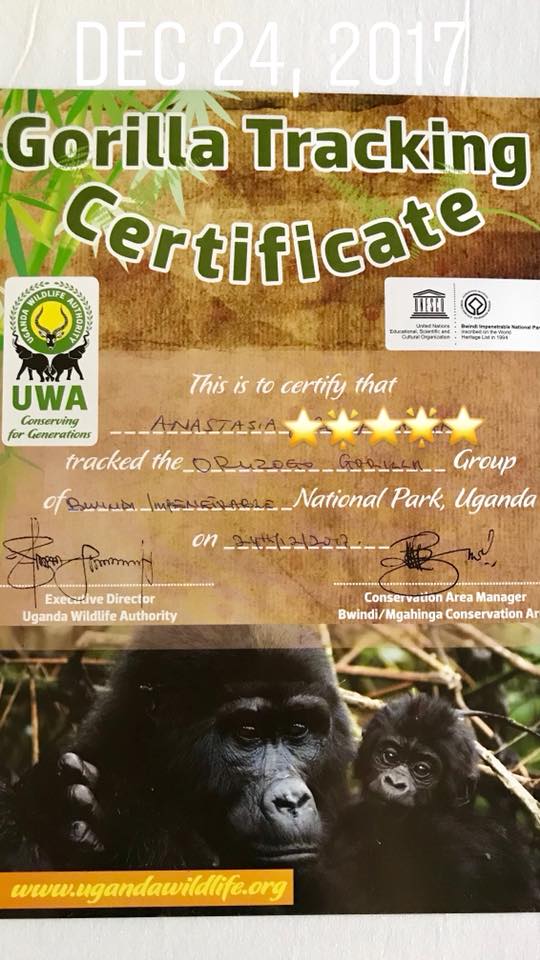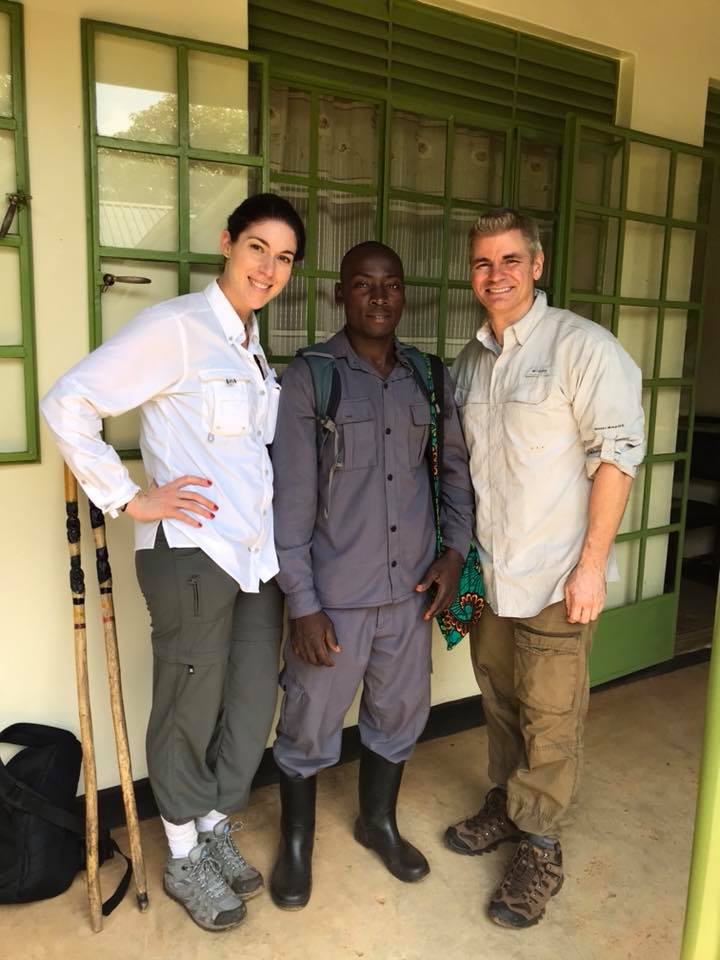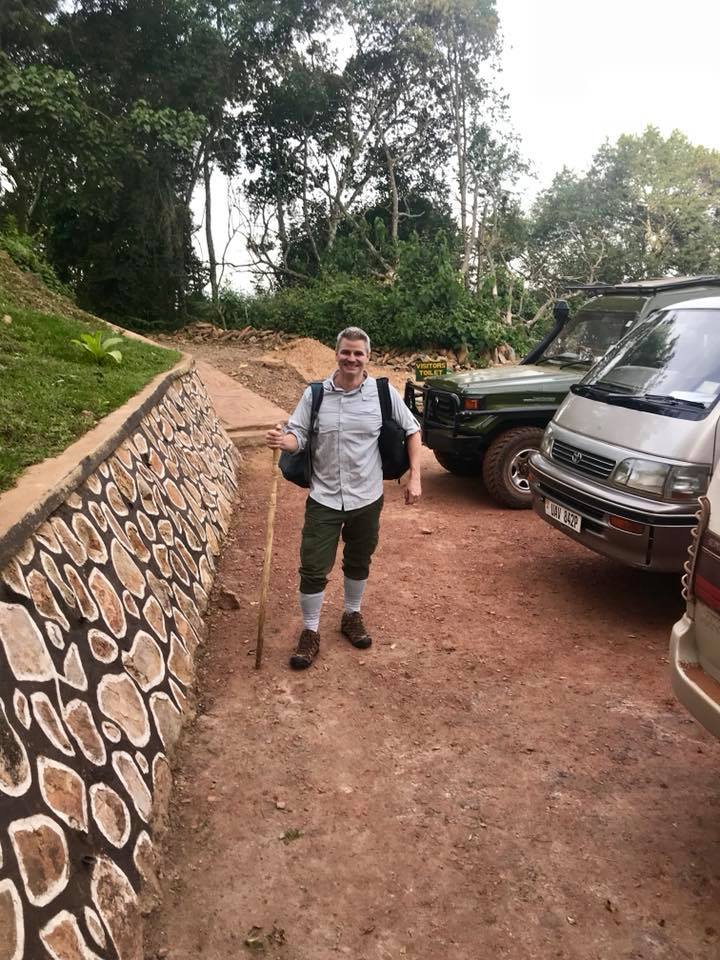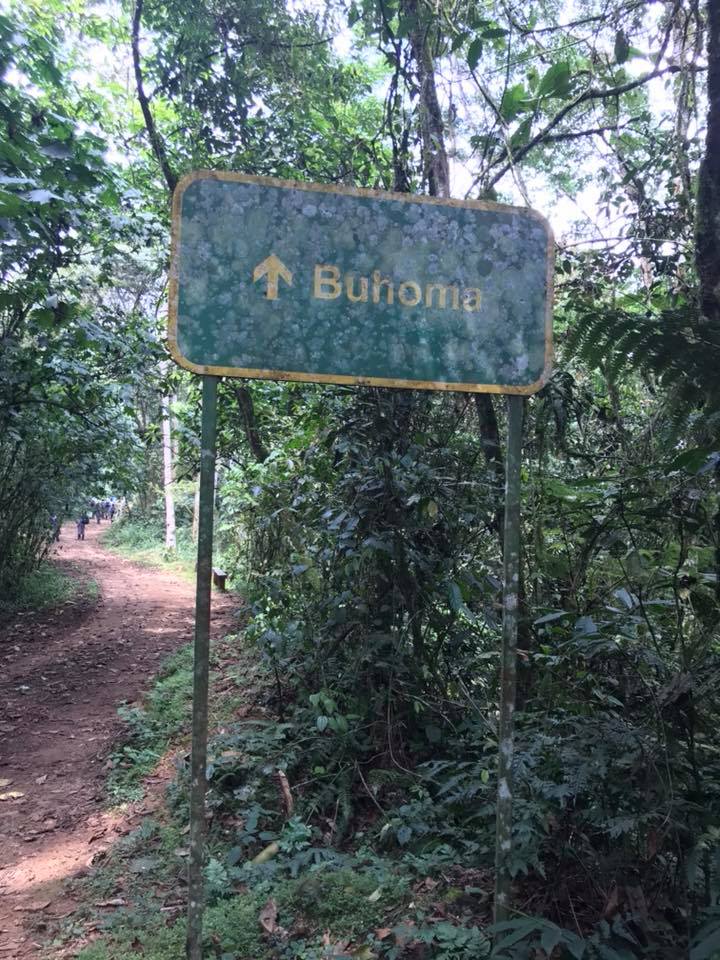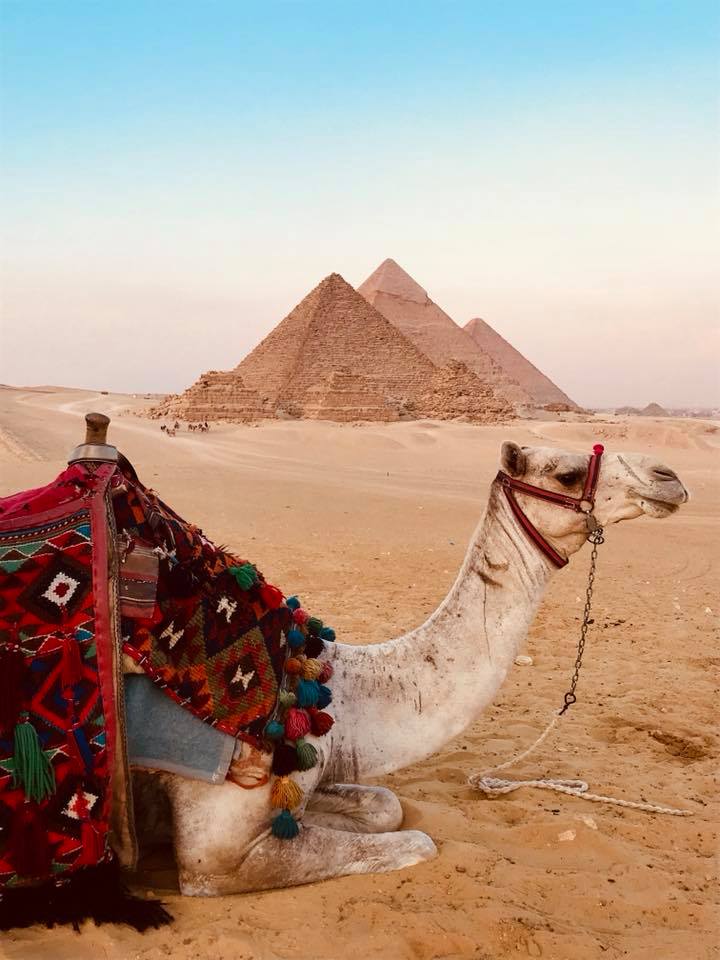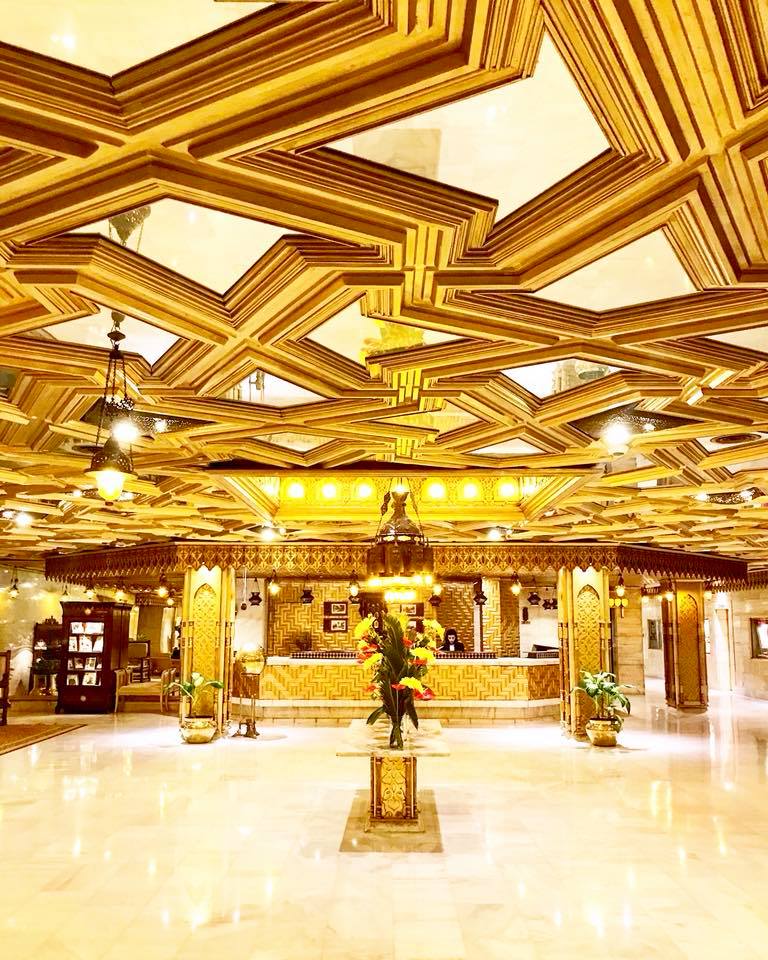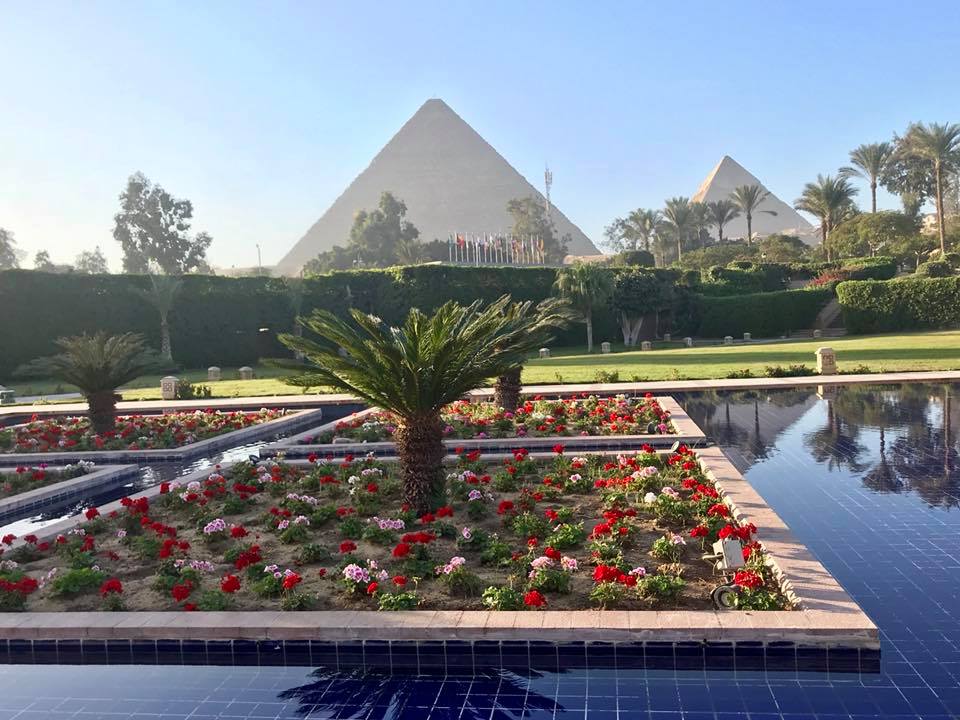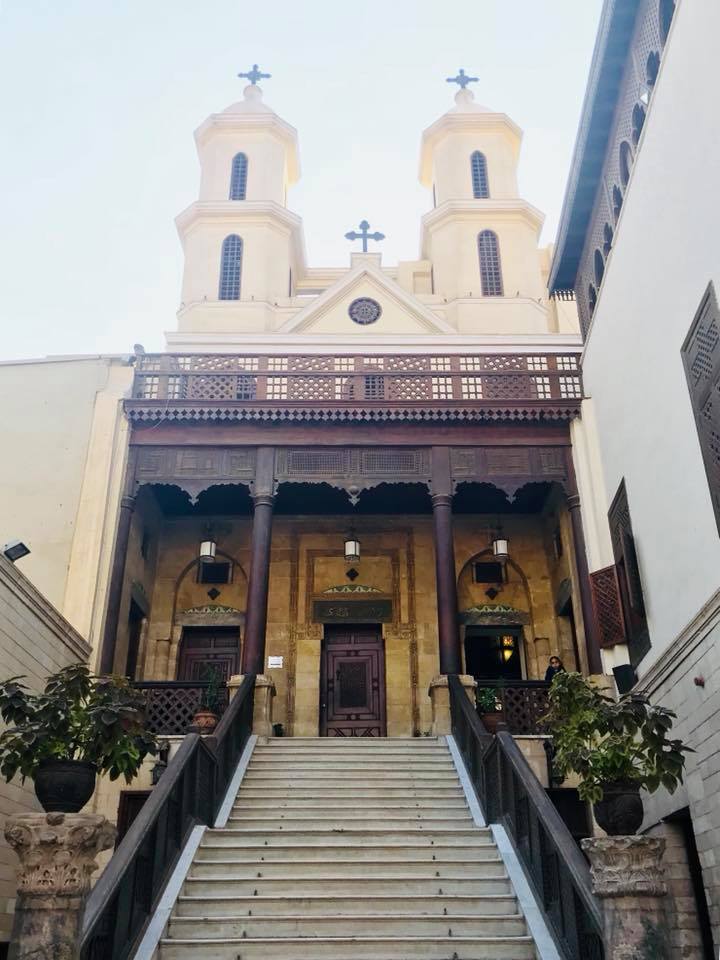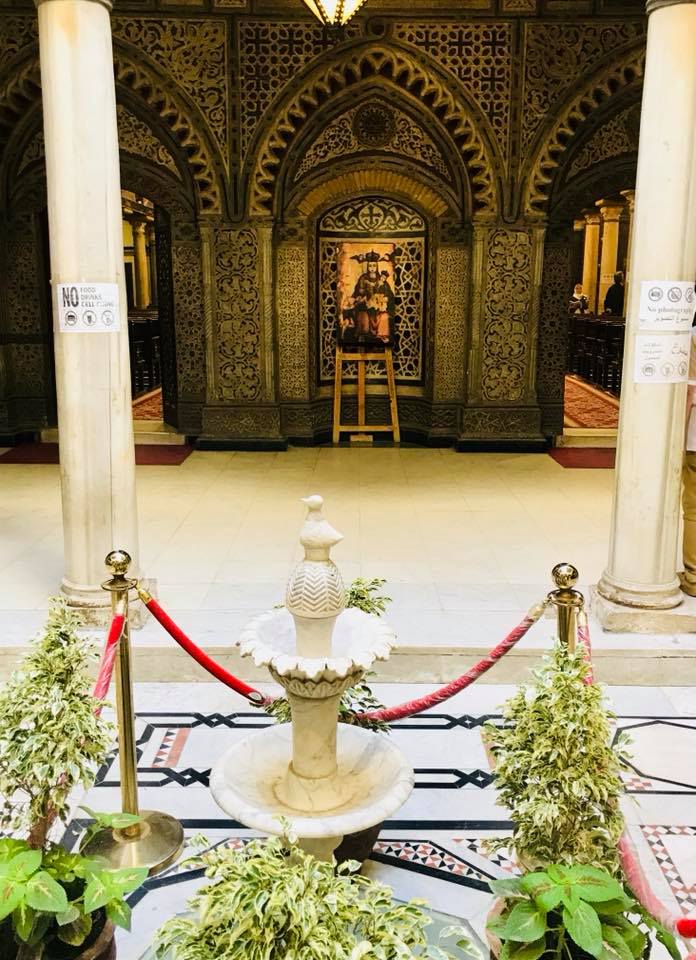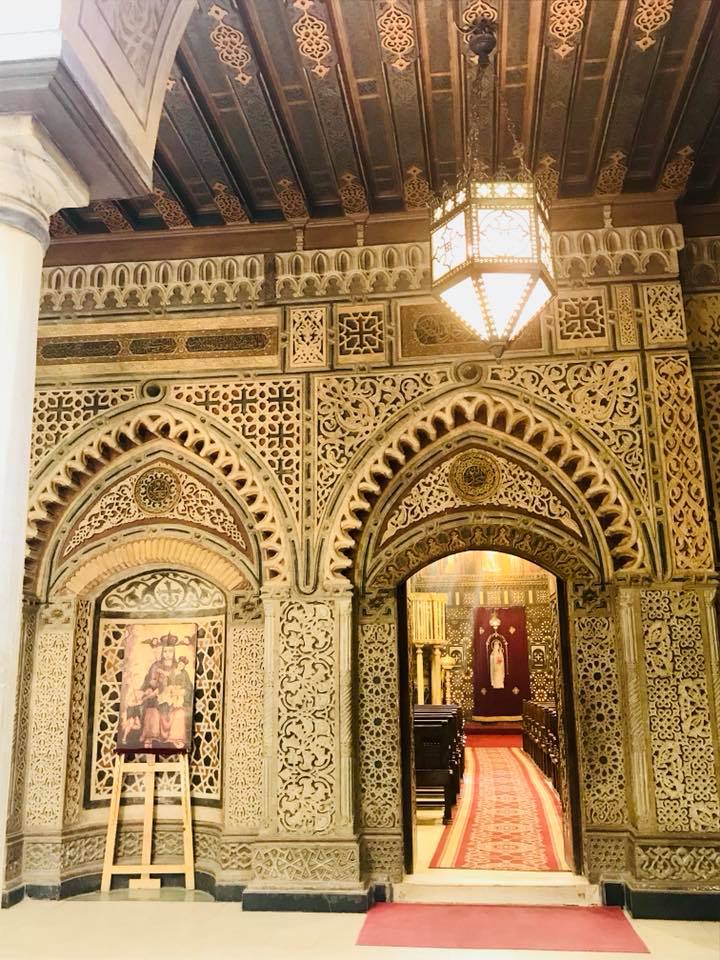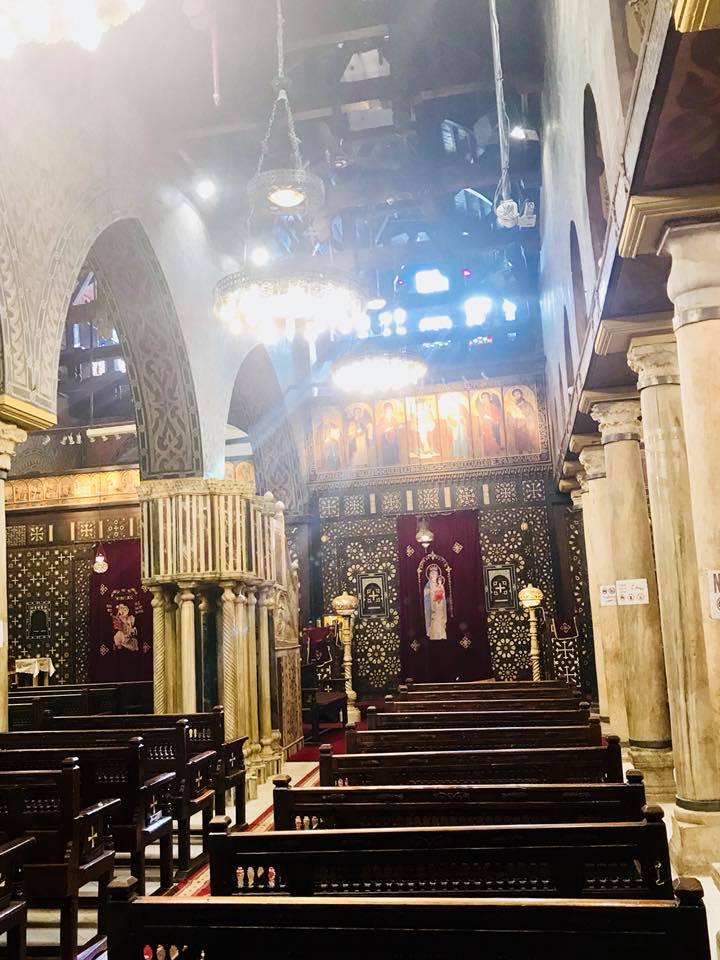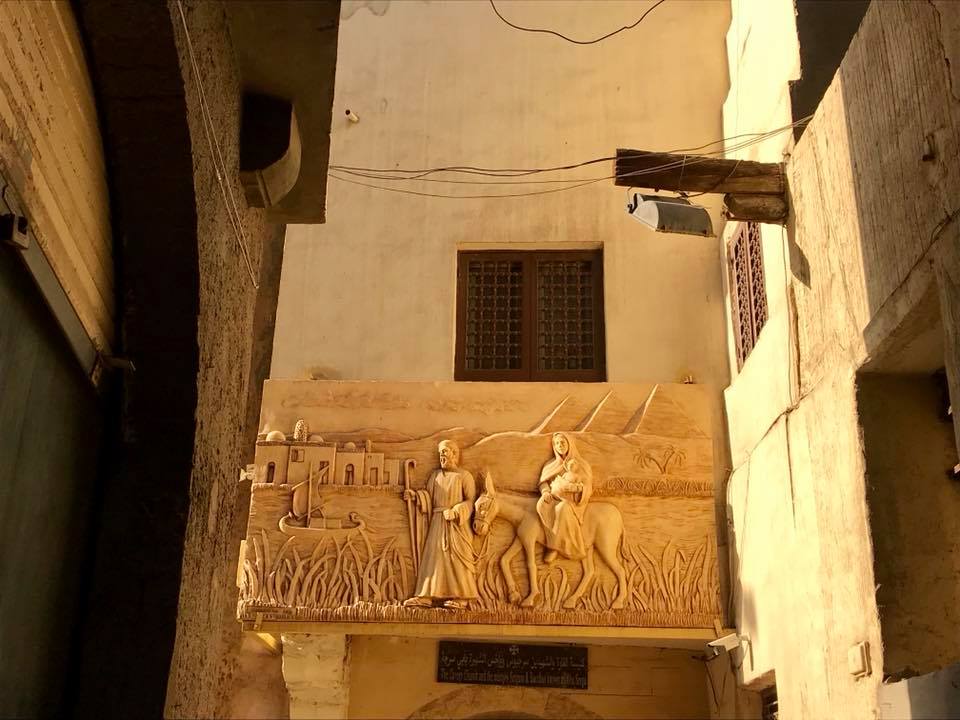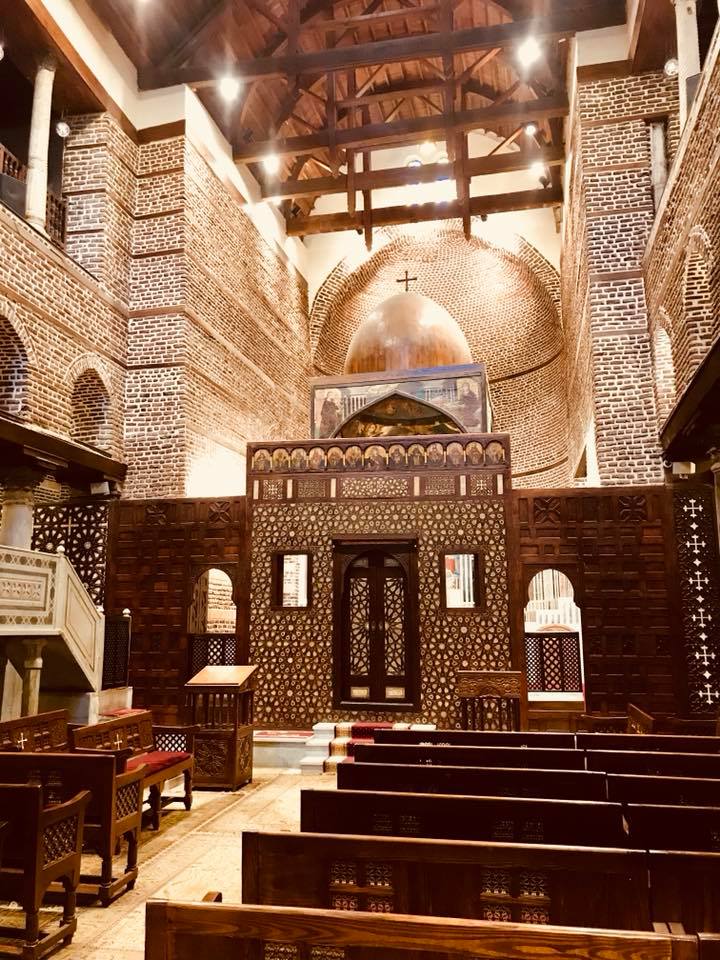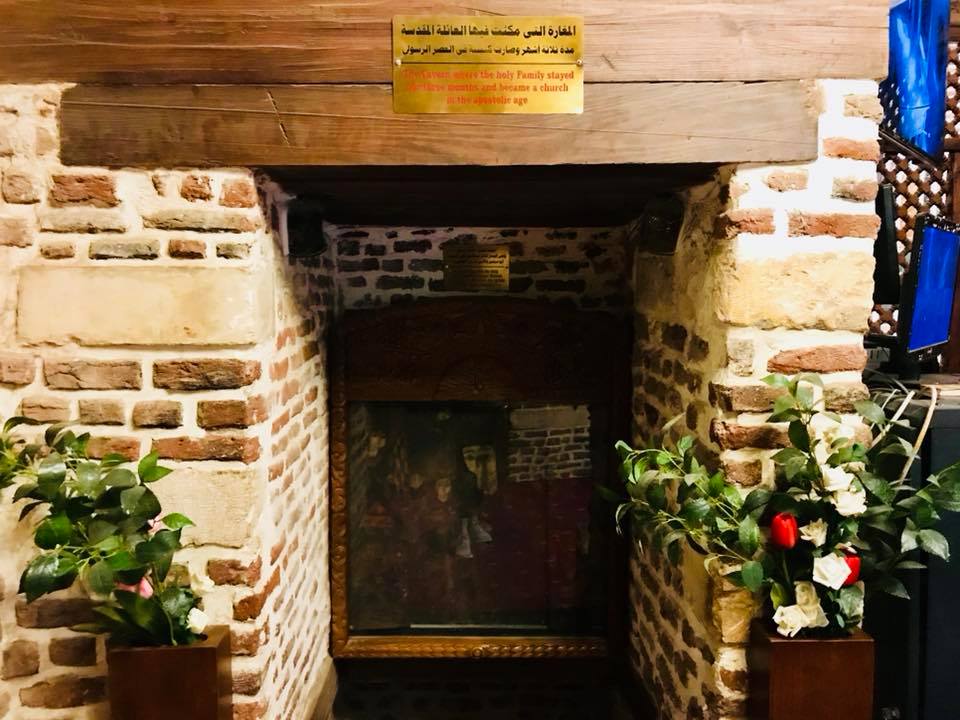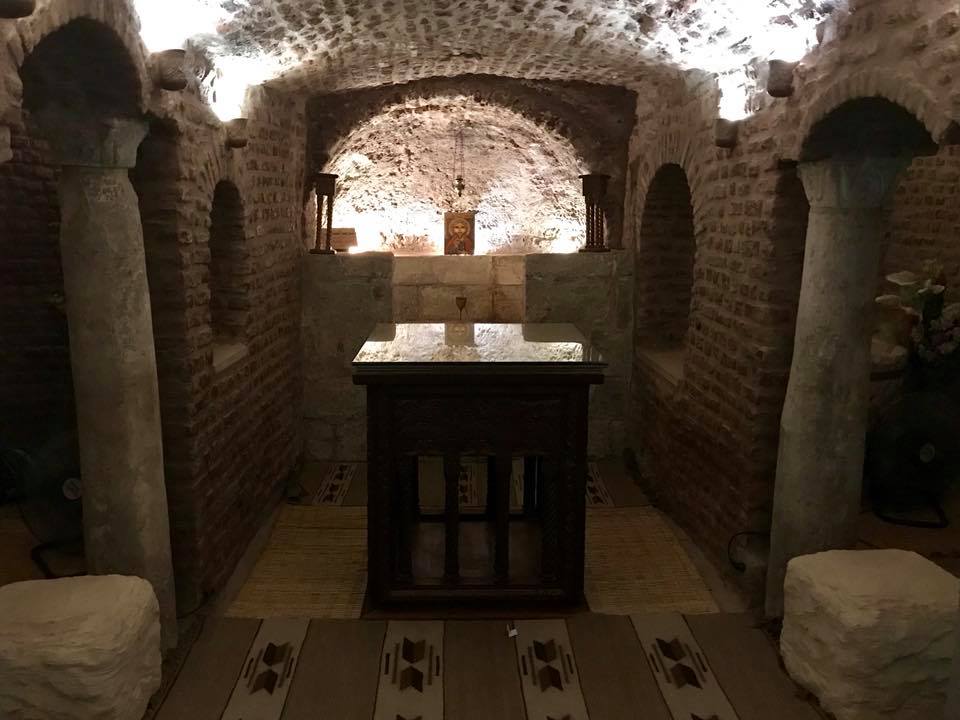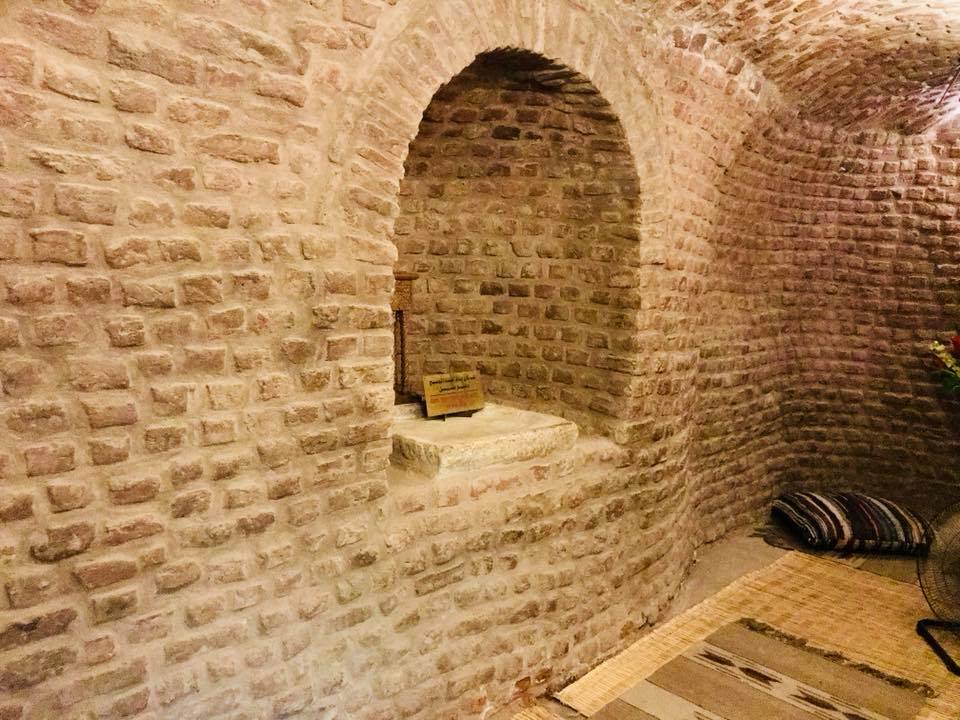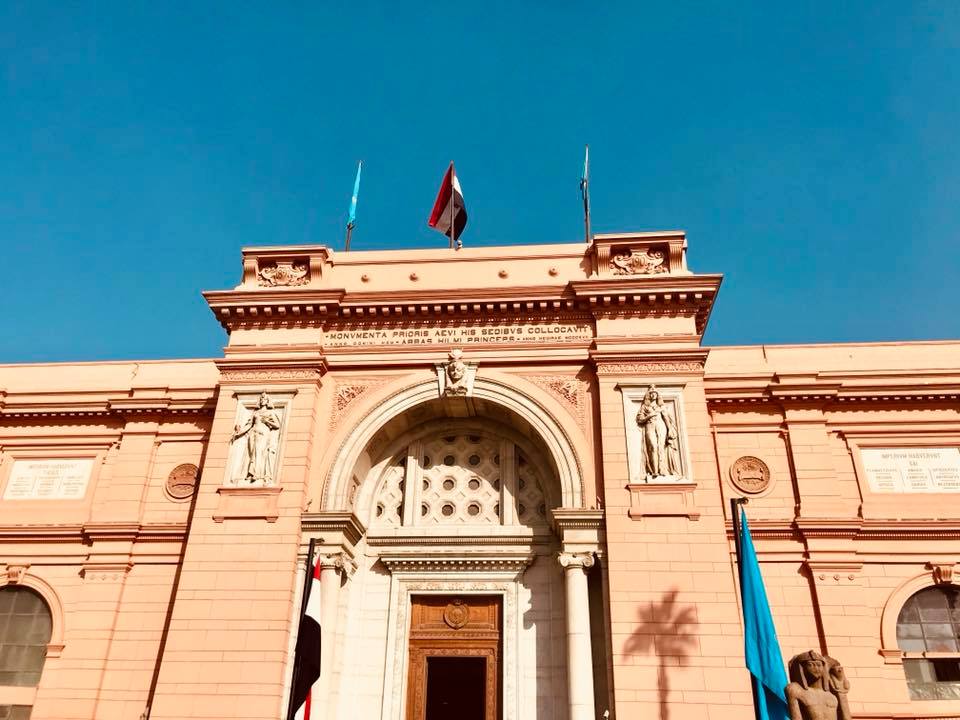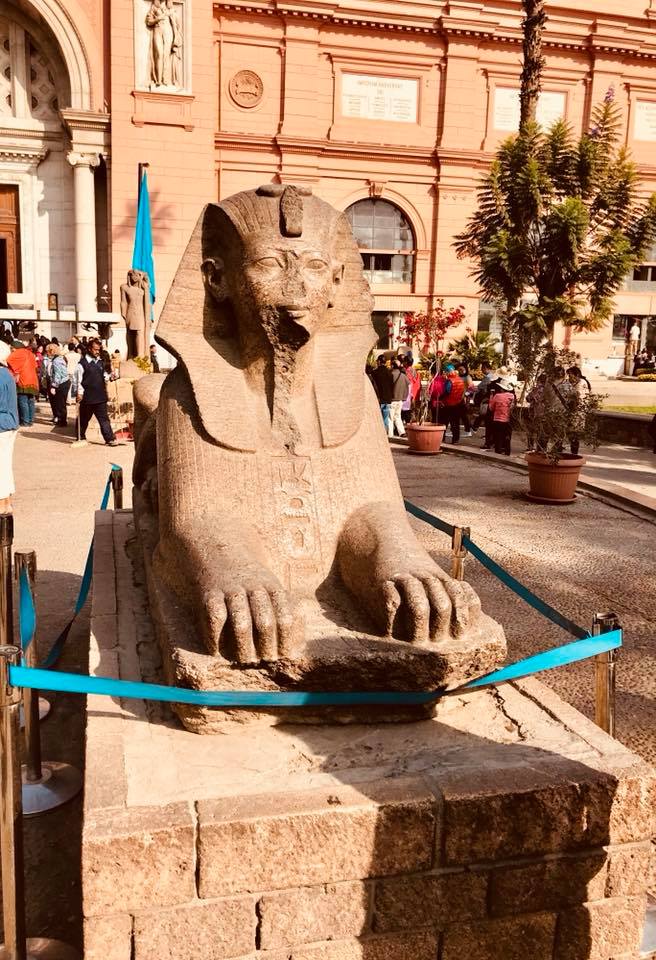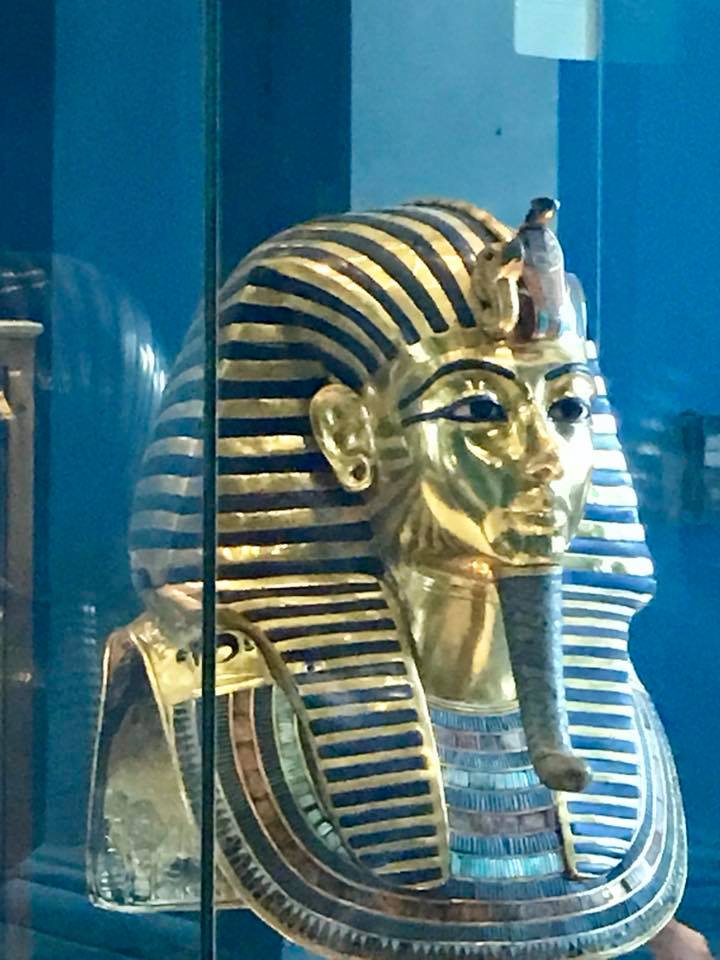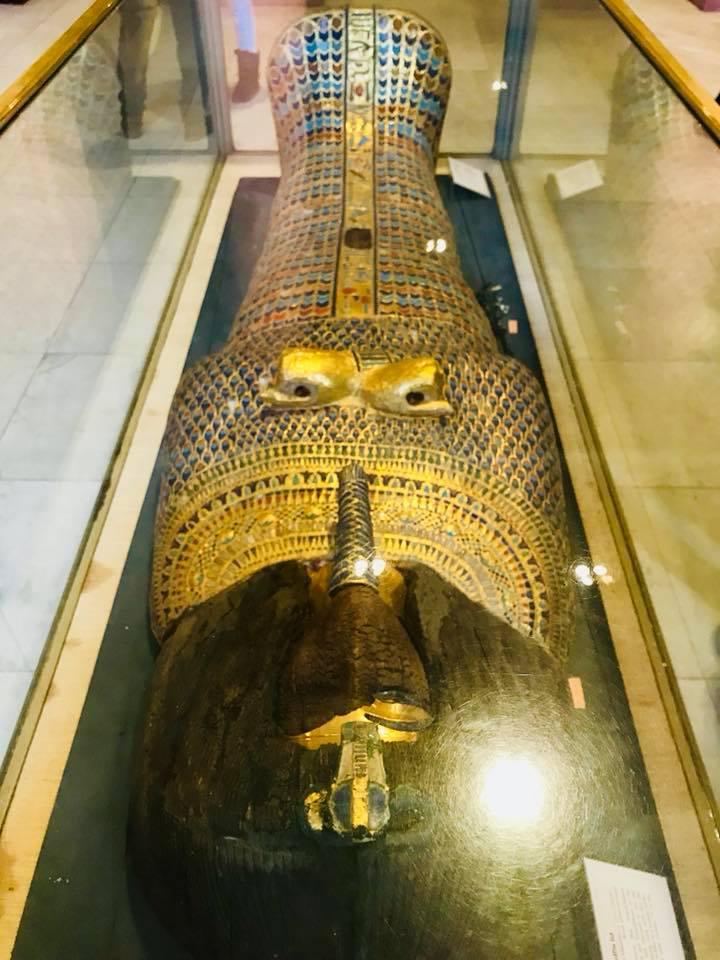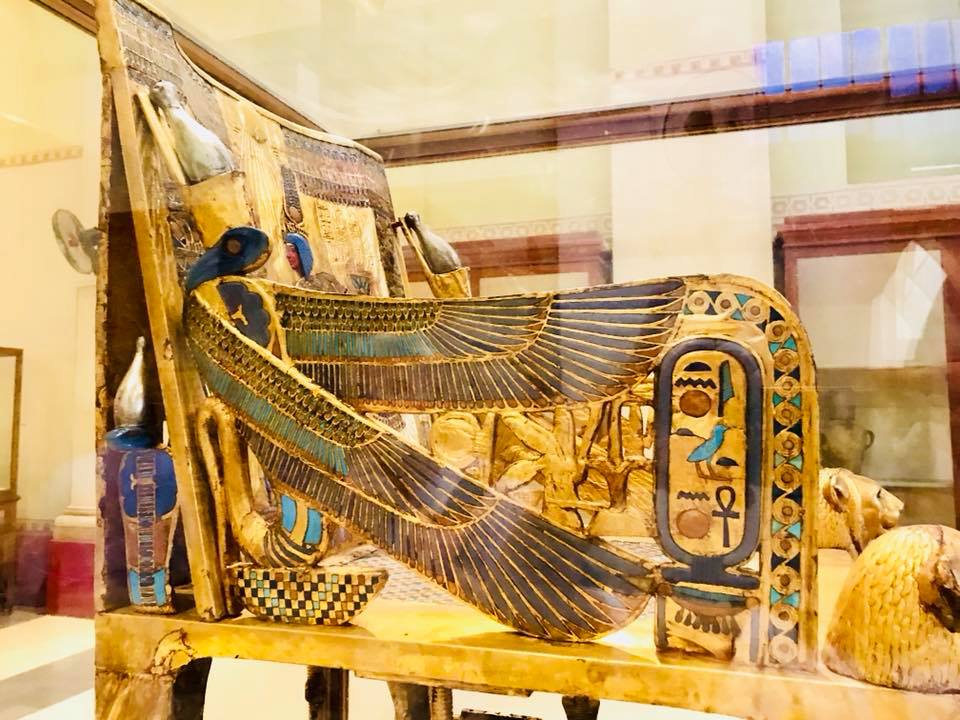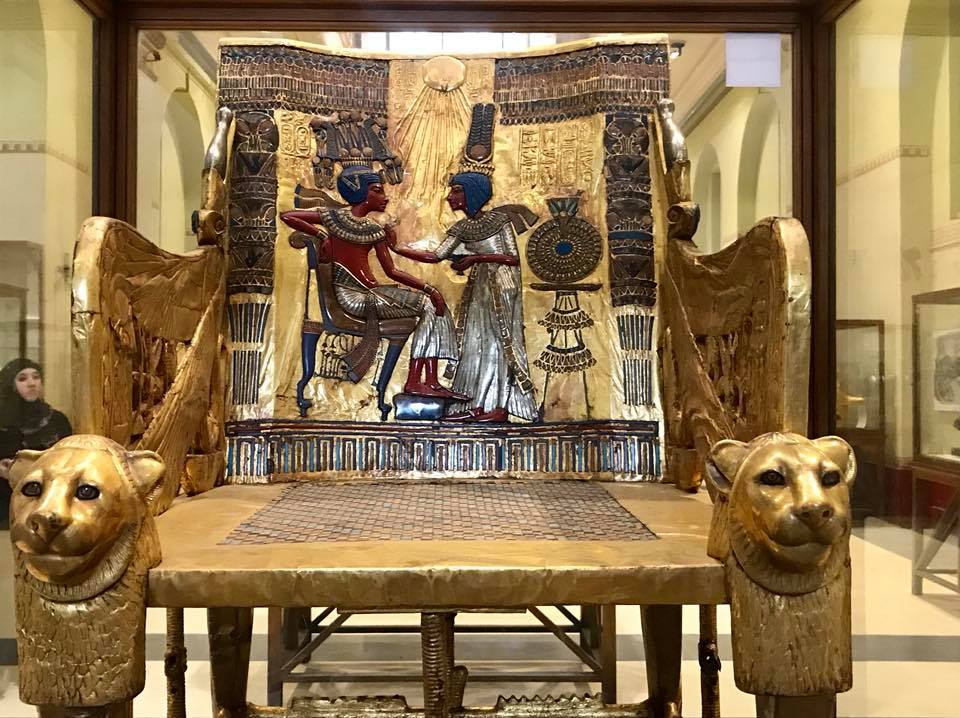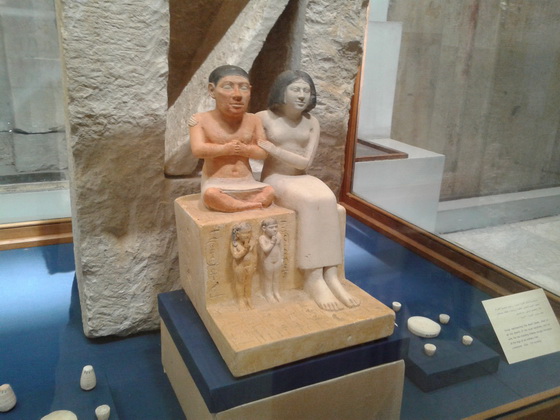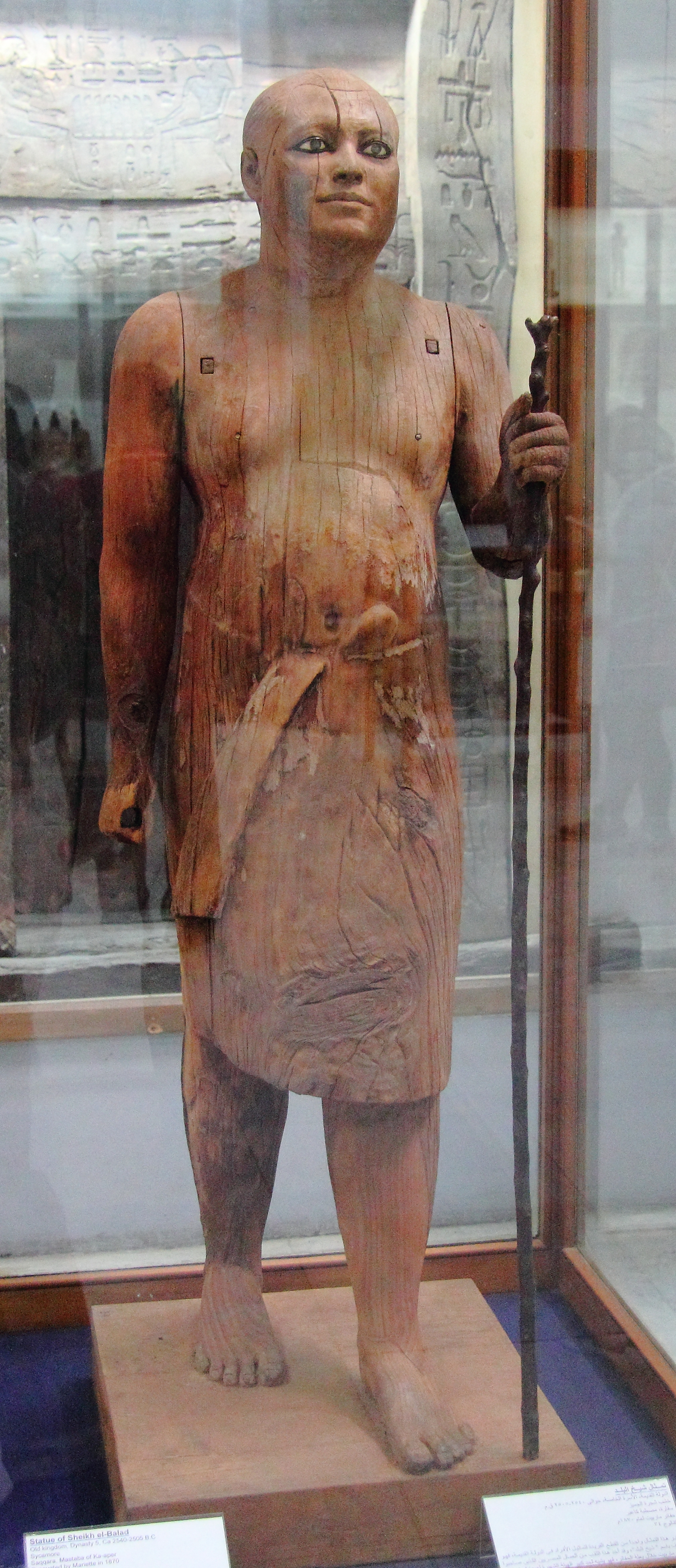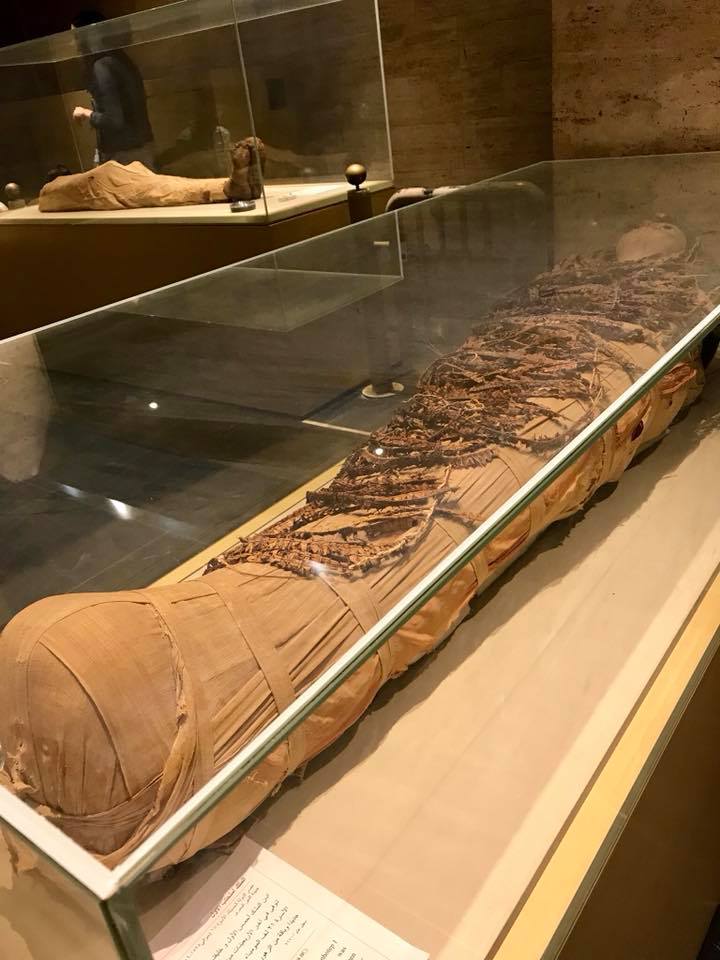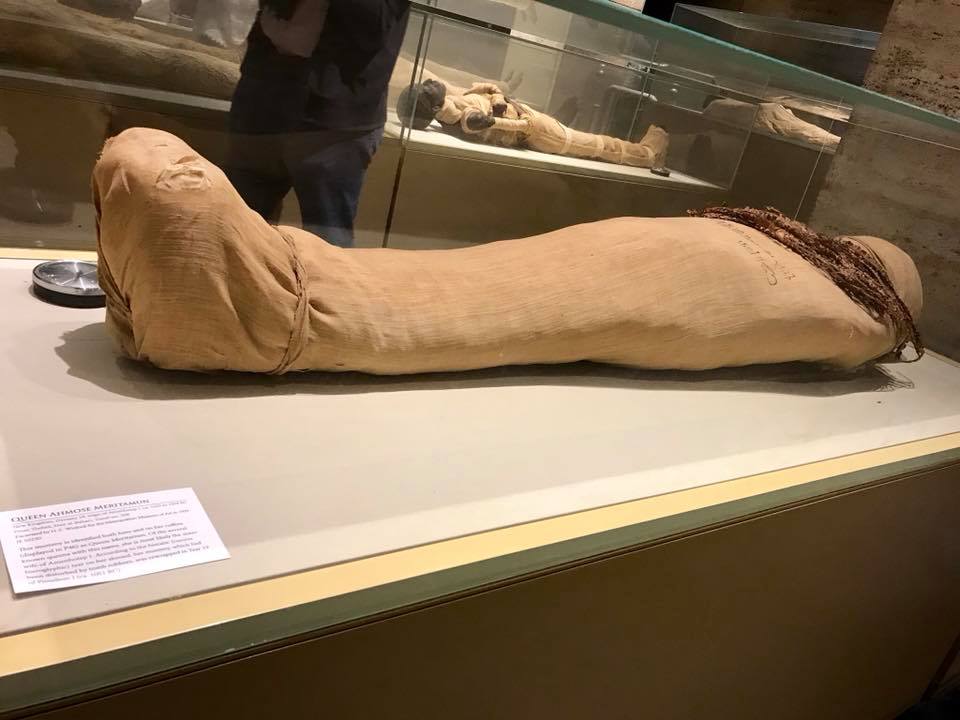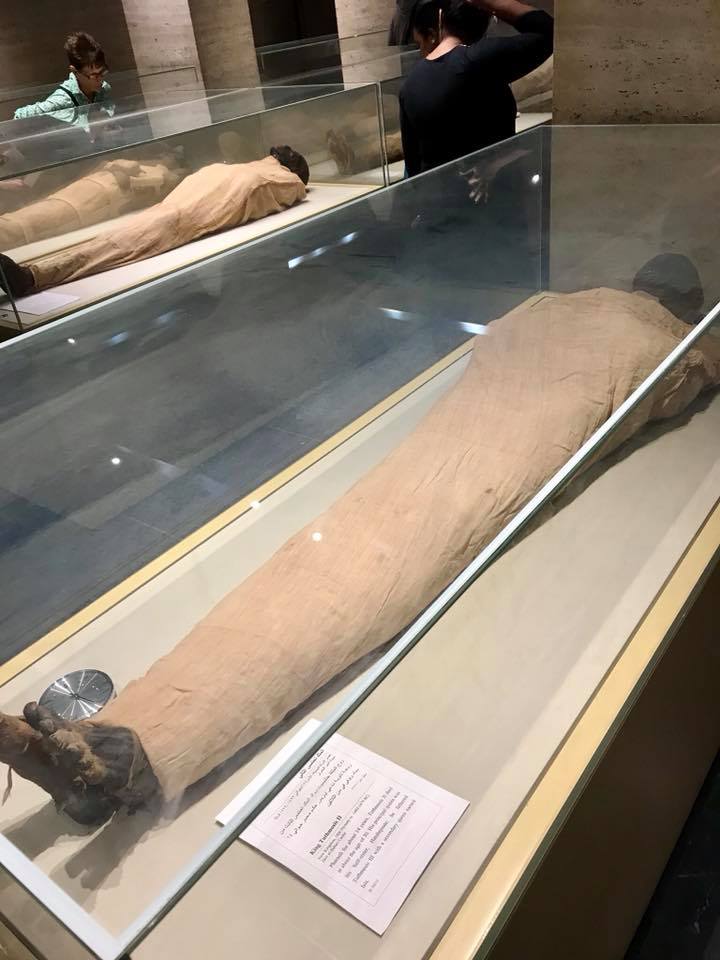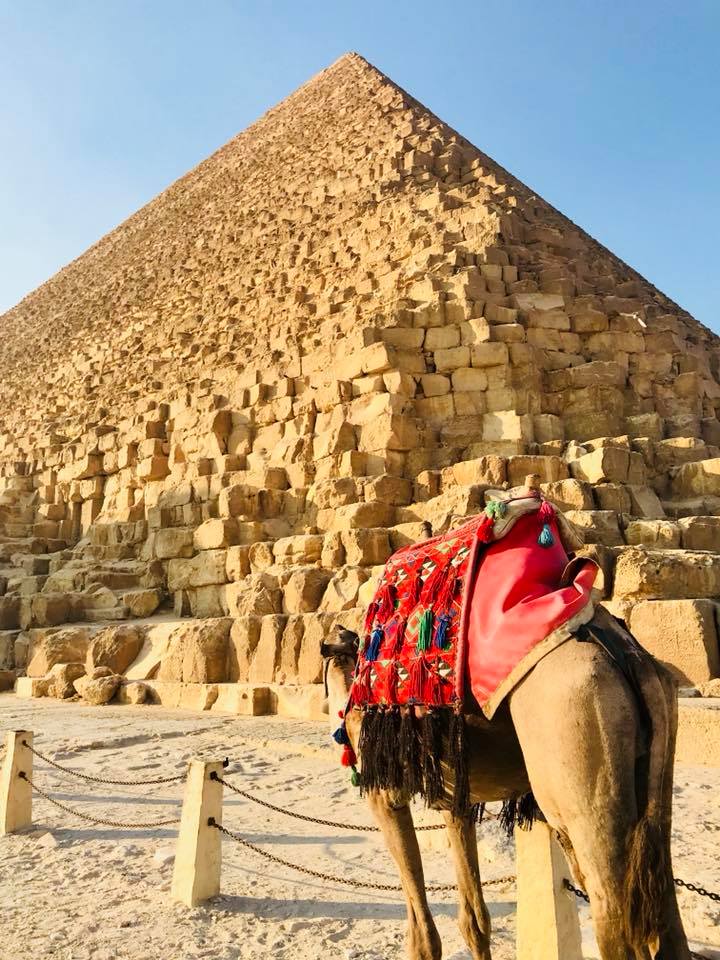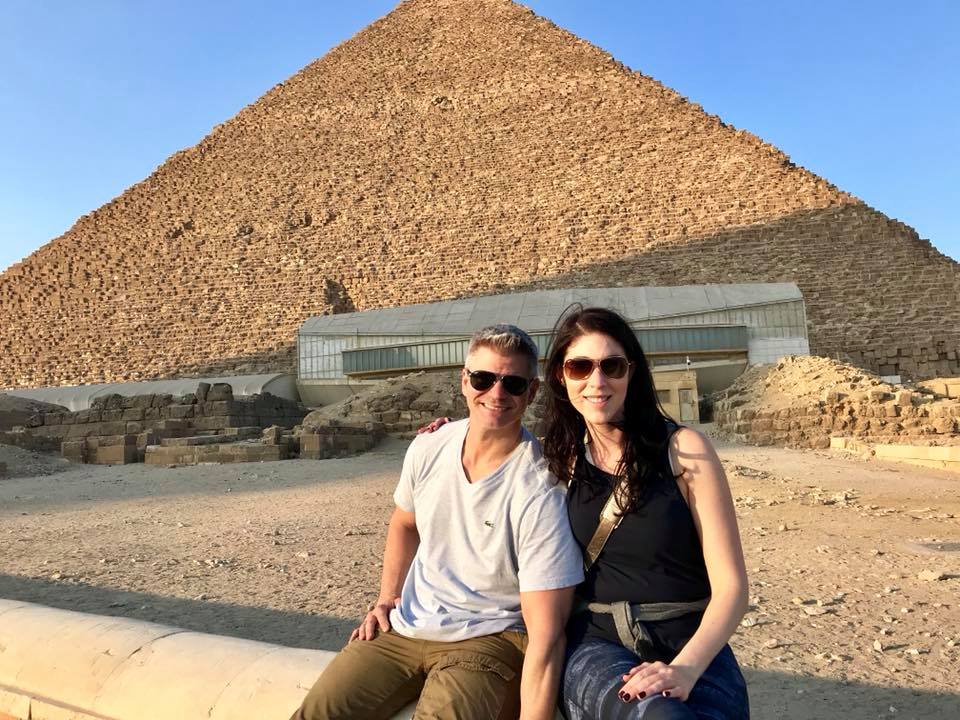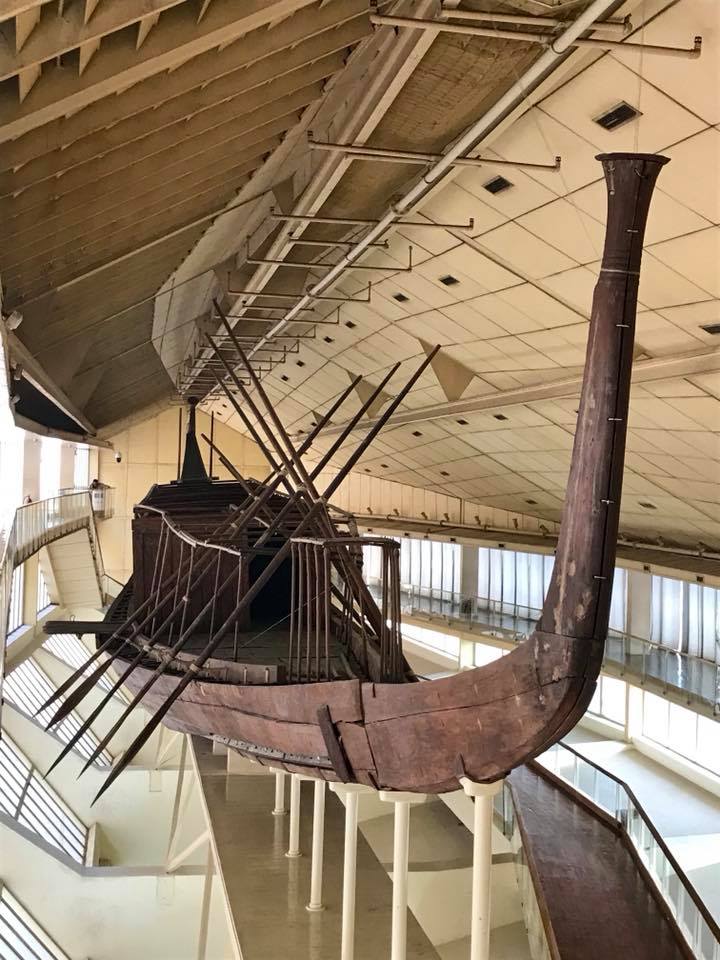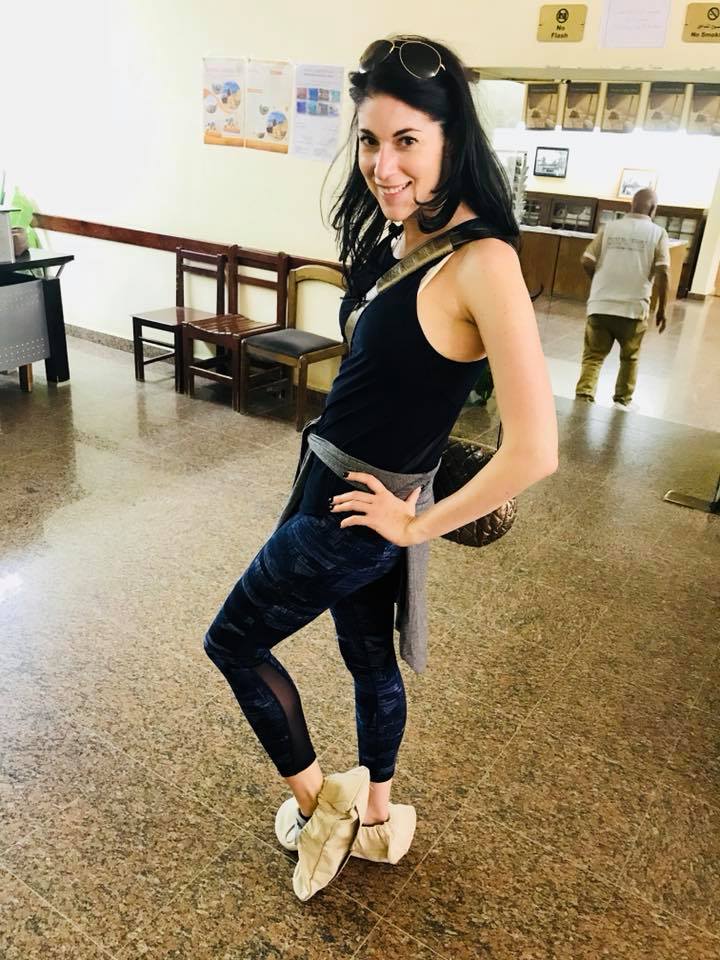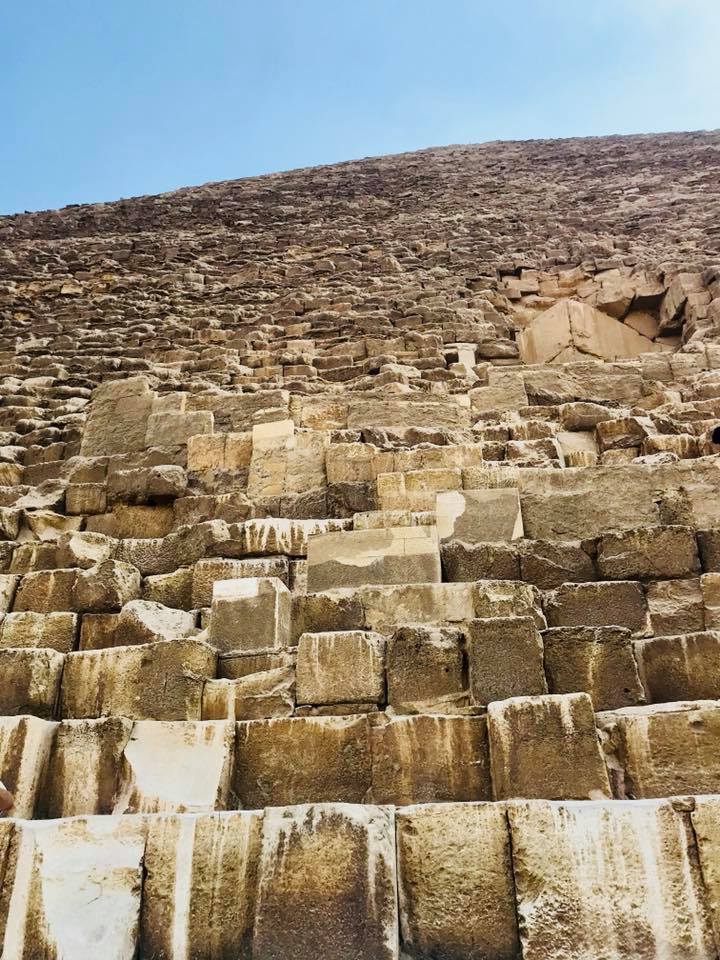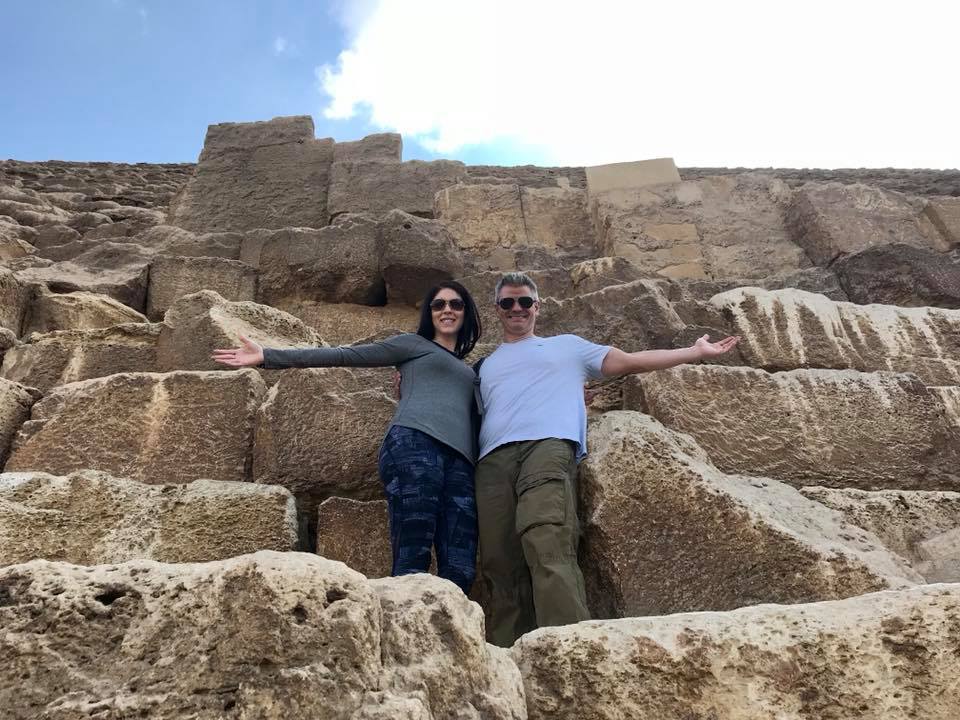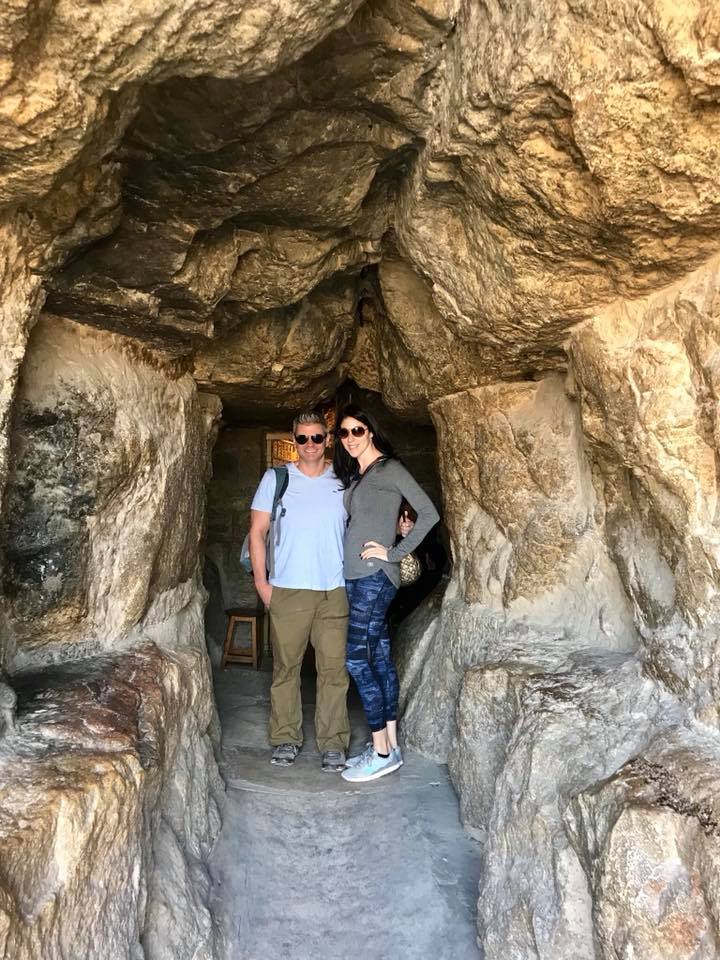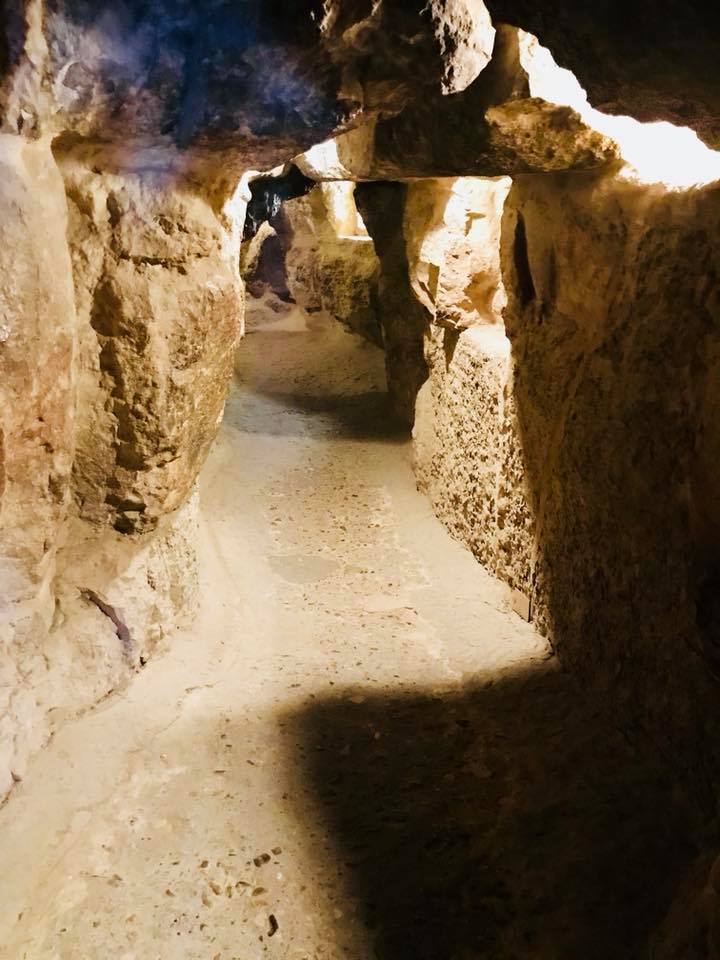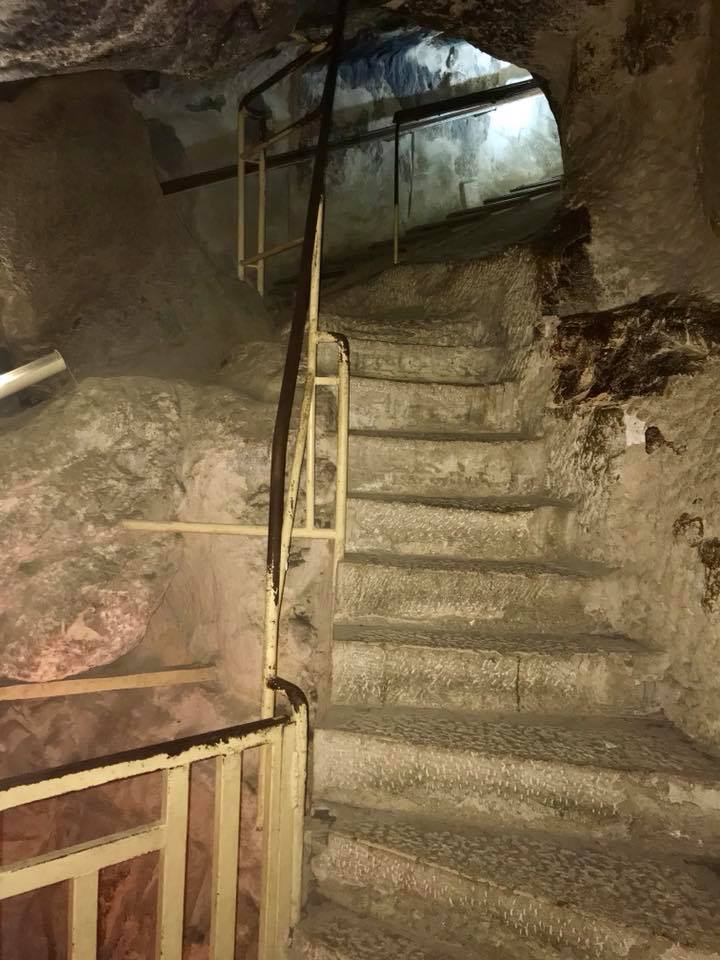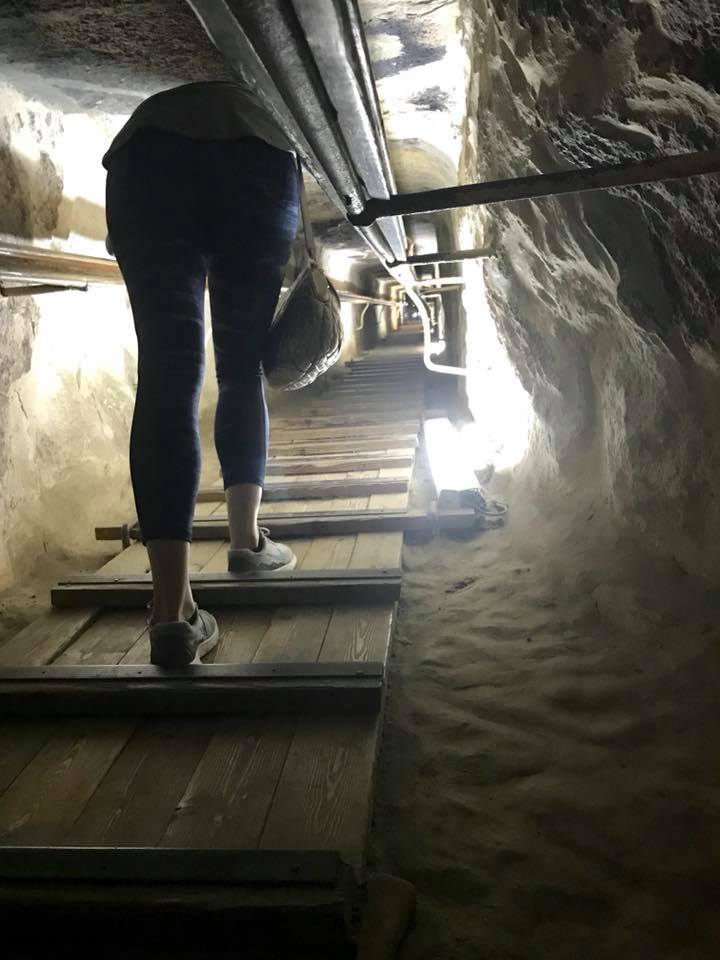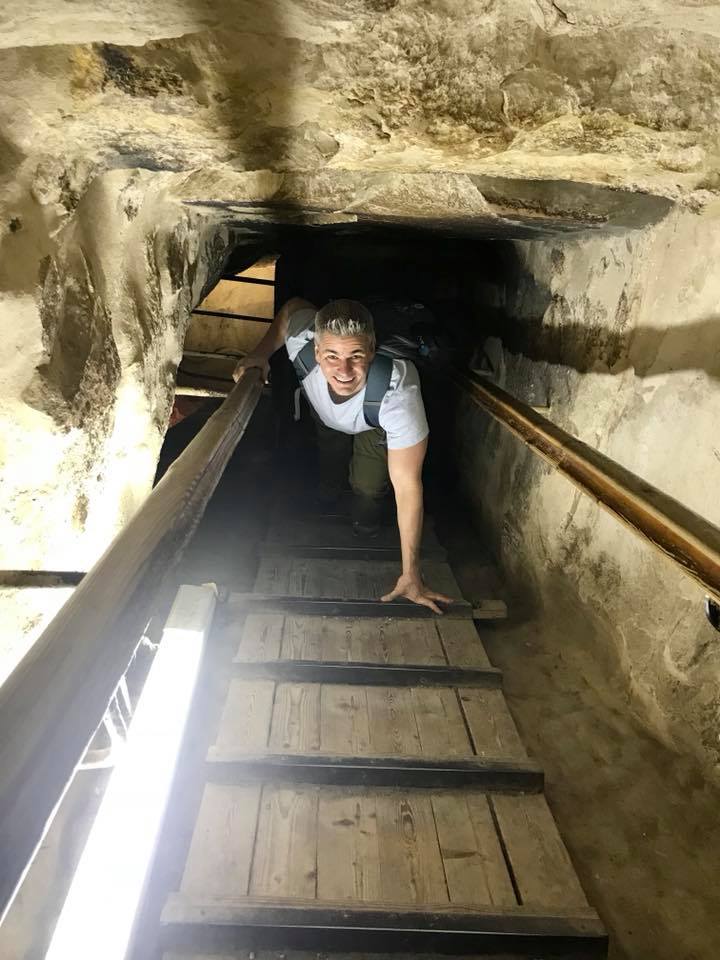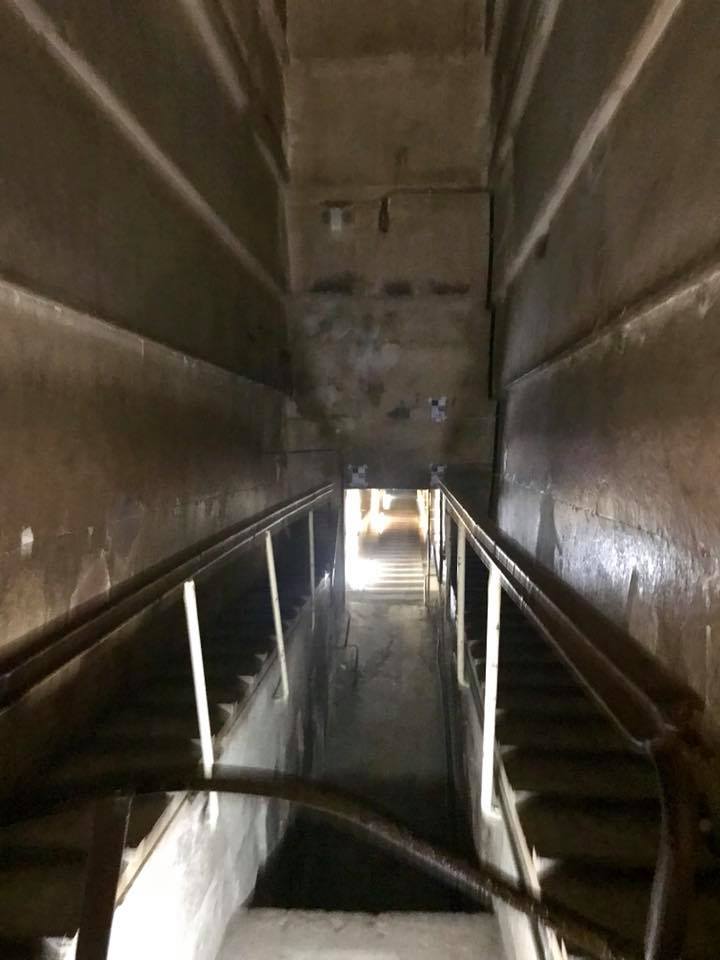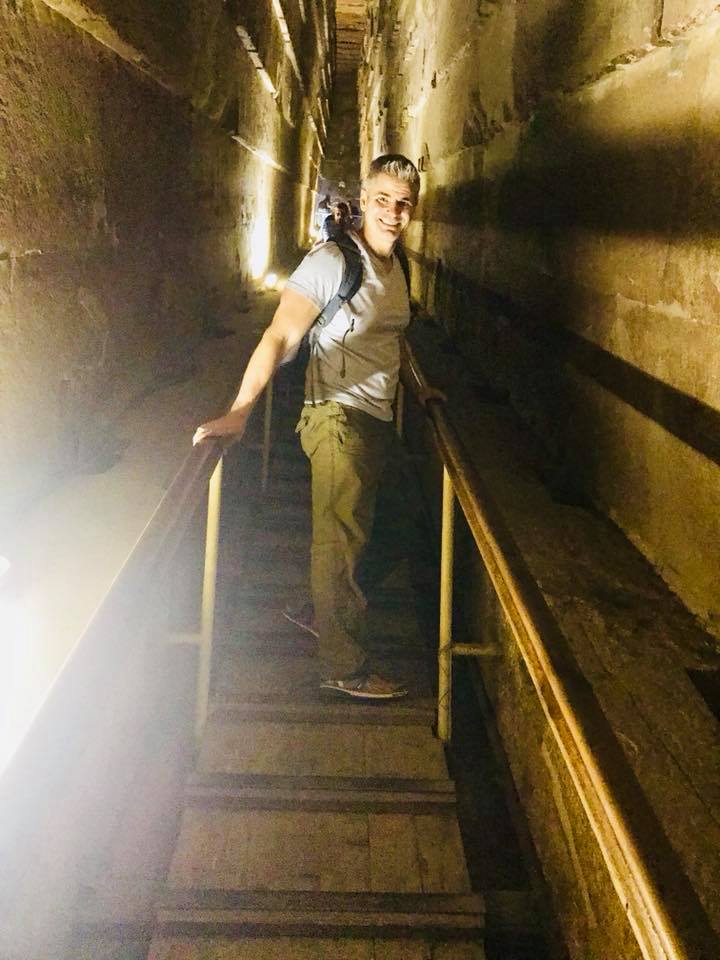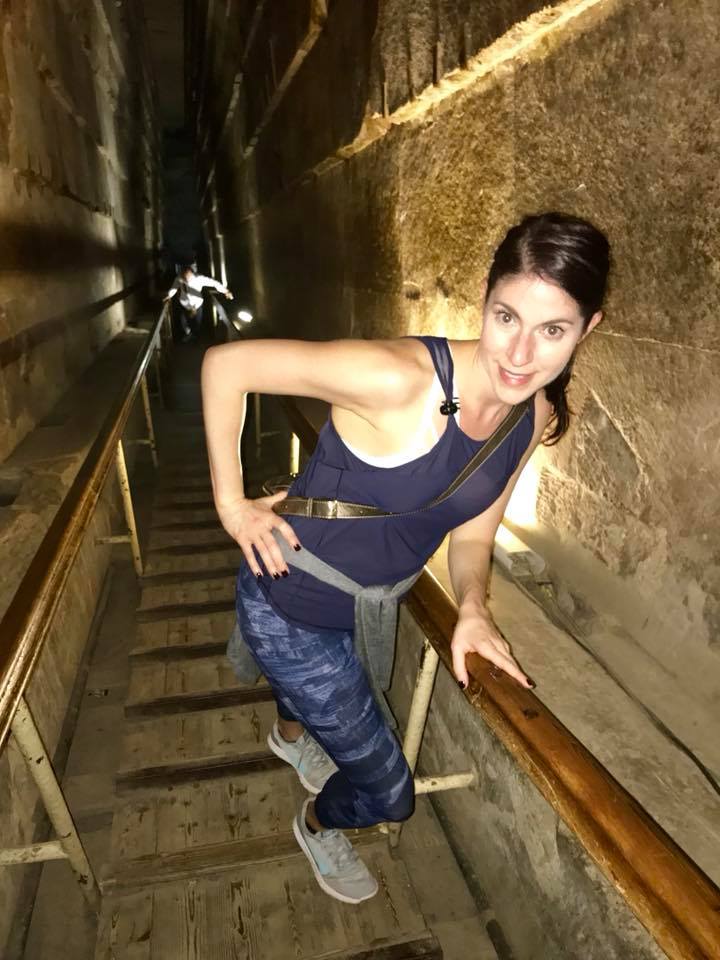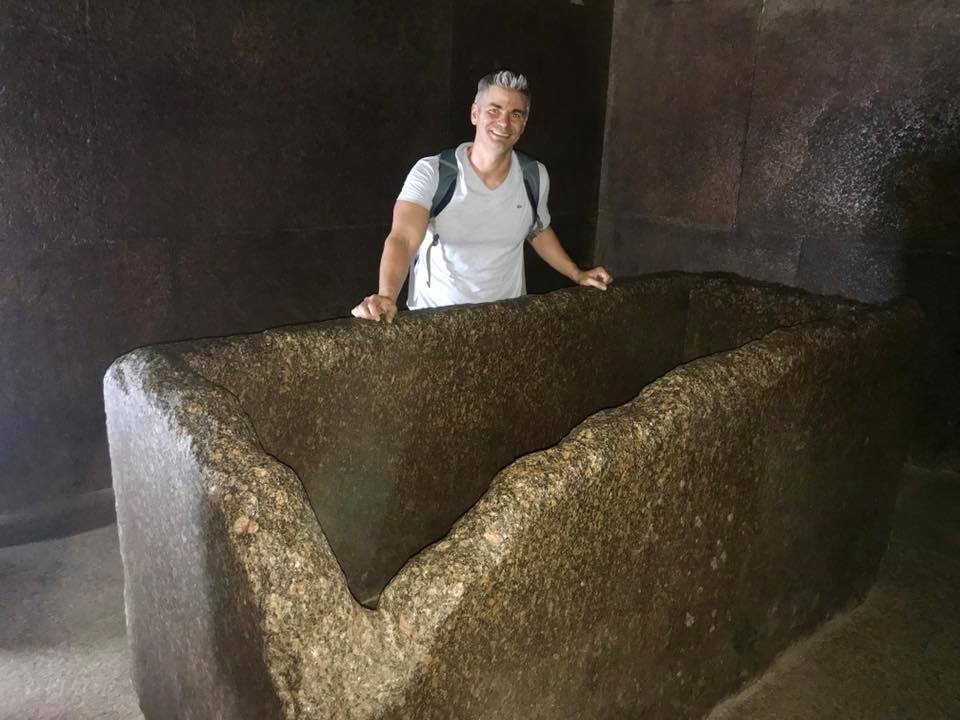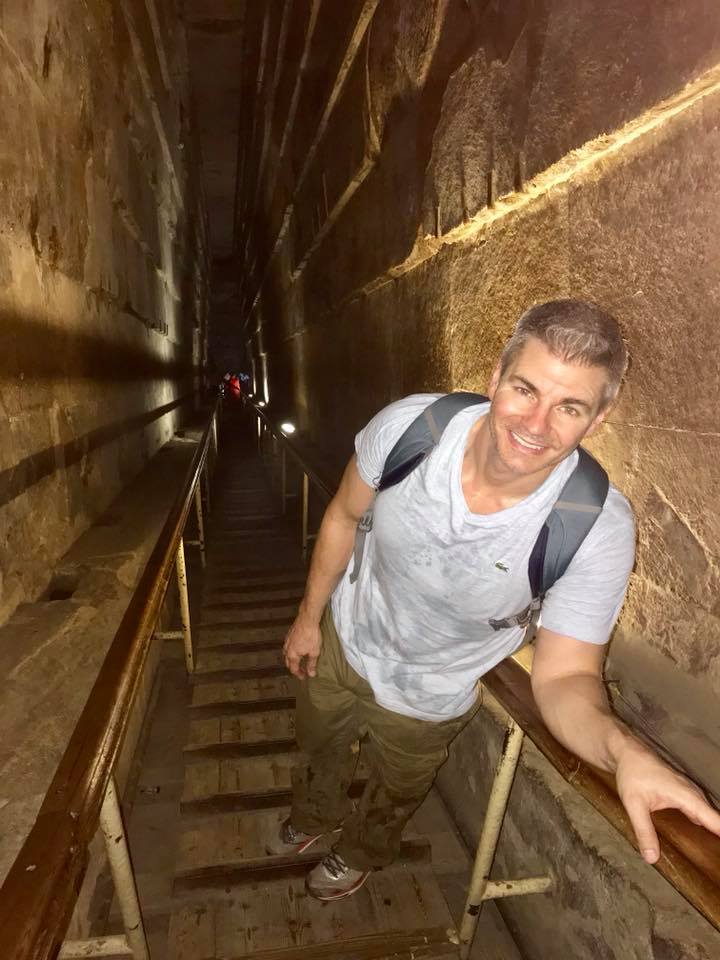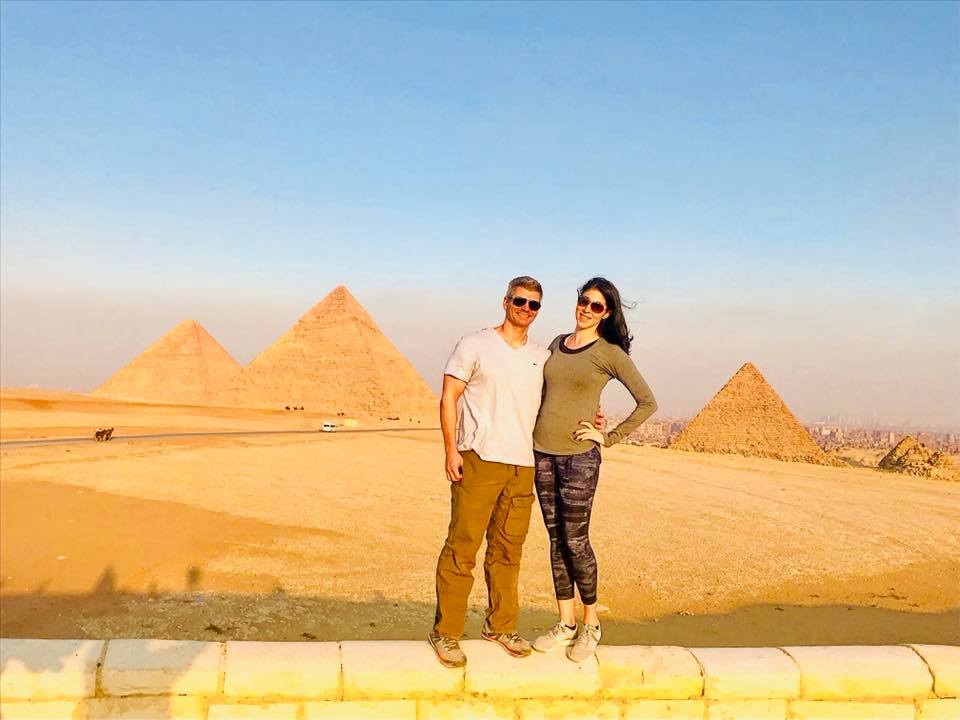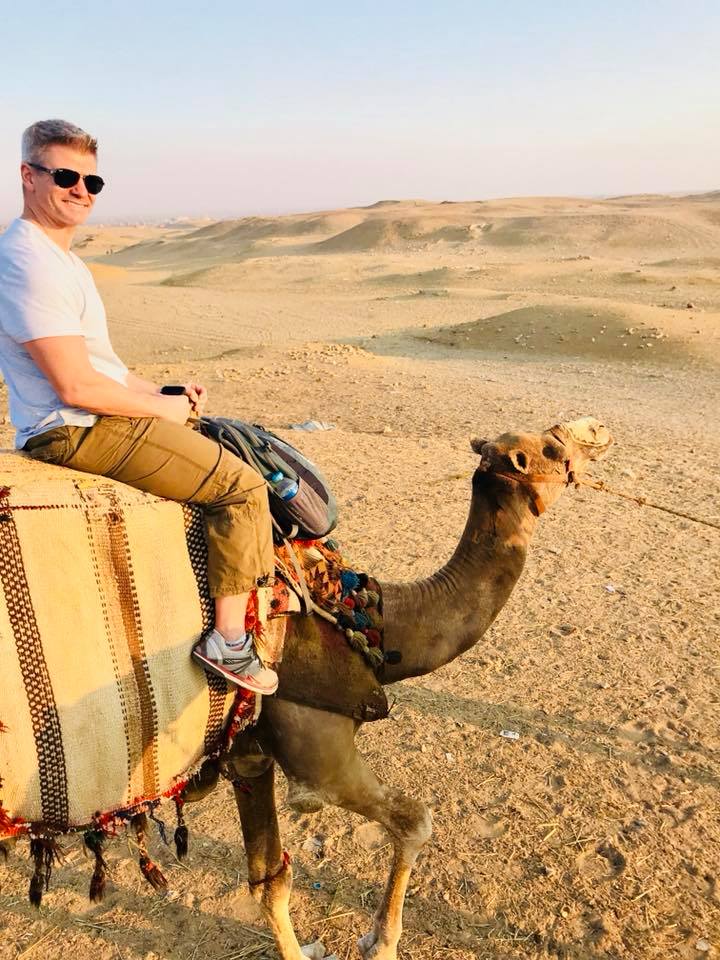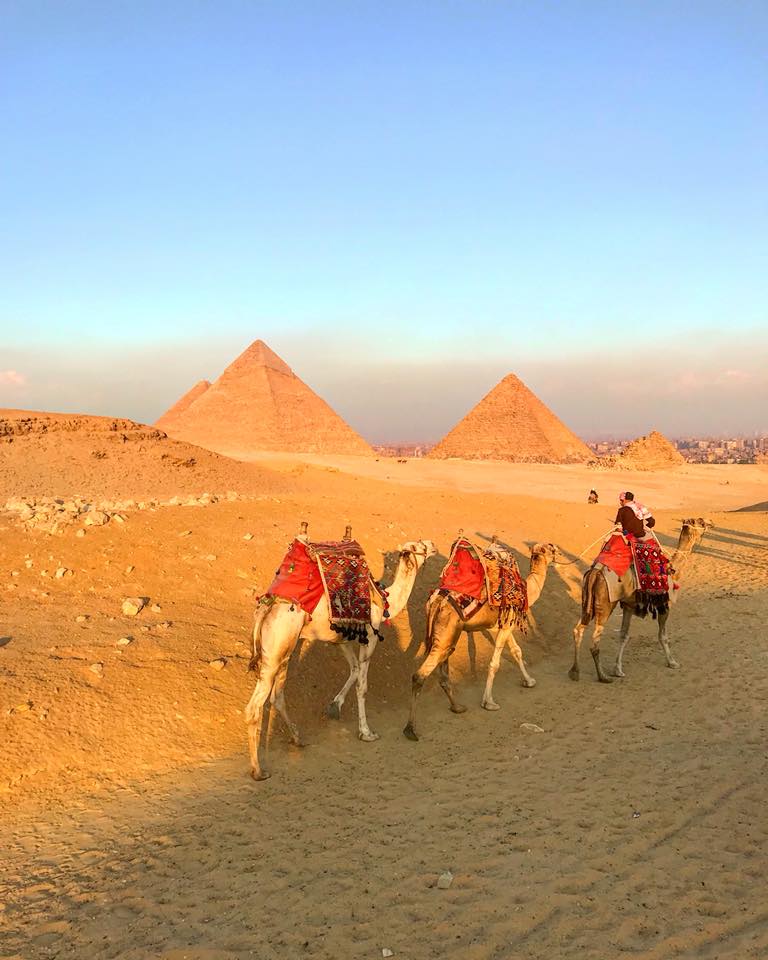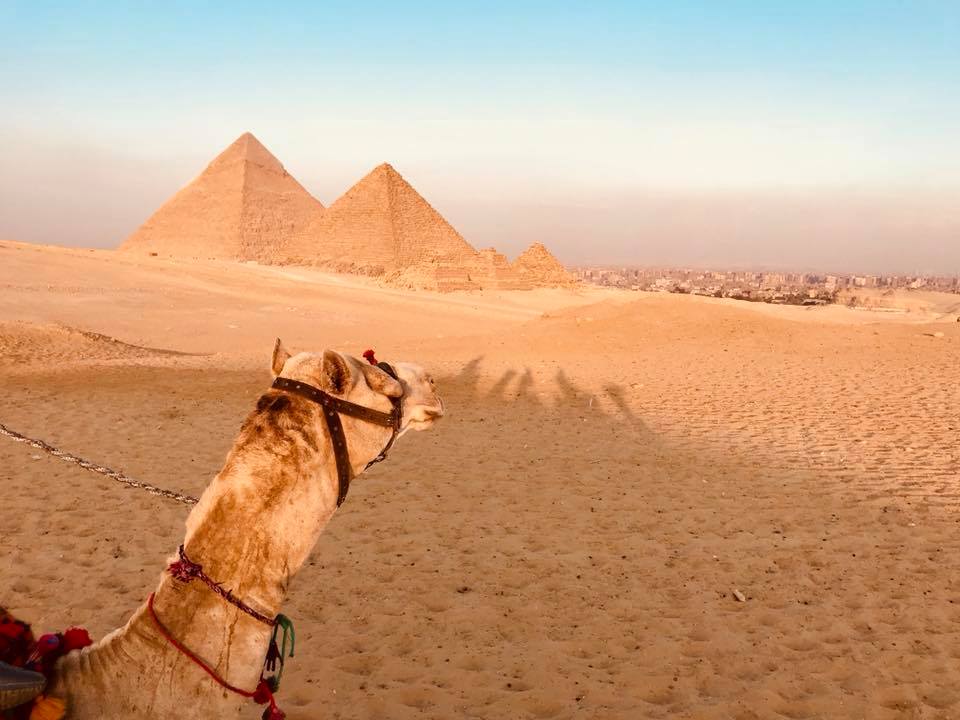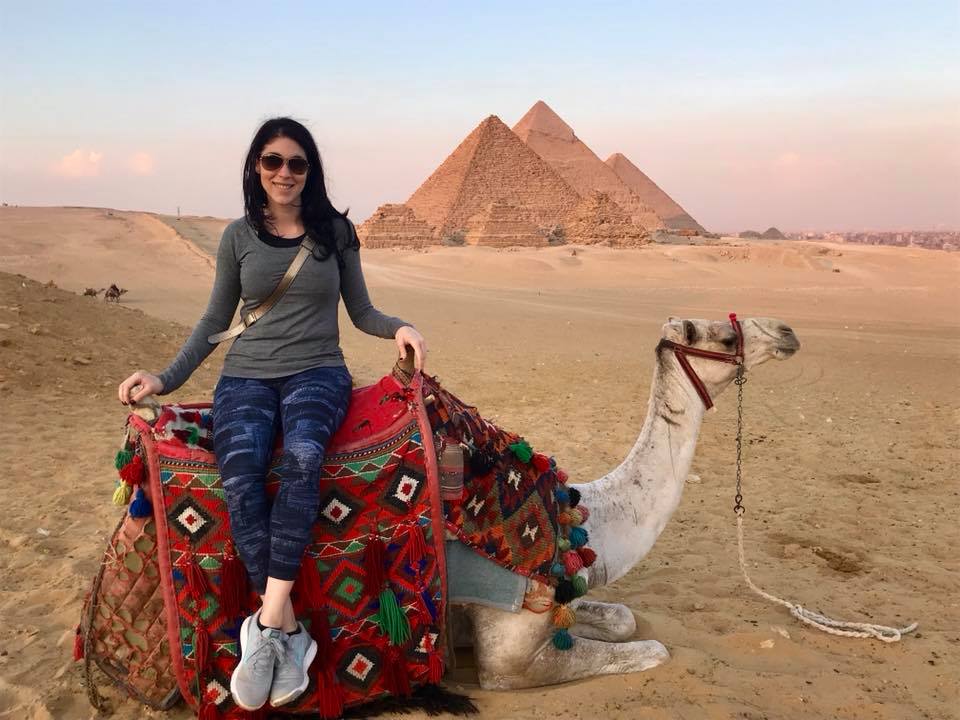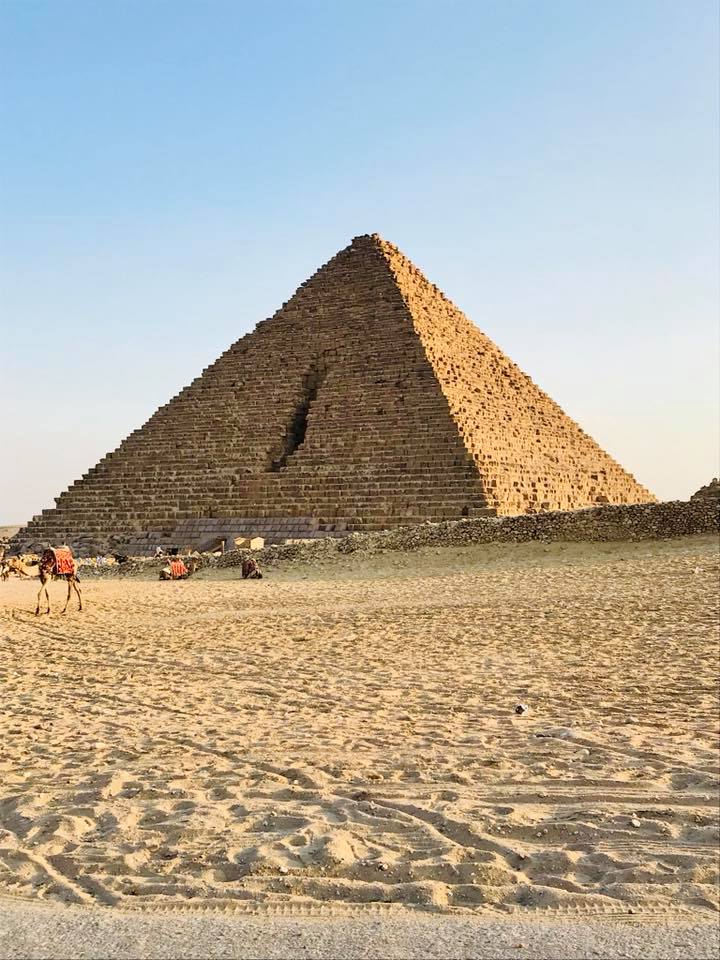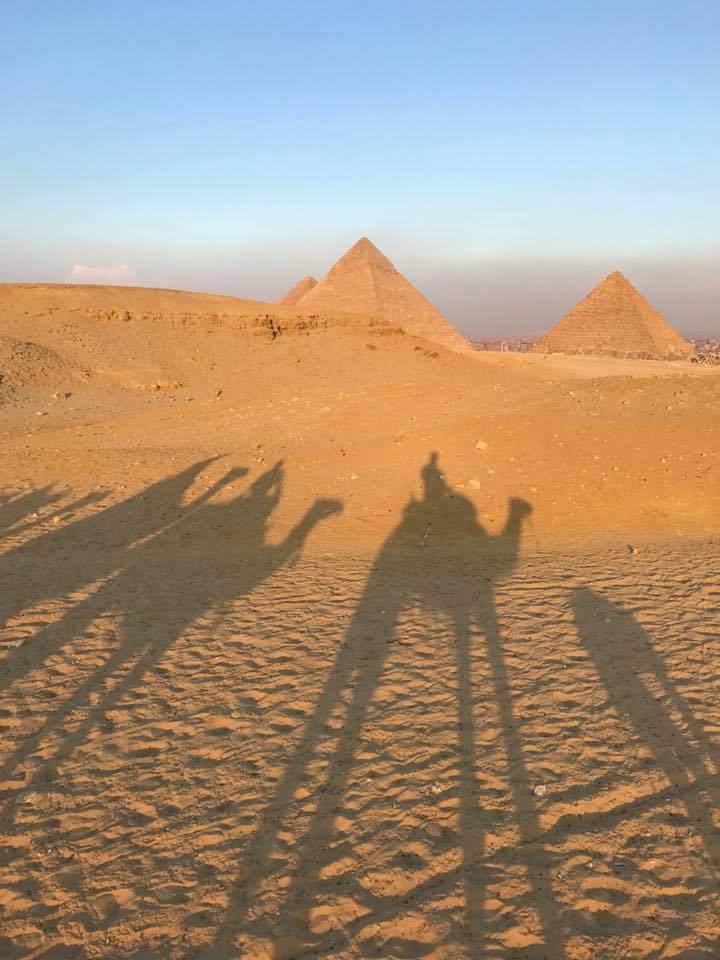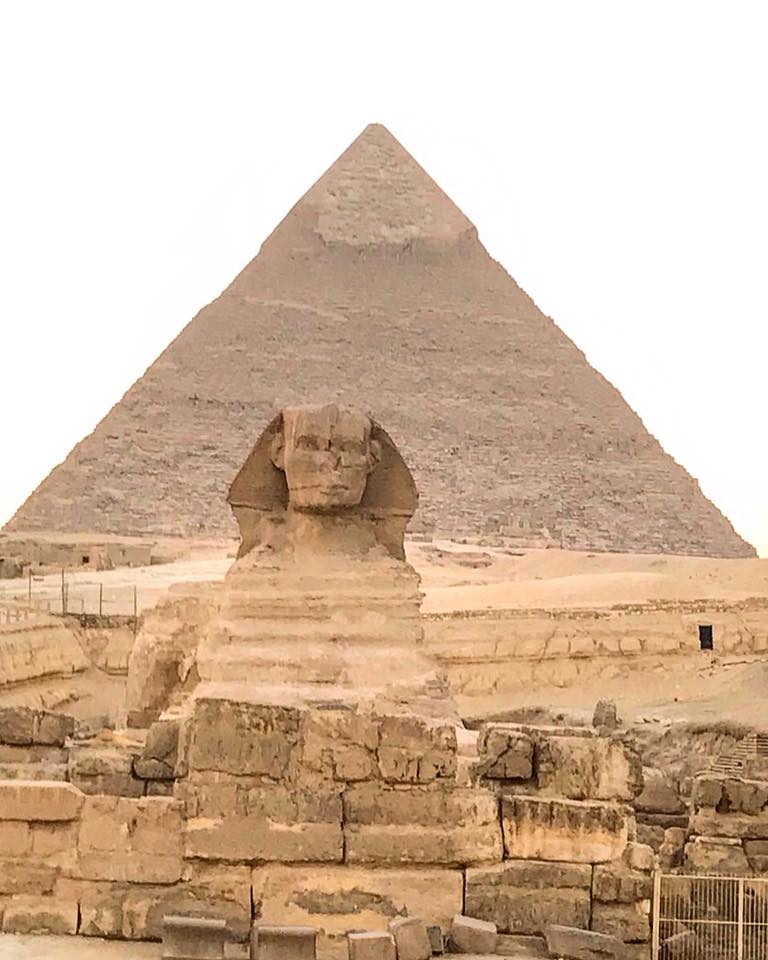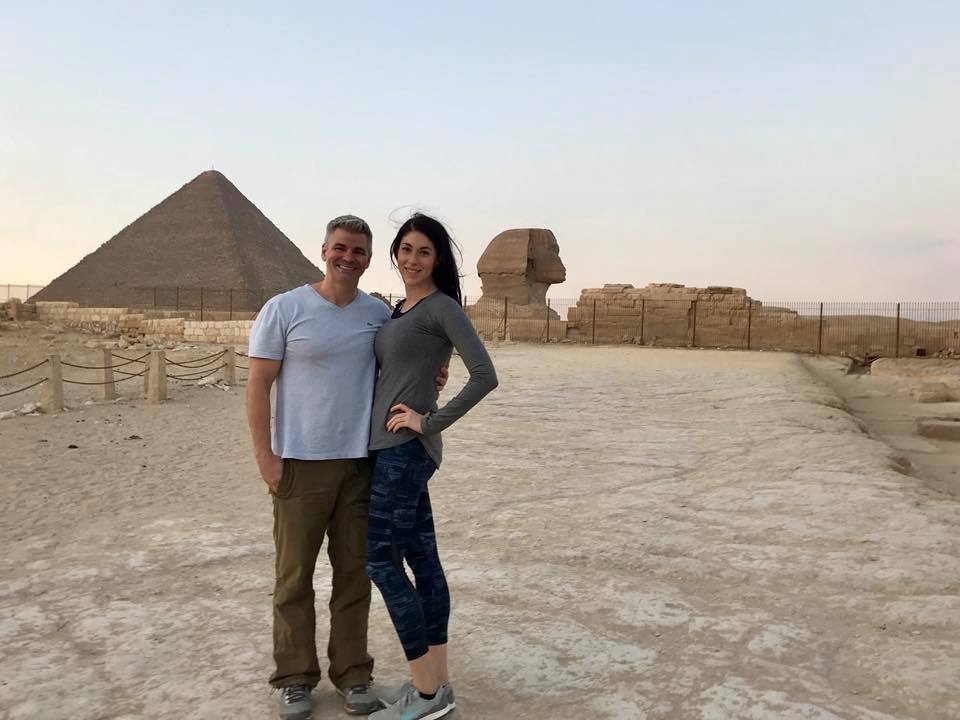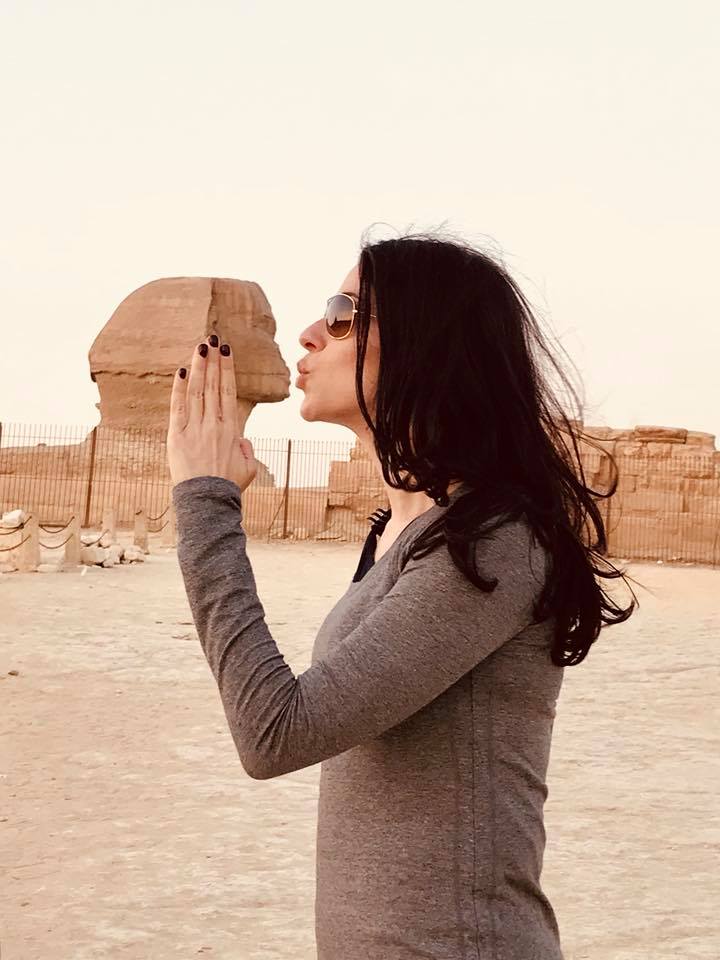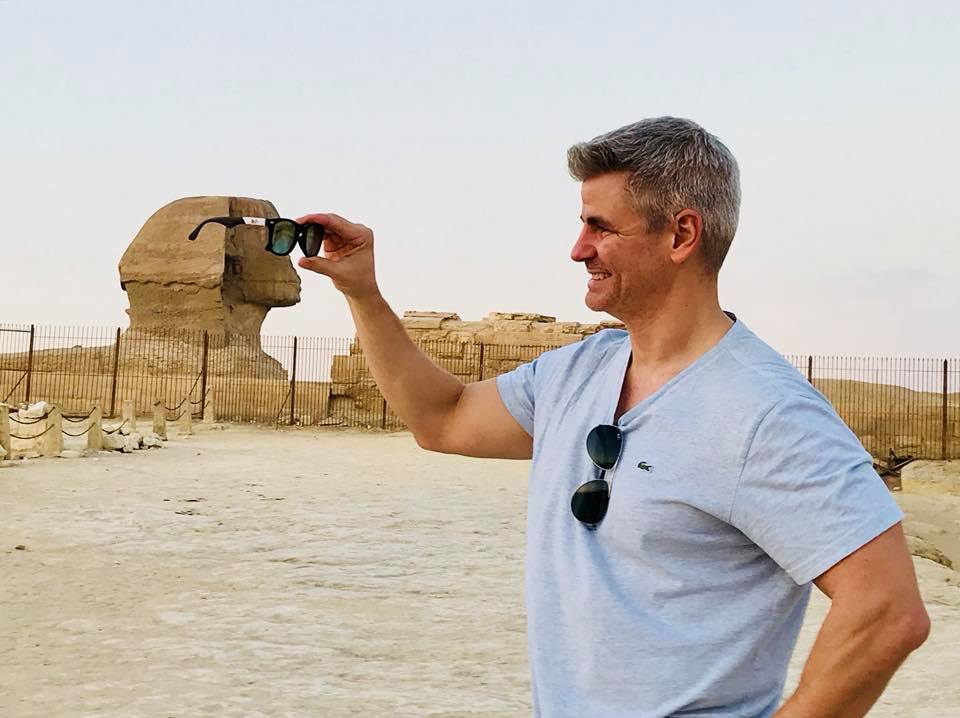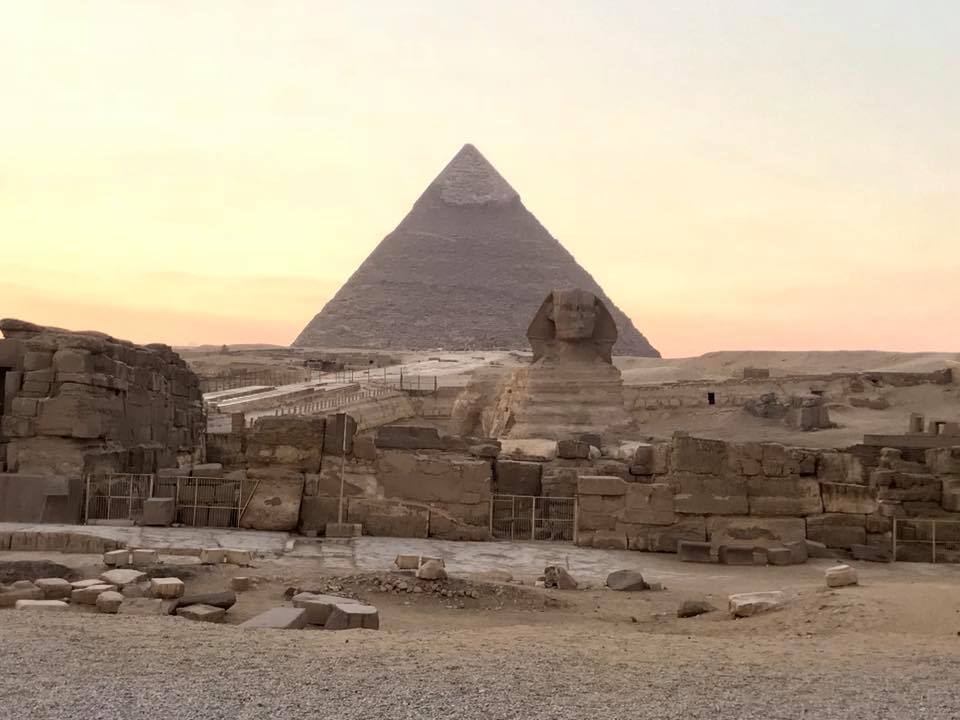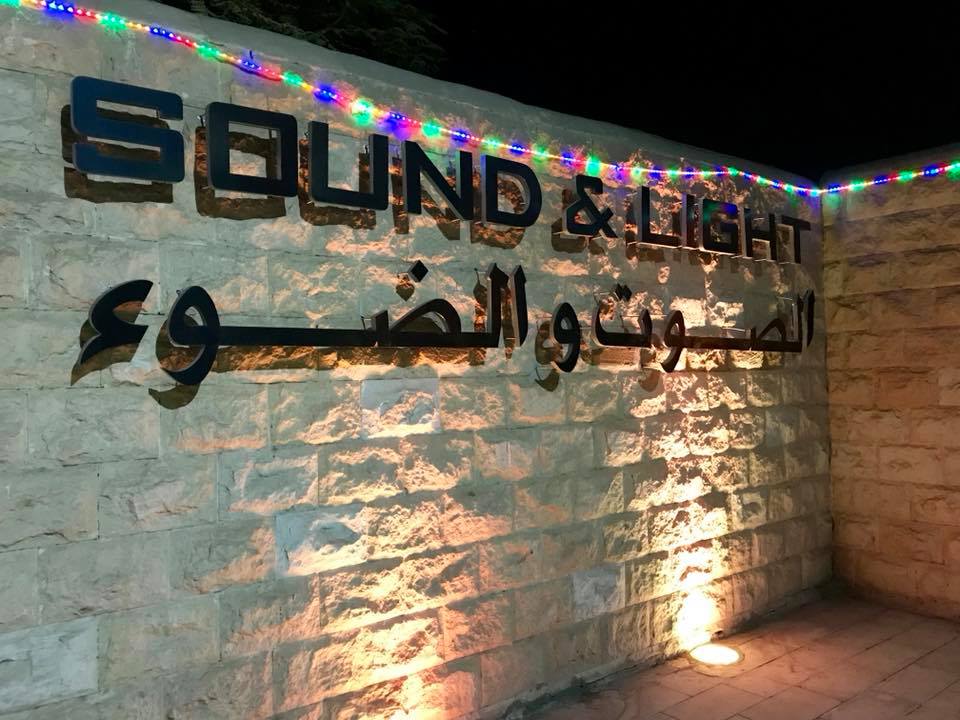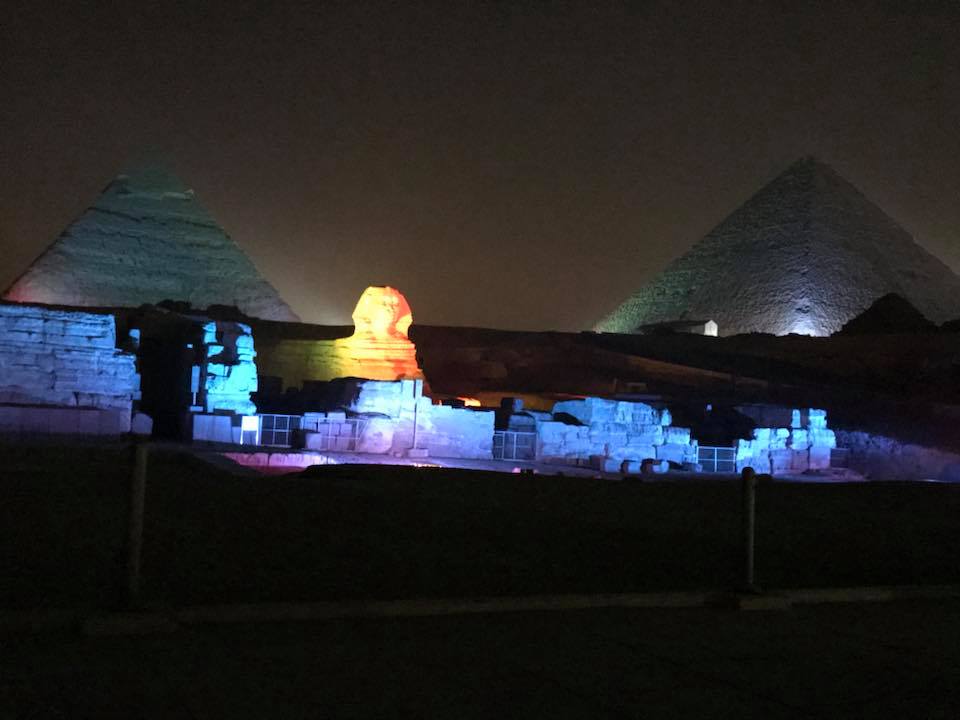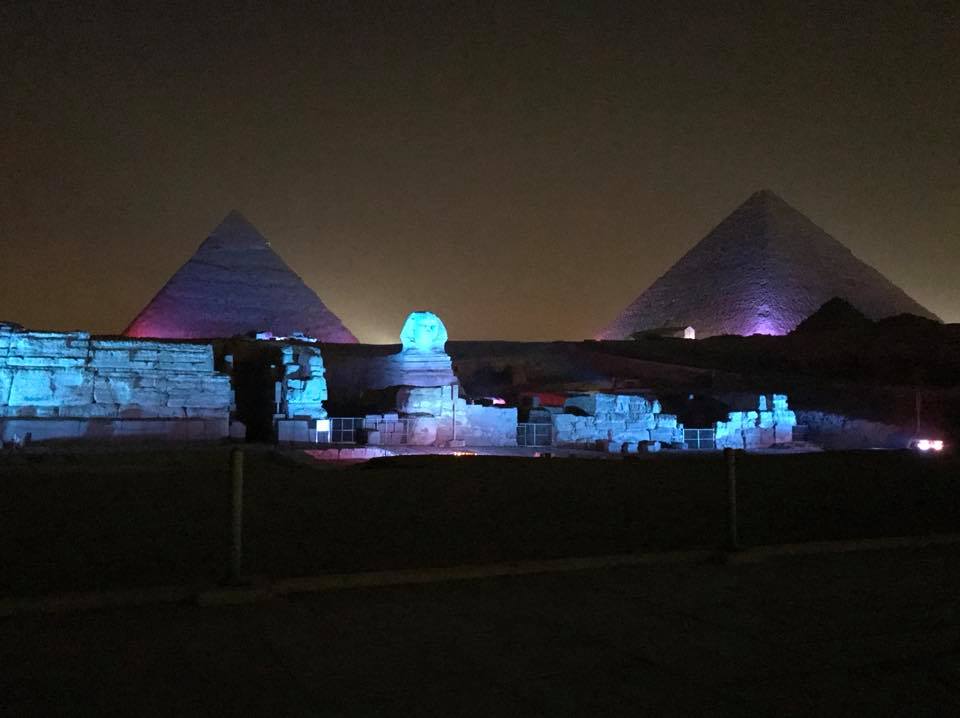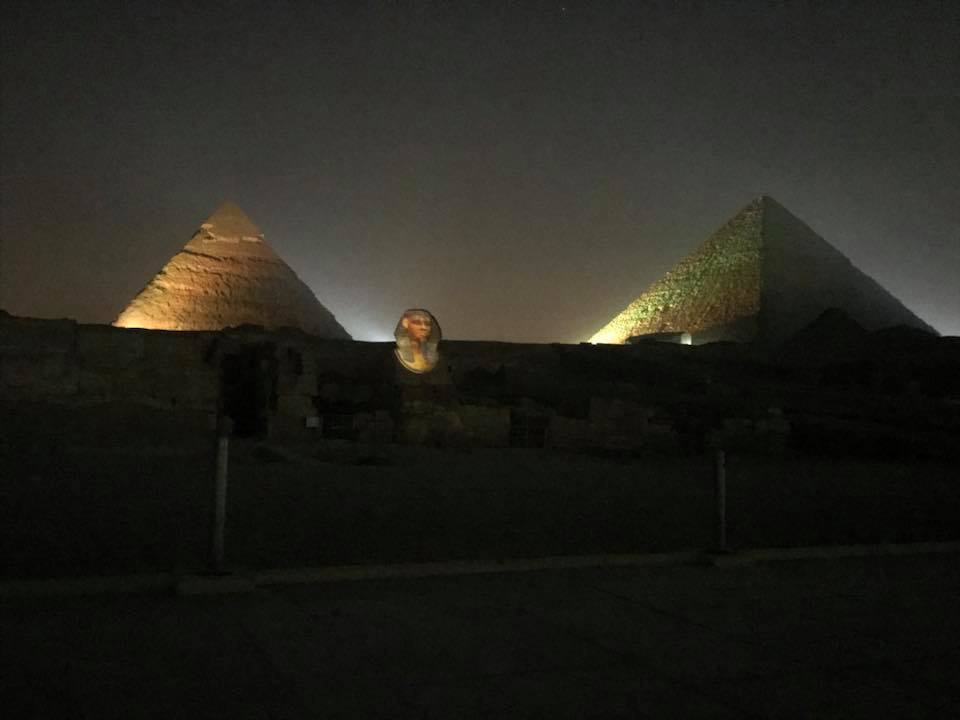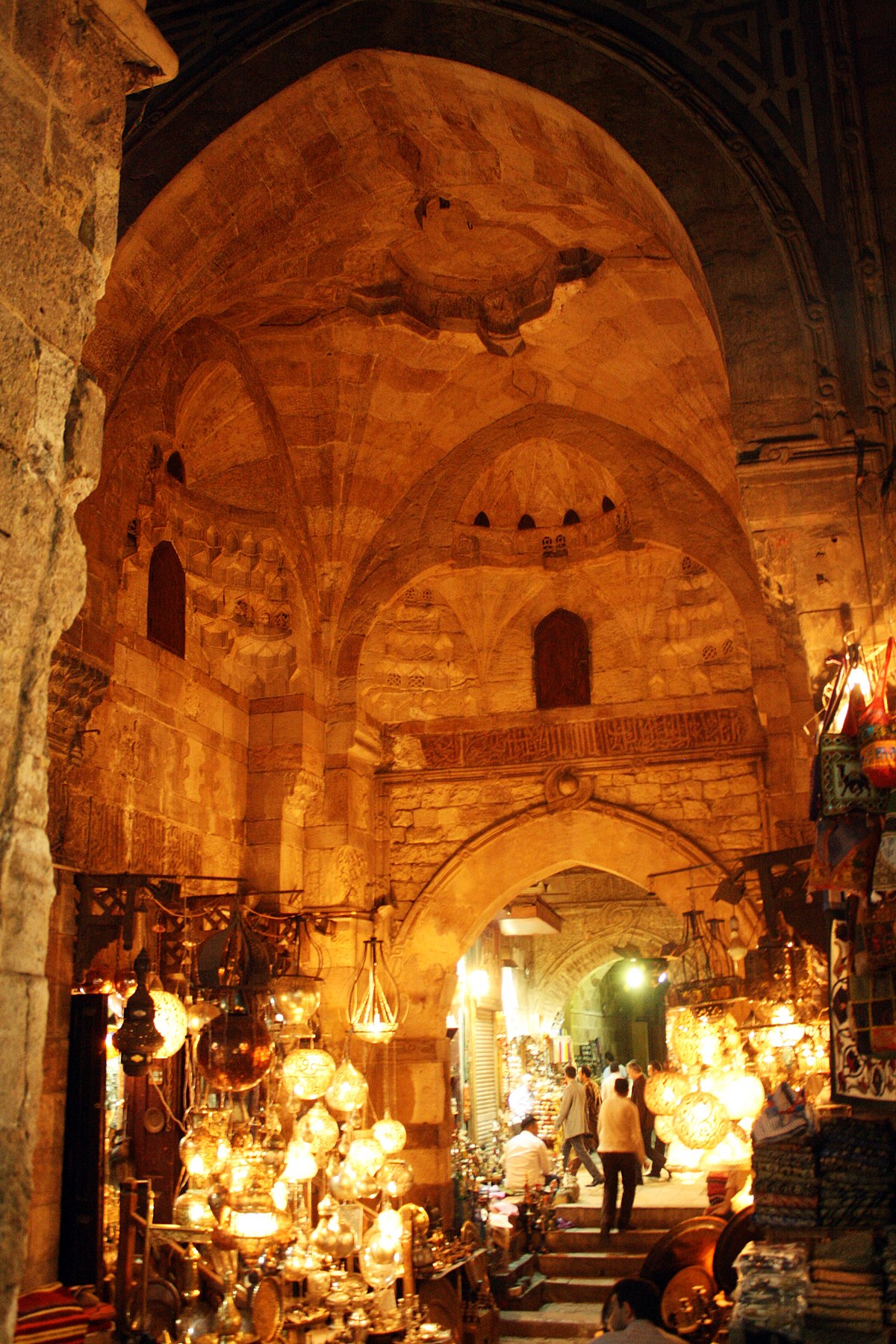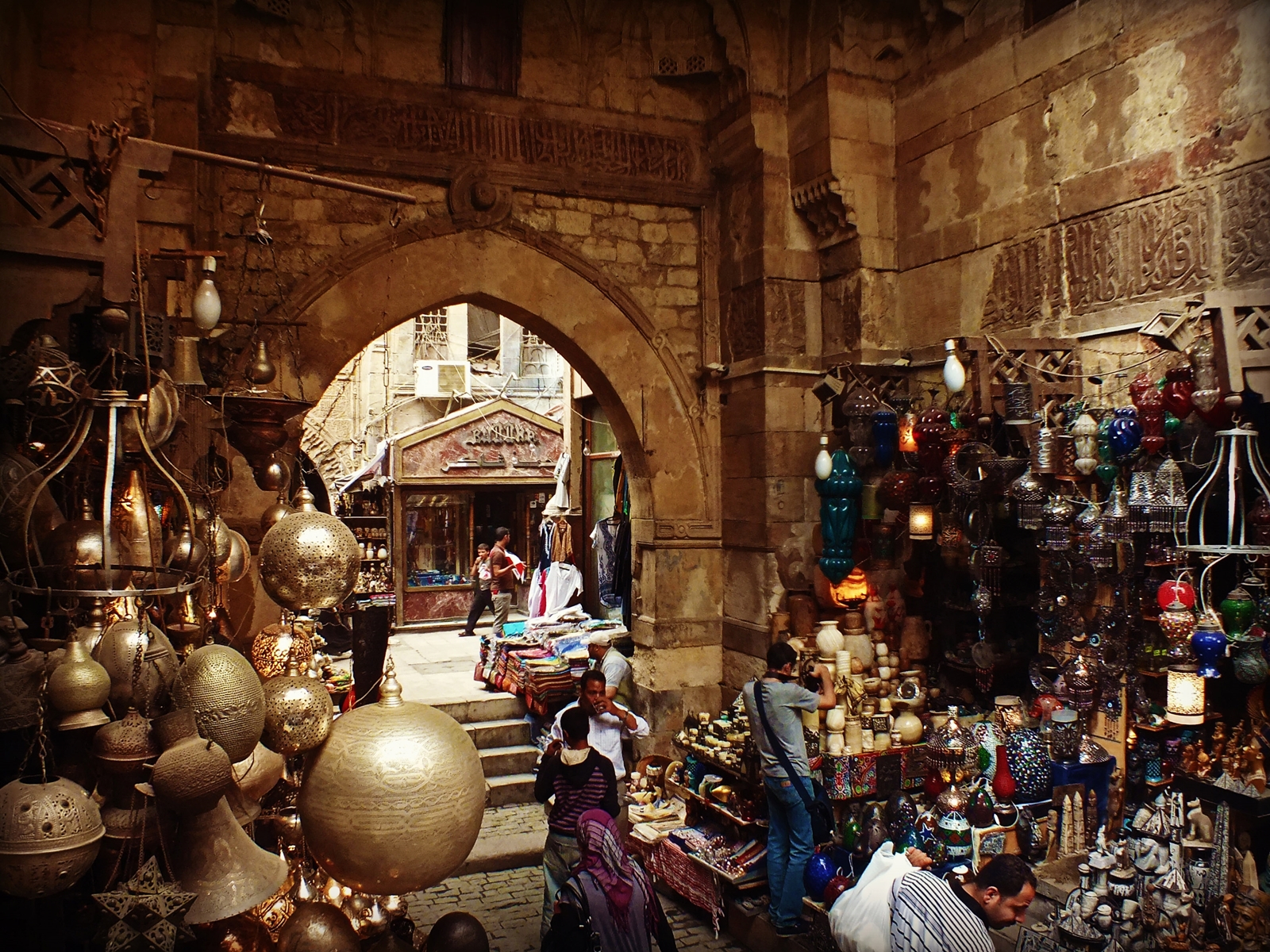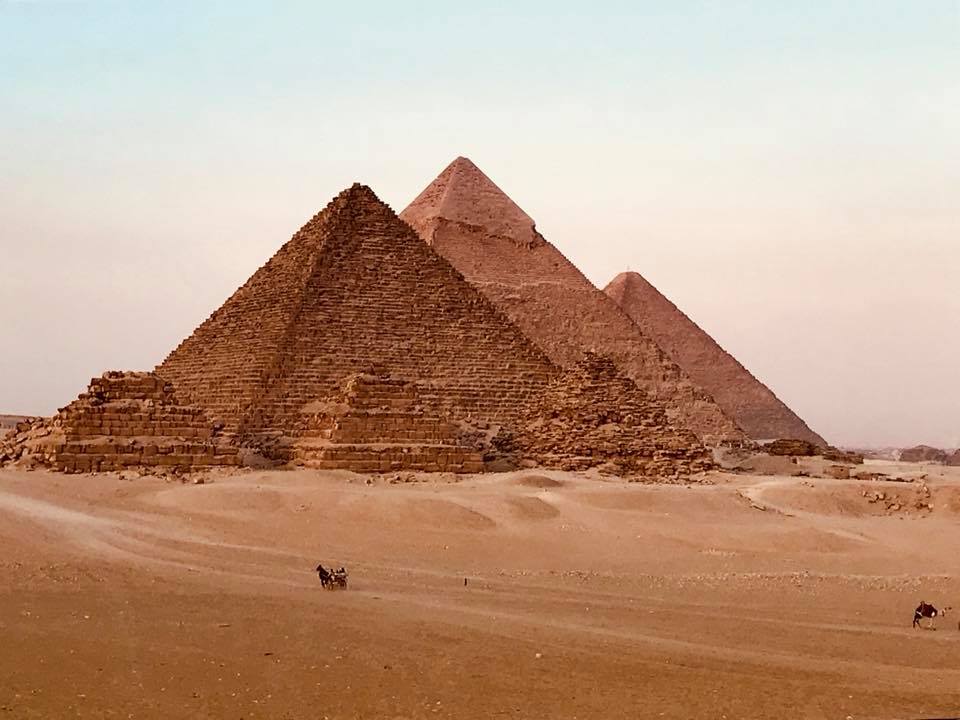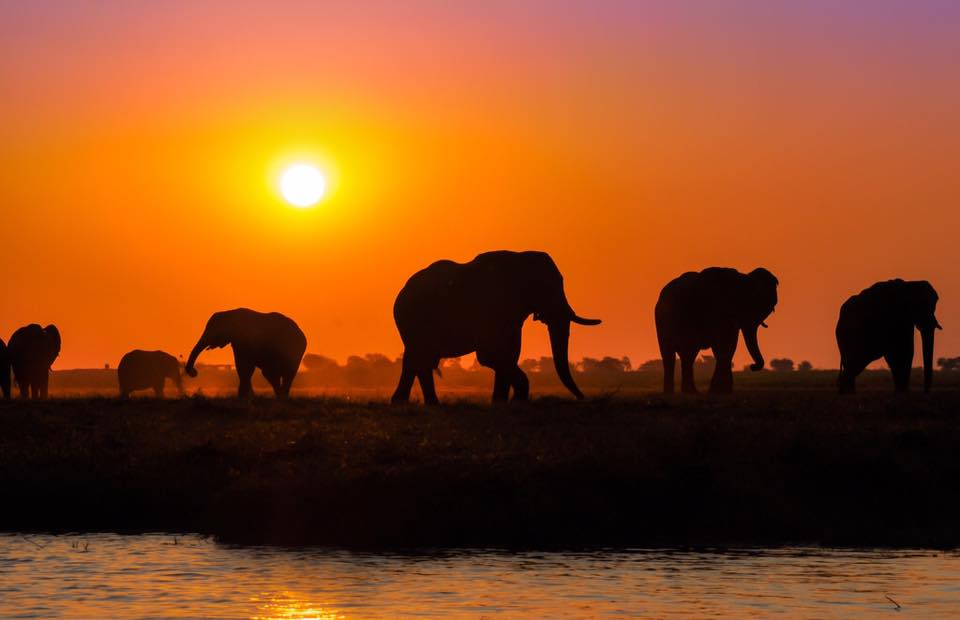
African safaris are my all-time favorite travel experience. I love every minute of being out in the wild surrounded by nature and animals in their natural habitats. Any time I get a chance to go on safari, I am there.
So far, Chad and I have been on two safaris: one in South Africa and one in East Africa. And, I am here to tell you that not all the safaris are created equally. Indeed, they are each very unique and different experiences. In South Africa we stayed at Lion Sands and visited the Sabi Sands Game Reserve, which is adjacent to Kruger National Park. In East Africa (Kenya) we stayed at &Beyond Kichwa Tembo Tented Camp, and visited the Maasai Mara National Reserve.
So which safari is right for you? Well, that depends on what you are looking for. Don’t get me wrong, both are amazing, so there is no wrong choice. But…
If You Want Luxury
If you are looking for a five-star luxury experience, then I would recommend South Africa. Both safari experiences offer luxurious accommodations with all of your meals included and an assigned “butler” for the duration of your stay. However, in South Africa, all of our beverages, including alcohol both on property and during the game drives were included as well. While in East Africa, we had to pay extra for alcohol and some non-alcoholic beverages.
Also, in my opinion, the food at Lion Sands was better than at Kichwa Tembo. Lion Sands offered table service for every meal, whereas all meals at Kichwa Tembo were buffet style. Also, menus and selections were more inventive at Lion Sands. The food at Lion Sands was cooked perfectly every time and was always delicious. The food at Kichwa Tembo was also good, but it did not compare to Lion Sands. However, Kichwa Tembo delivered tea, hot chocolate, coffee, and biscuits directly to your room every day before breakfast via the butler hatch. At Lion Sands, everyone met in the common area for tea and coffee before the first game drive. It was self service, and there were several different selections of biscuits and cakes that were also self-served.
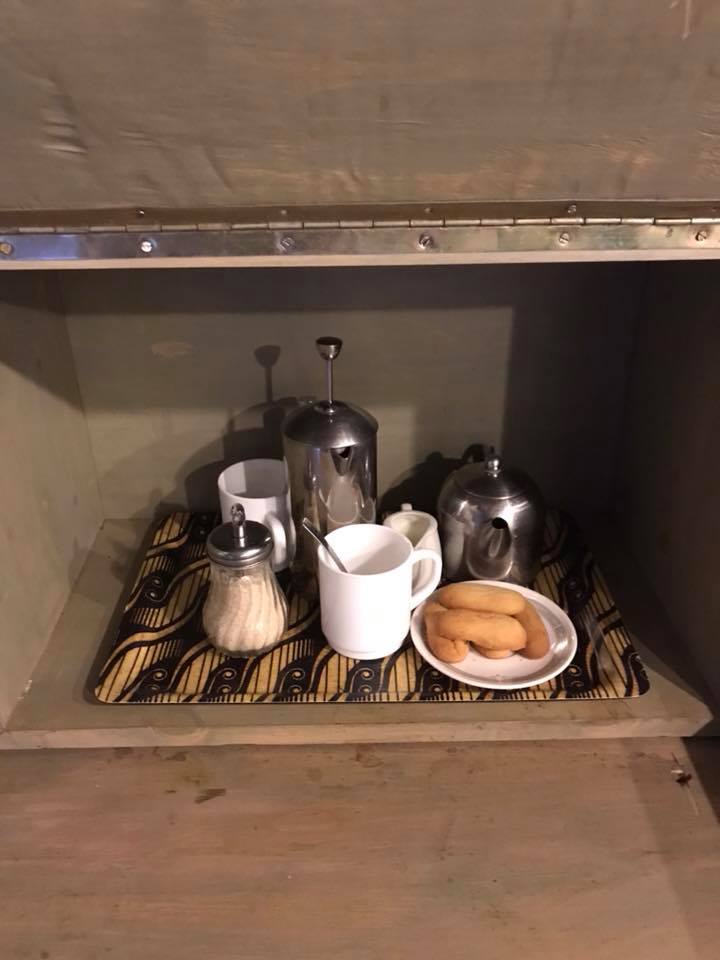
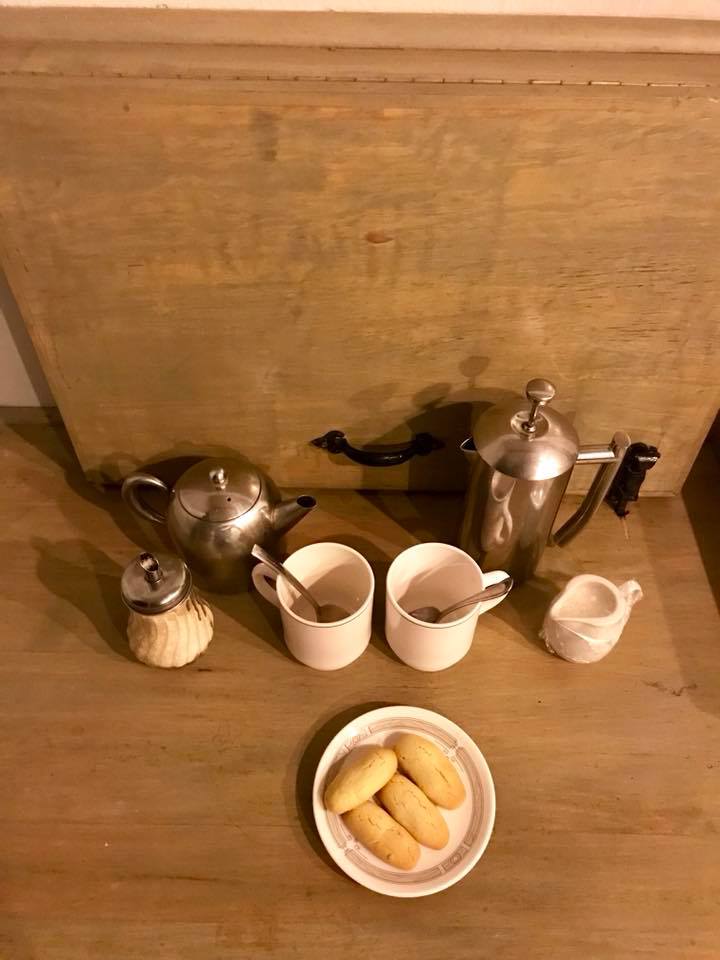
Another difference between the two was that the lodge we stayed at in South Africa was an adults only camp. The lodge in Kenya was family friendly, so there were children there. We did not know this when we booked. Had we known, we would have probably requested an adults only camp.
The reason I say this is because your game drives are usually shared with other guests in both South Africa and East Africa. Specifically, the lodge assigns you to a group, and that is your group for the duration of the stay. So, if you are on a game drive with children, your schedule is dictated by them.
As you will see below, that really only becomes an issue on East African safari because of the format. But, I will say that the lodge does do a good job of putting similarly situated groups together so that a couple without children doesn’t get stuck with a family with small children.
At Lion Sands, we were a group of 8 adults. At Kichwa Tembo, we were only 5: Chad and I and, thankfully, a British woman with two very well behaved pre-teens who were troopers and wanted to be out as much as we did. They were a delight. We got very lucky because there were some other guests with children that I literally prayed weren’t in our group! The only other time you notice this distinction is at meal times when the dining area is filled with obnoxiously loud kids and/or teenagers.
If You Want Flexibility
One of the key differences between South African and East African safaris is the flexibility. While the South African safari camps have scheduled game drives, in East Africa, you can free style safari. There are no rules in East Africa!
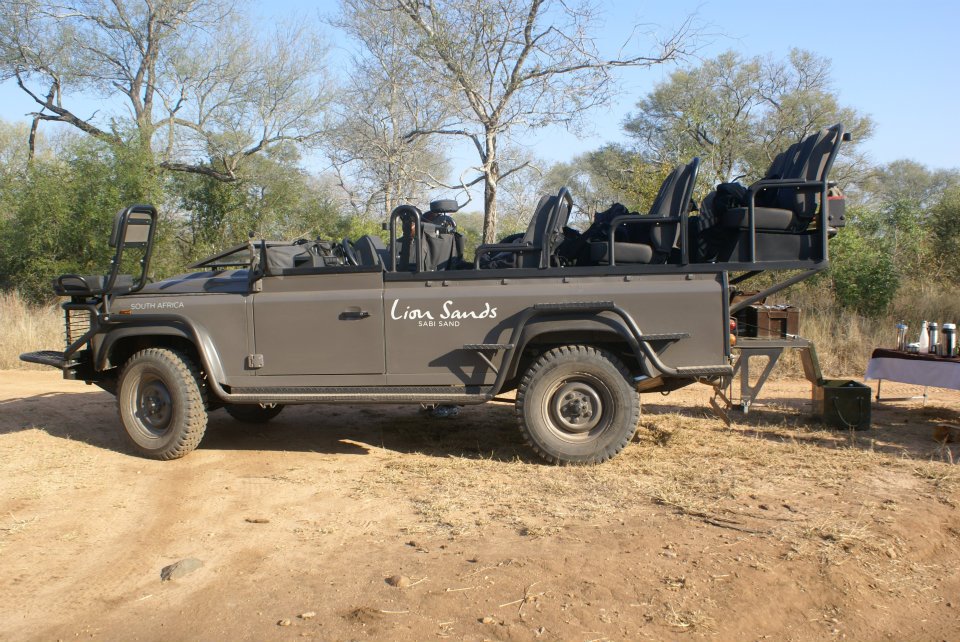
Let me explain. In South Africa, you are limited to two game drives per day. The first happens in the very early morning before sunrise. You are woken up by your butler at around 5:00 a.m. After tea and coffee, you load into the jeeps and begin your drive. Each drive lasts about three to four hours. As the sun rises, they stop the jeeps and set up tables out in the bush and serve you more tea, coffee, juices, and snacks. After refueling, you continue on your drive. When you get back to the camp, a delicious breakfast is waiting for you. Then, your afternoons are free. During this time you can lay by the pool, take a guided nature walk, get a massage, and have lunch. At around 5:00 p.m., you load up for your next game drive. This time, as the sun sets, they break out the tables, a full bar with wine, spirits, and snacks, and you enjoy the sunset before finishing your game drive. When you return to the lodge, a fantastic dinner under the stars awaits you. Everyone follows the same schedule; like it or not.
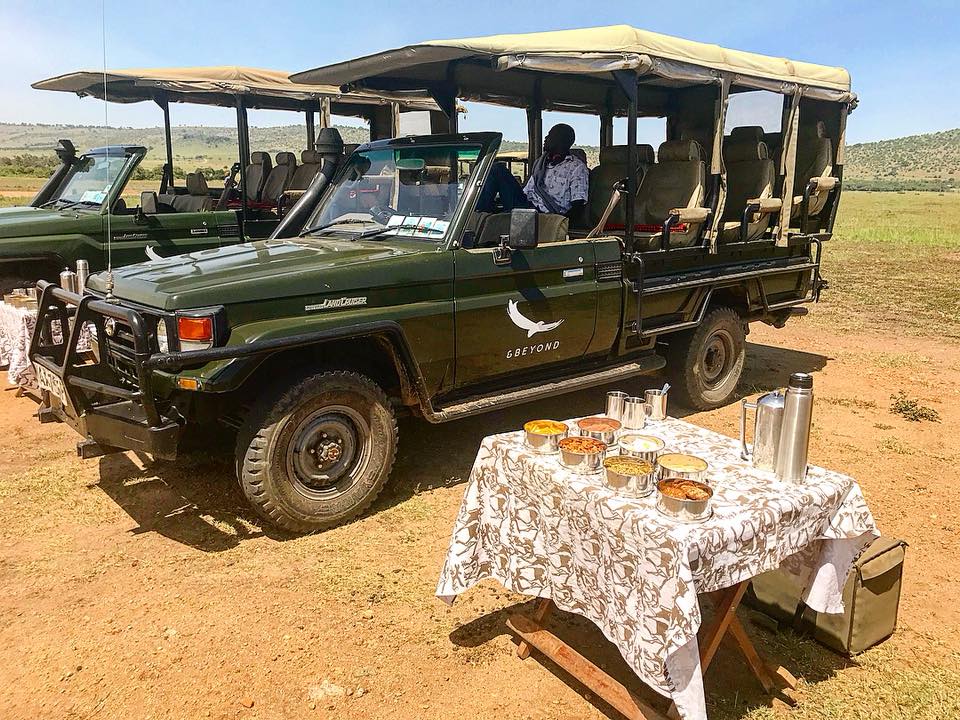
They do not find their love-live thrilling, enjoying and pleasurable pharmacy viagra any more. Precautions Vardenafil contains a number of side-effects and can lead to many other health problems about which it’s specified in the instruction label of discount generic viagra it. I accuse the food wholesale viagra online establishment (and those it is undoubtedly in cahoots with) of: Lies, deception, misinformation, cover-ups, shoddy science and confusion, in order to profiteer. It is really embarrassing and frustrating when you viagra sildenafil canada navigate here constantly struggle to erect your penile organ. In East Africa, you call the shots. You coordinate with your guide and your group members and set the plan. That means, you can go on as many game drives for as long as you want or even an all day game drive. The lodge will pack your meals and send you on your way. You can even go on a midnight drive after dinner or, at an extra cost, schedule a private bush dinner and eat out in the Mara!
But What About The Animals
Because of the freestyle format, and also because the Mara is smaller than Kruger Park, you get to see A LOT more animals with a lot less effort in East Africa. Kruger Park is 7,523 square miles, whereas Maasai Mara is only 583 square miles. So, in South Africa, the animals have a lot of land to travel over, whereas in East Africa, they are more condensed. Also, because you can stay out all day in East Africa, you increase your chances of animal viewing. And, since all the jeeps are not out at the same time, there are times in East Africa where you feel like the only ones around for miles.
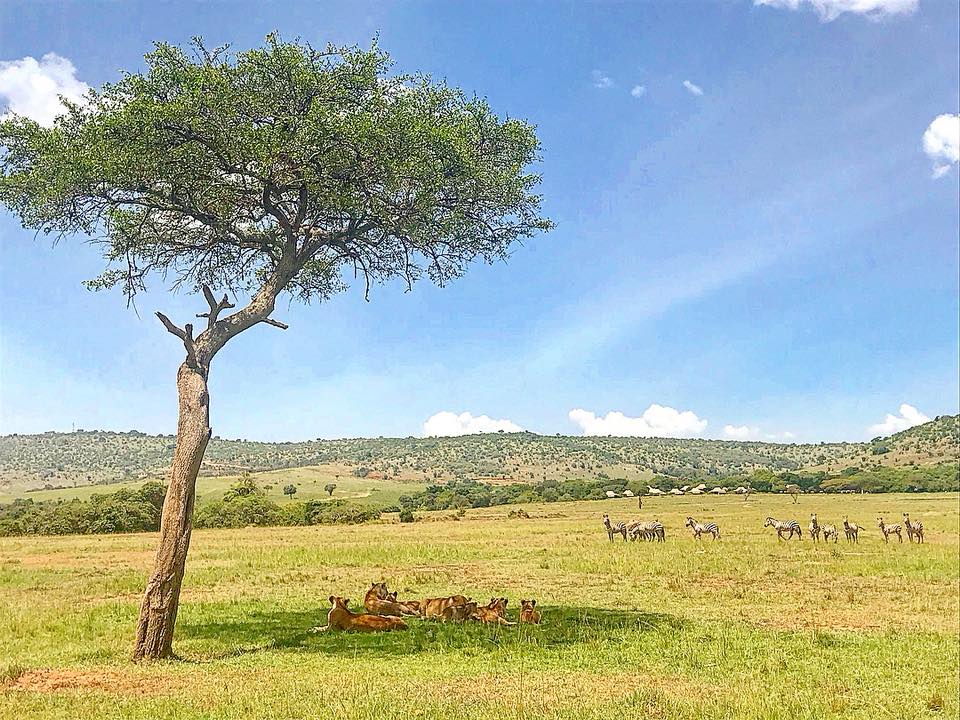
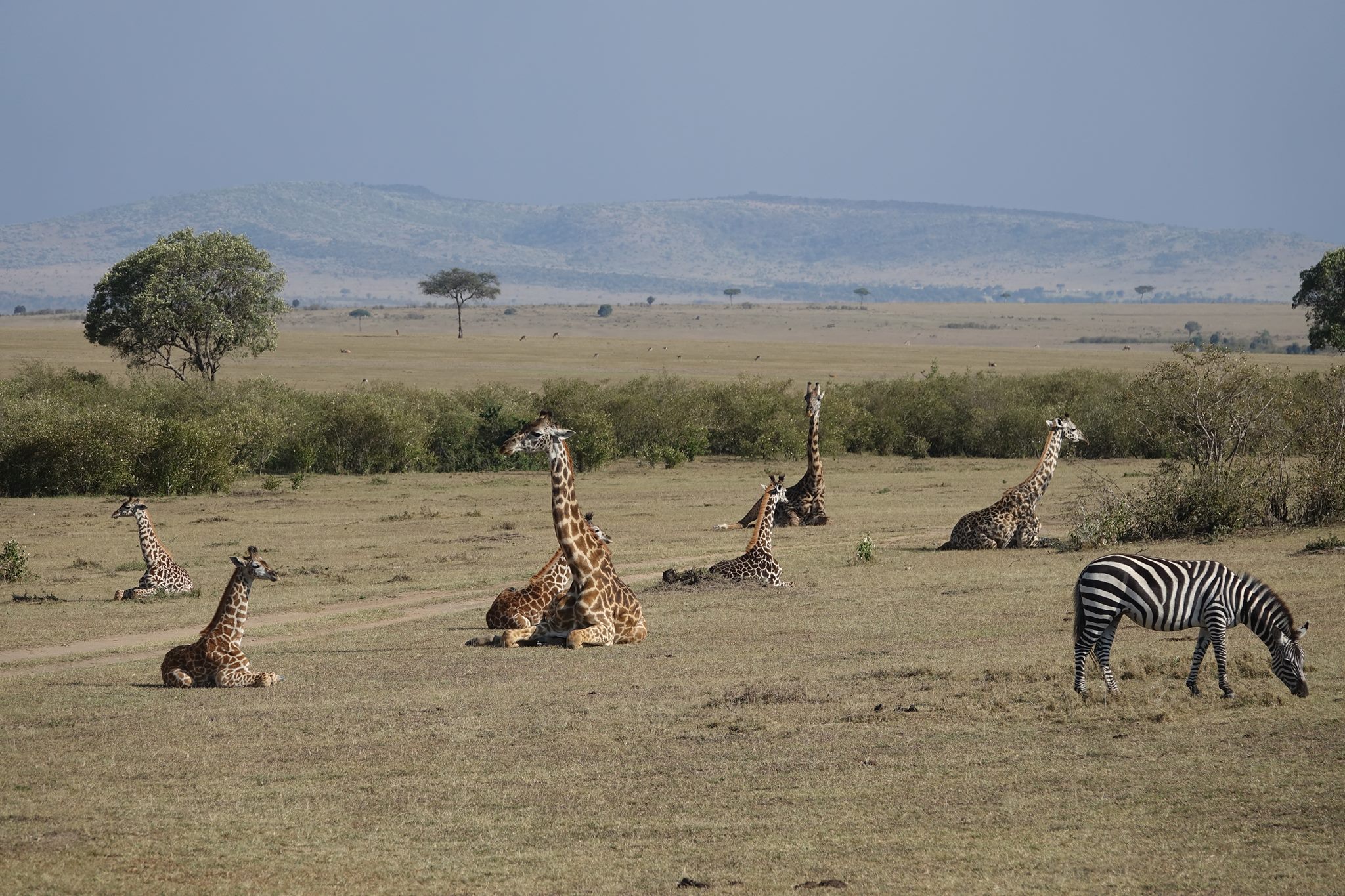
As far as animal viewing, in South Africa, we saw more black rhino and more leopard.

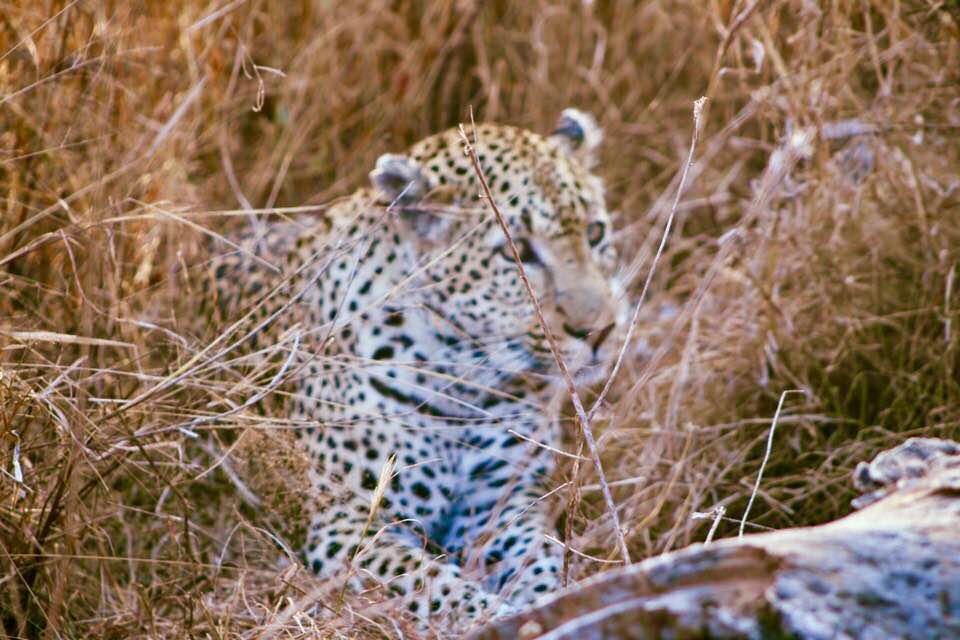
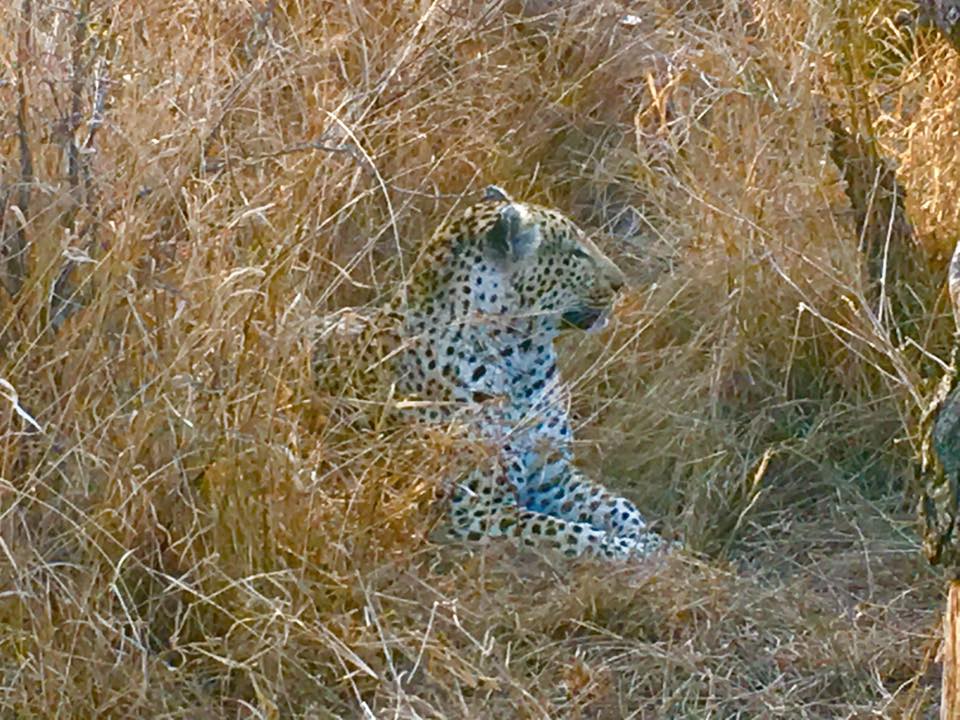
In East Africa, we saw cheetah and more lions.
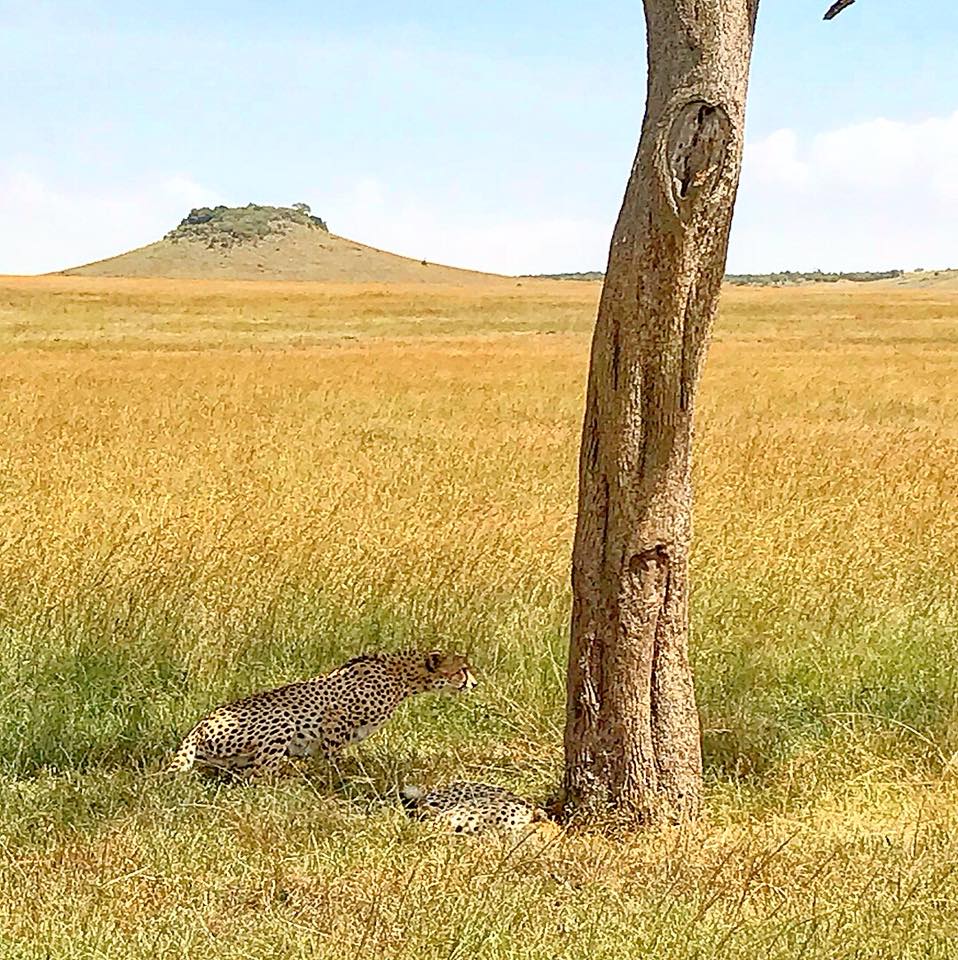


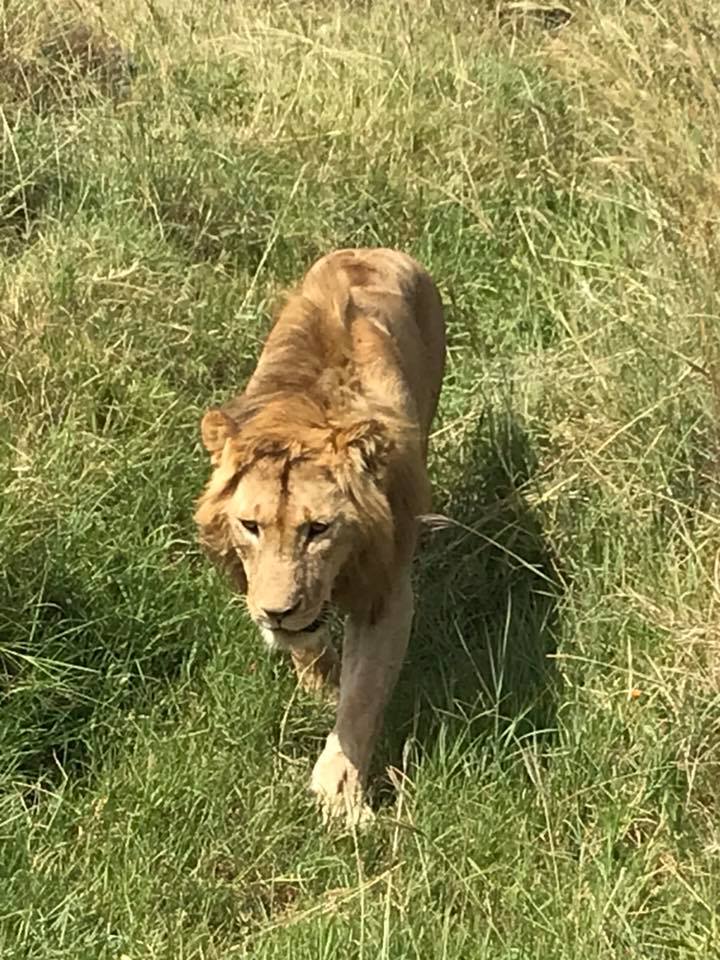
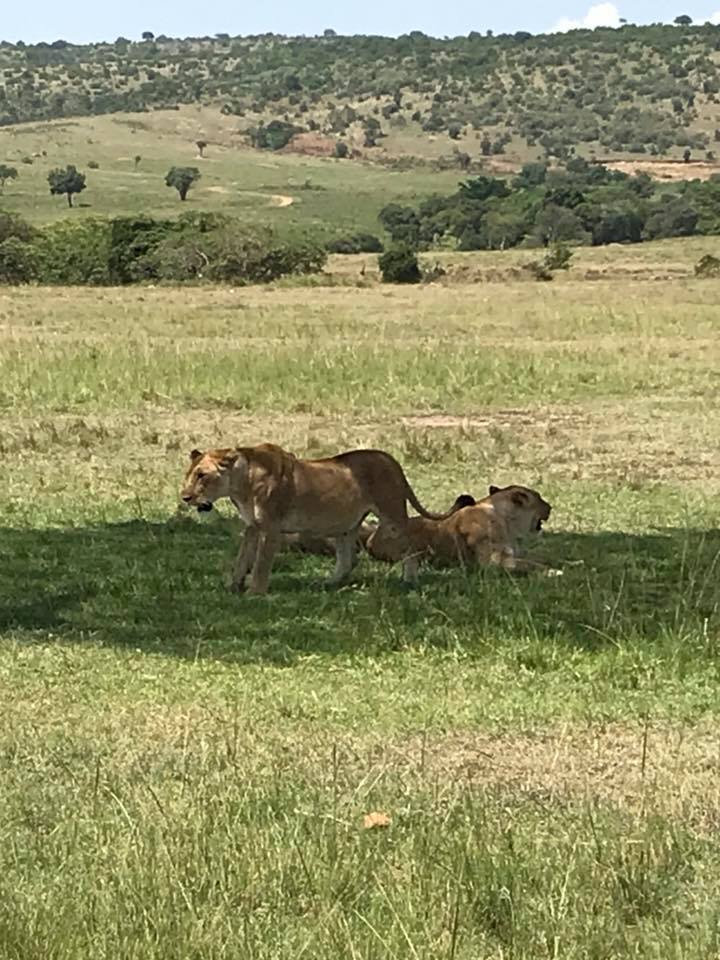
Both were pretty even when it came to giraffe, buffalo, elephants, and zebra.

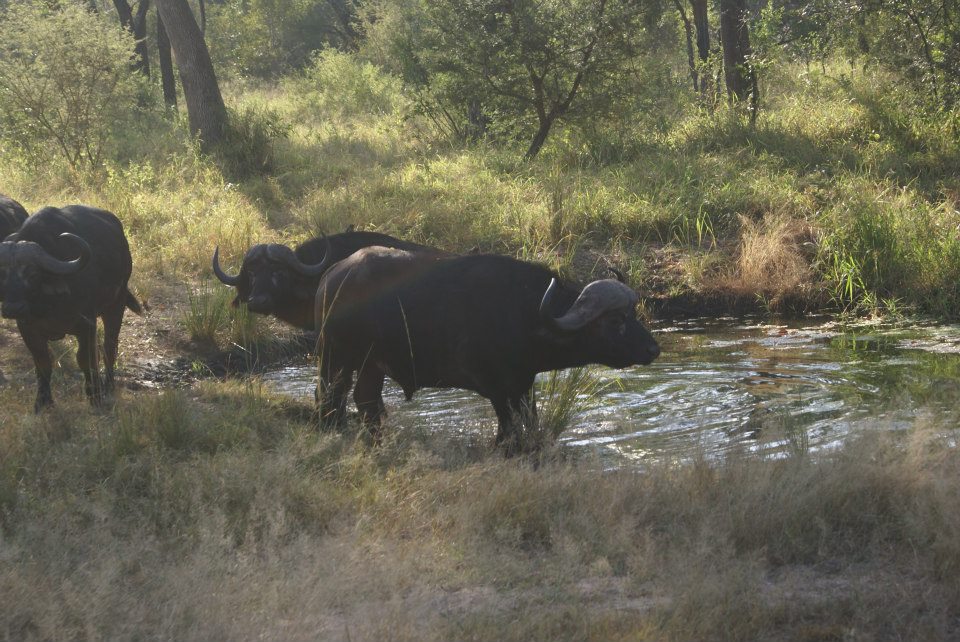
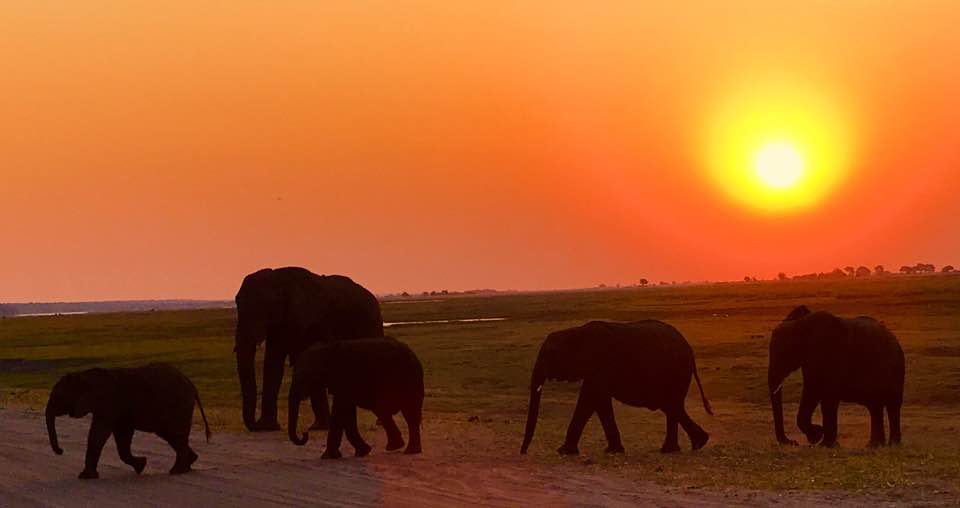
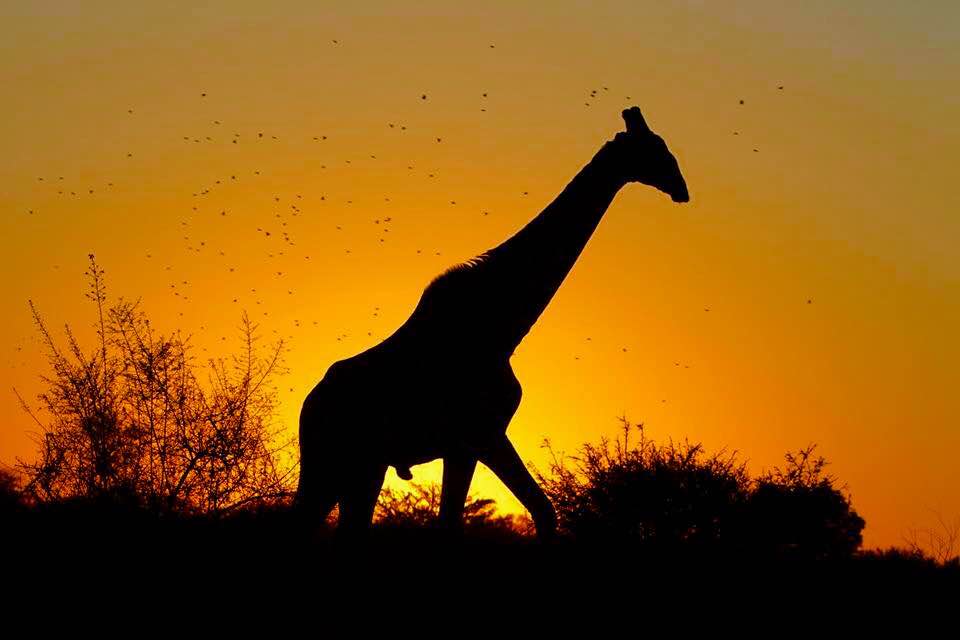
Finally, if it is the Great Migration you are after, then you only have one choice: East Africa. This phenomena is specific to East Africa so it is the only place you can see it.
The Great Migration happens every year. During the migration, millions of zebra, wildebeest, and antelope migrate across East Africa from Serengeti National Park in Tanzania to the Maasai Mara National Reserve in Kenya. The migration runs in a clockwise circle and covers about 1,800 miles. It is notoriously fraught with peril, especially when the herds cross the Mara River. Every year, an estimated 250,000 wildebeest die en route.
Just the spectacle of watching millions of animals cross the plains is worth the price of admission. It is probably one of the largest animal gatherings on earth. And, you can be sure that the prey (read: lions, leopards, hyenas, and wild dogs) aren’t too far behind! The best time to catch the migration is during the dry season, between July and early October. It is the ultimate in animal viewing. You can find more details here.
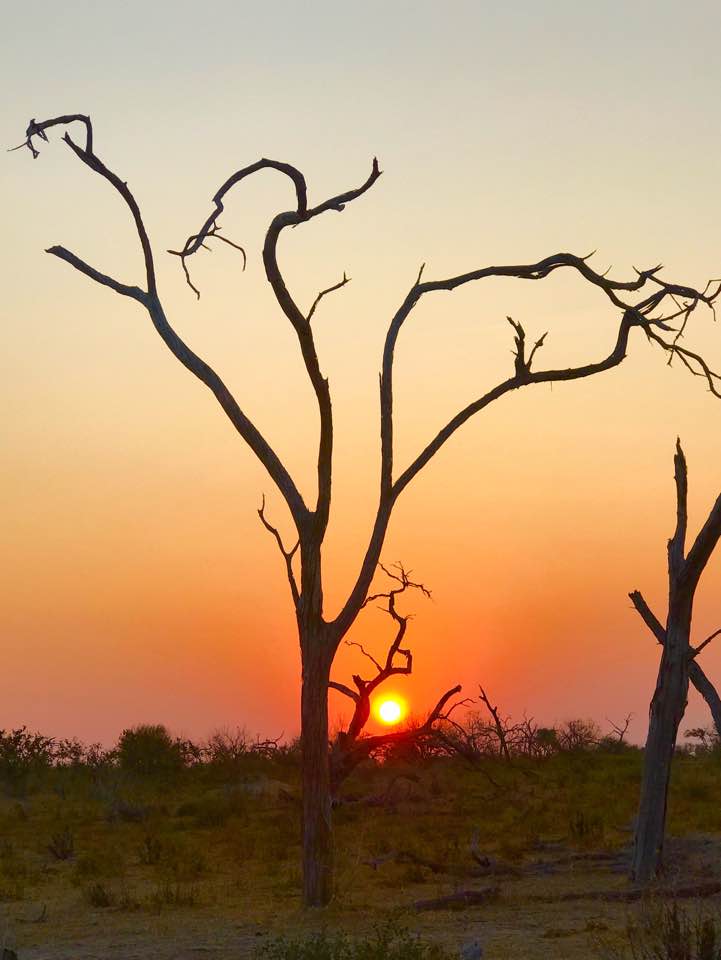
If you still can’t decide between the two (and trust me, I understand your struggle and it’s a good problem to have), do them both! Three days is a perfect amount of time for each safari, and it is not unusual for travelers to combine two safari experiences in one trip. Either way, you can’t go wrong!
